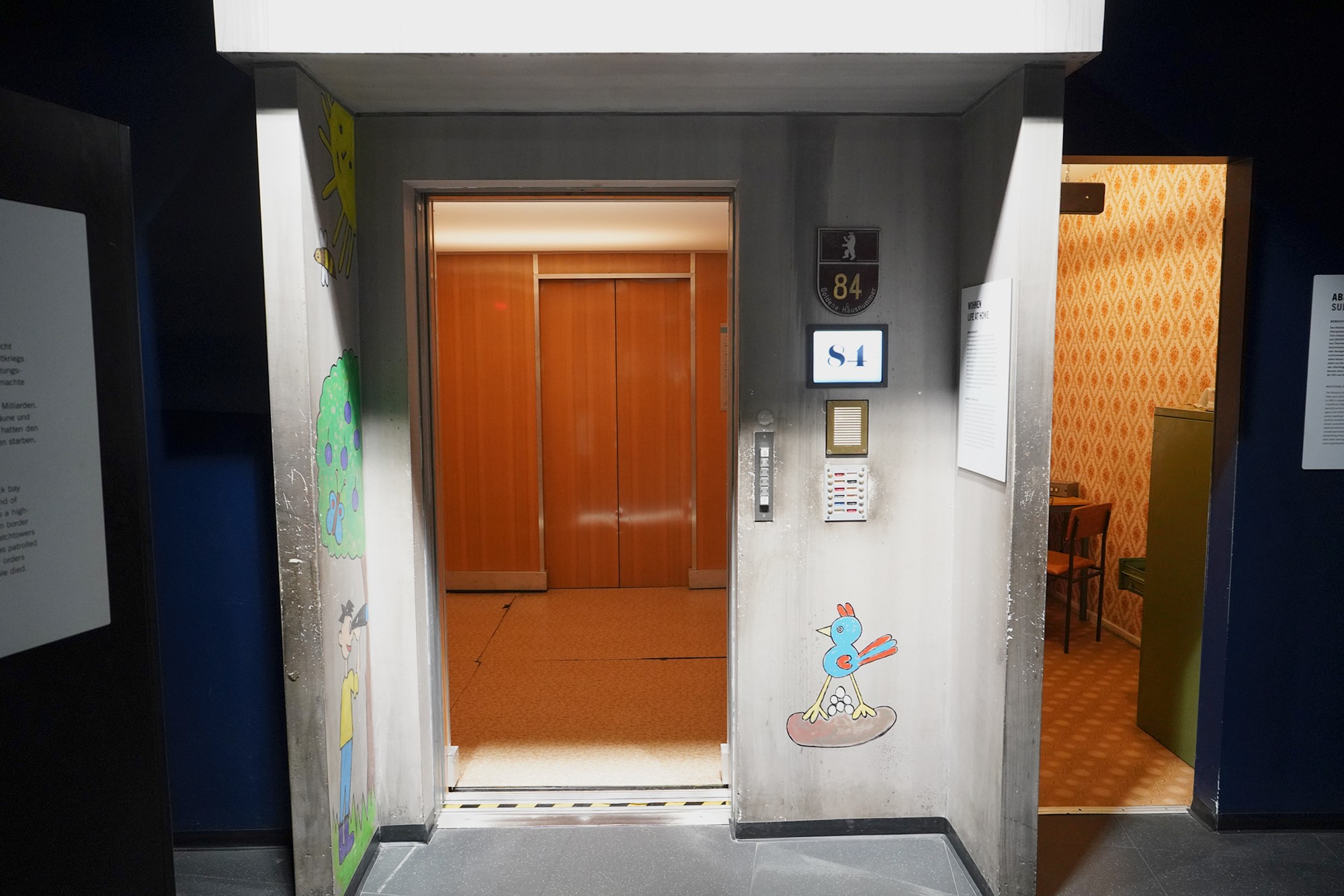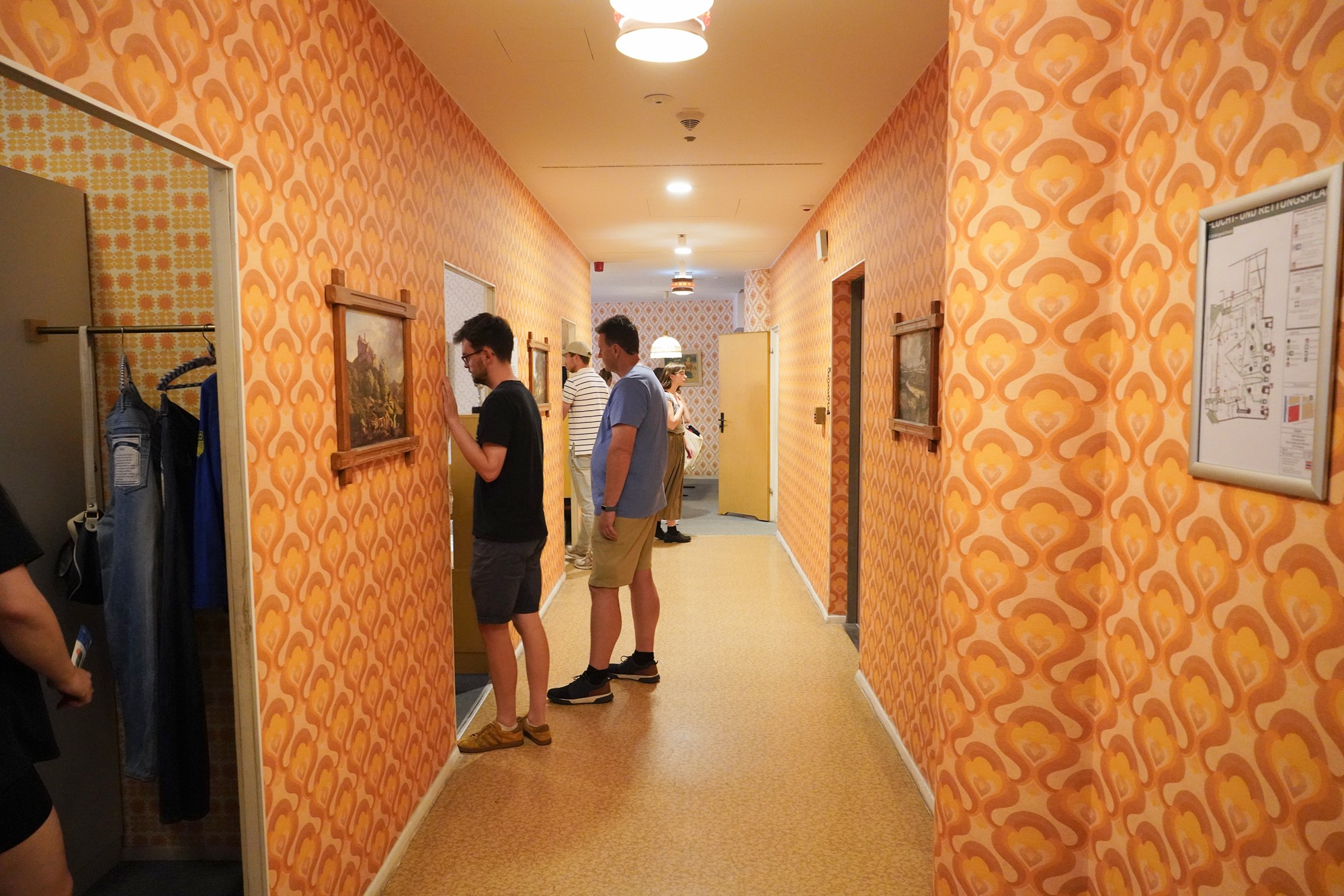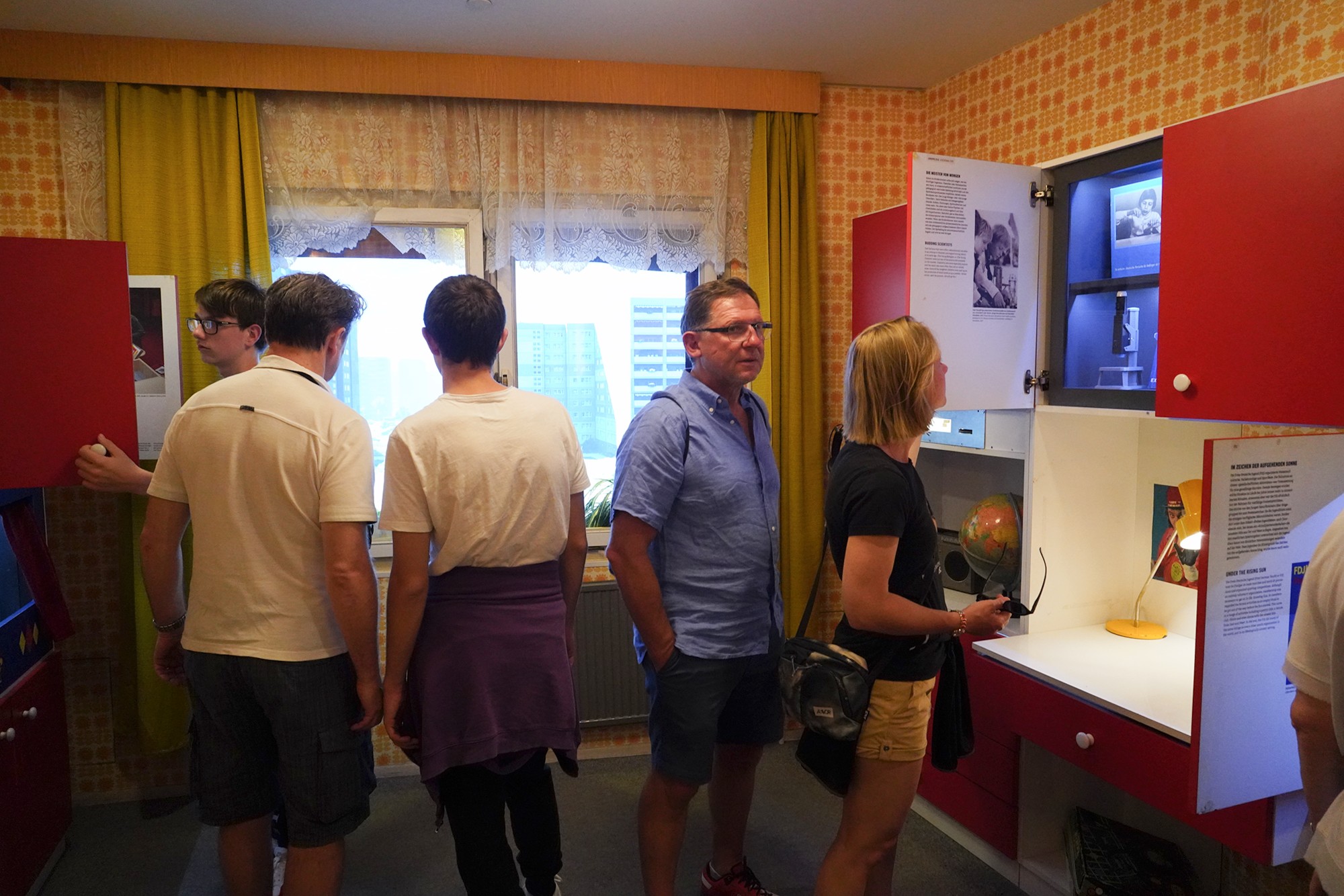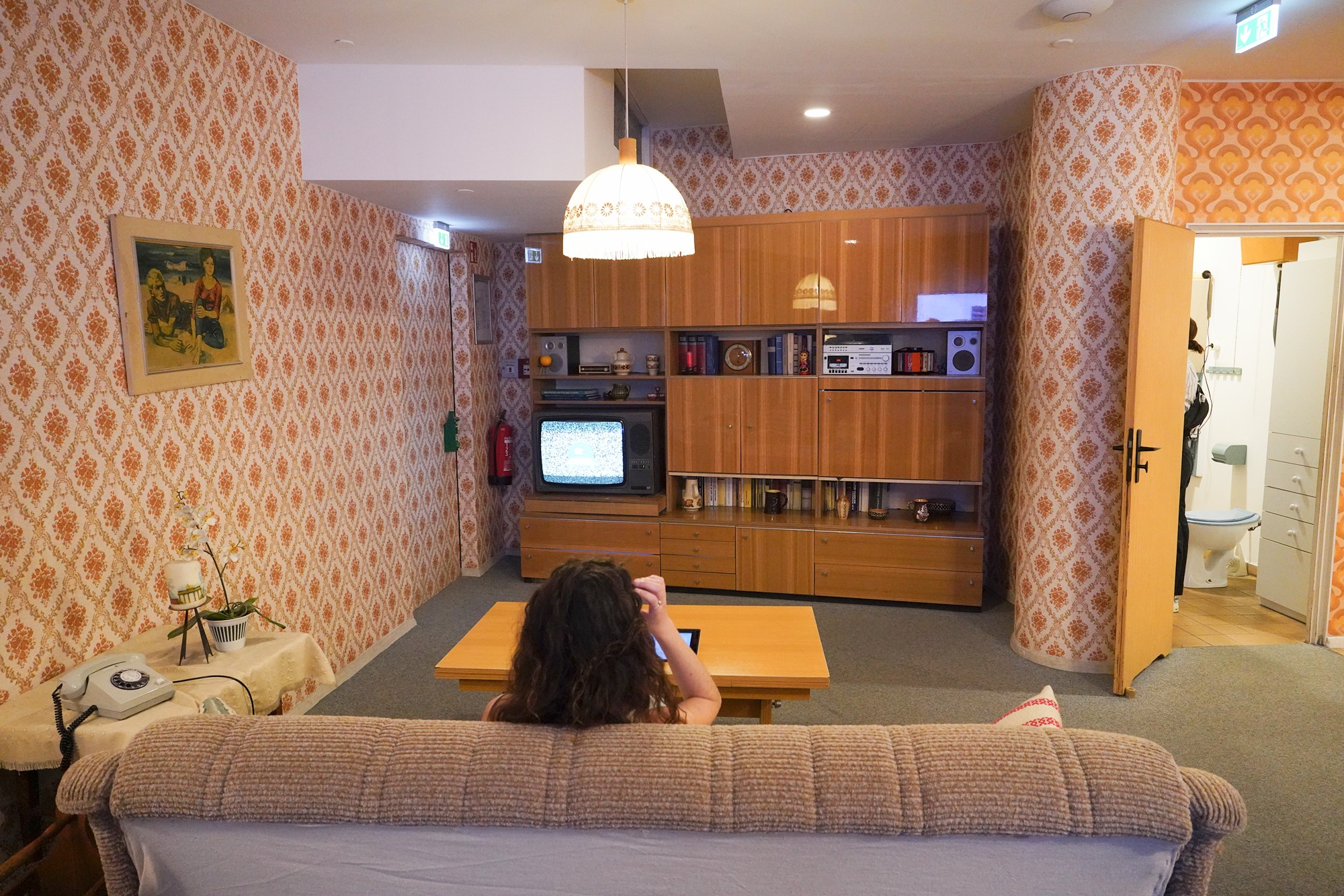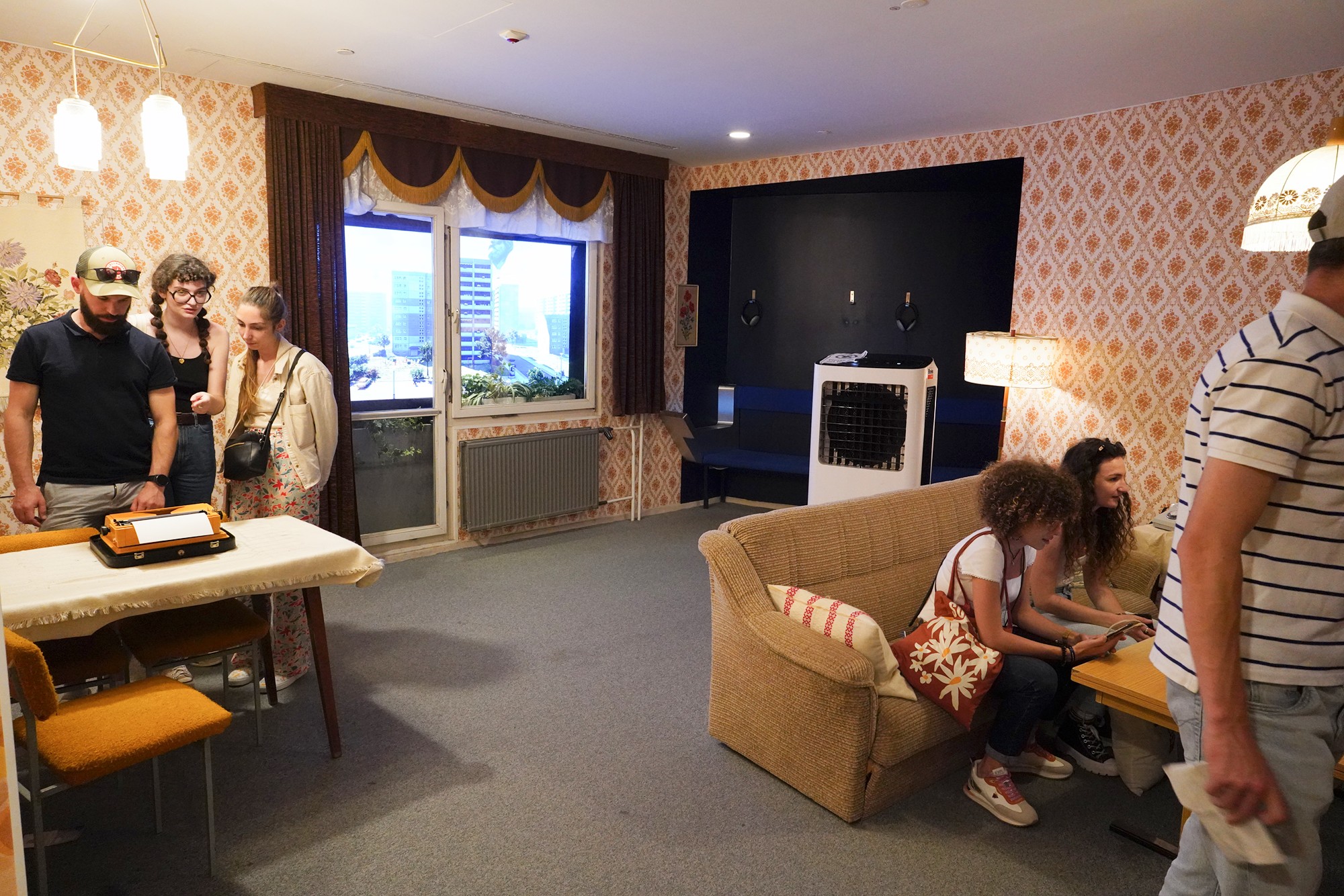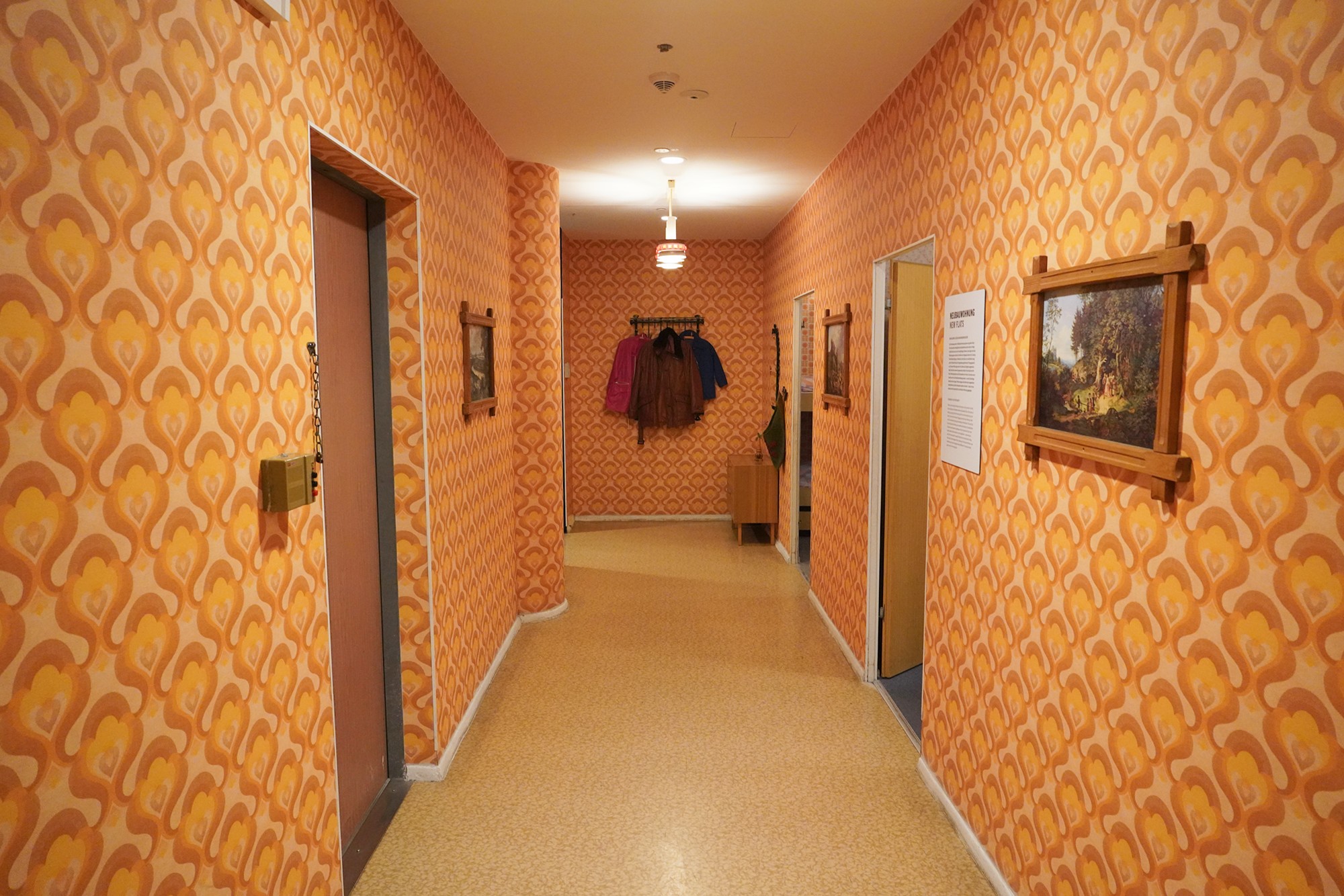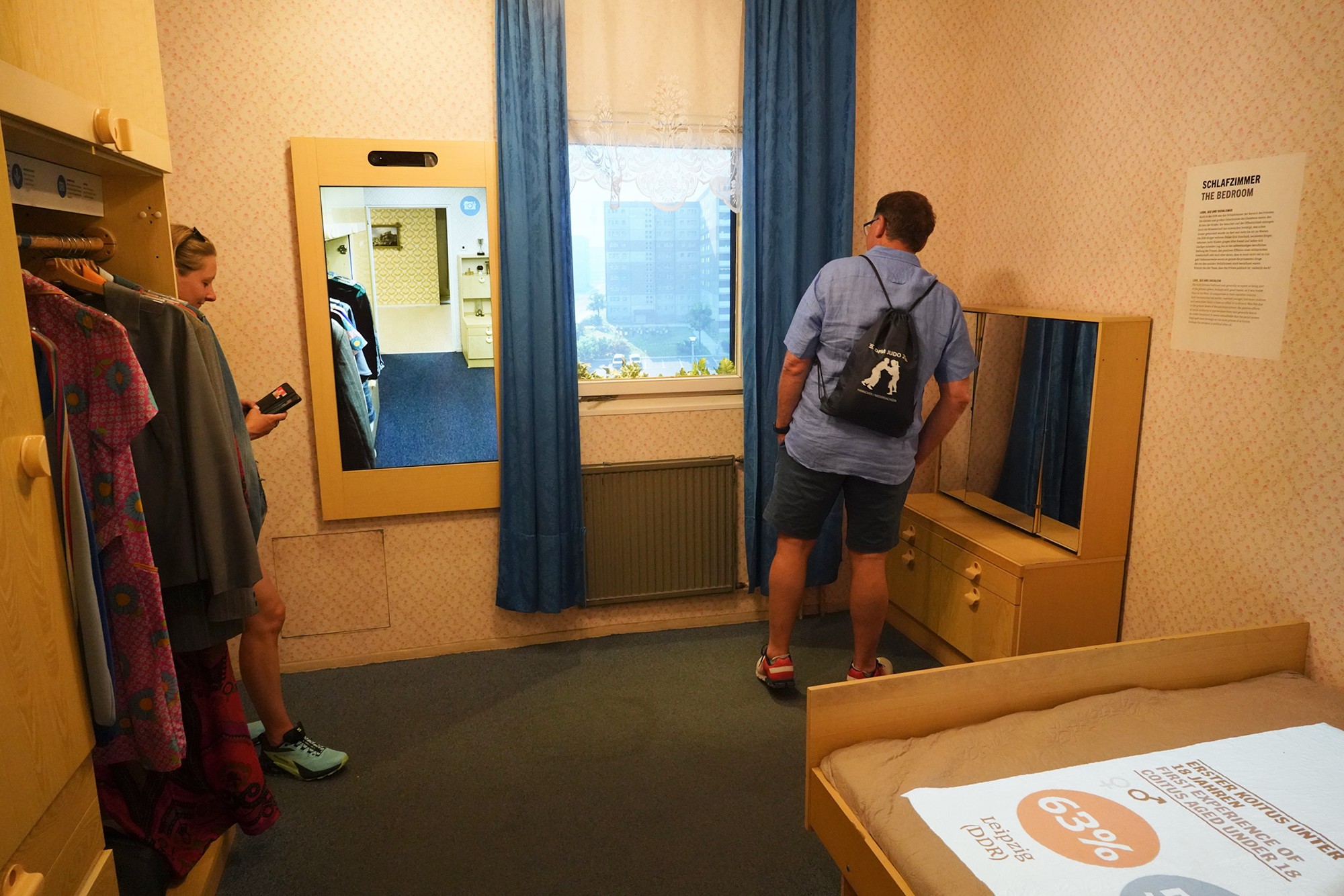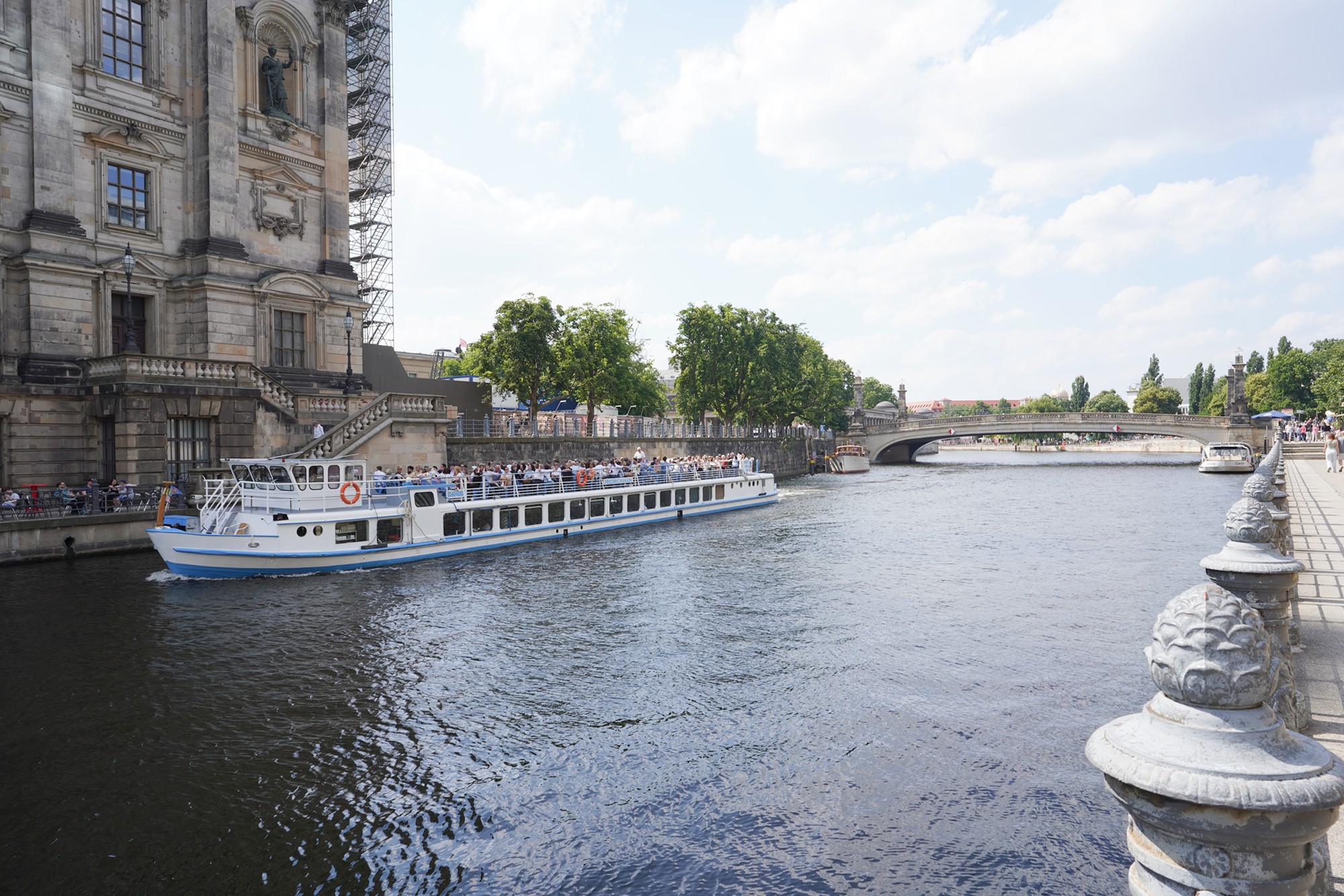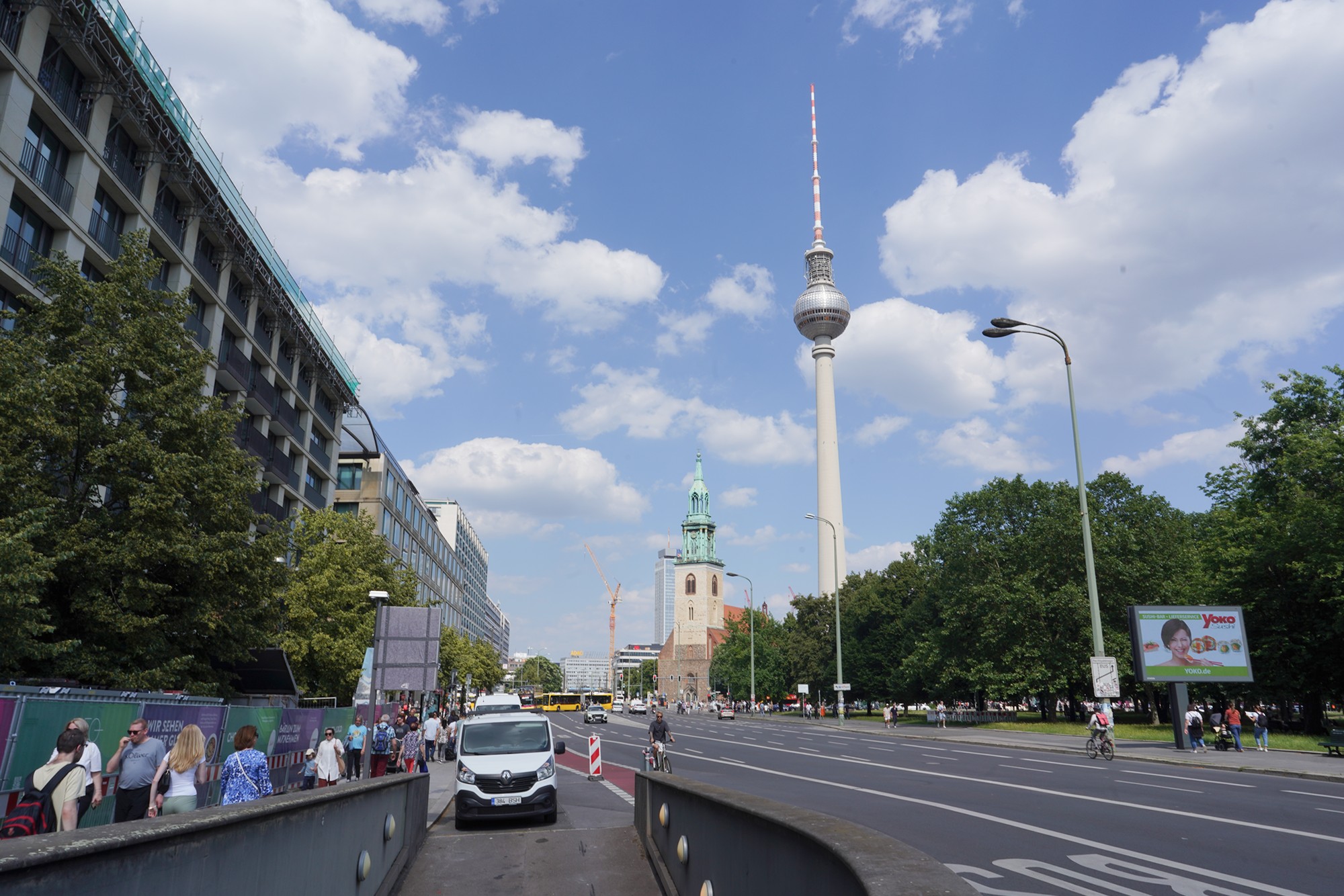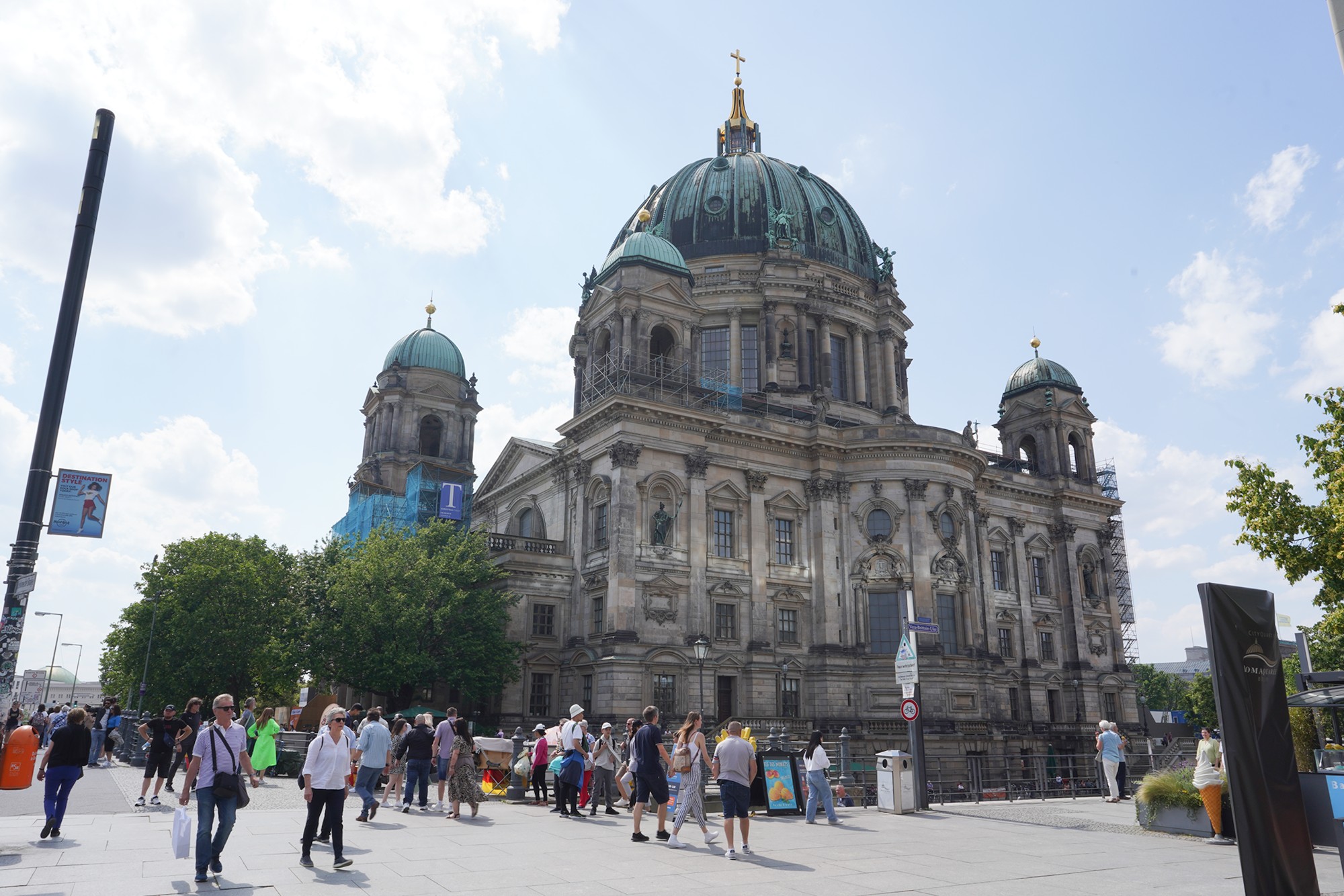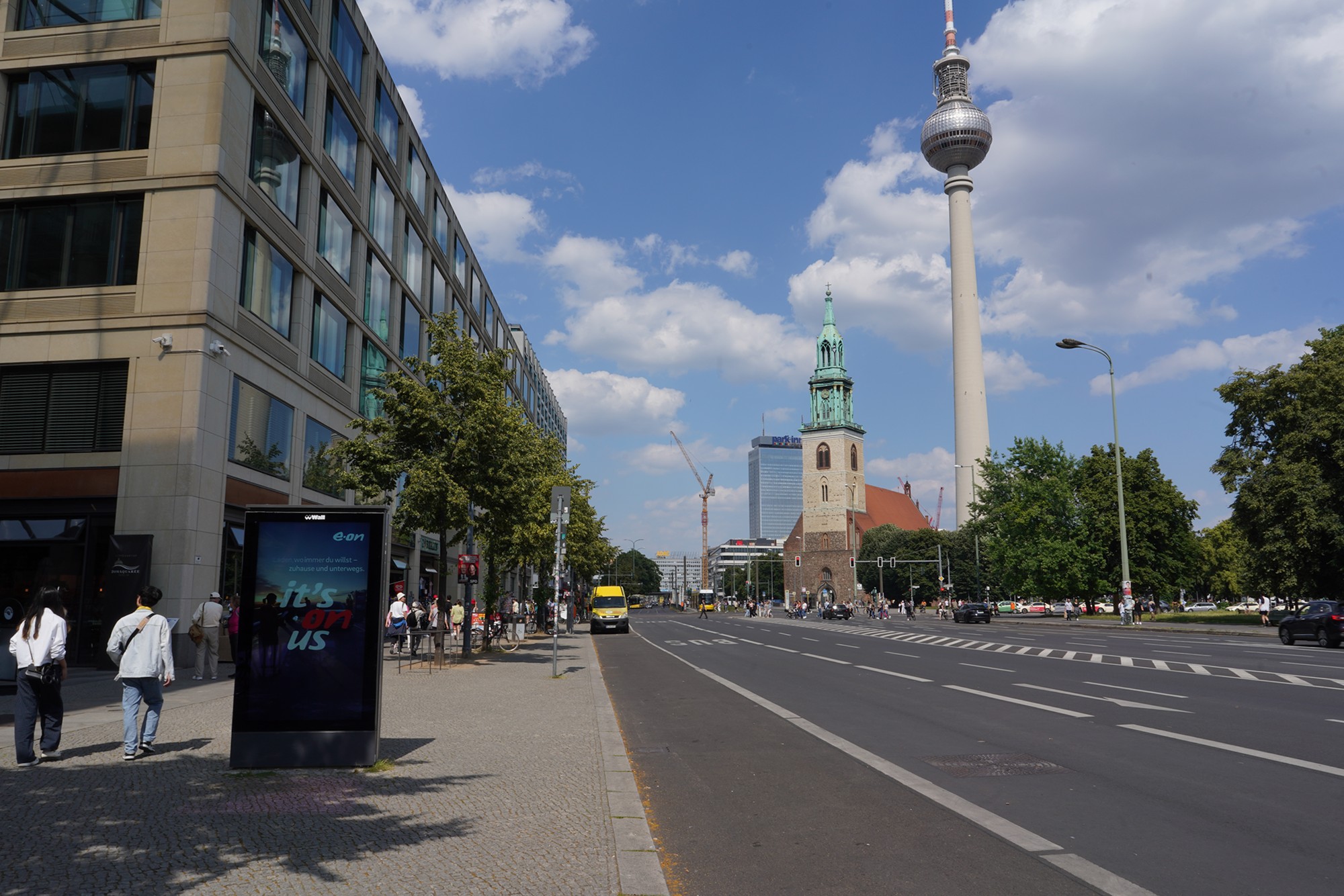German Historical Museum and DDR Museum in Berlin Germany
The German Historical Museum focuses on the comprehensive history of Germany from ancient times to the present day. The DDR Museum offers a hands-on experience of life in former East Germany. 928
DDR Museum: Vera Britain Ufer, Karl-Liebknecht-Str. 1, 10178 Berlin, Germany
Date Picture Taken: June, 2024
I visited this two museums as part of the Berlin Walk. The German Historical Museum was closed except a special exhibition.
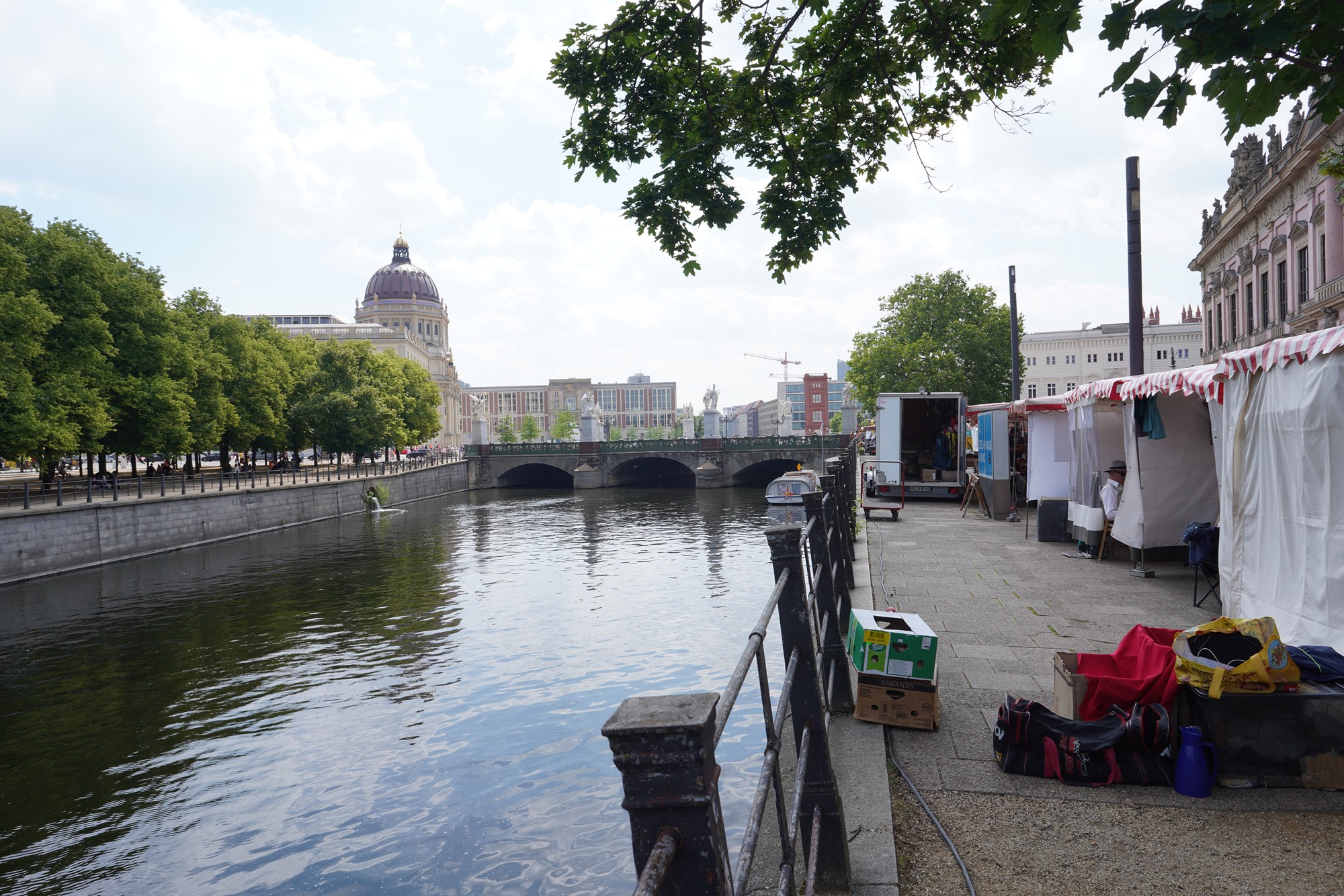
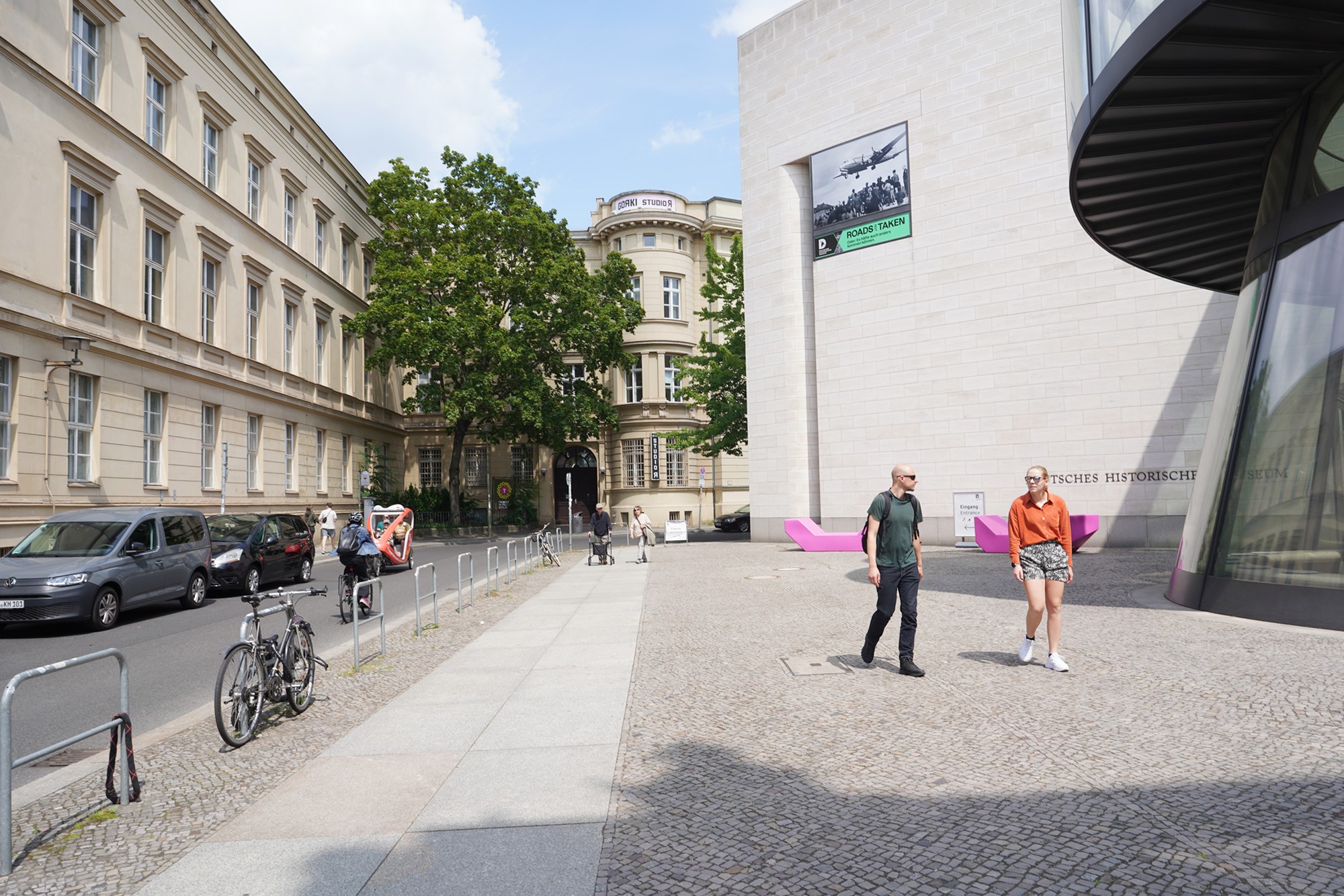
Inside the German Historical Museum.
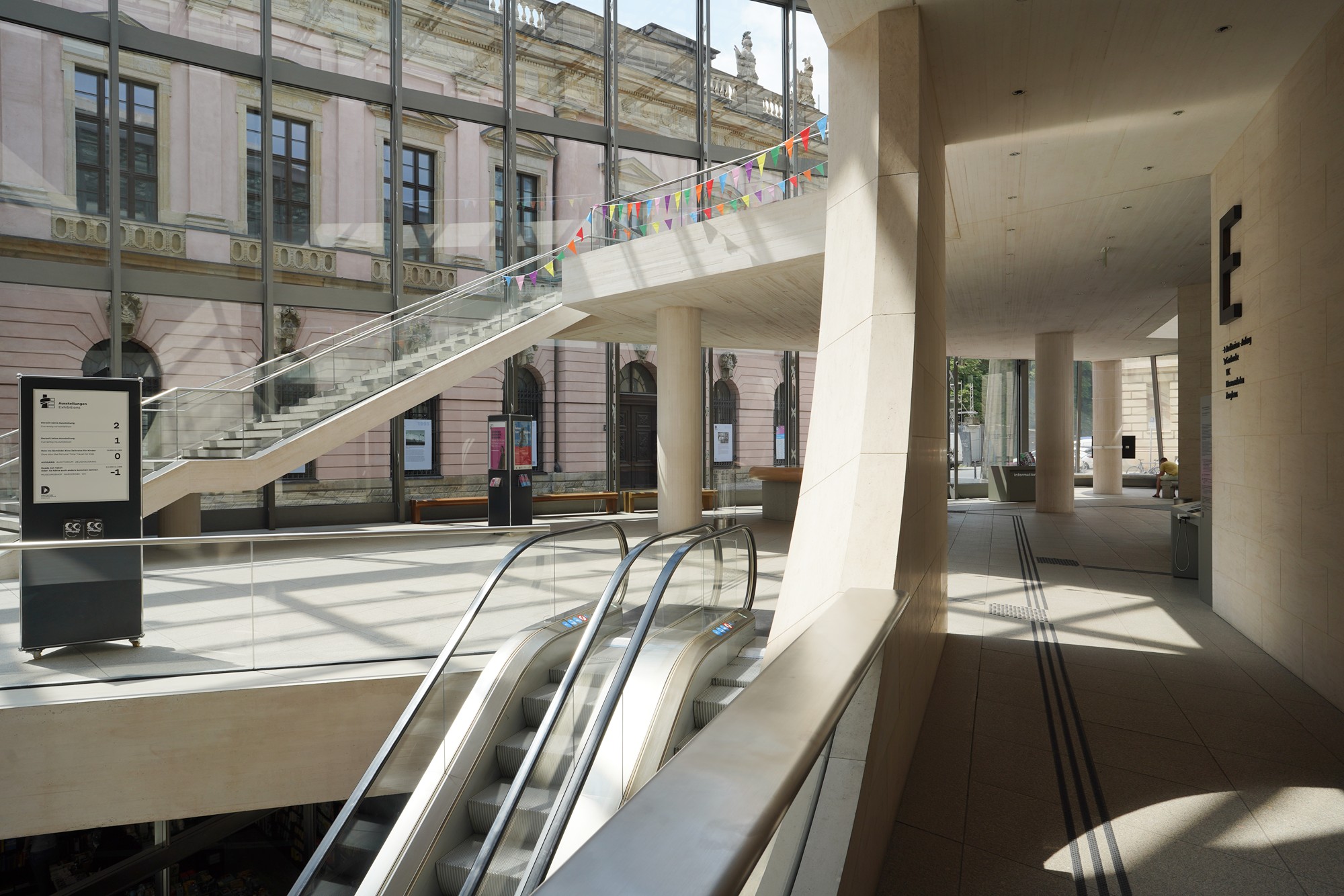
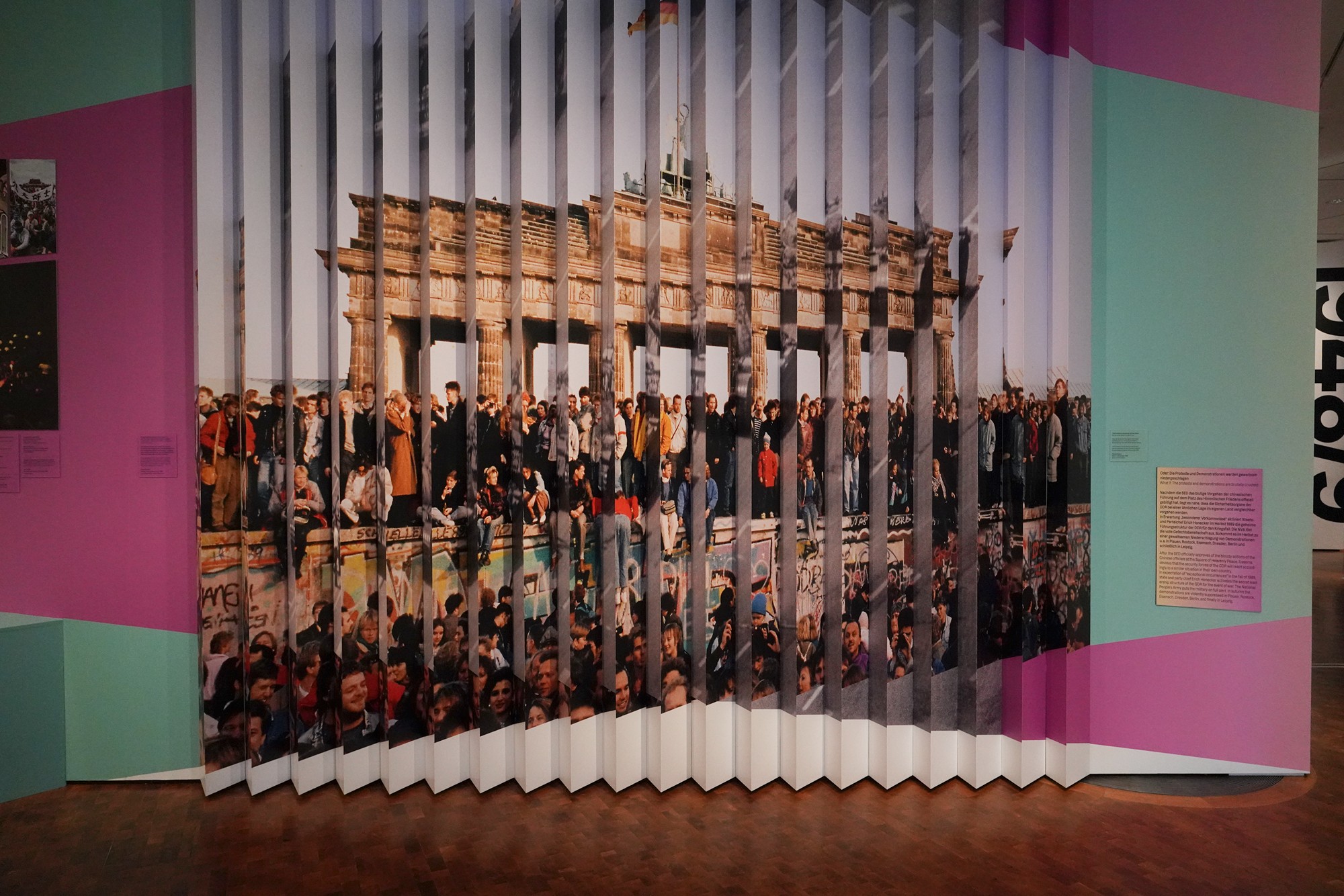
This special exhibition was “What Would Have Happened If…? Turning Points of German History” (in German: “Was wäre gewesen, wenn…? Wendepunkte der deutschen Geschichte”).
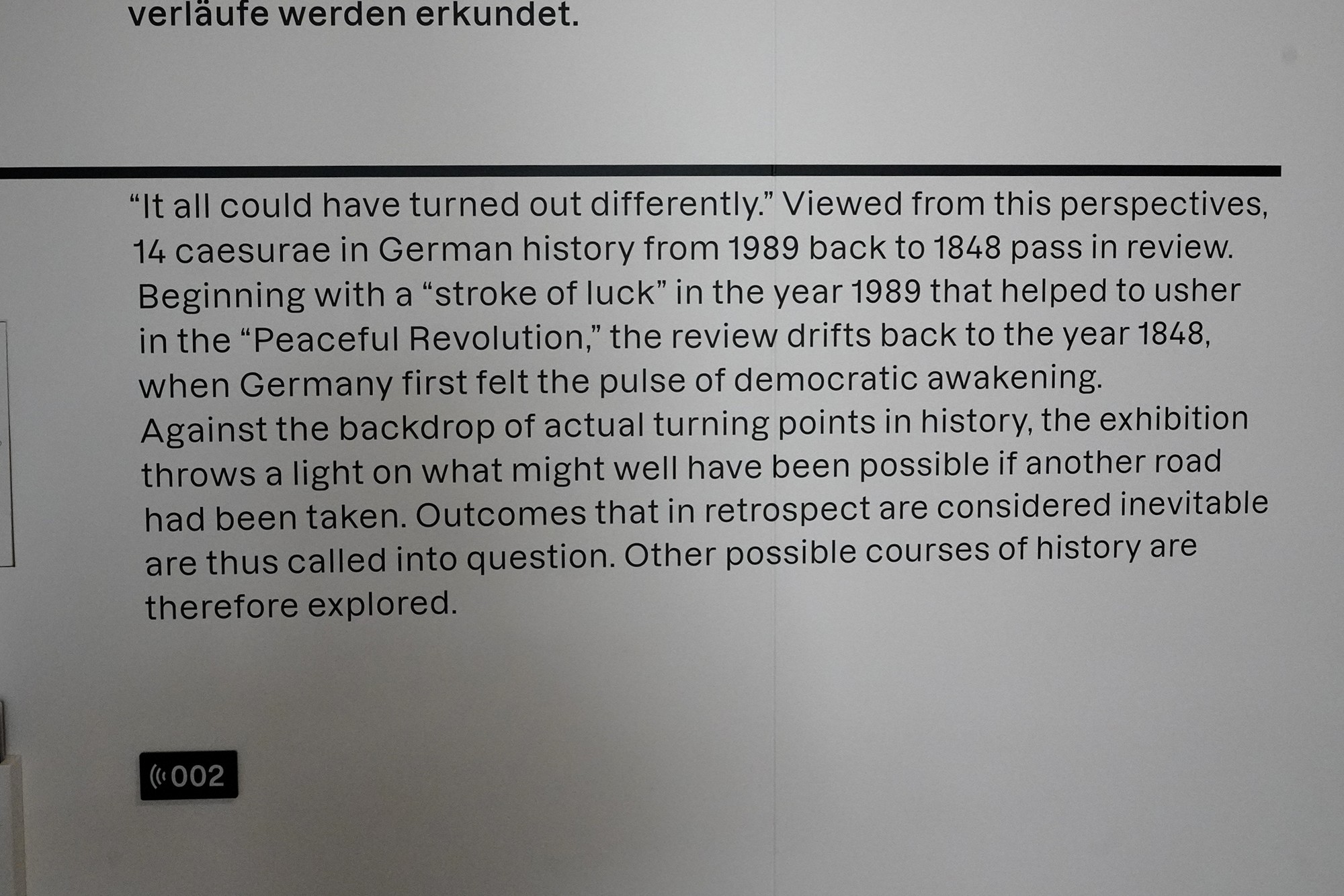
This exhibition explored alternative histories and speculative scenarios in German history, asking “what if” certain key events had turned out differently. It invited visitors to reflect on pivotal moments and their potential outcomes, and how they shaped the course of German and world history.
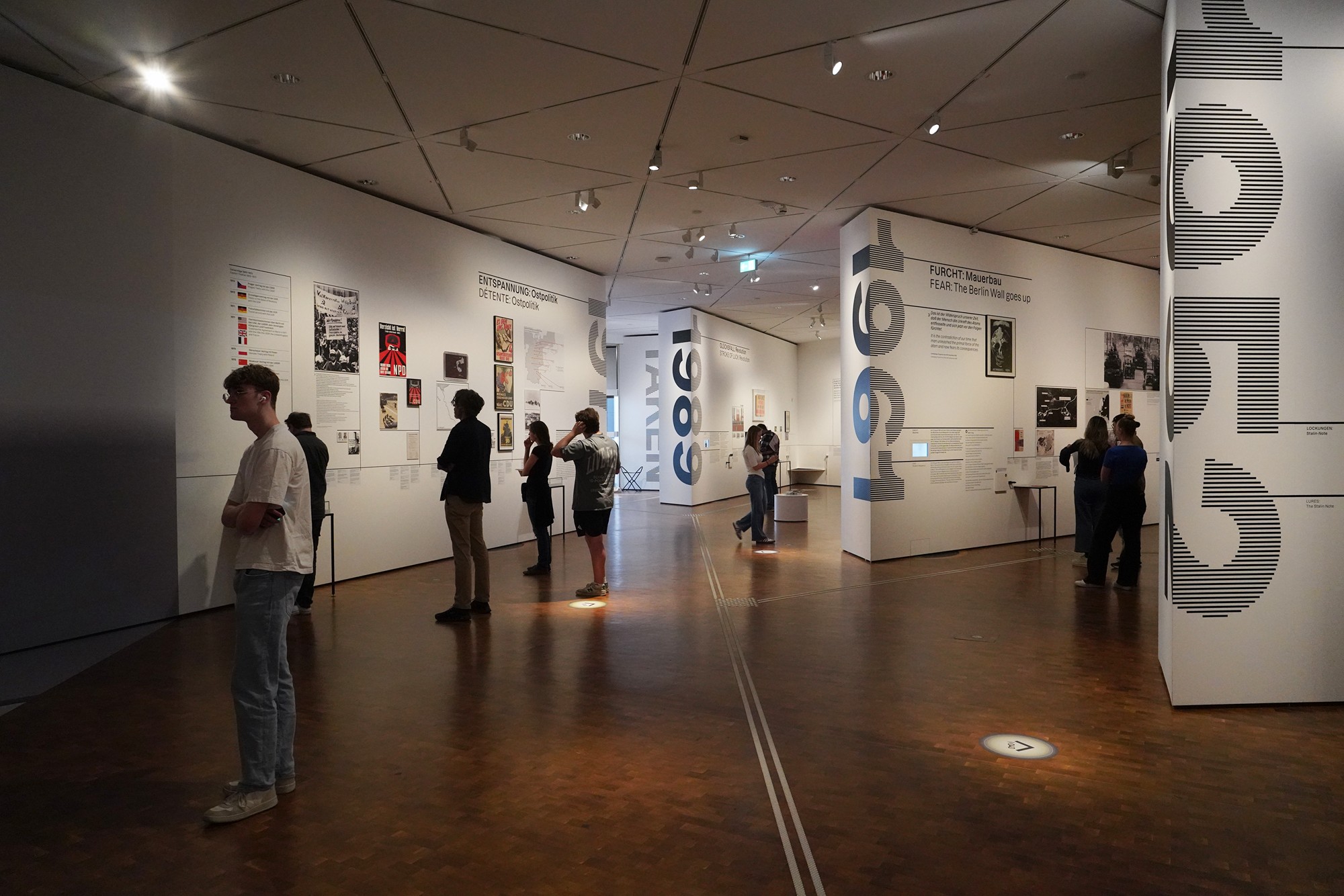
The exhibition examined various critical points in German history, speculating how things might have unfolded if key events had gone differently. Some of the pivotal moments explored included:
What if the German Empire hadn’t been founded in 1871?
What if Germany had won World War I or II?
What if the Berlin Wall had never fallen?
These alternate histories aimed to prompt discussions about the significance of these events and their long-term impacts on Germany and the world.
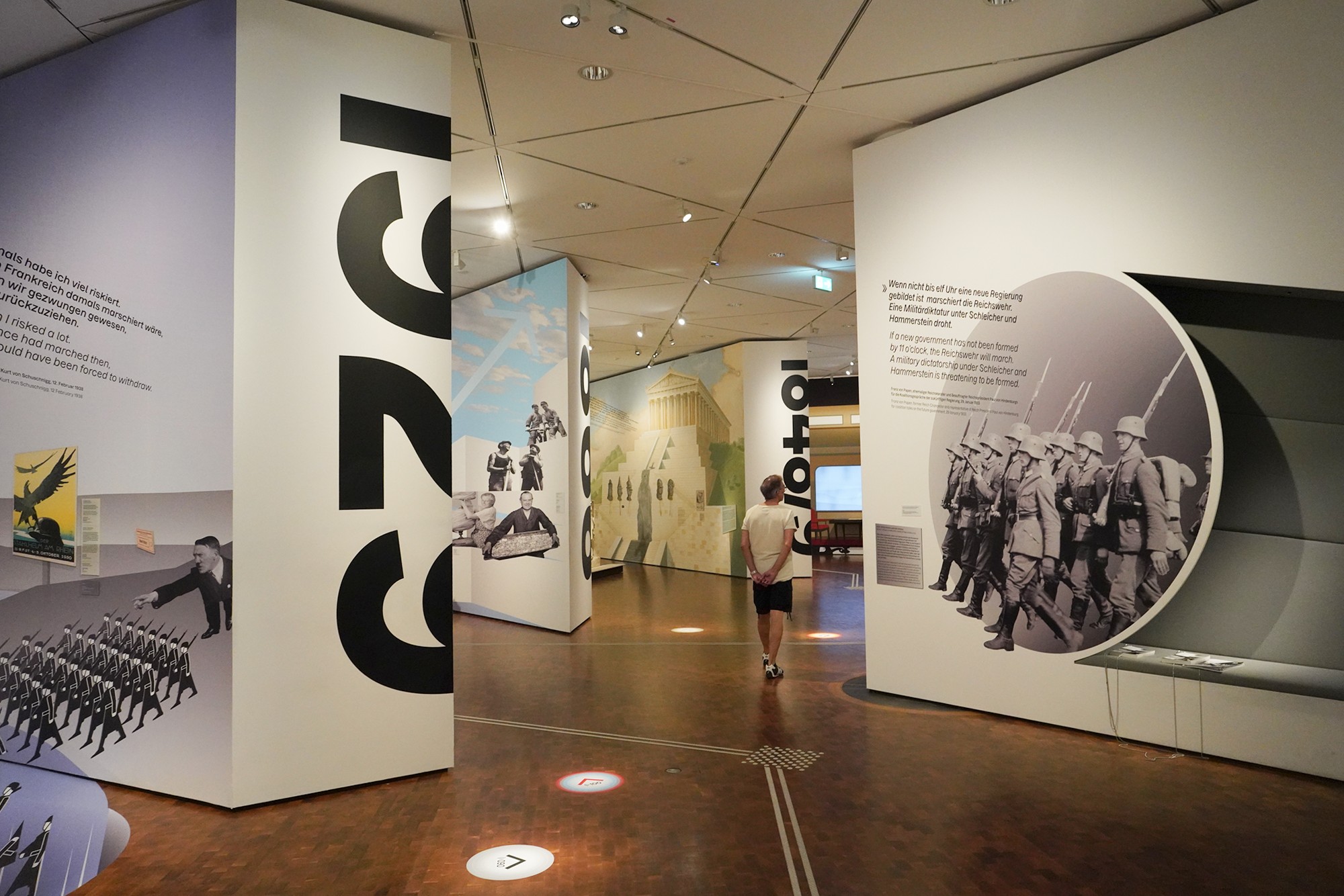
The scenario in which Friedrich Wilhelm IV of Prussia had accepted the Imperial Crown offered by the Frankfurt Parliament in 1849 presents one of the key “what if” moments in German history. This hypothetical scenario could have significantly altered the course of German unification and European politics in the 19th century.
He rejected the offer, but if he accepted it, it would have led to early unified Germany.
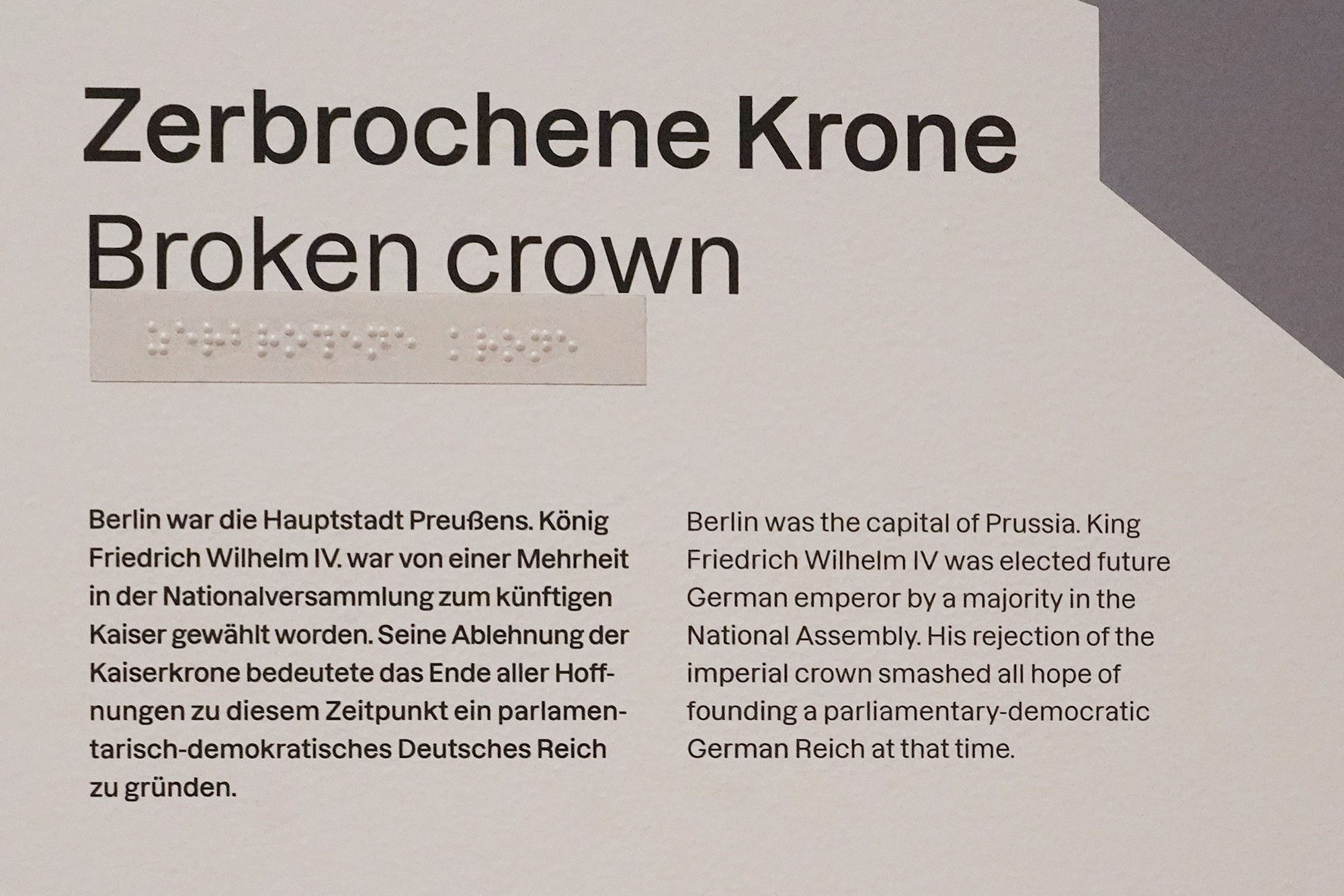
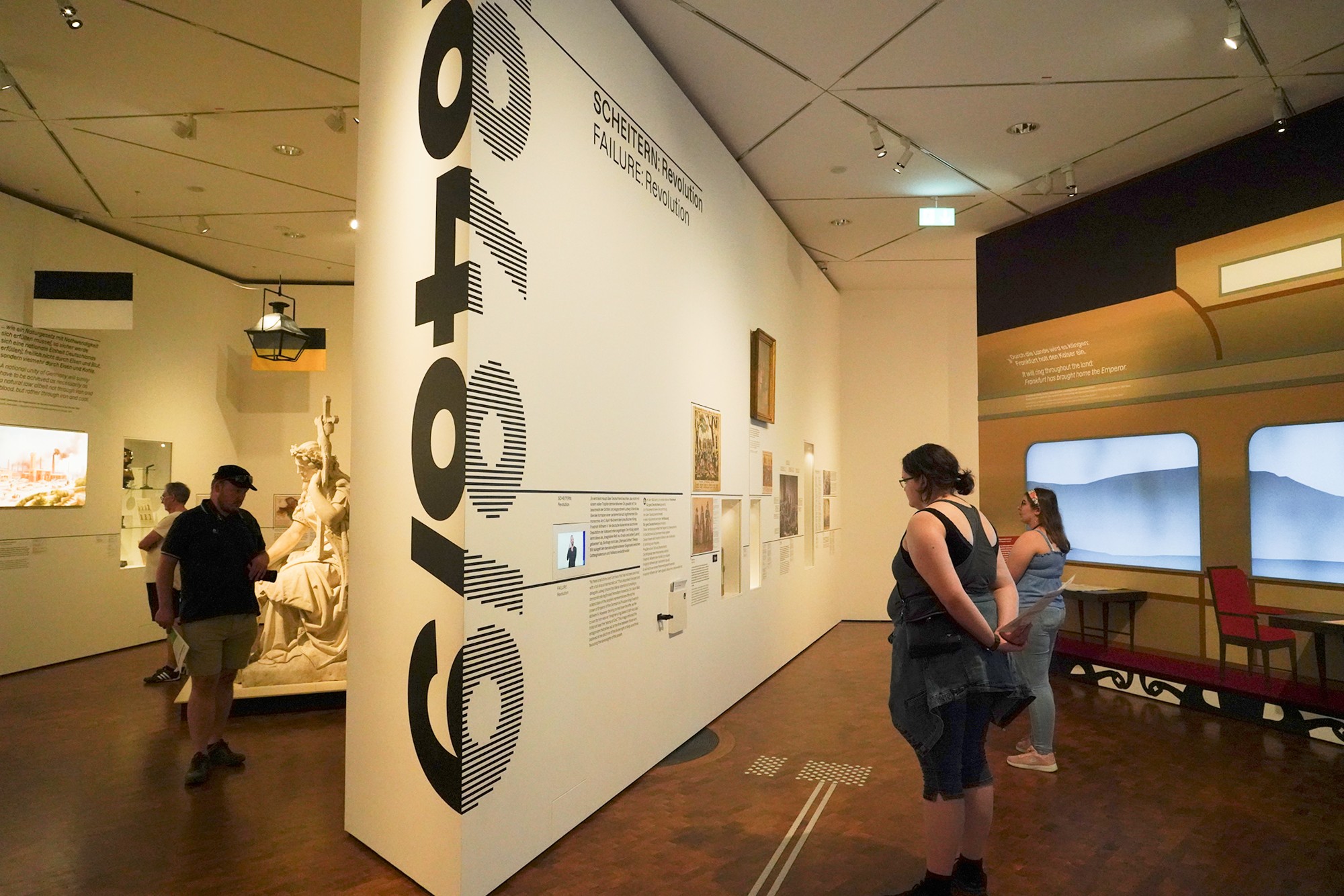
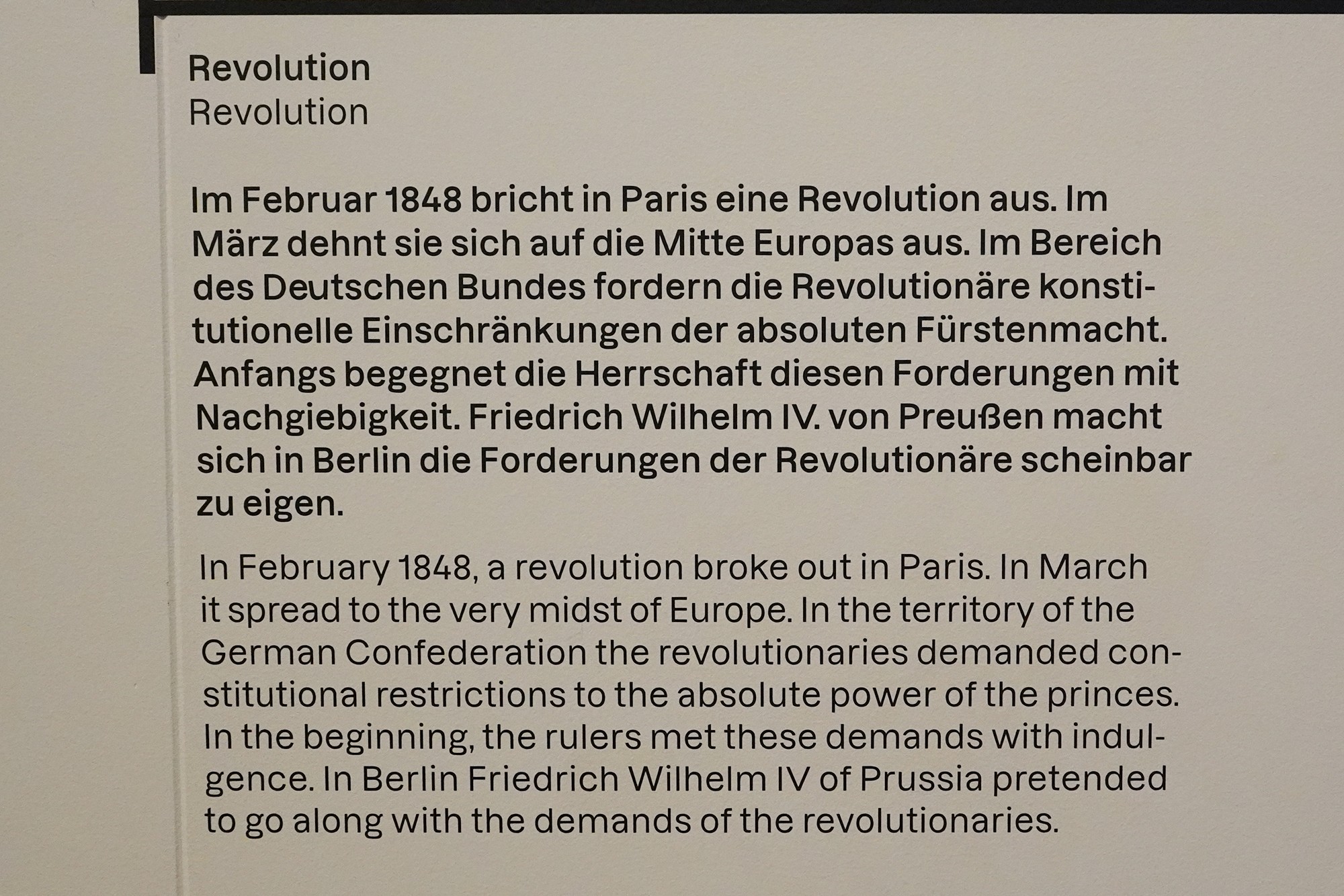
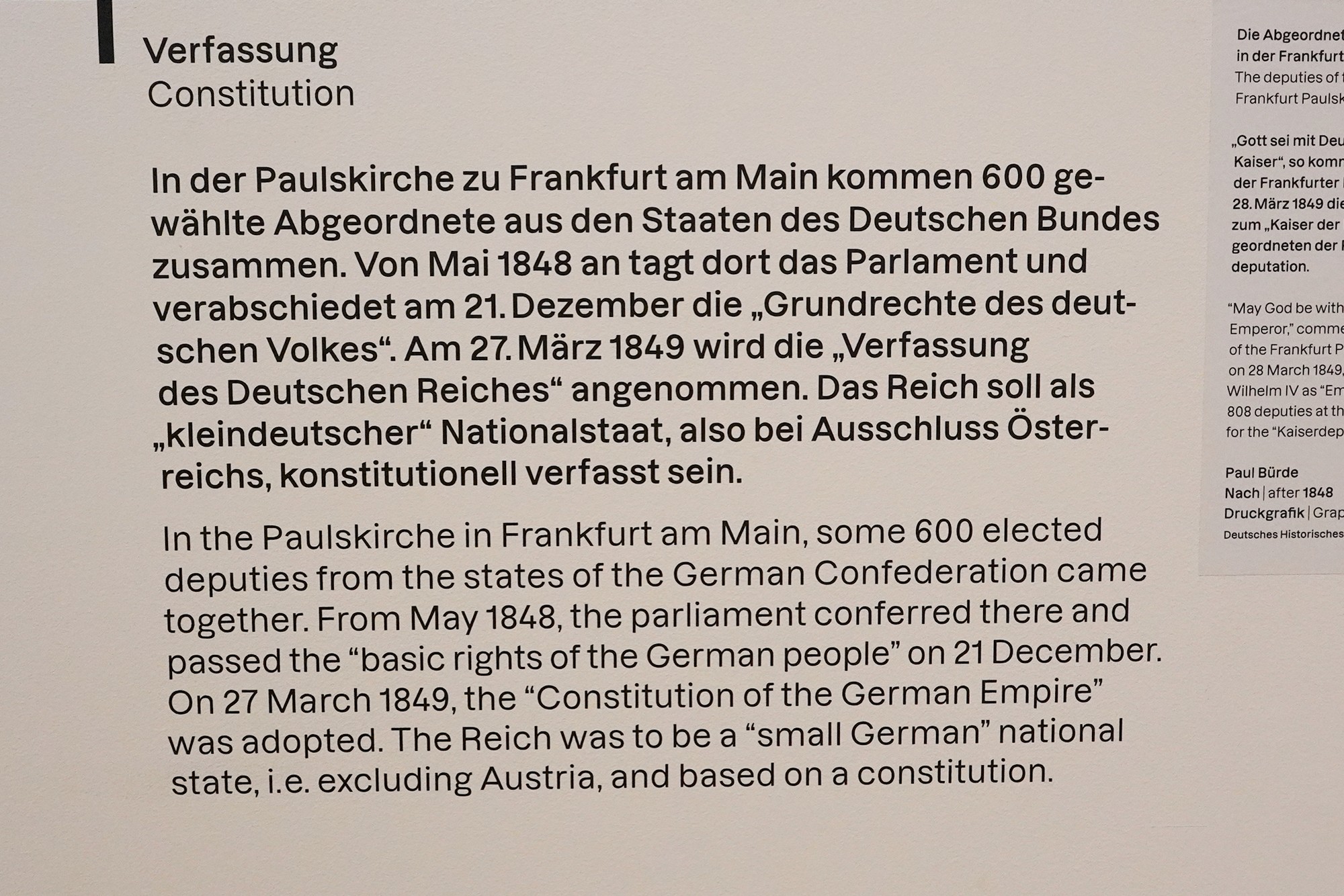
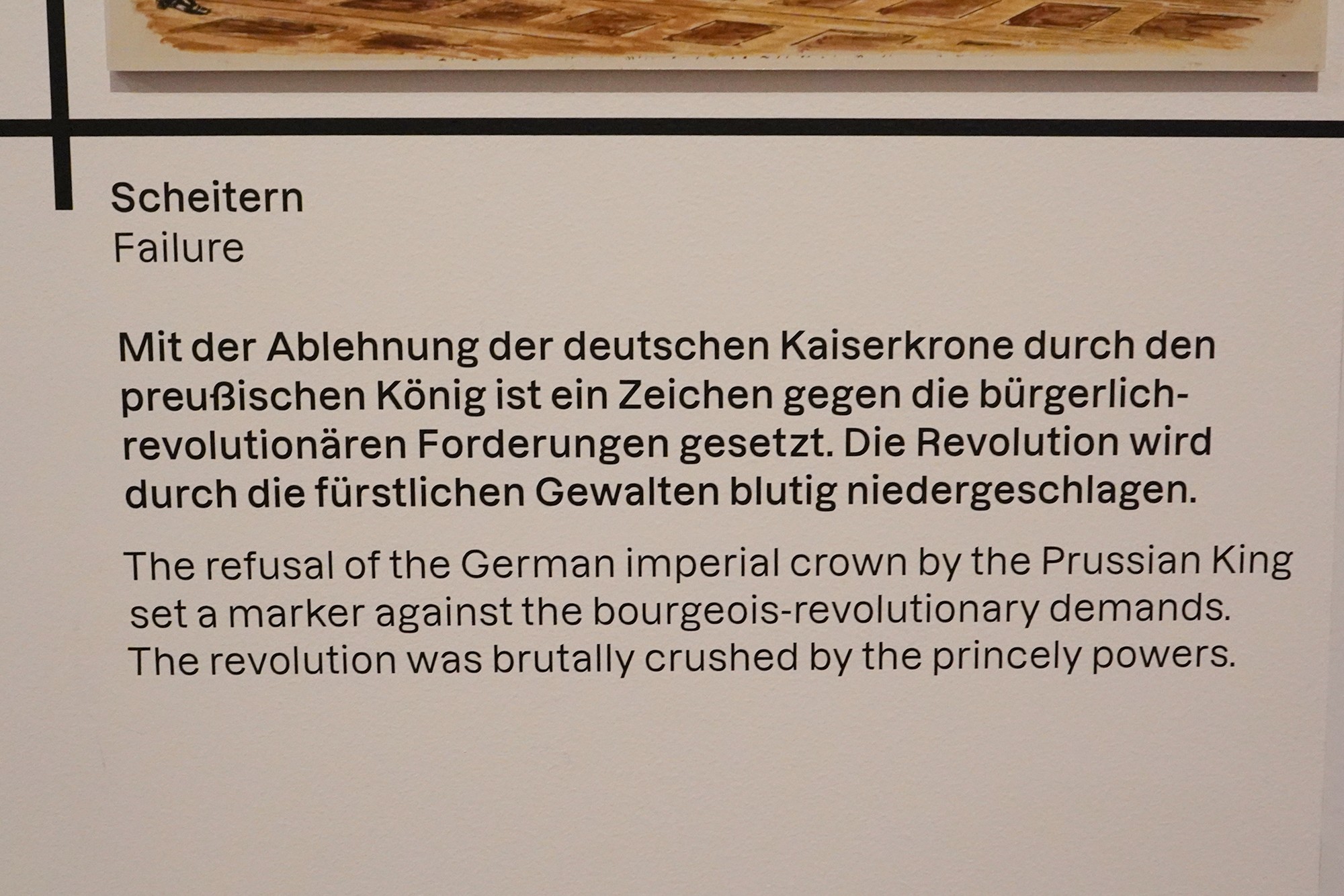
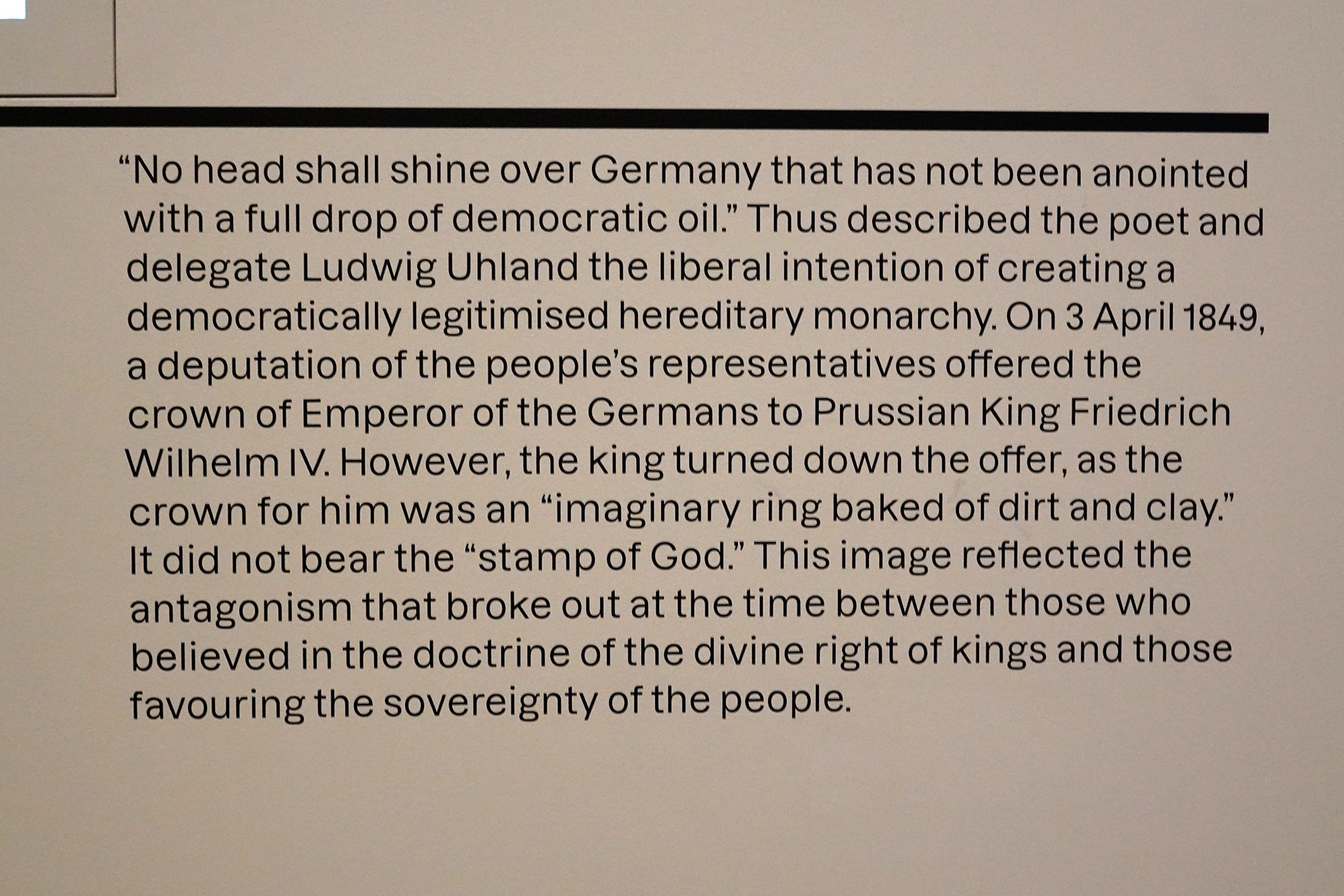
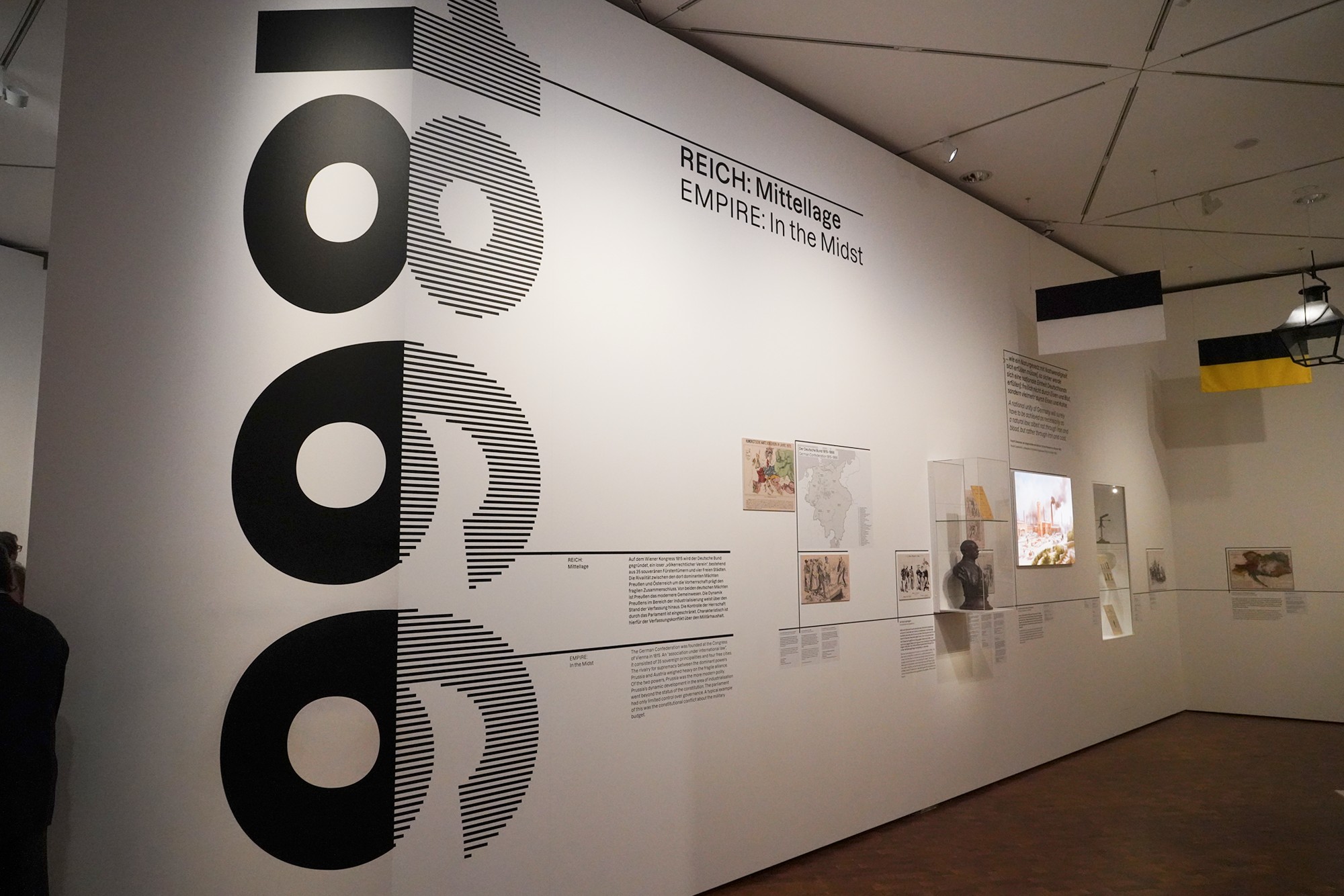
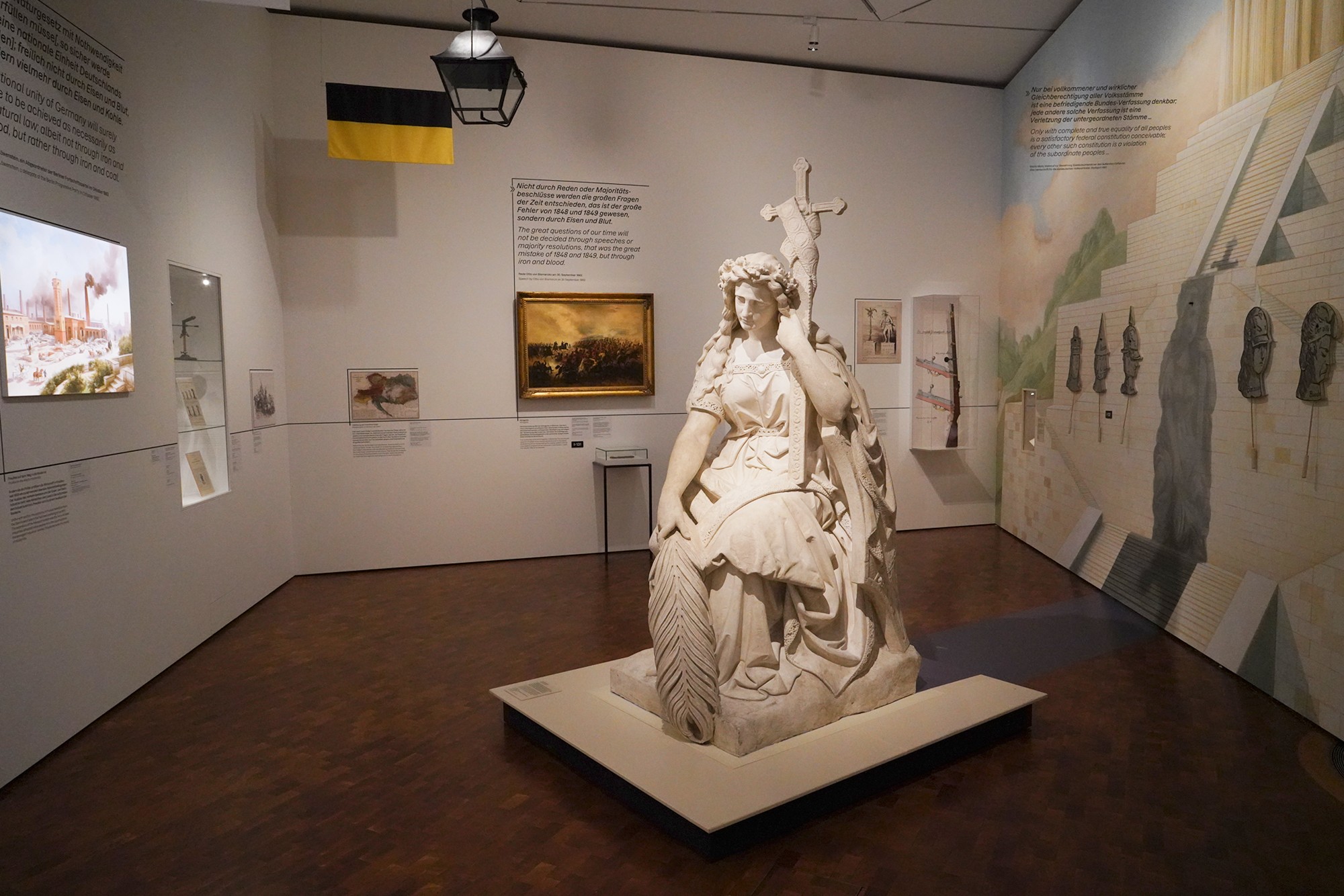
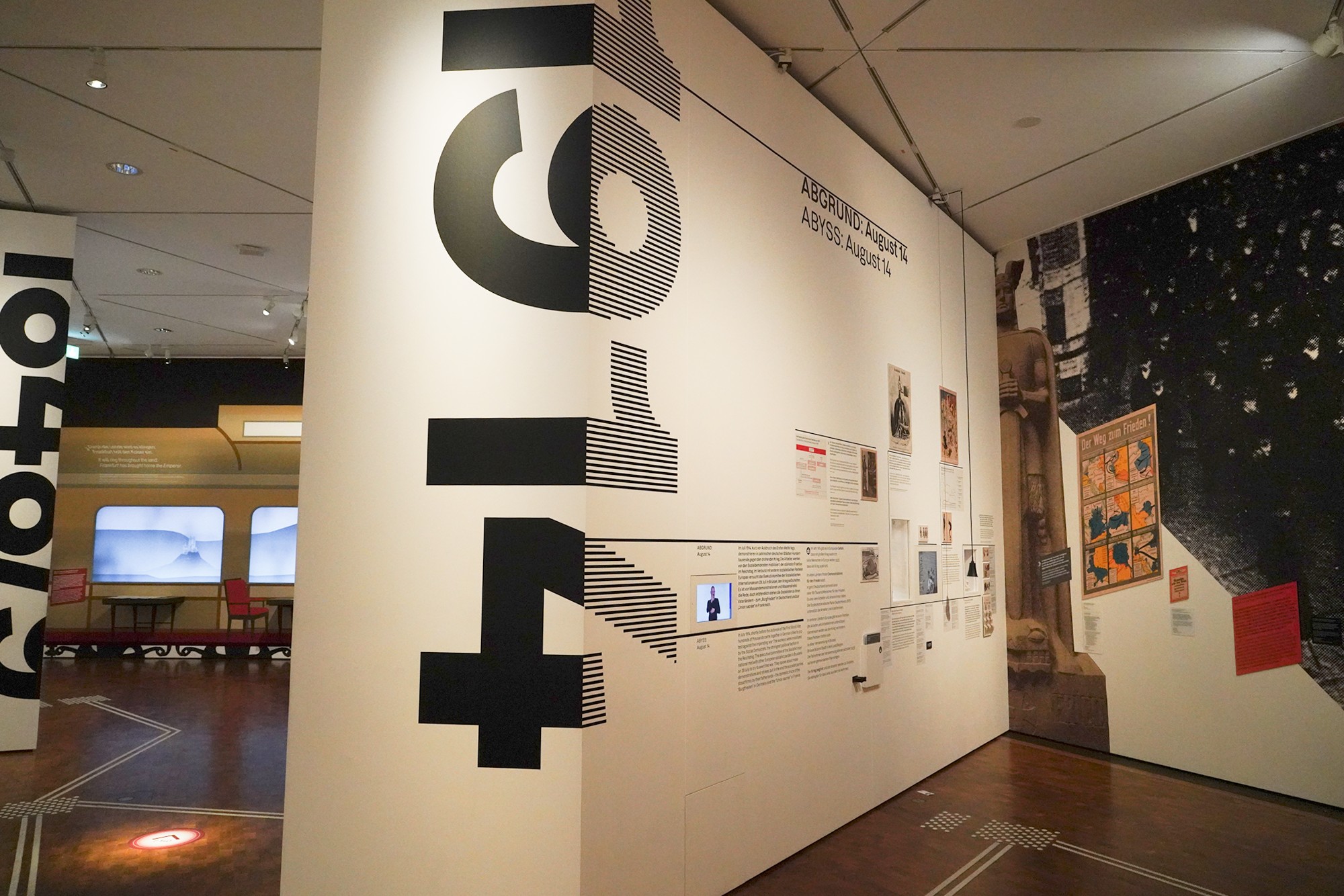
Before World War I, the Social Democrats and socialist parties in Germany and across Europe made significant efforts to prevent the outbreak of war, driven by their anti-militarist and internationalist ideologies.
But their effort failed.
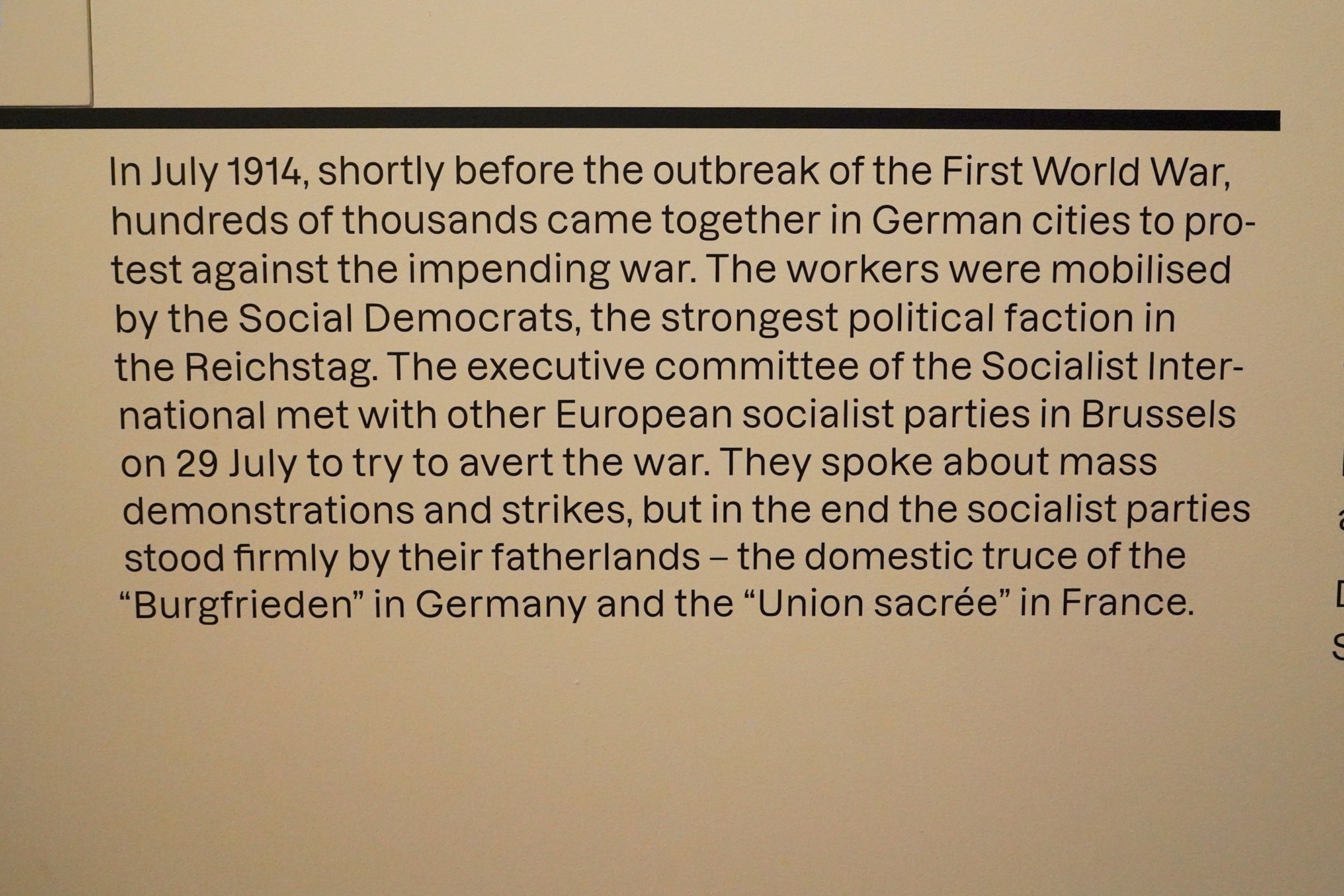
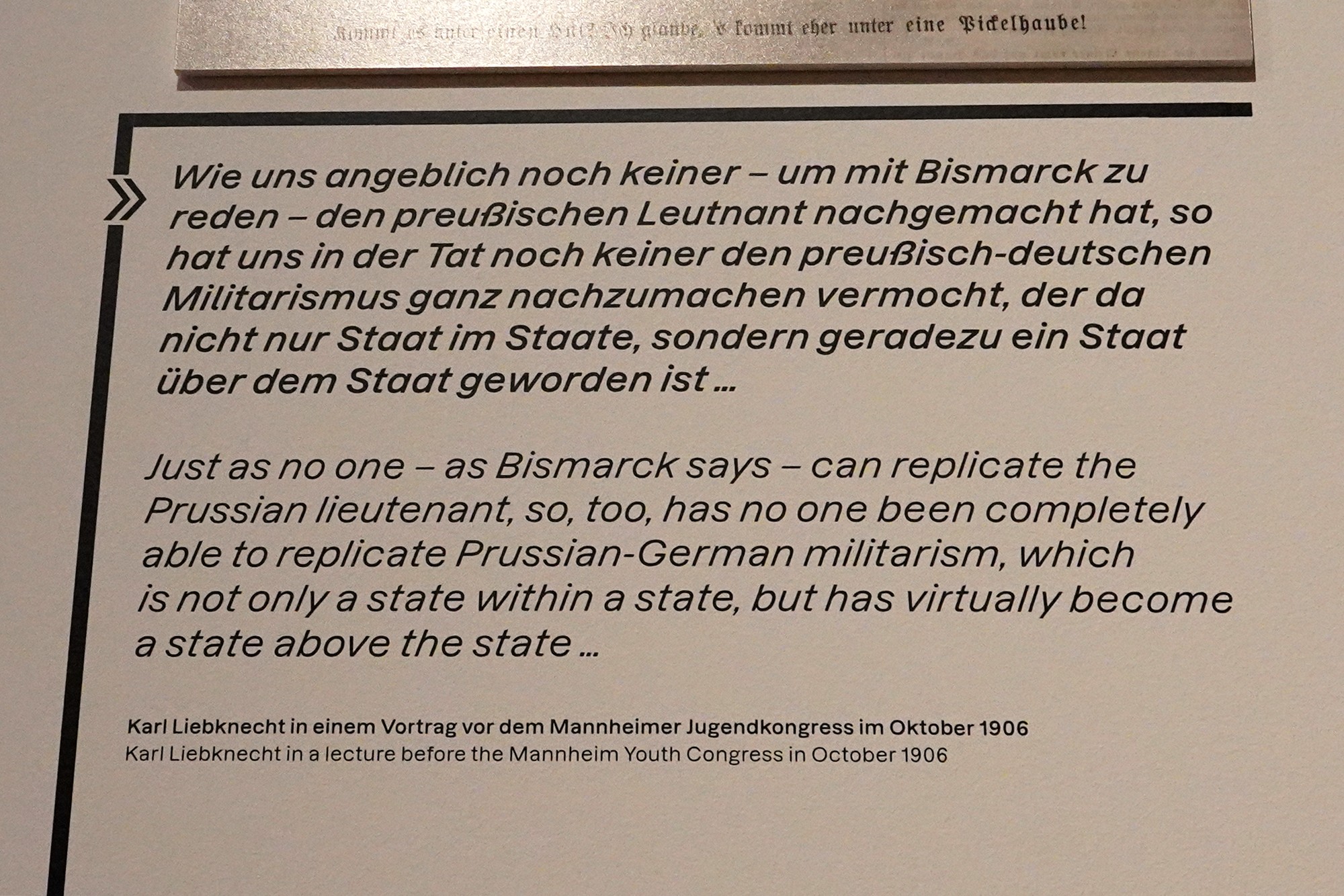
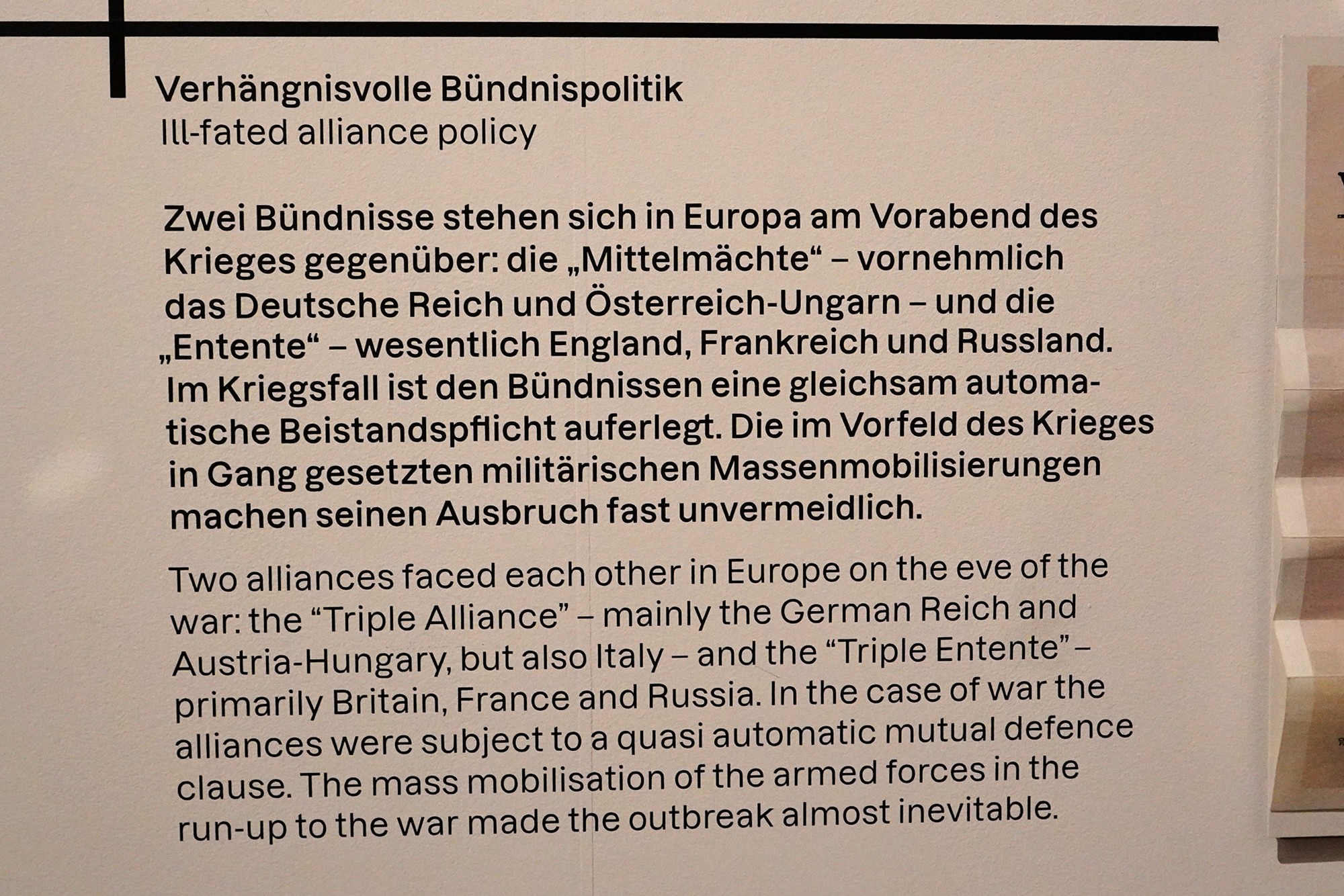
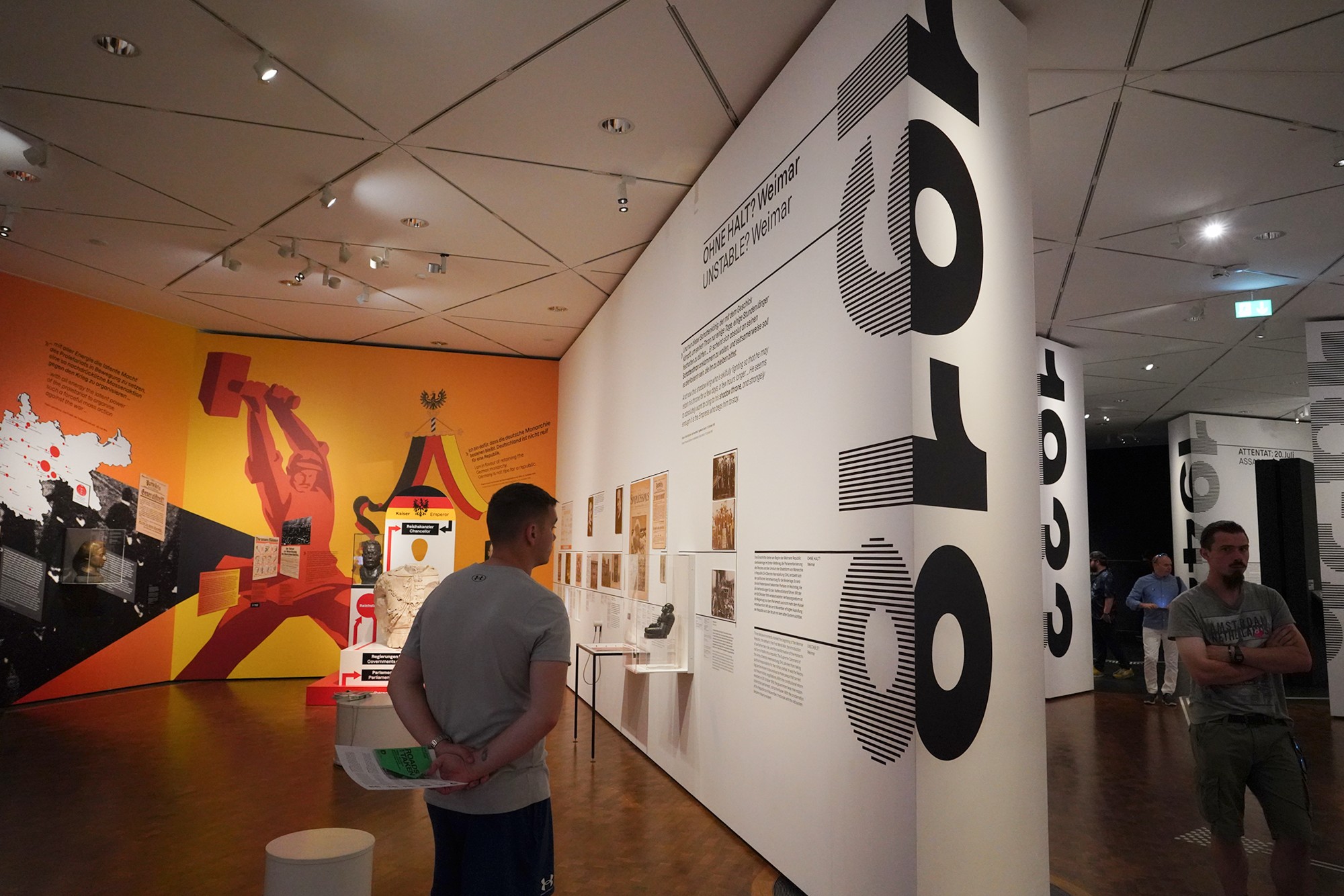
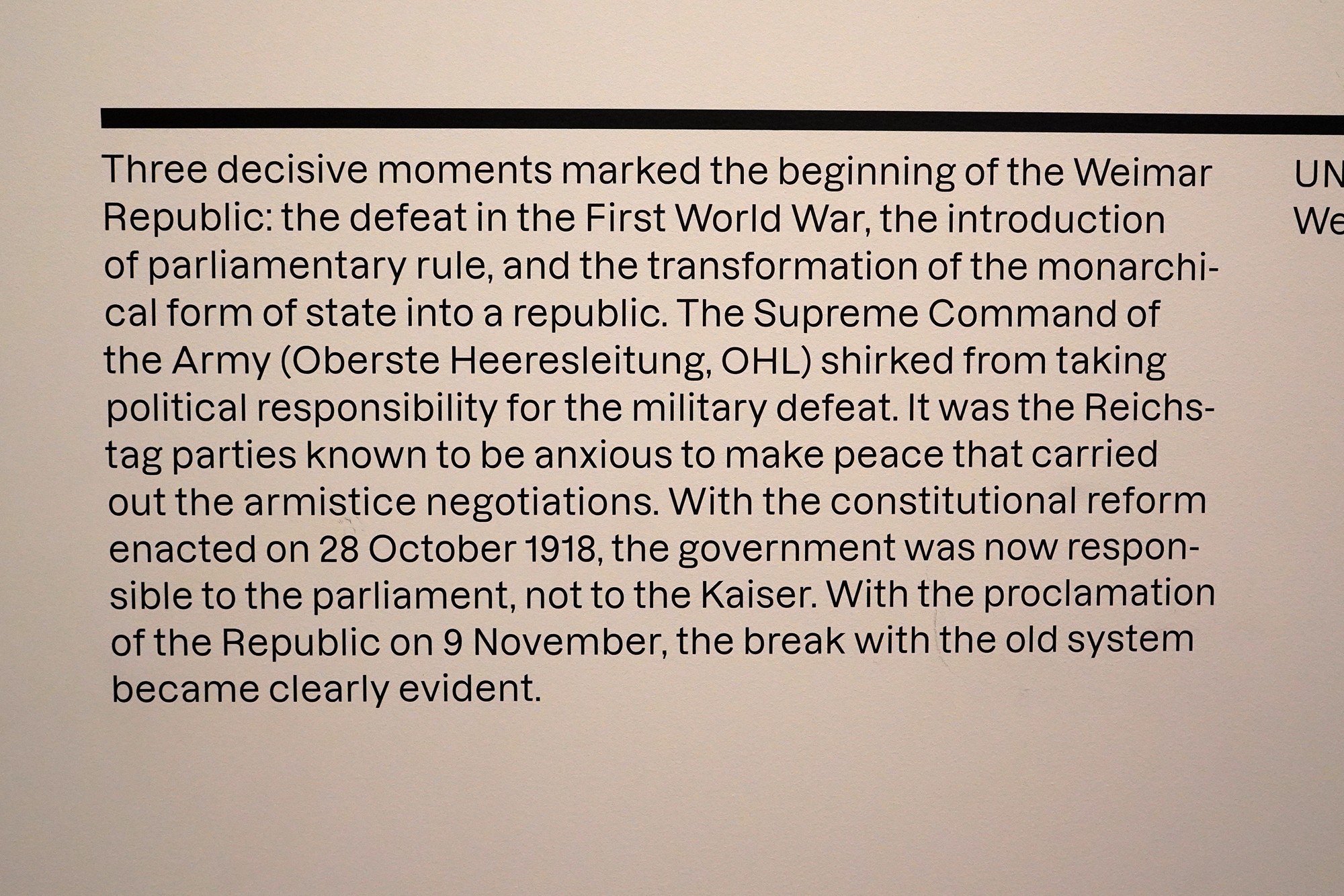
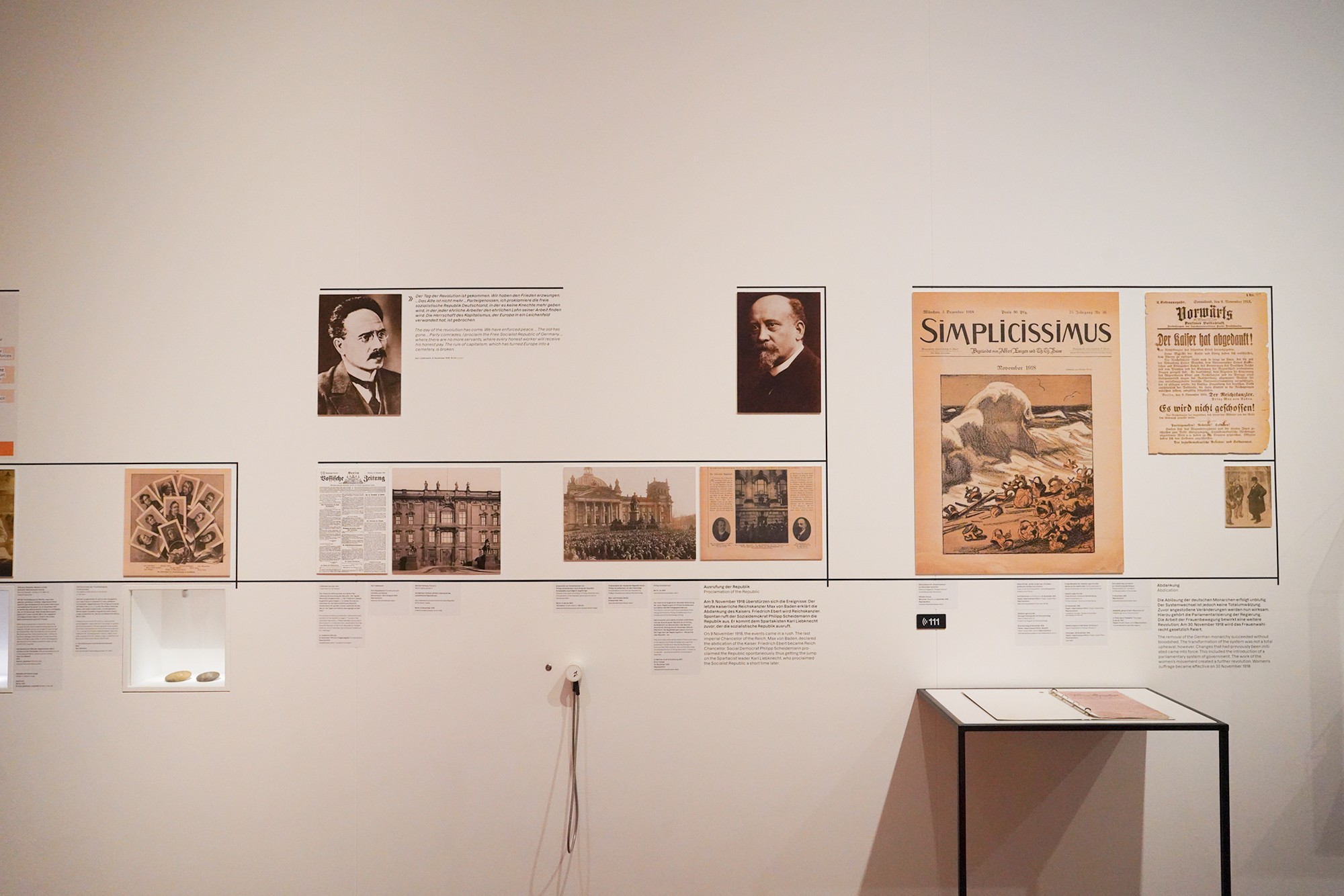
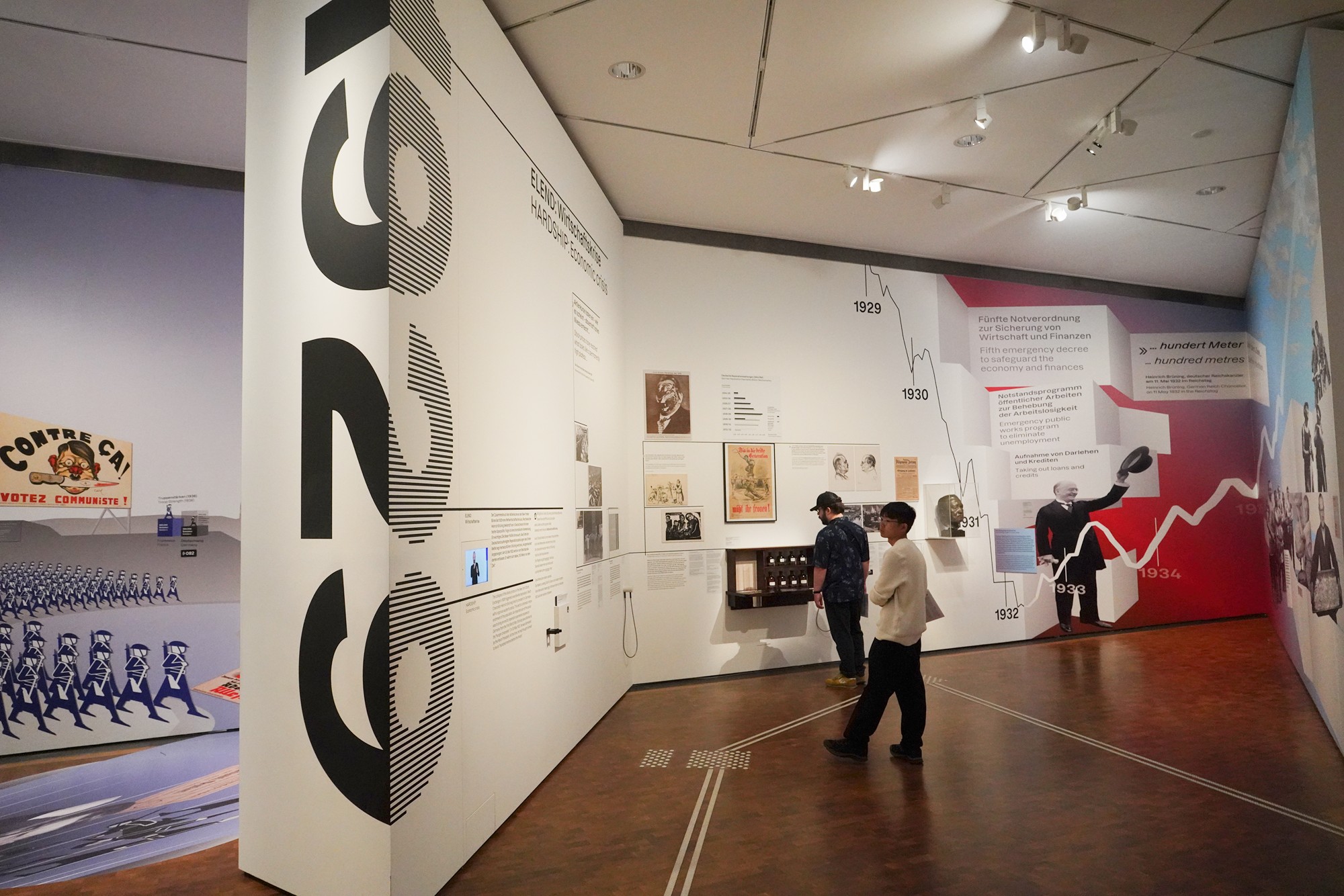
The collapse of share prices in the New York Stock Exchange in October 1929, known as the Wall Street Crash, triggered a global economic crisis known as the Great Depression. This economic downturn had severe consequences for countries around the world, including Germany, which played a significant role in the eventual collapse of the Weimar Republic and the rise of Adolf Hitler and the Nazi Party.
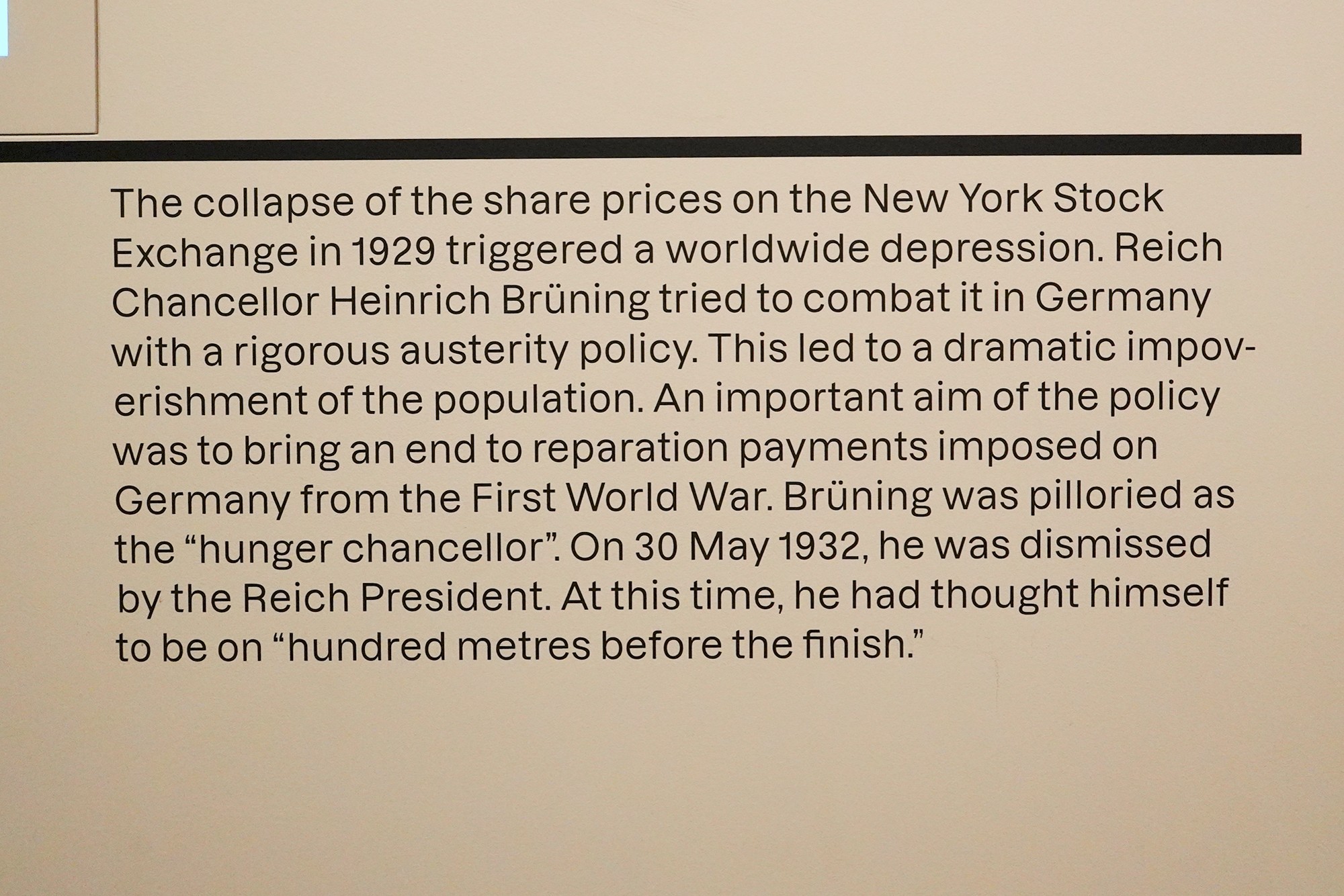
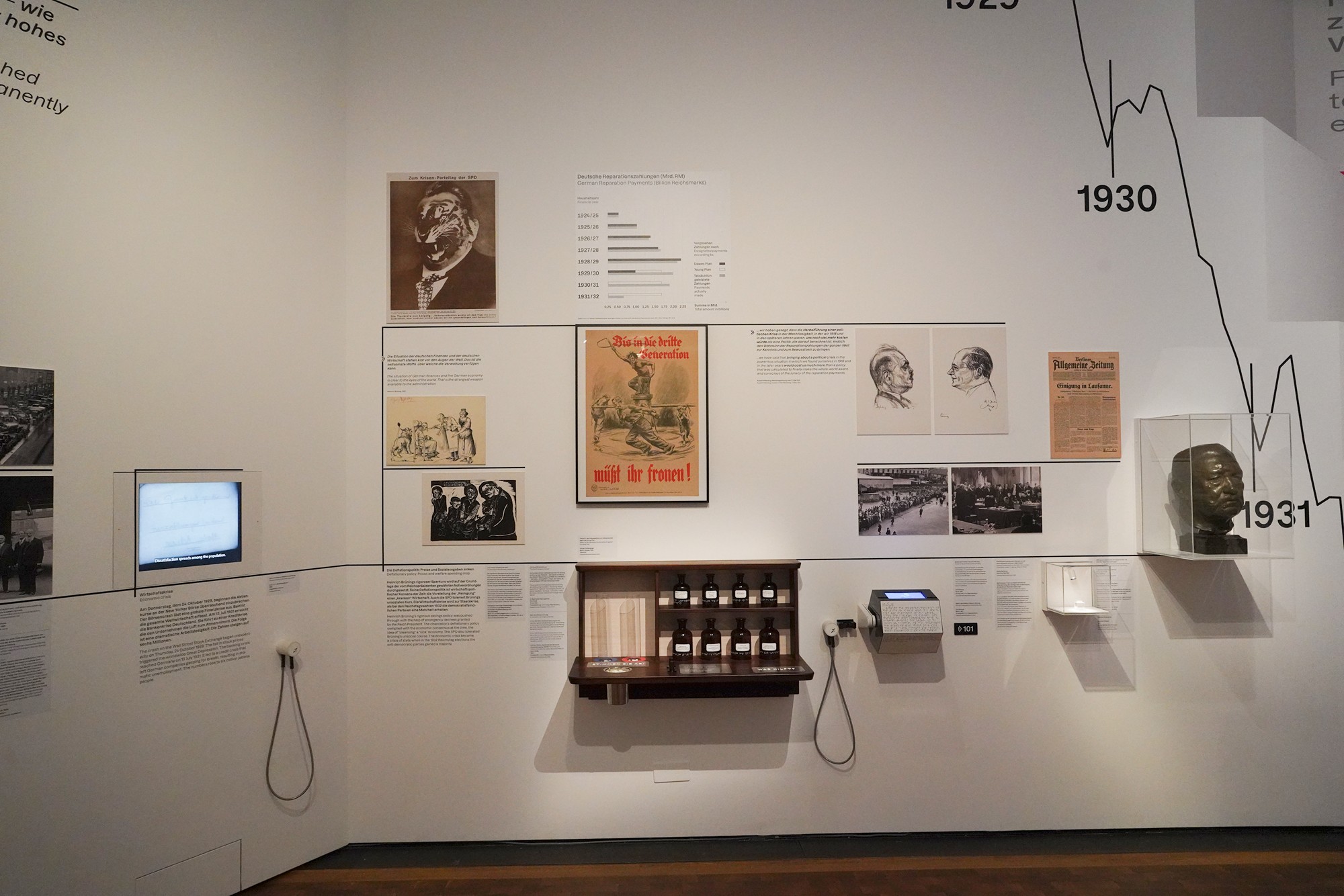
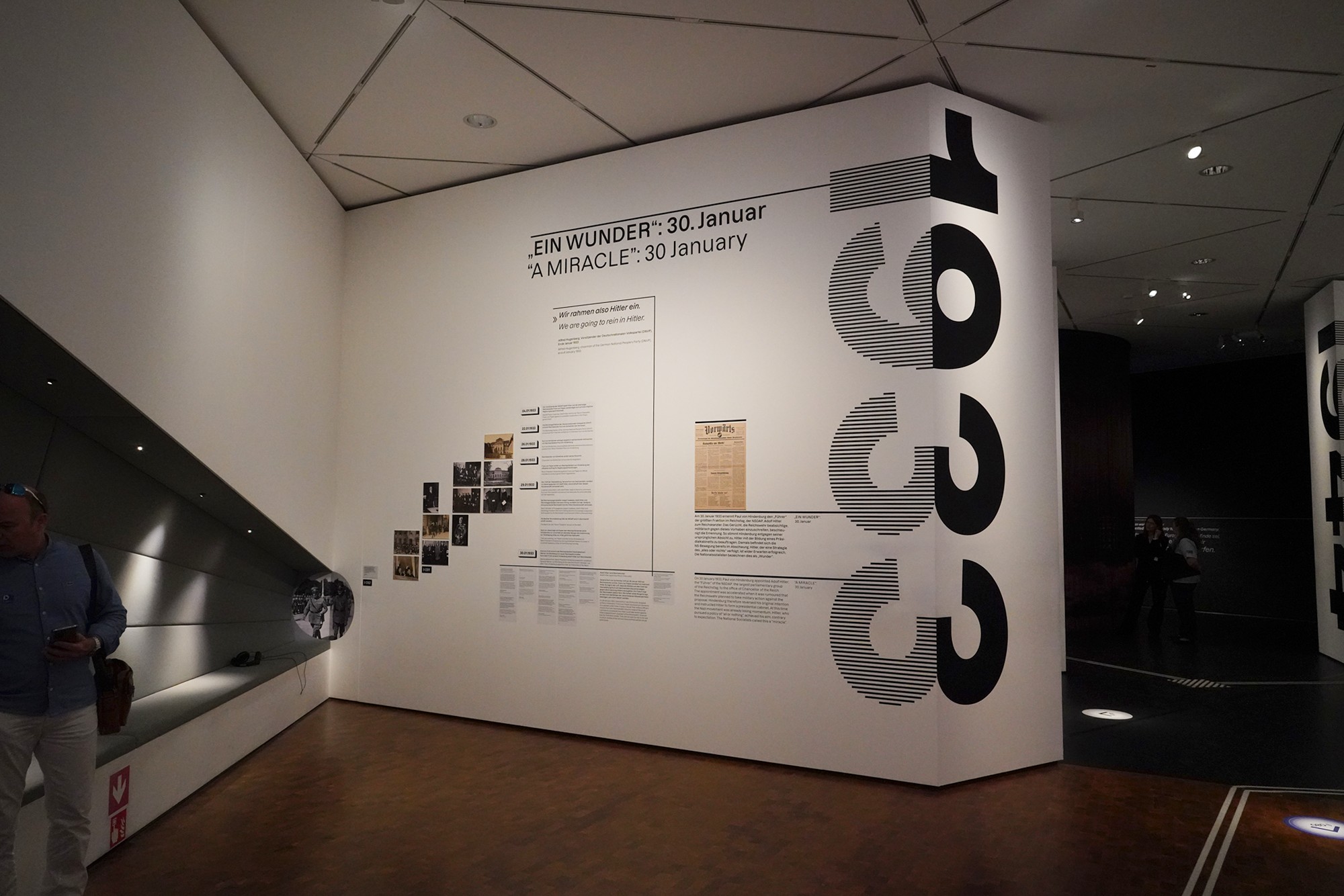
If Hindenburg had not appointed Hitler as chancellor, it is possible that the Nazi Party might have eventually lost momentum, and Germany might have been governed by a conservative or military-led authoritarian regime, or even by a left-wing government.
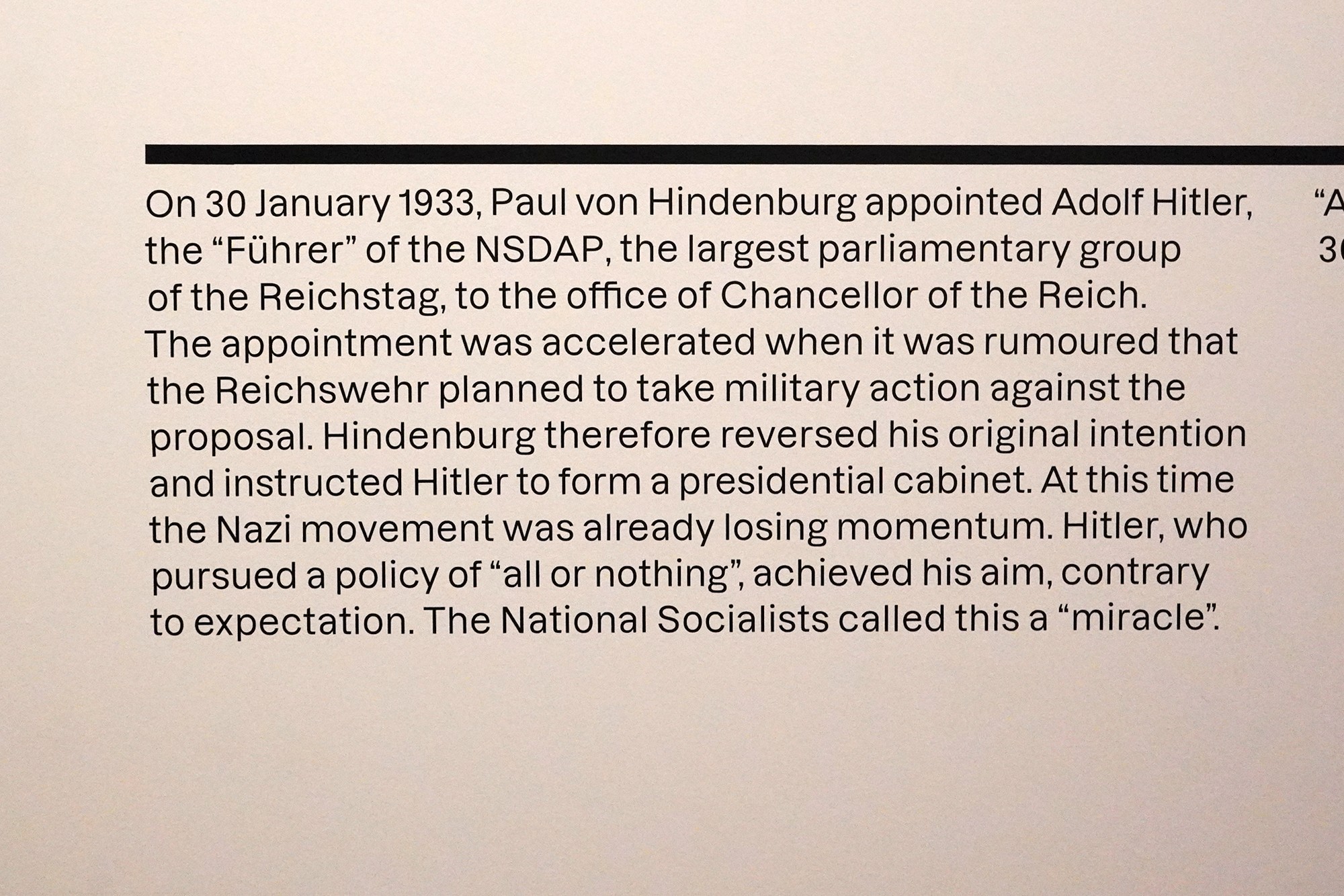
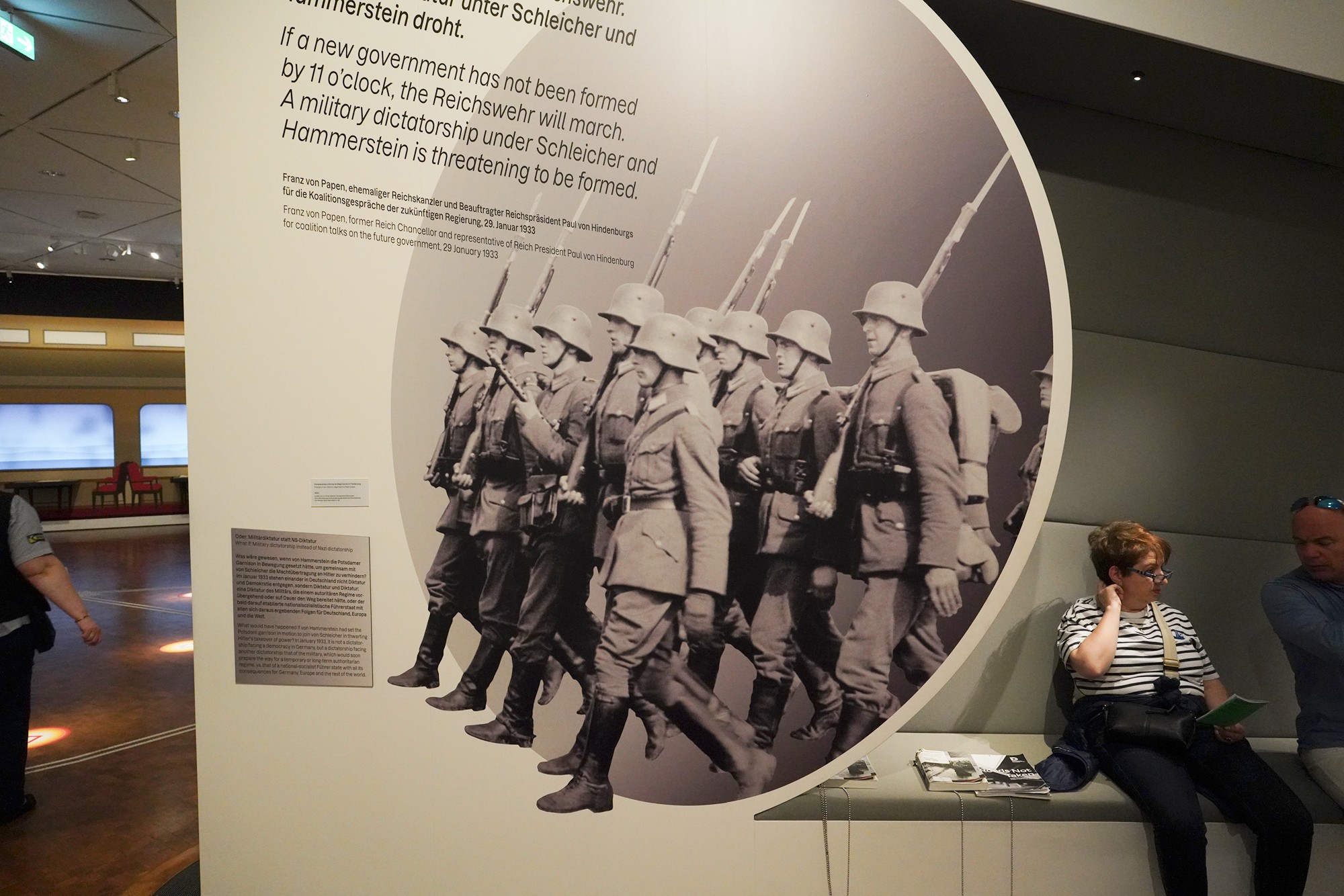
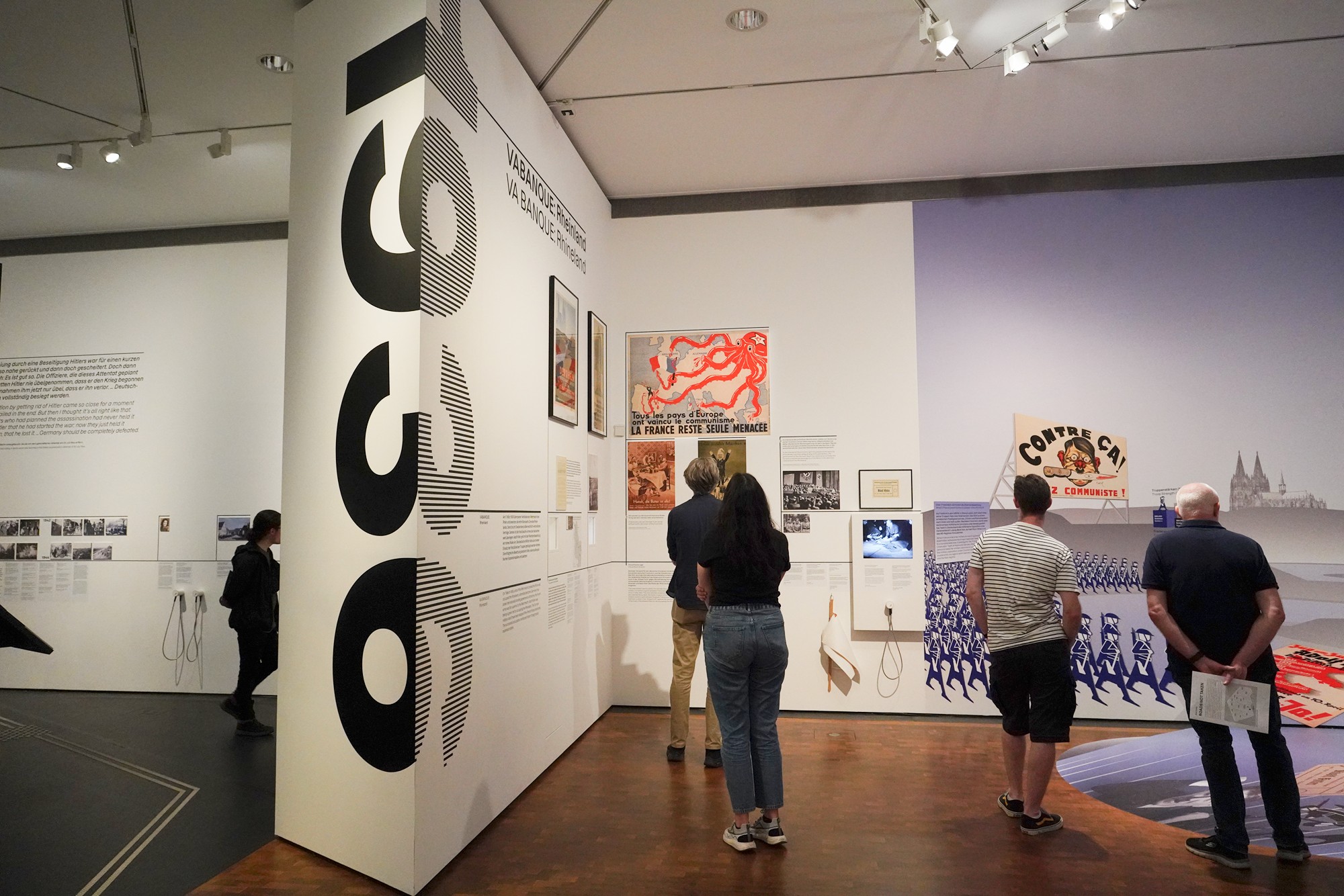
If France had mobilized its army to prevent the remilitarization of the Rhineland, the outcome could have dramatically altered the course of European history.
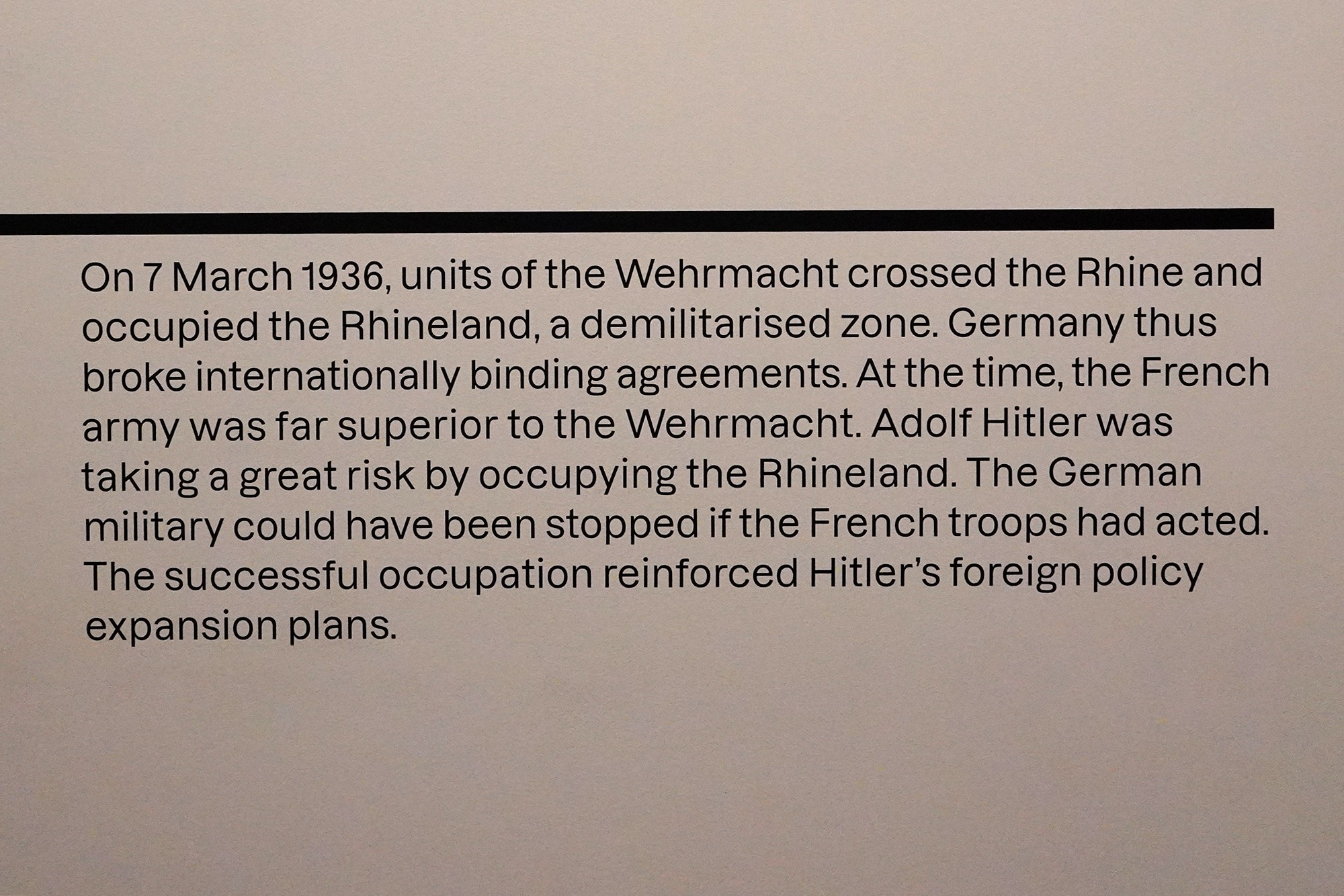
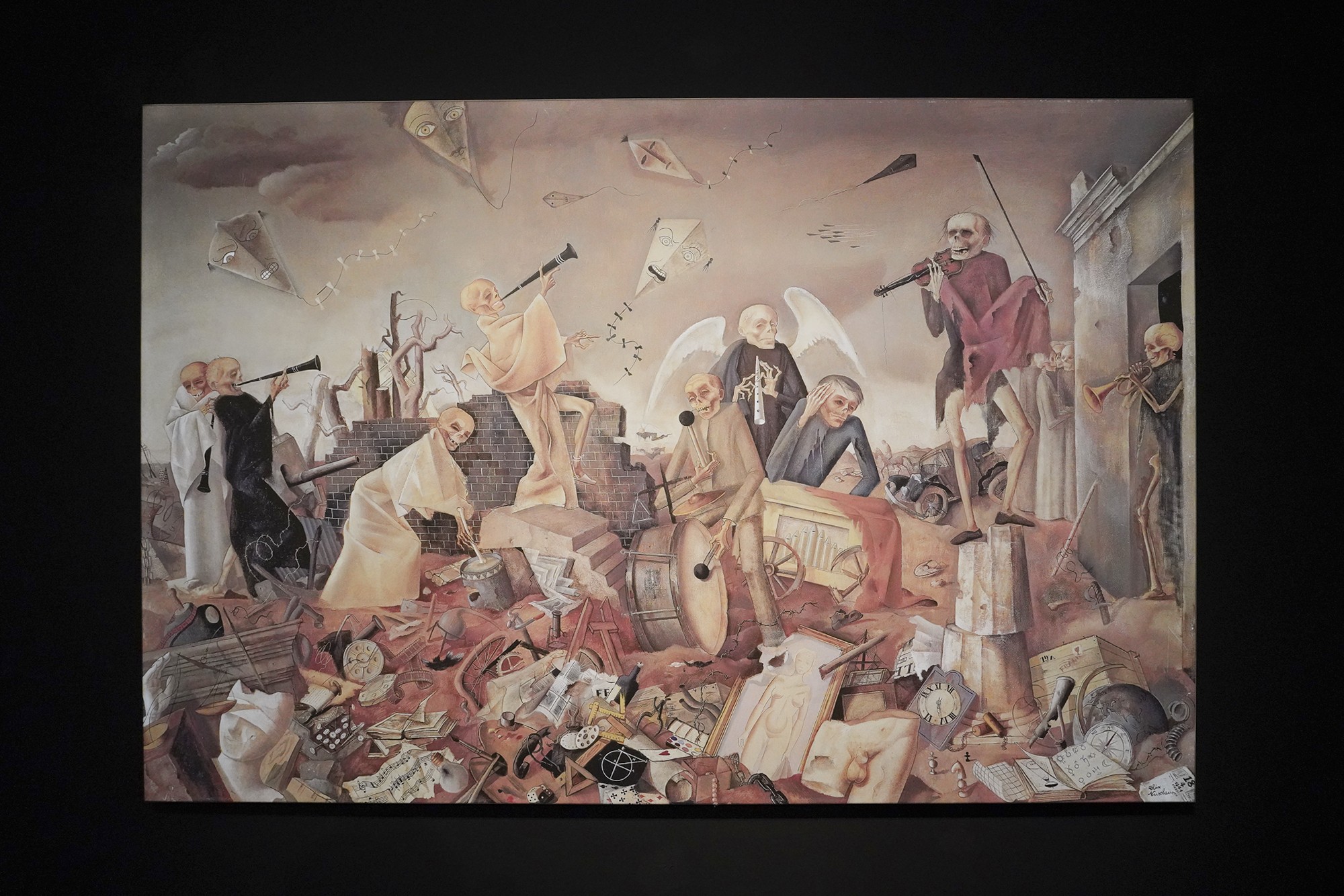
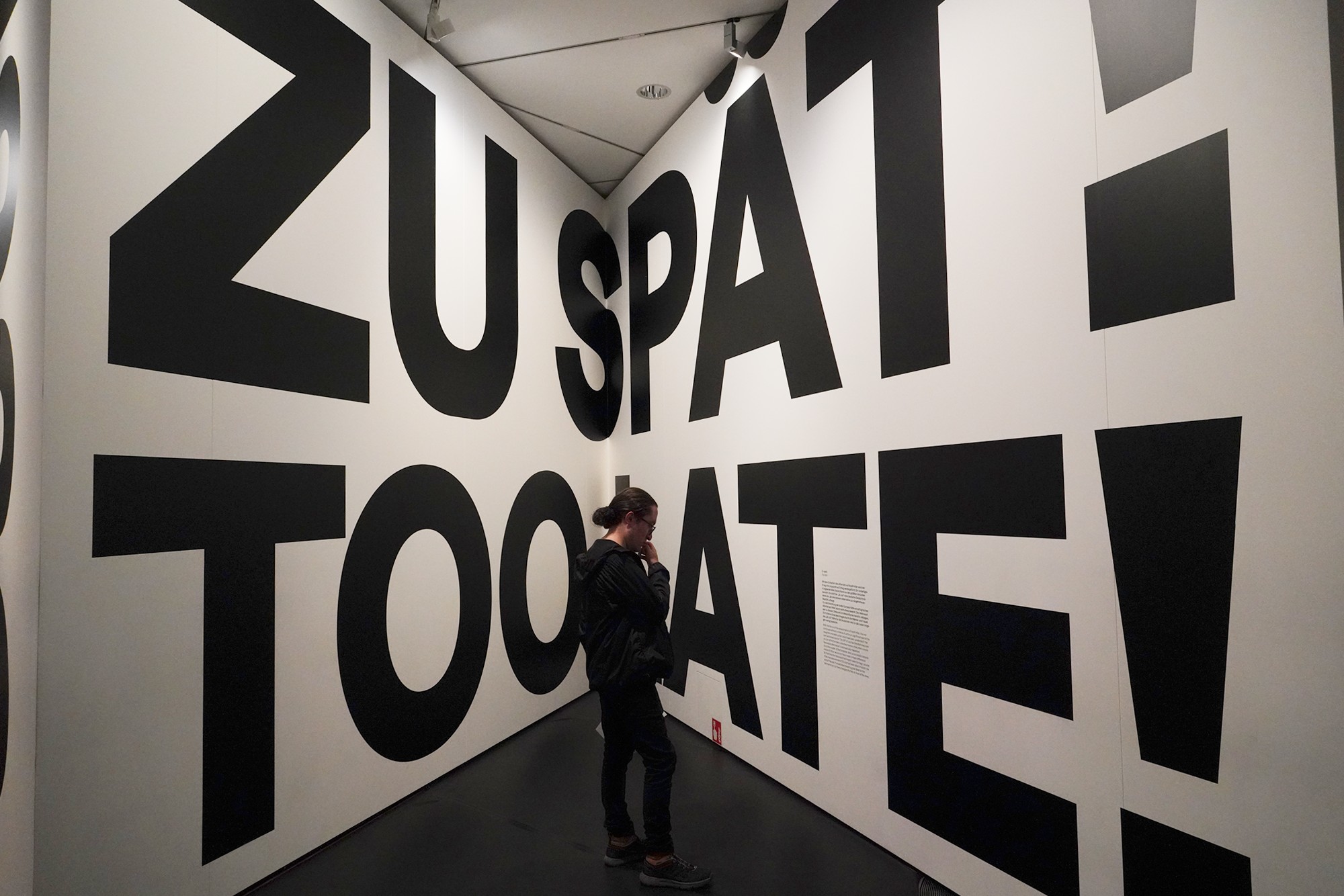
There was an assassination attempt on Hitler was the July 20, 1944 plot, also known as Operation Valkyrie. It was led by high-ranking German military officers, including Colonel Claus von Stauffenberg, who sought to kill Hitler and overthrow the Nazi regime in a coup.
But it failed.
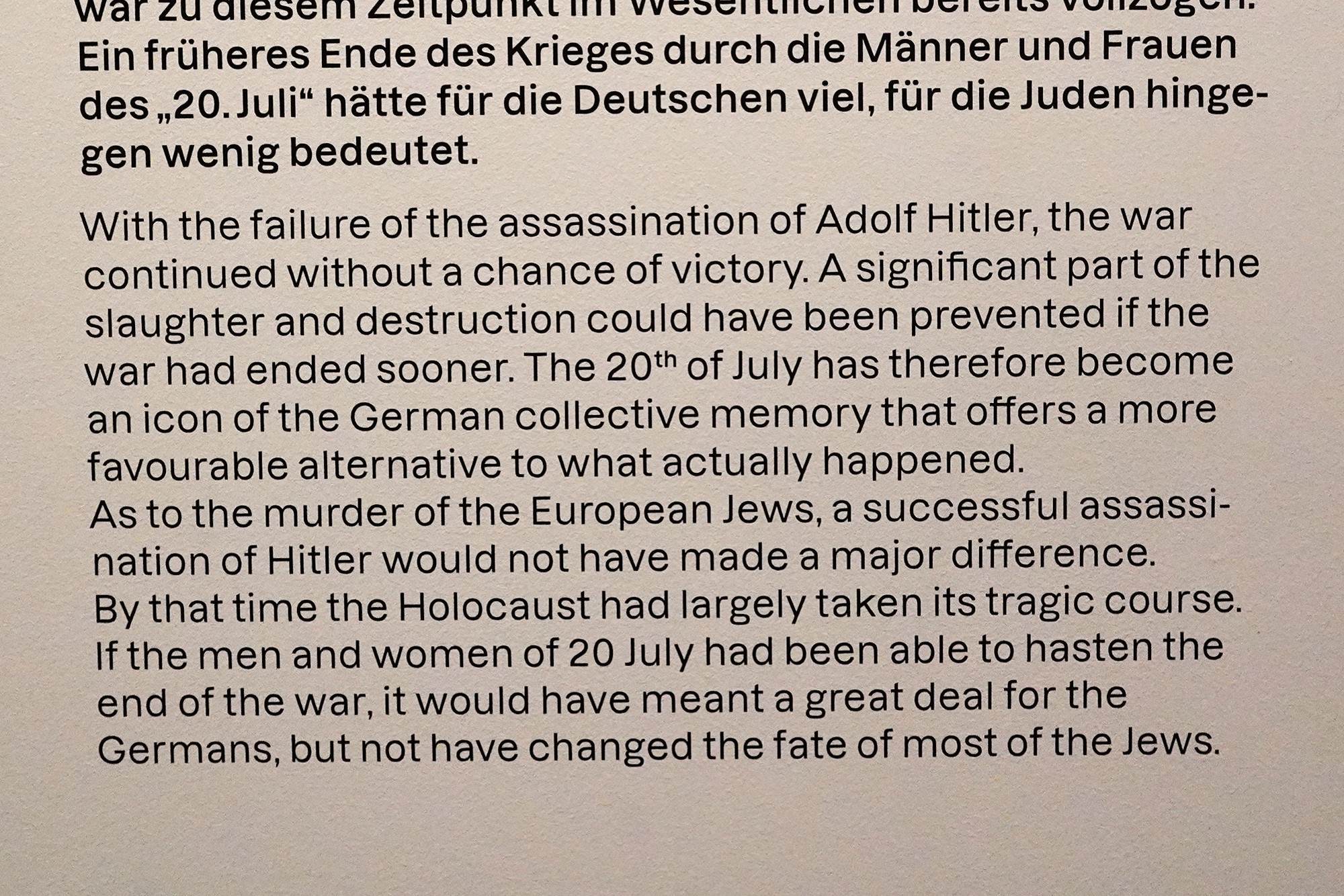
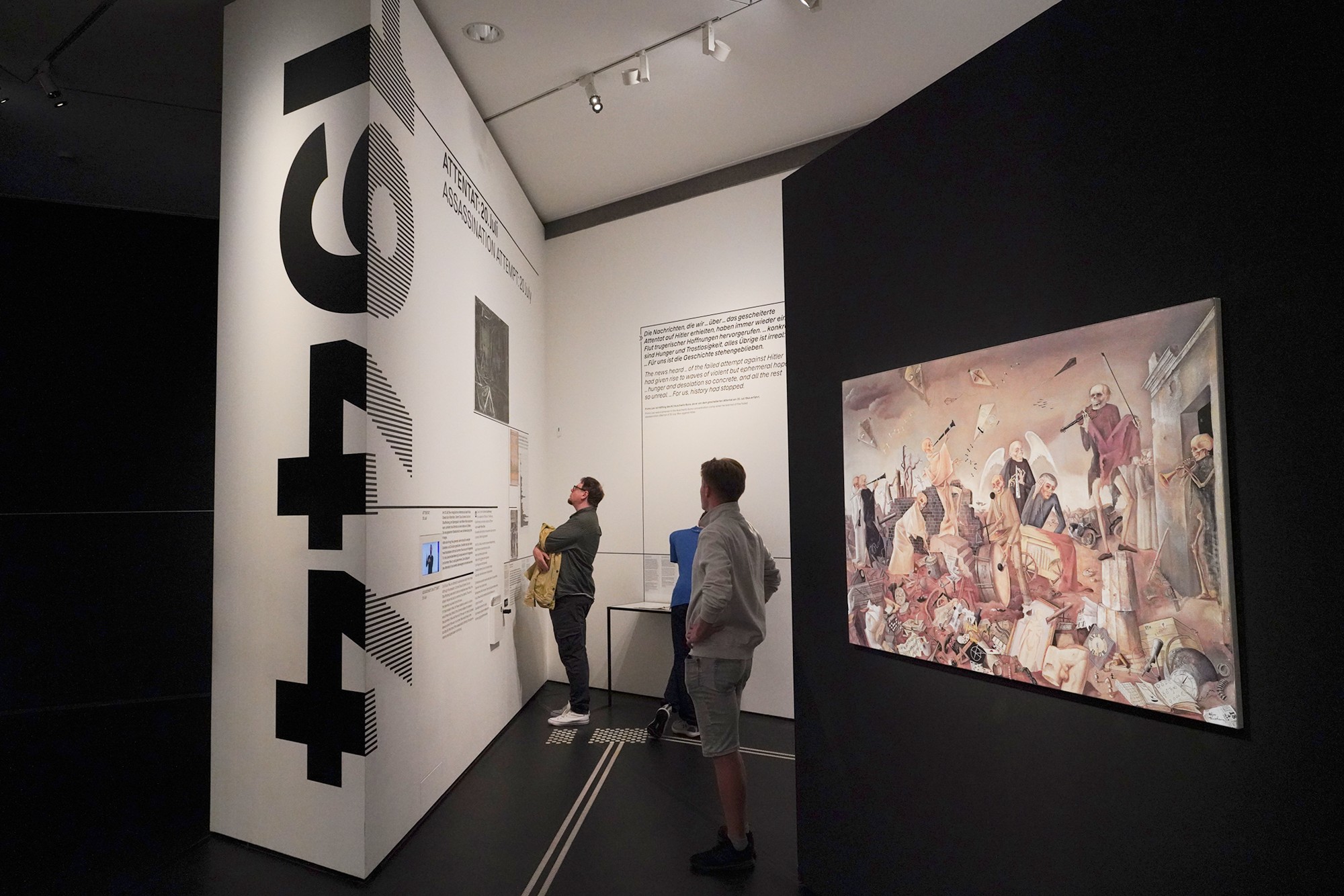
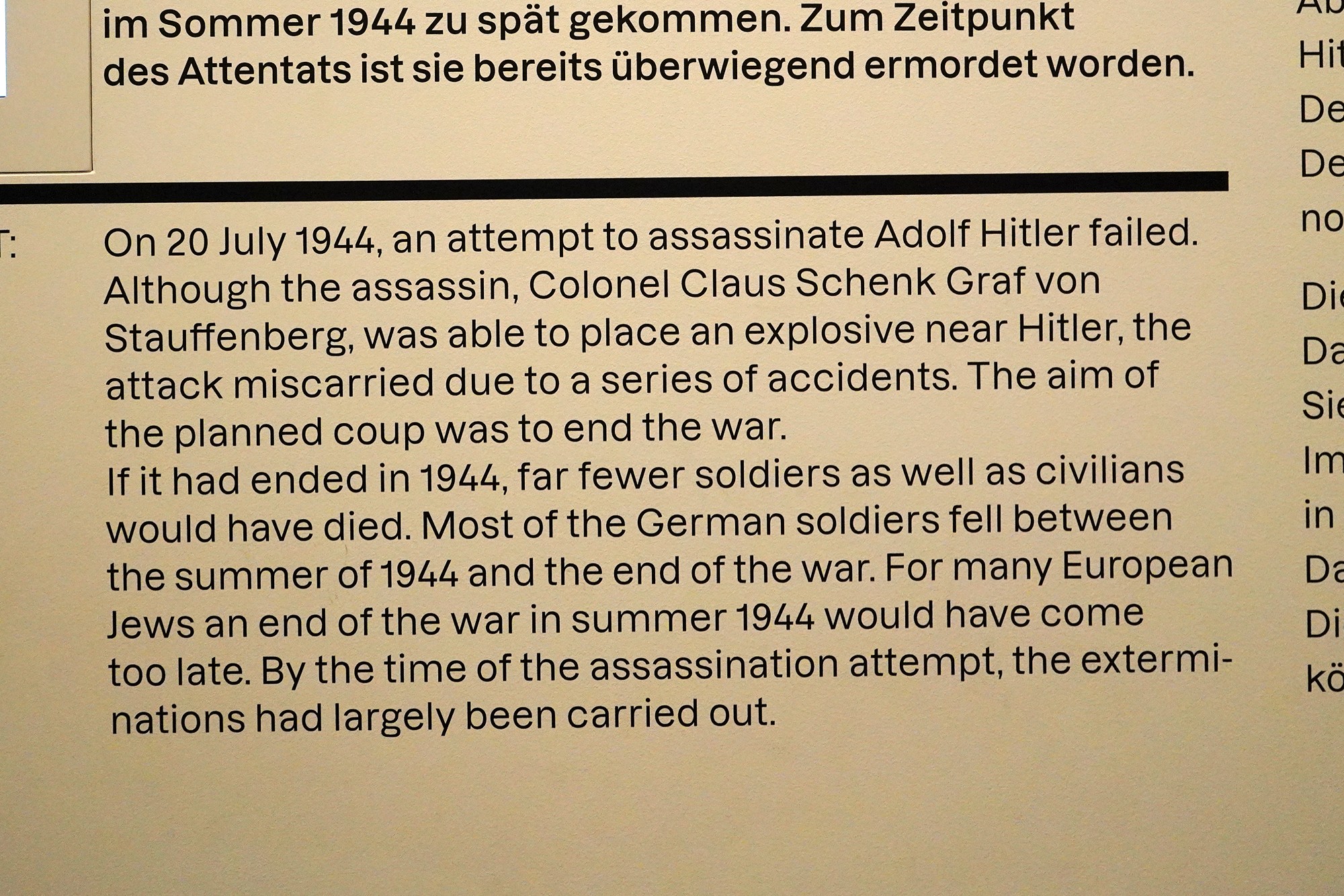
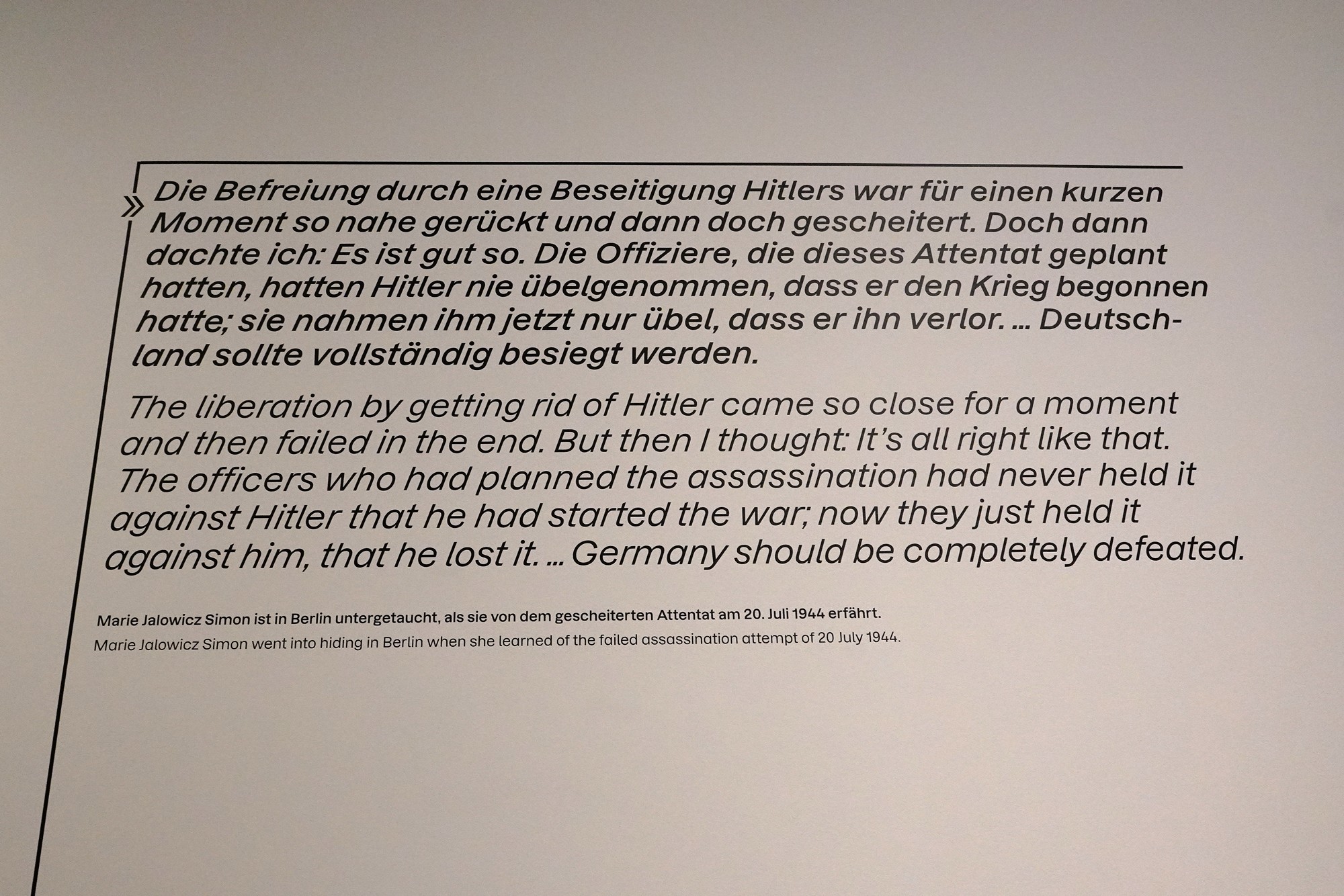
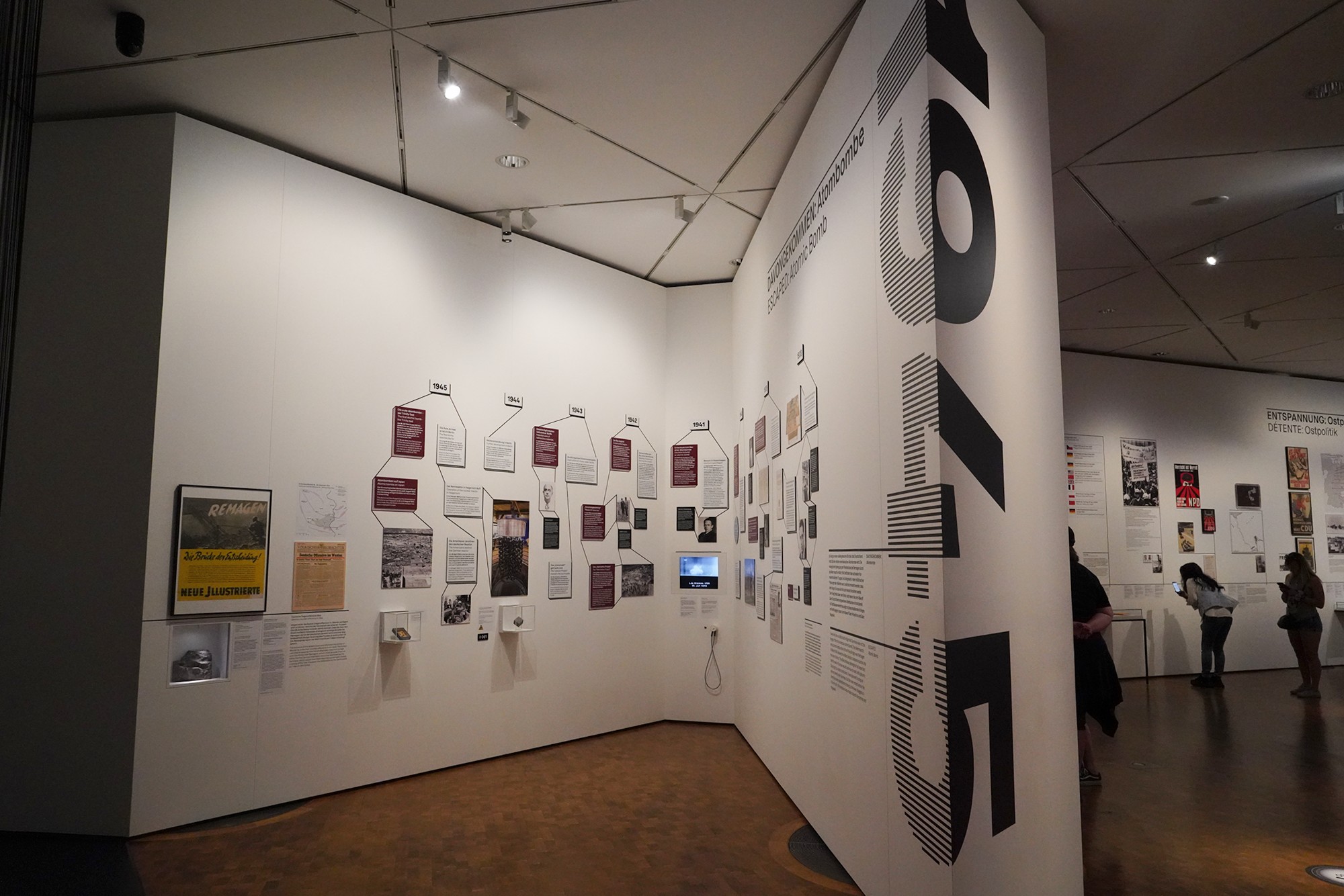
Dropping the atomic bomb on Germany was planned, but the war with Germany ended before the bomb was built.
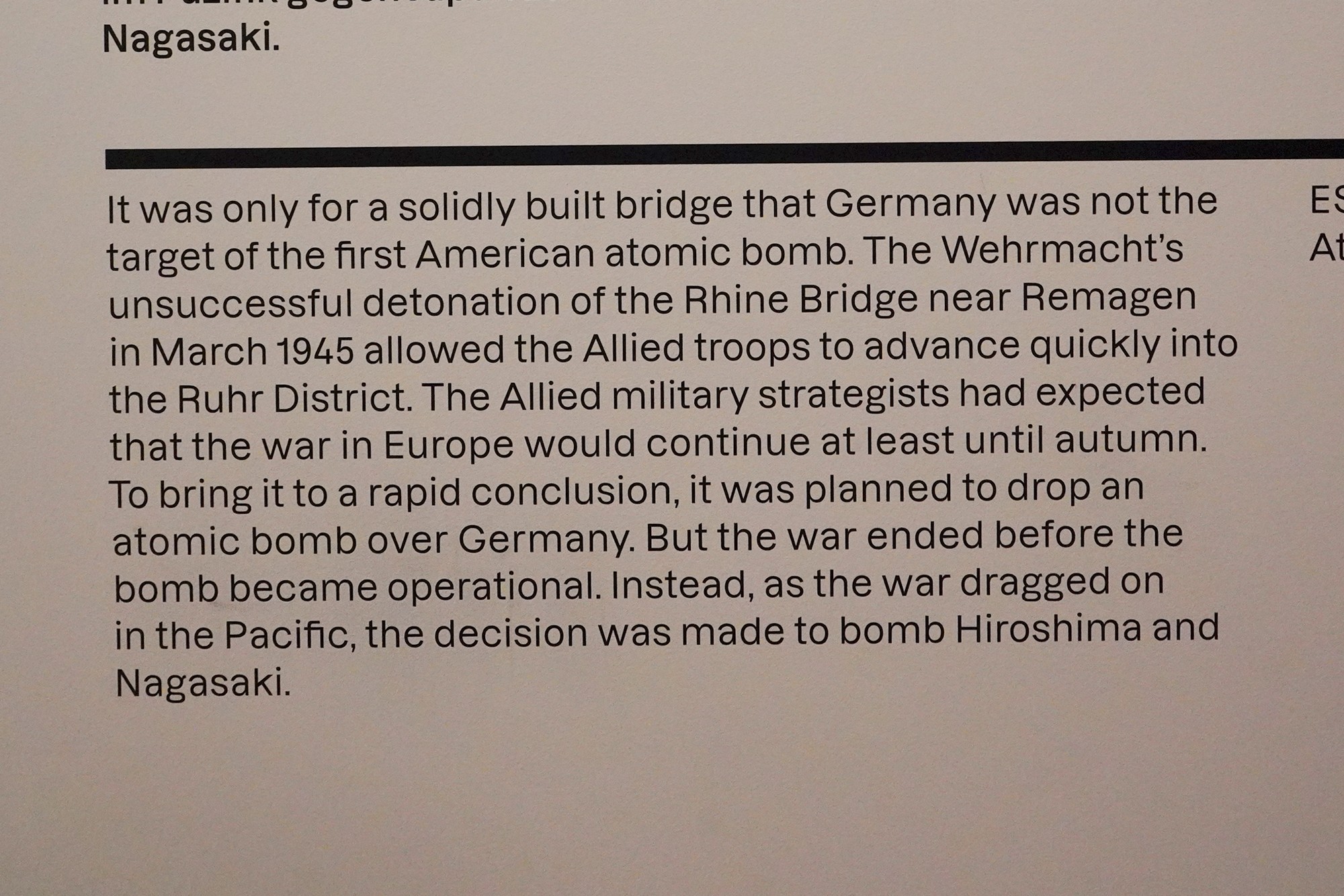
Germany was also worked on the atomic bomb. What if it built the bomb first?
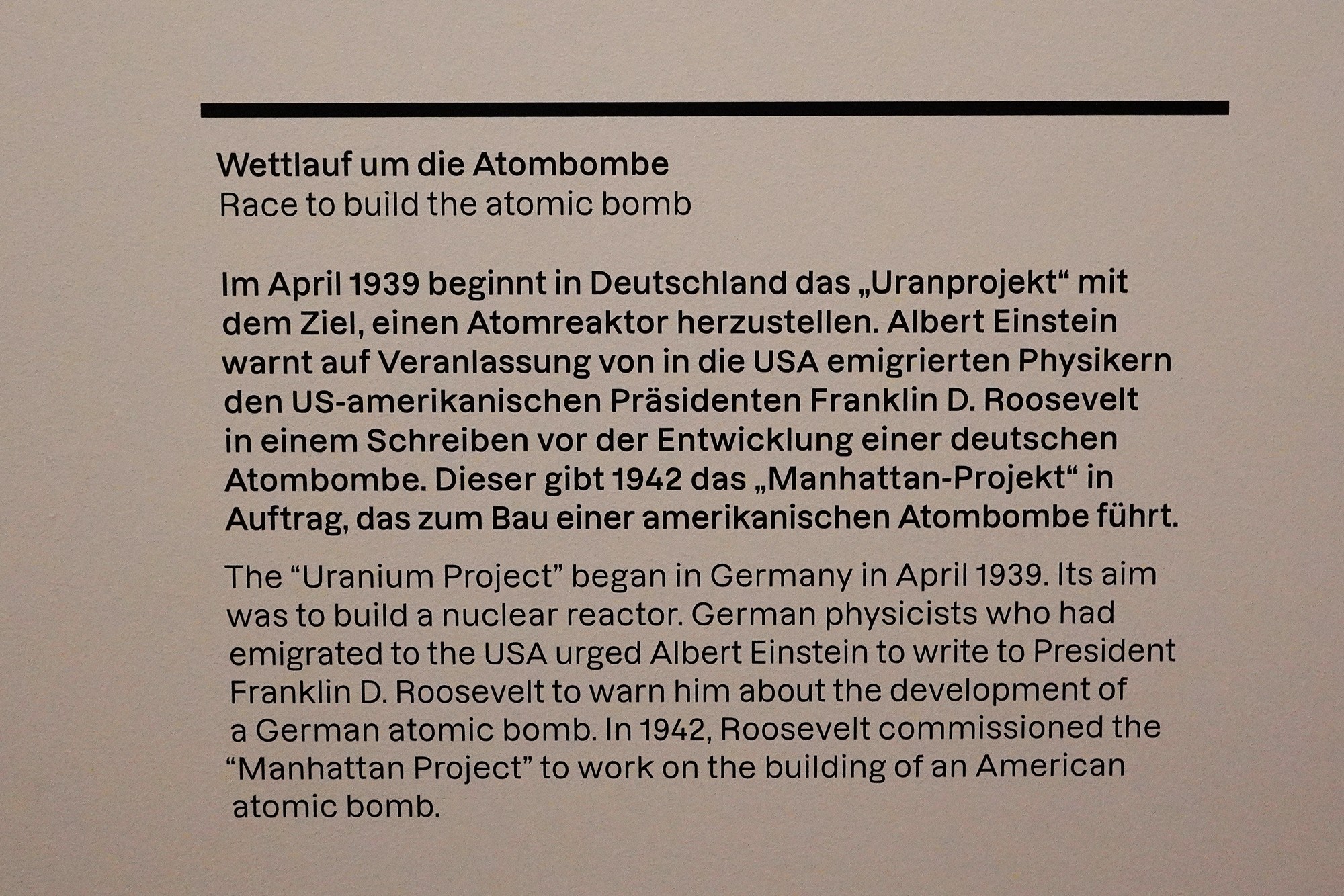
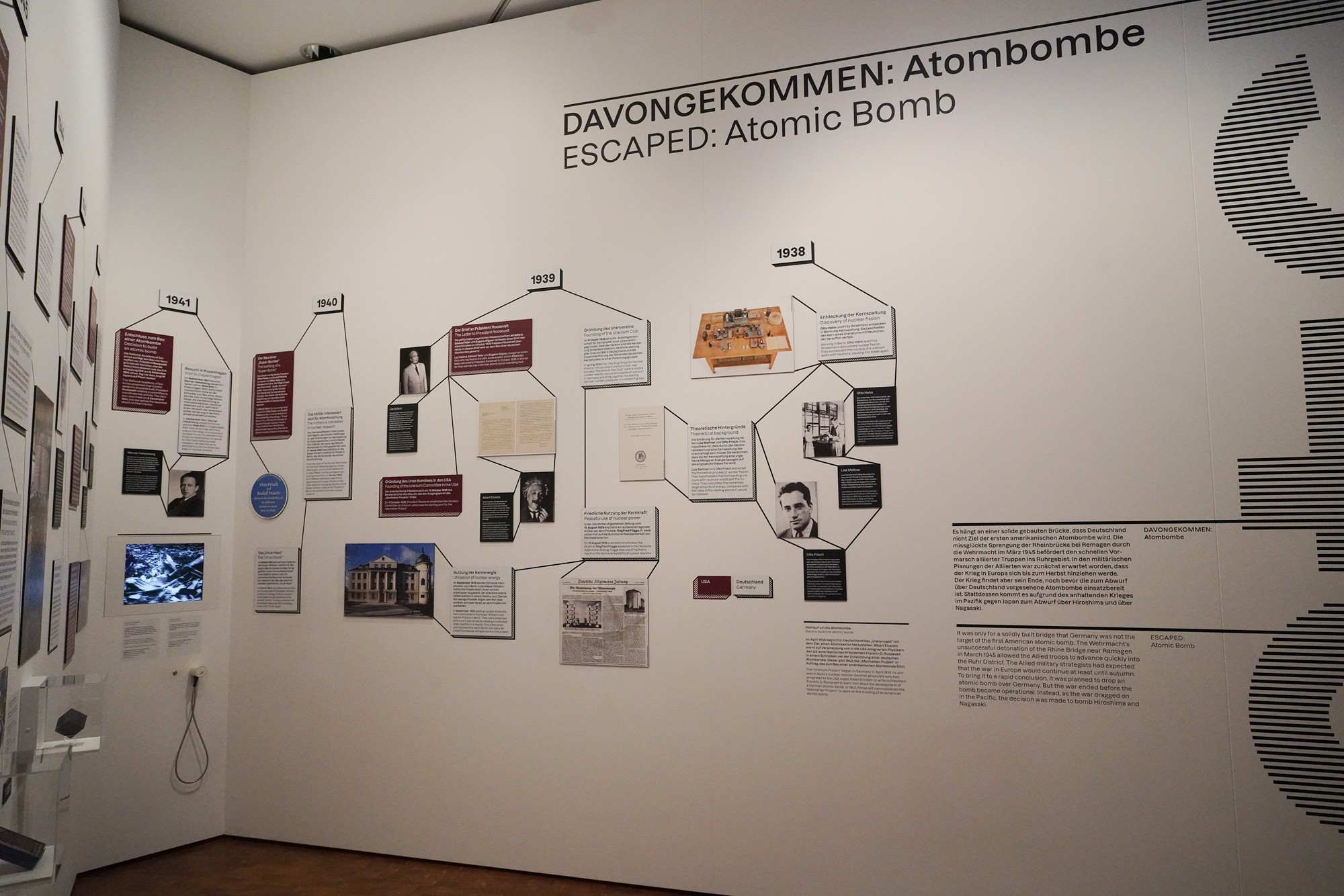
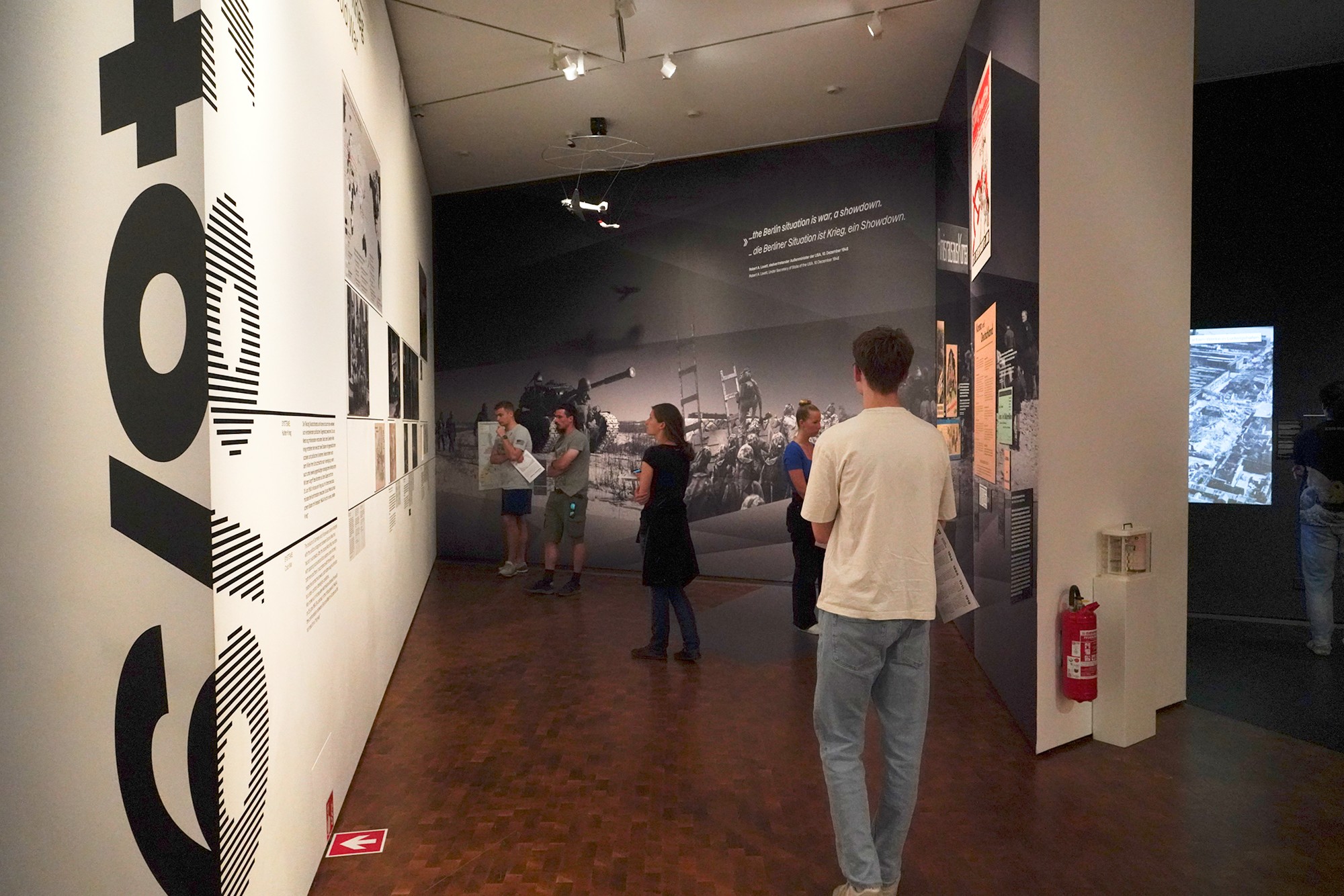
Korea and Germany are two countries divided by WWII with different outcomes.
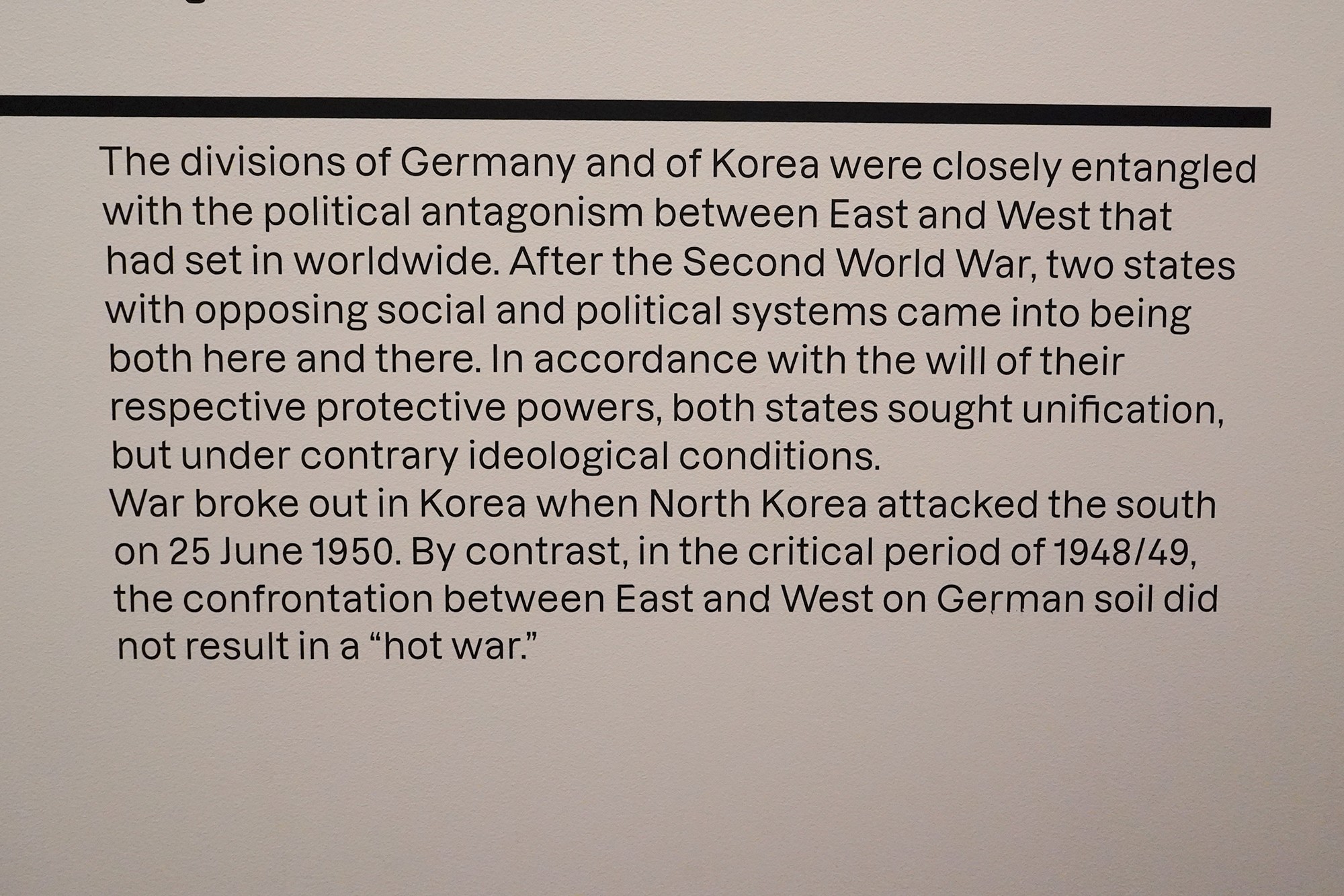
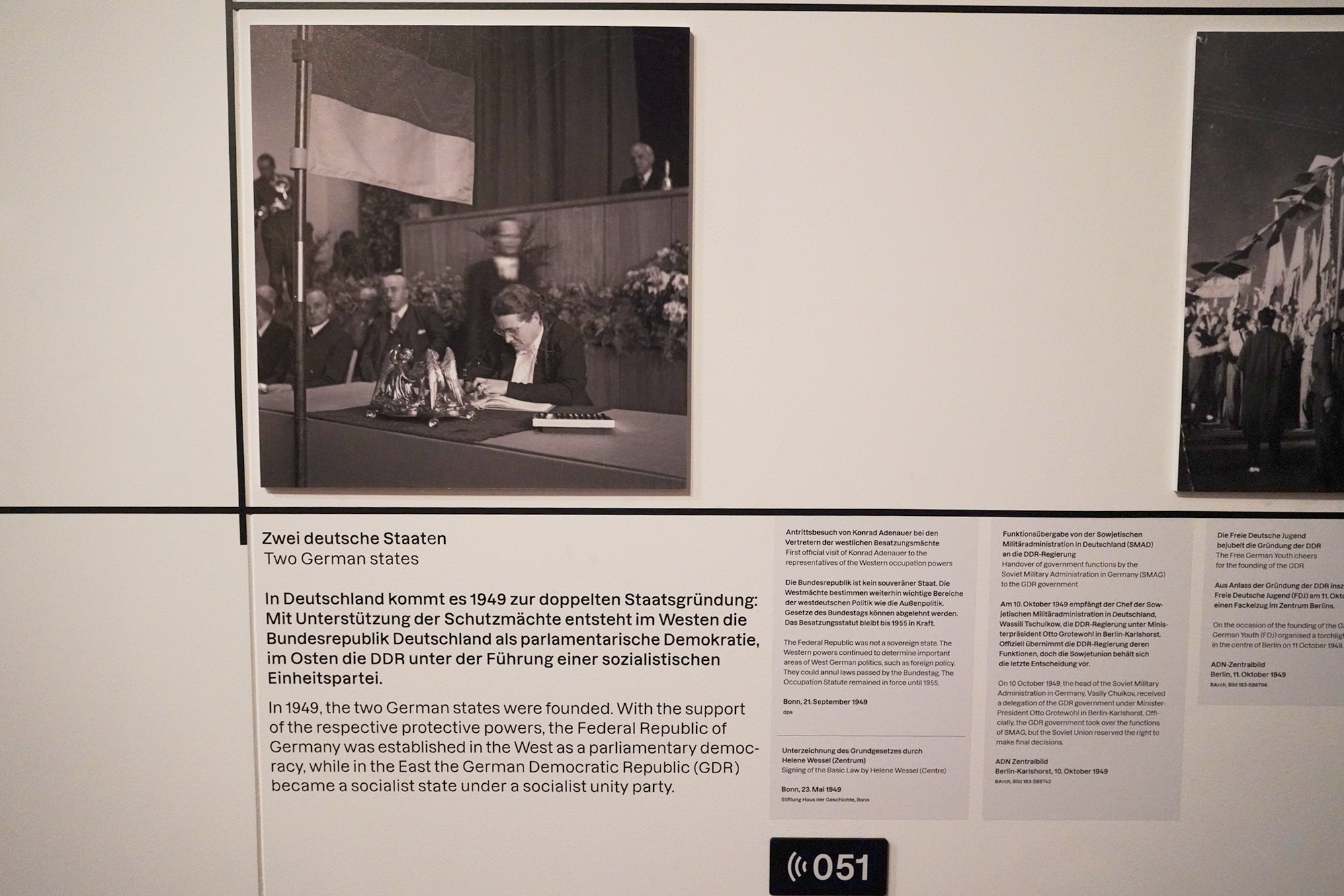
In Germany, war was avoided because both the USA and Soviet Union armed heavily to protect their side in Germany. In Korea, by contrast, the USA withdrew from South Korea.
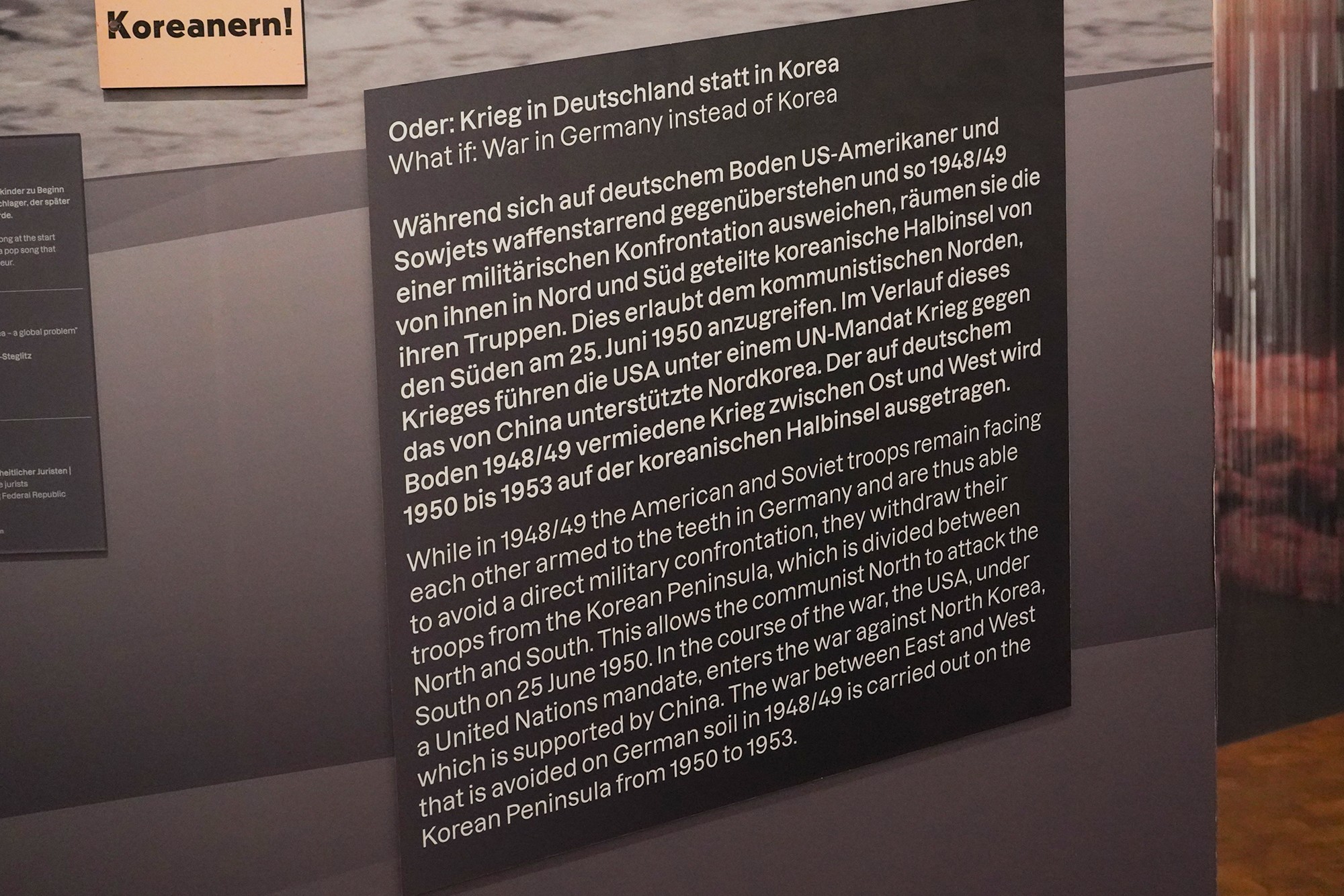
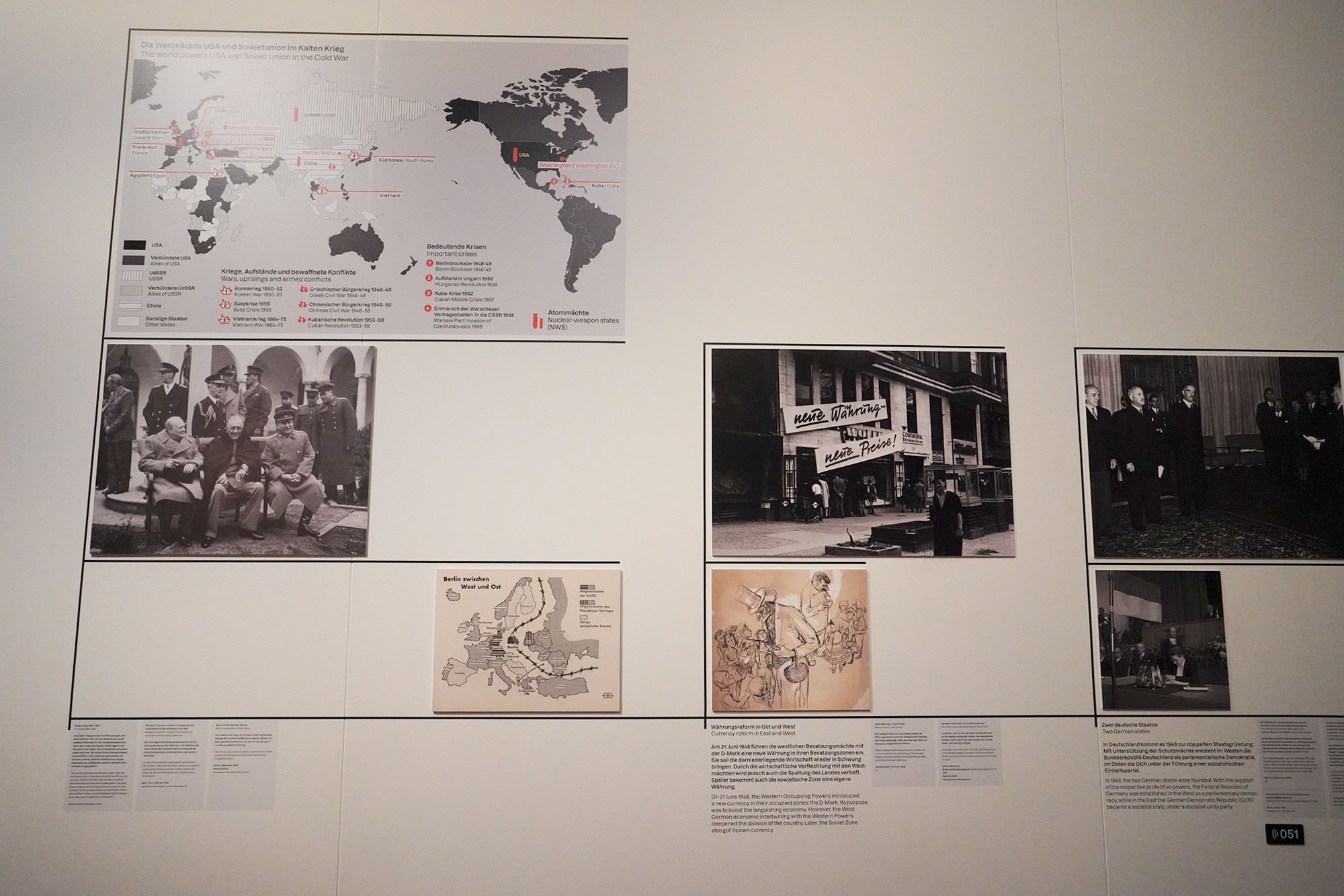
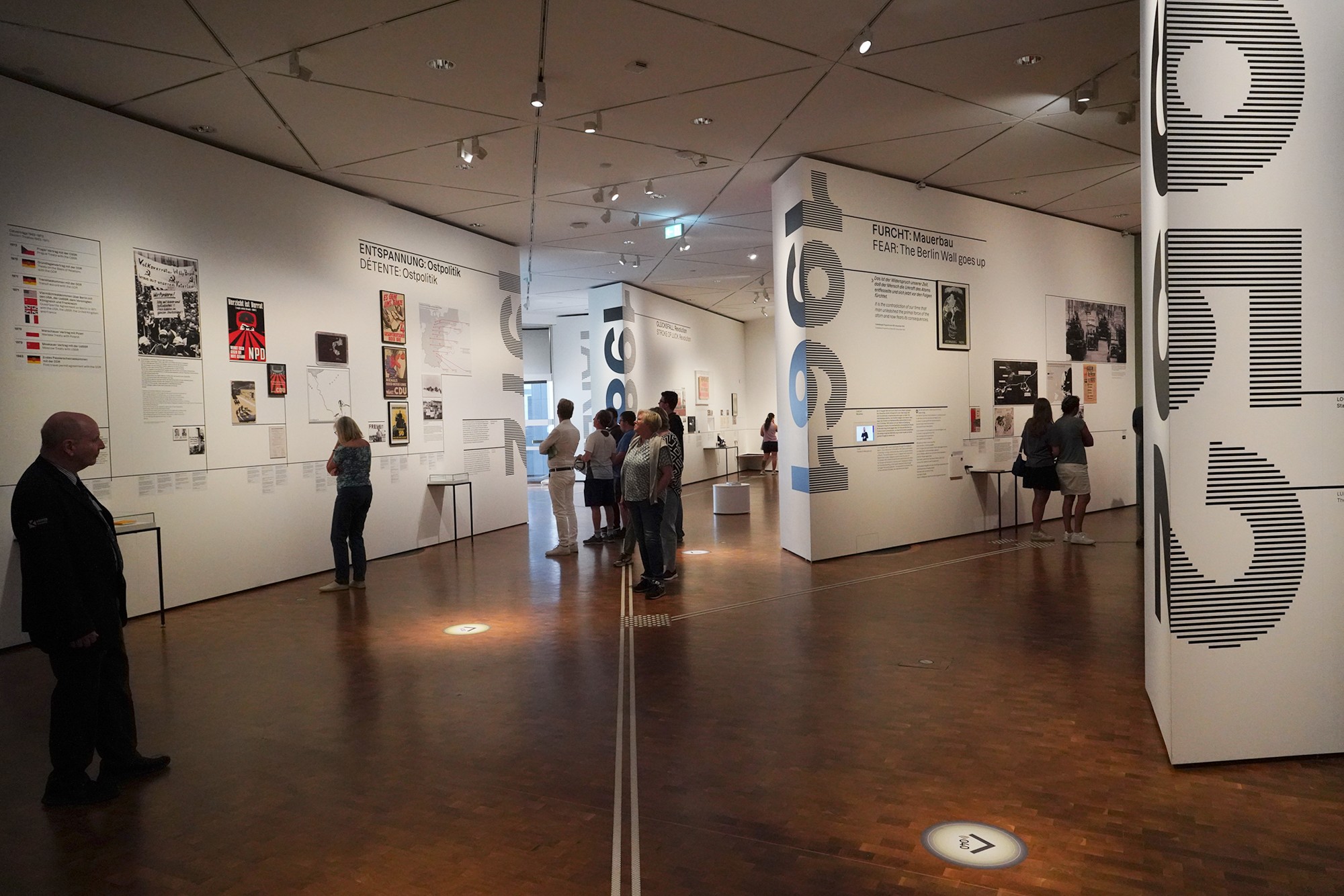
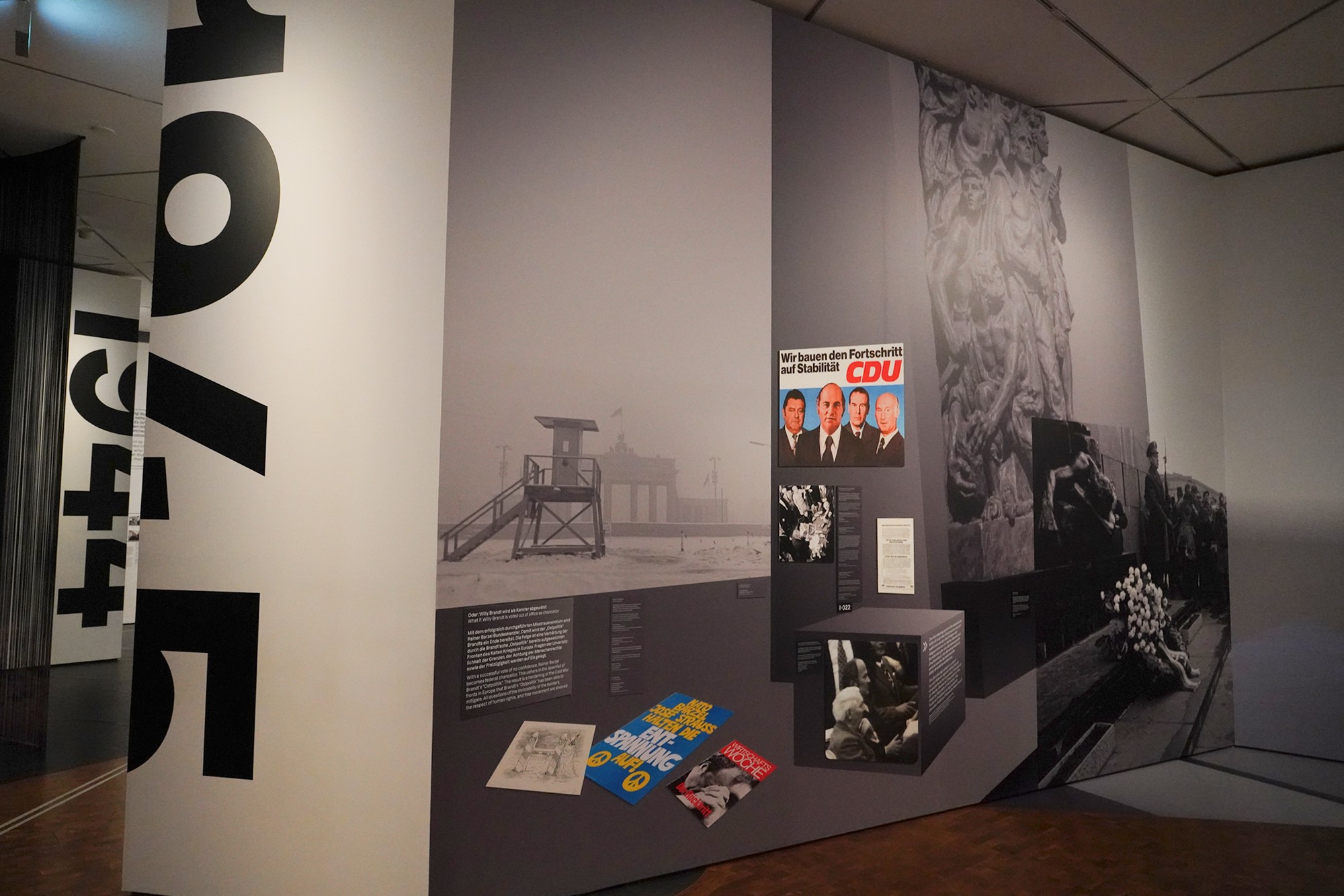
Willy Brandt served as the Chancellor of West Germany from 1969 to 1974 and was known for his groundbreaking foreign policy initiatives, particularly his Ostpolitik (“Eastern Policy”). Ostpolitik aimed to improve relations between West Germany and the Soviet bloc countries, including East Germany, and reduce Cold War tensions. Brandt’s efforts to foster reconciliation with East Germany and Eastern Europe earned him the Nobel Peace Prize in 1971.
However, Willy Brandt was forced to resign from his position in 1974 due to a scandal.
And the story of “what if’ continues
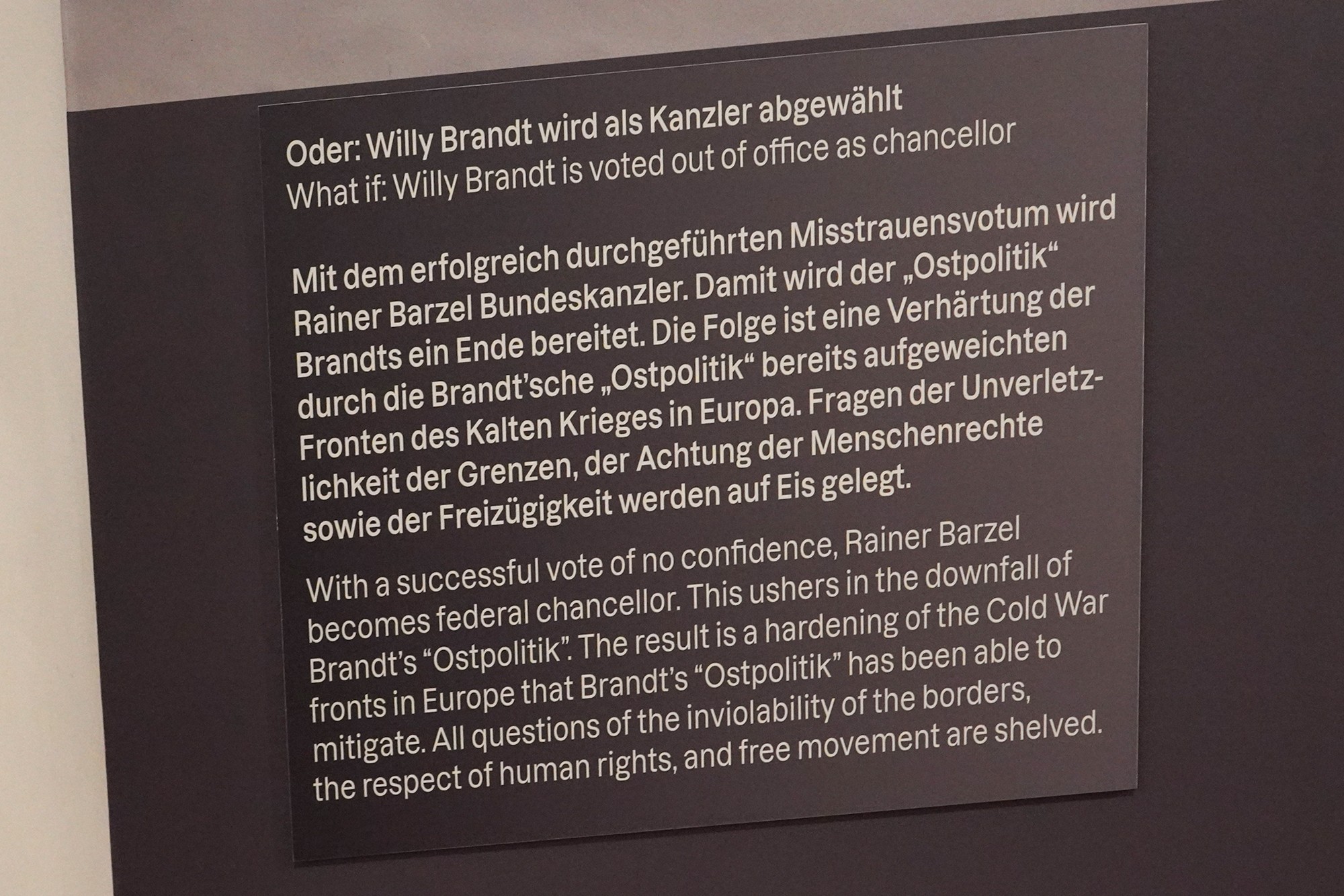
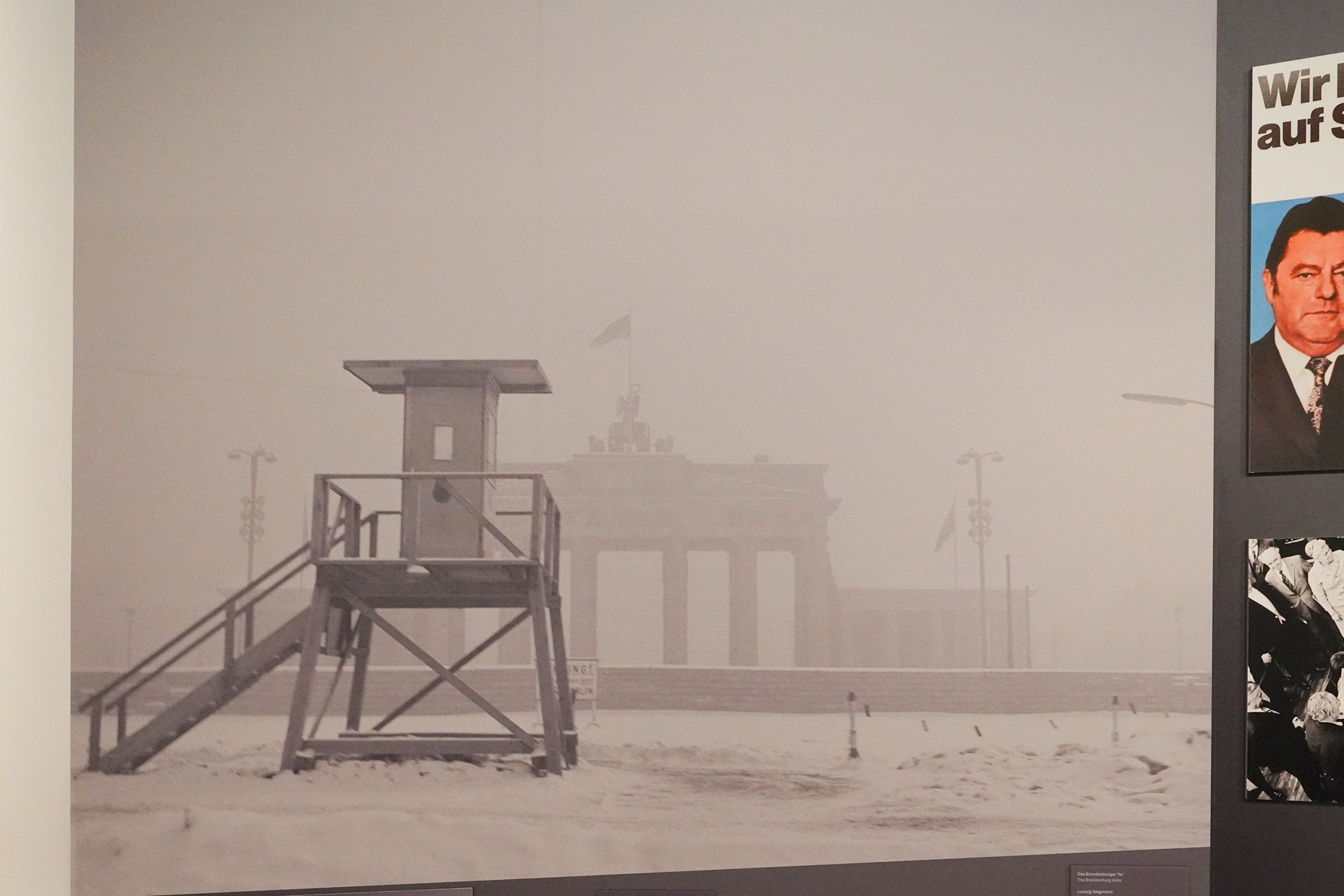
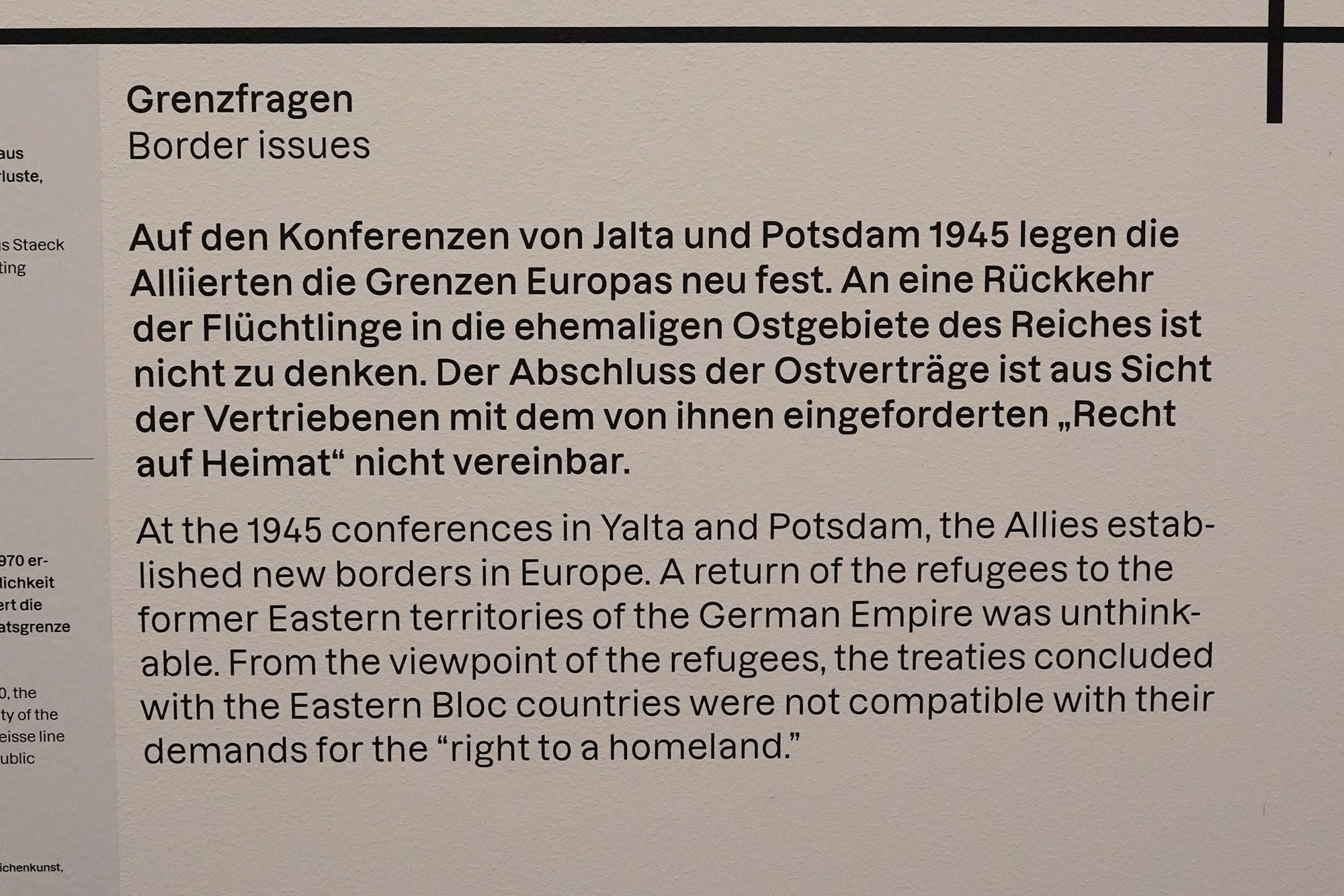
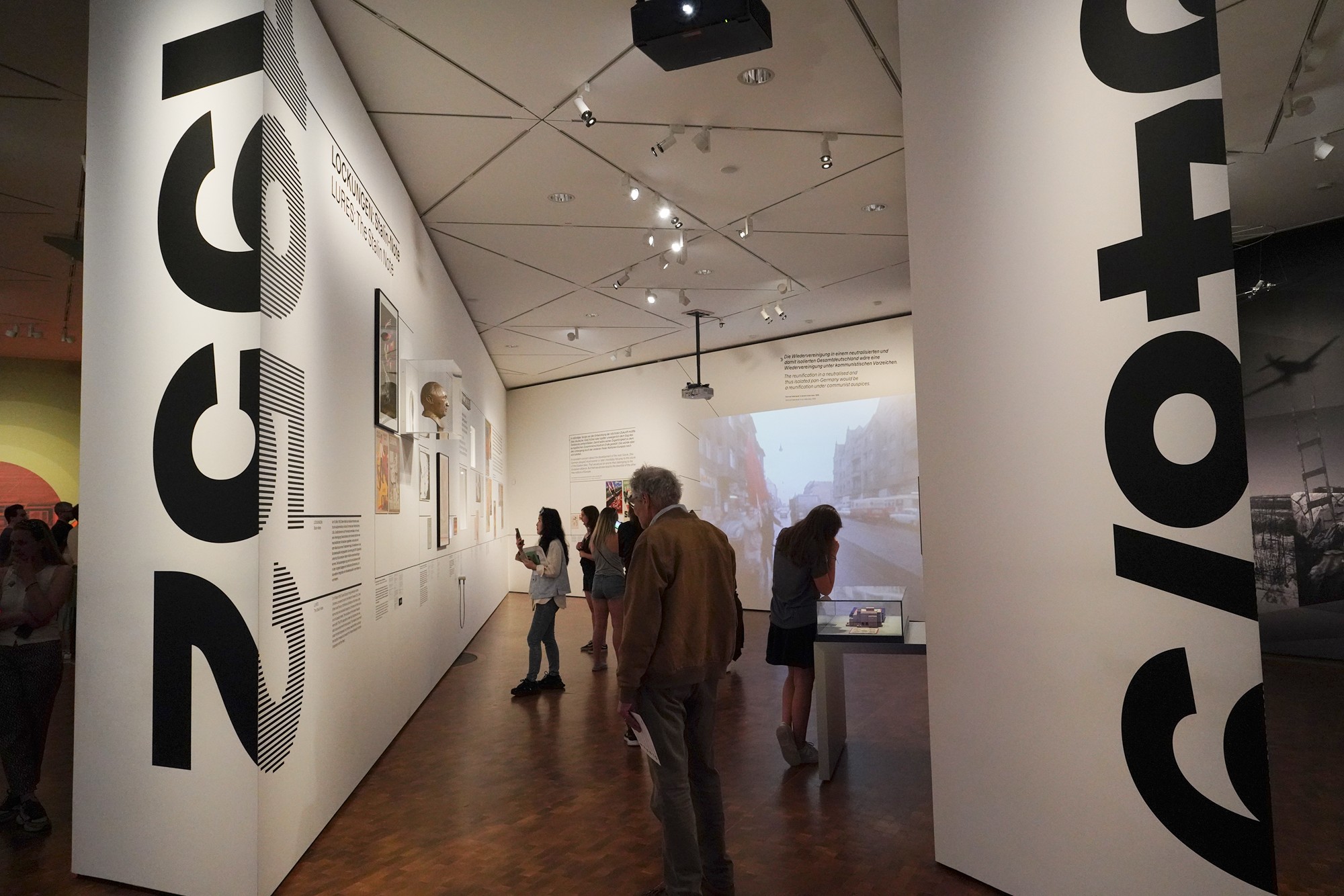
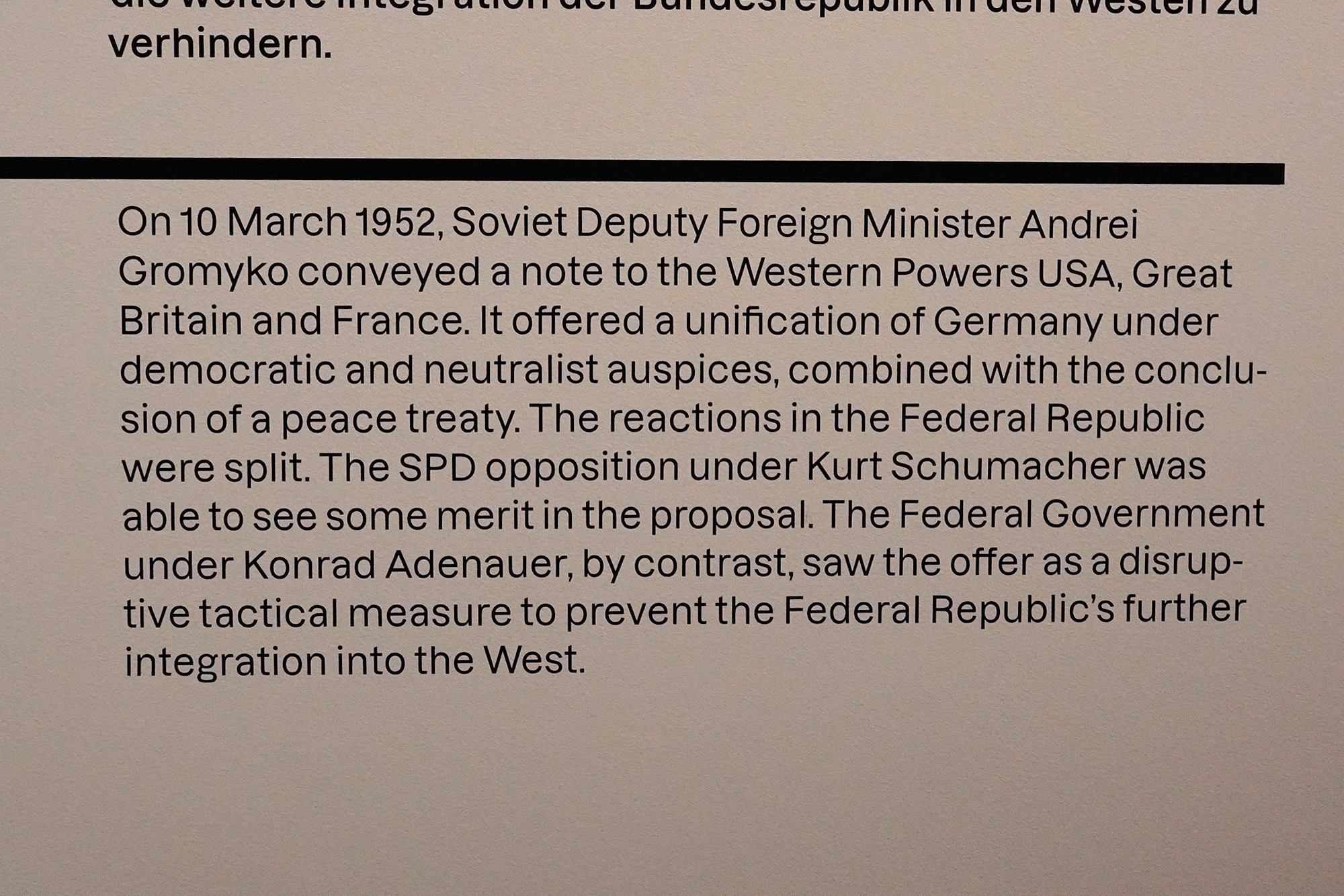
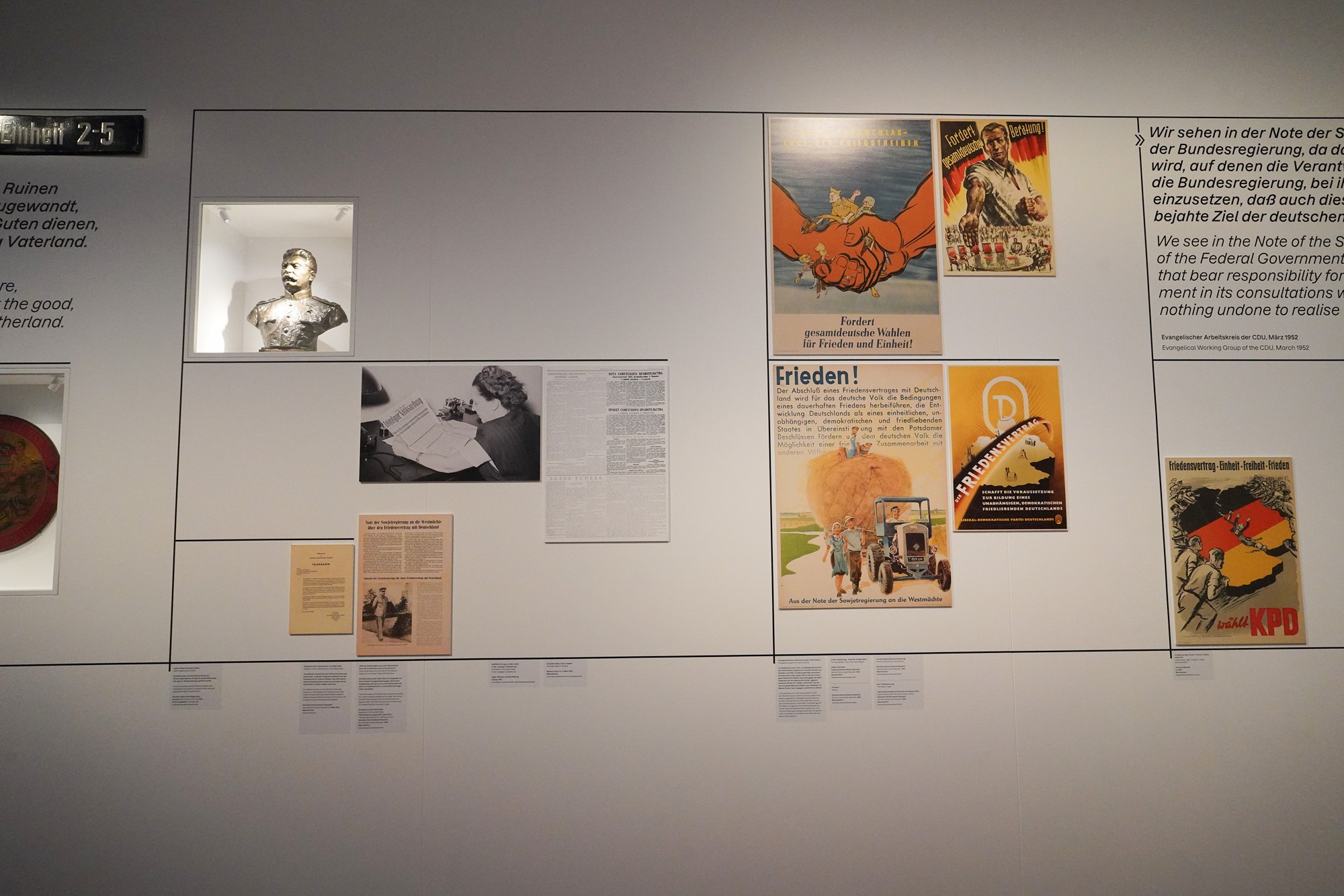
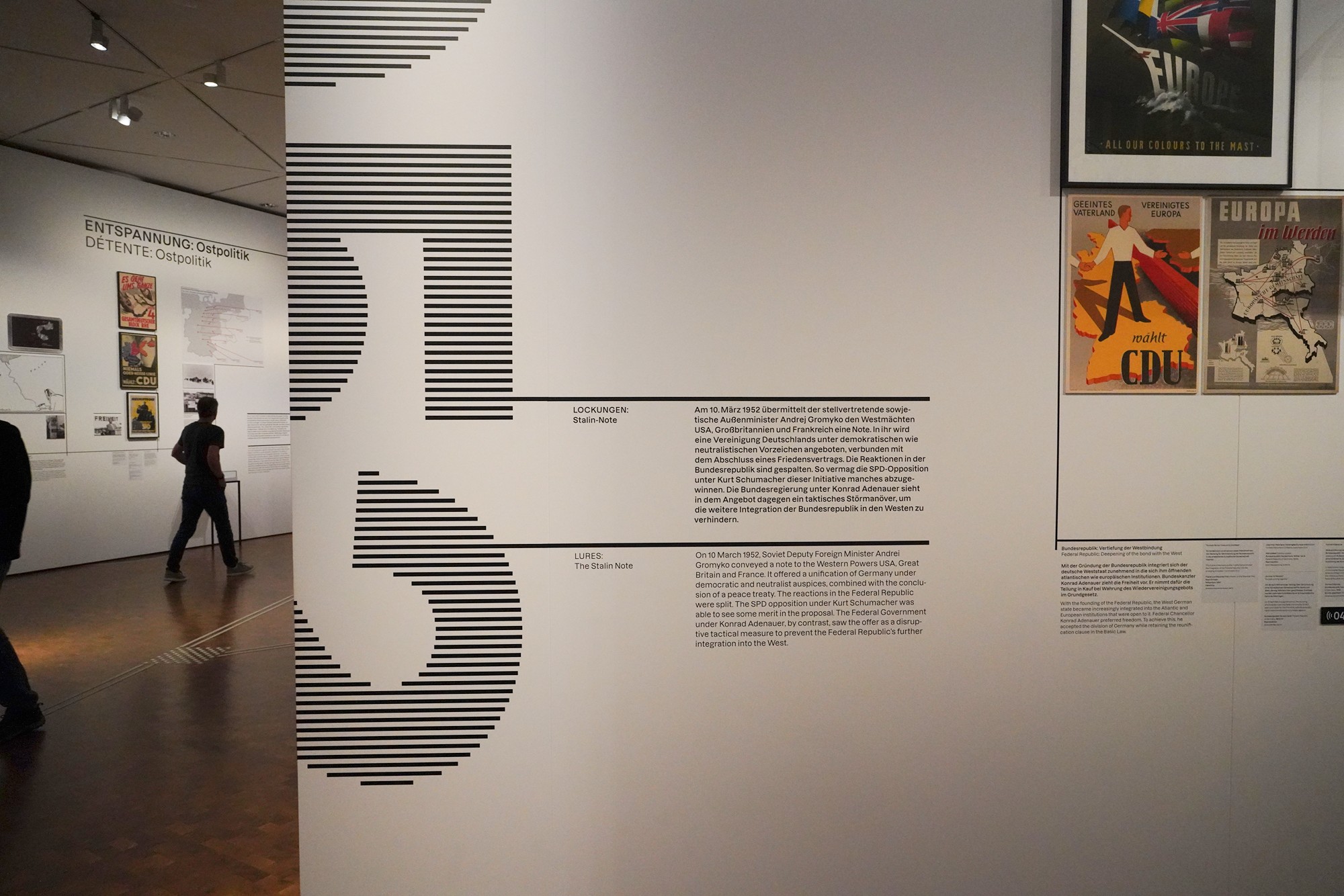
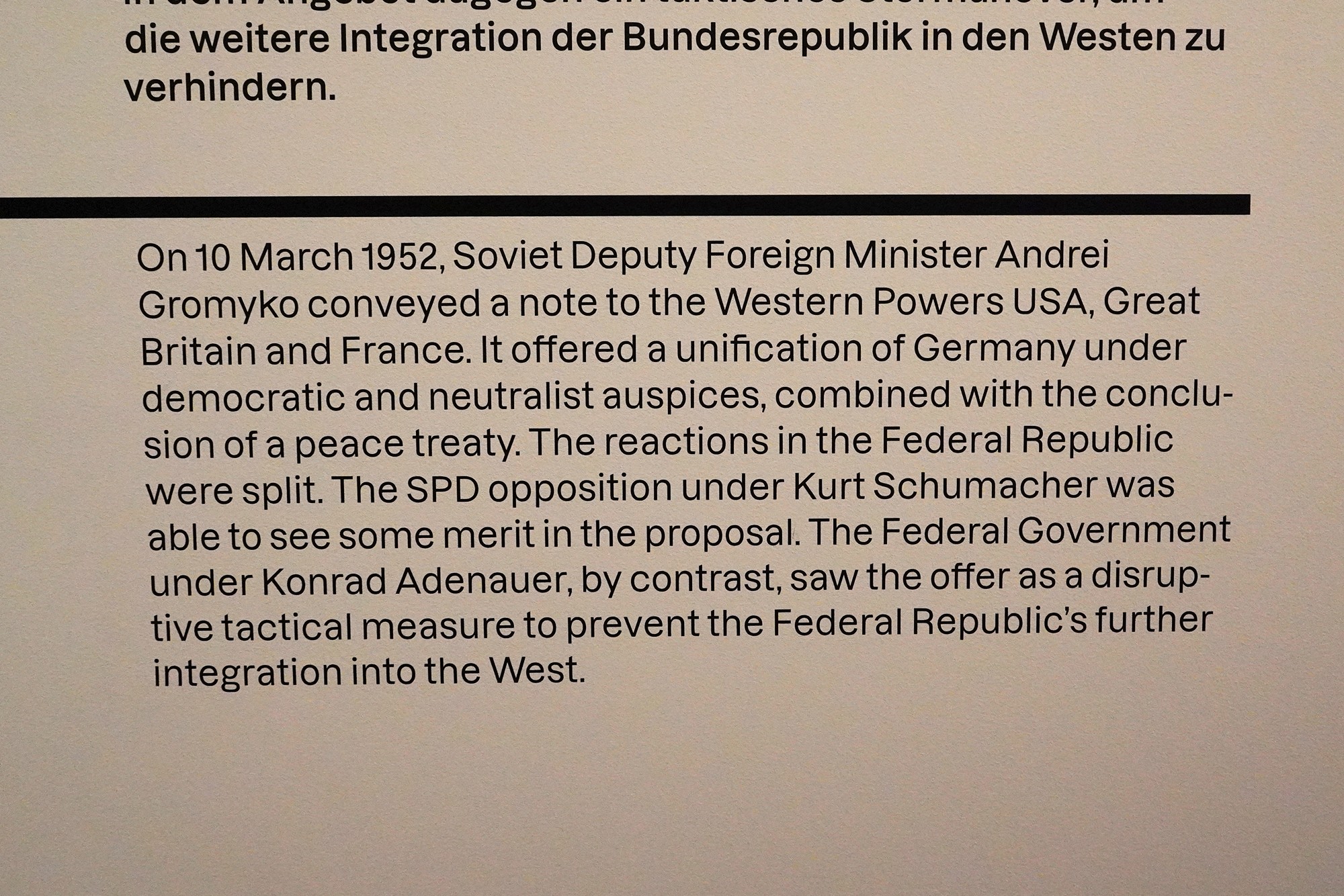
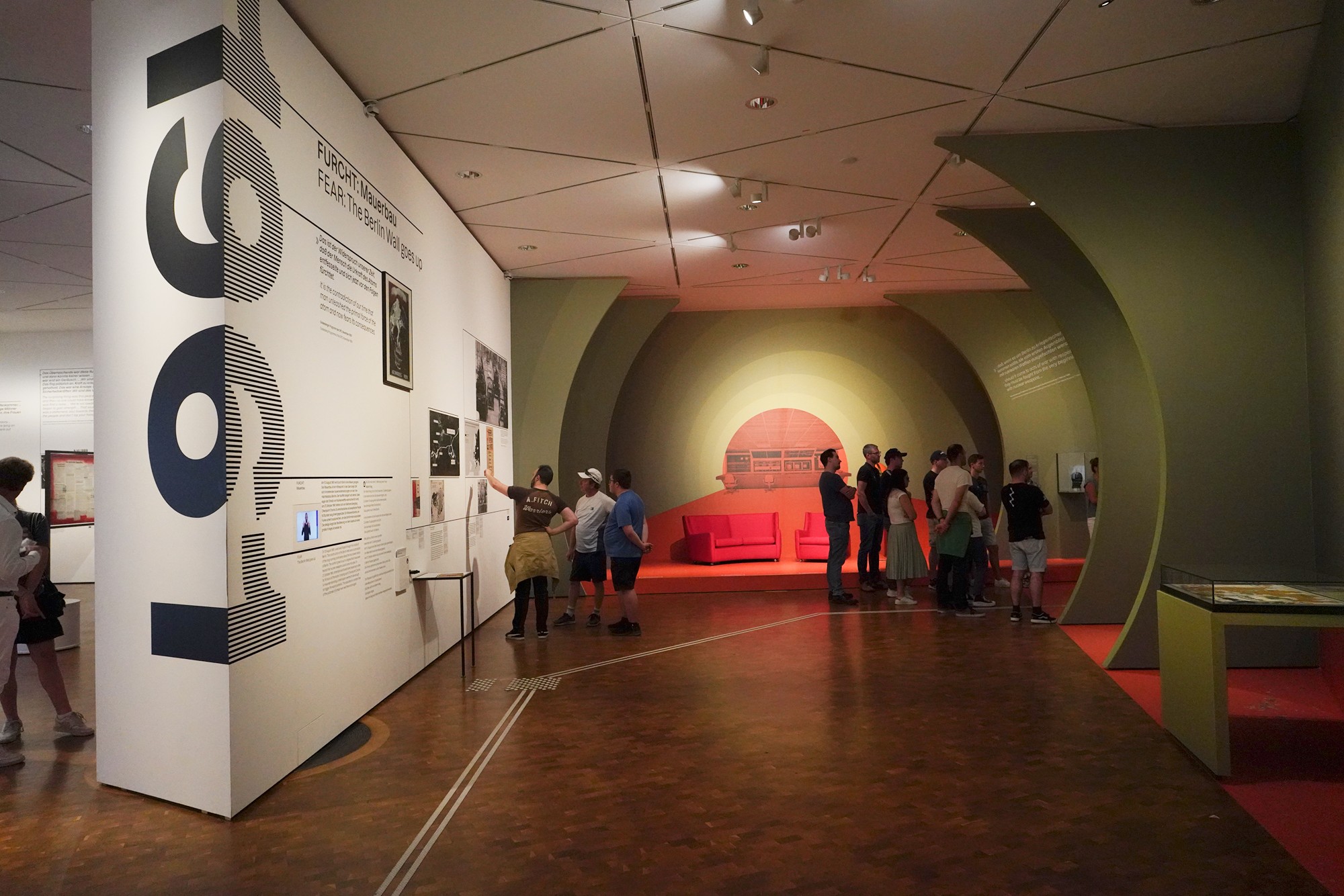
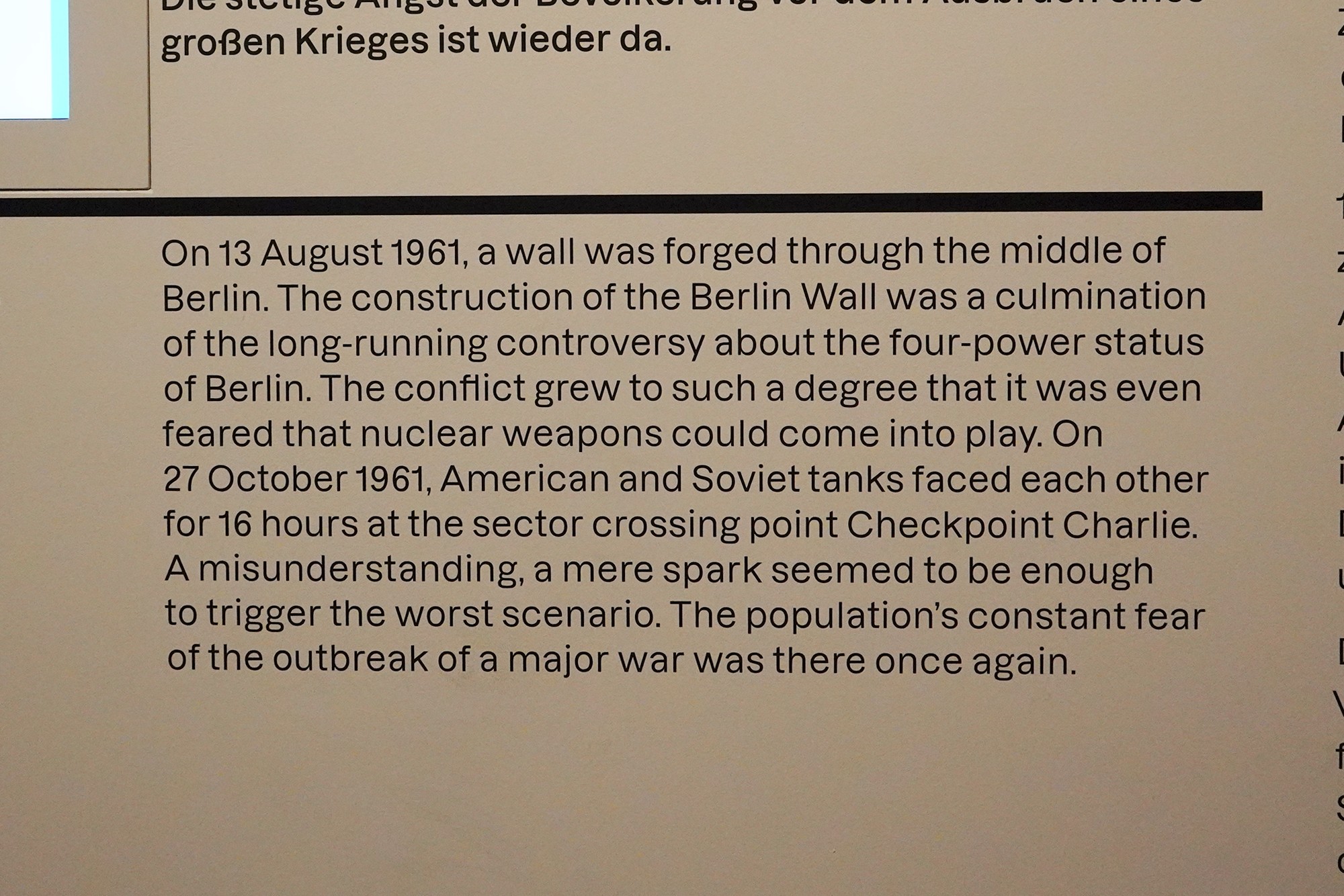
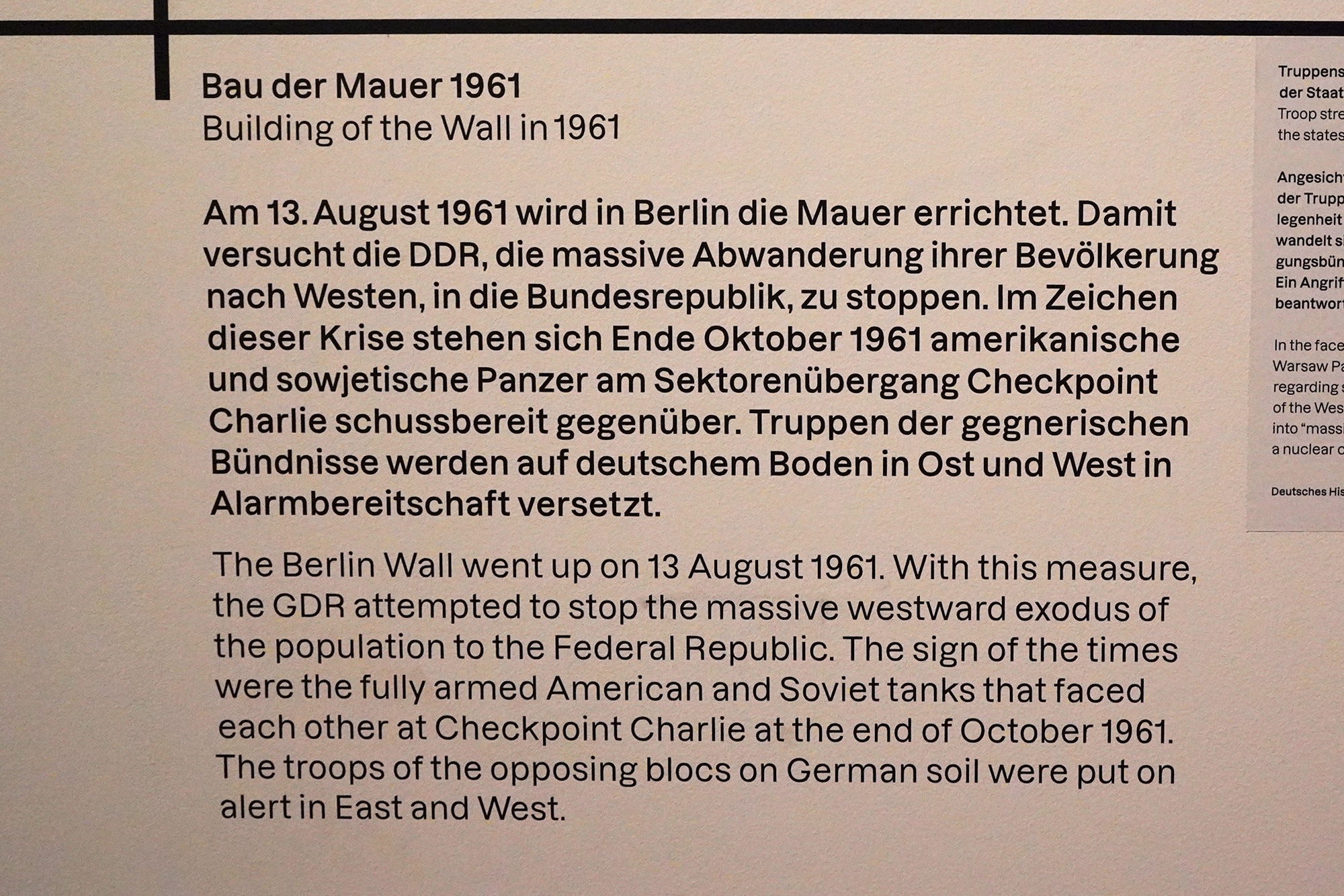
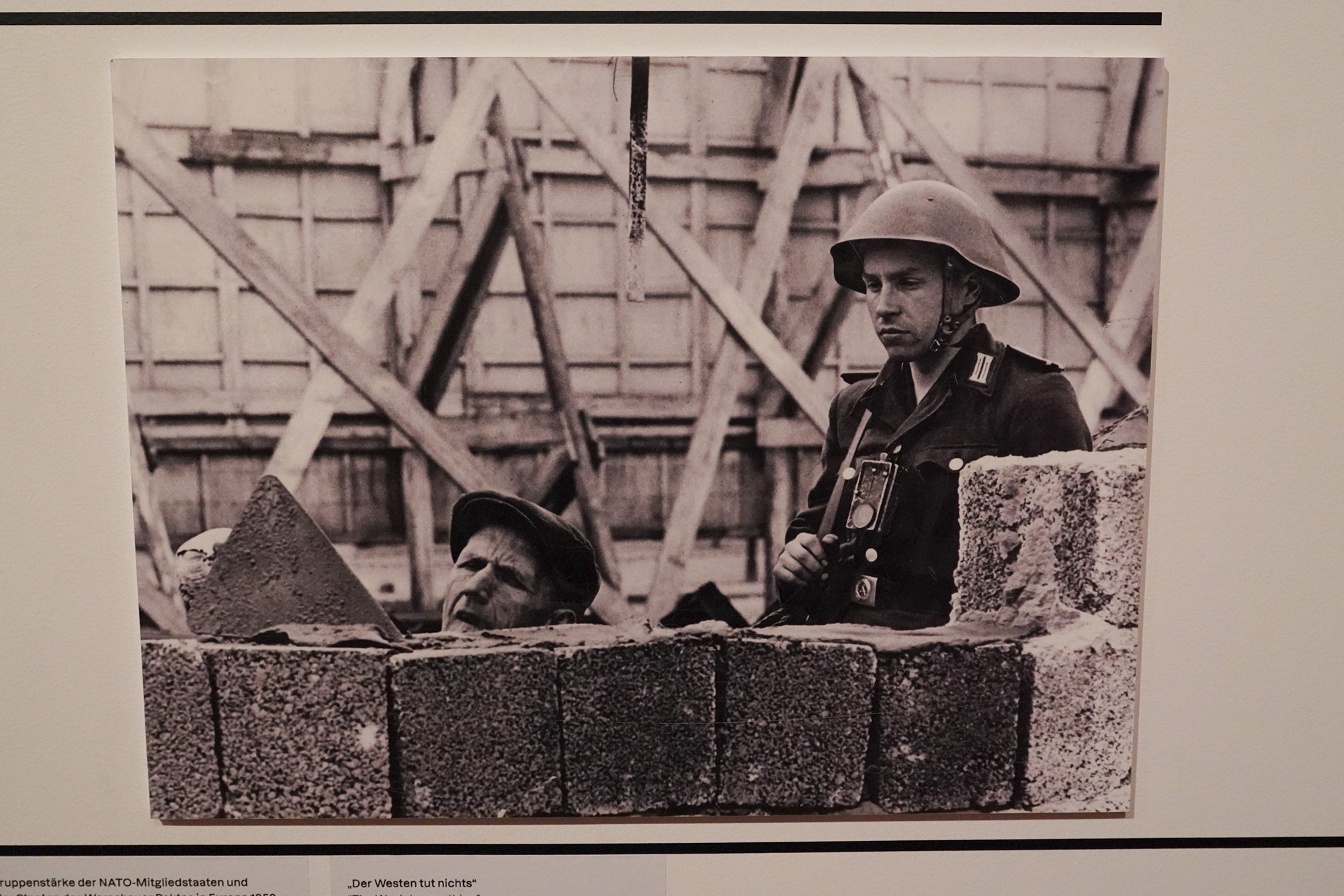
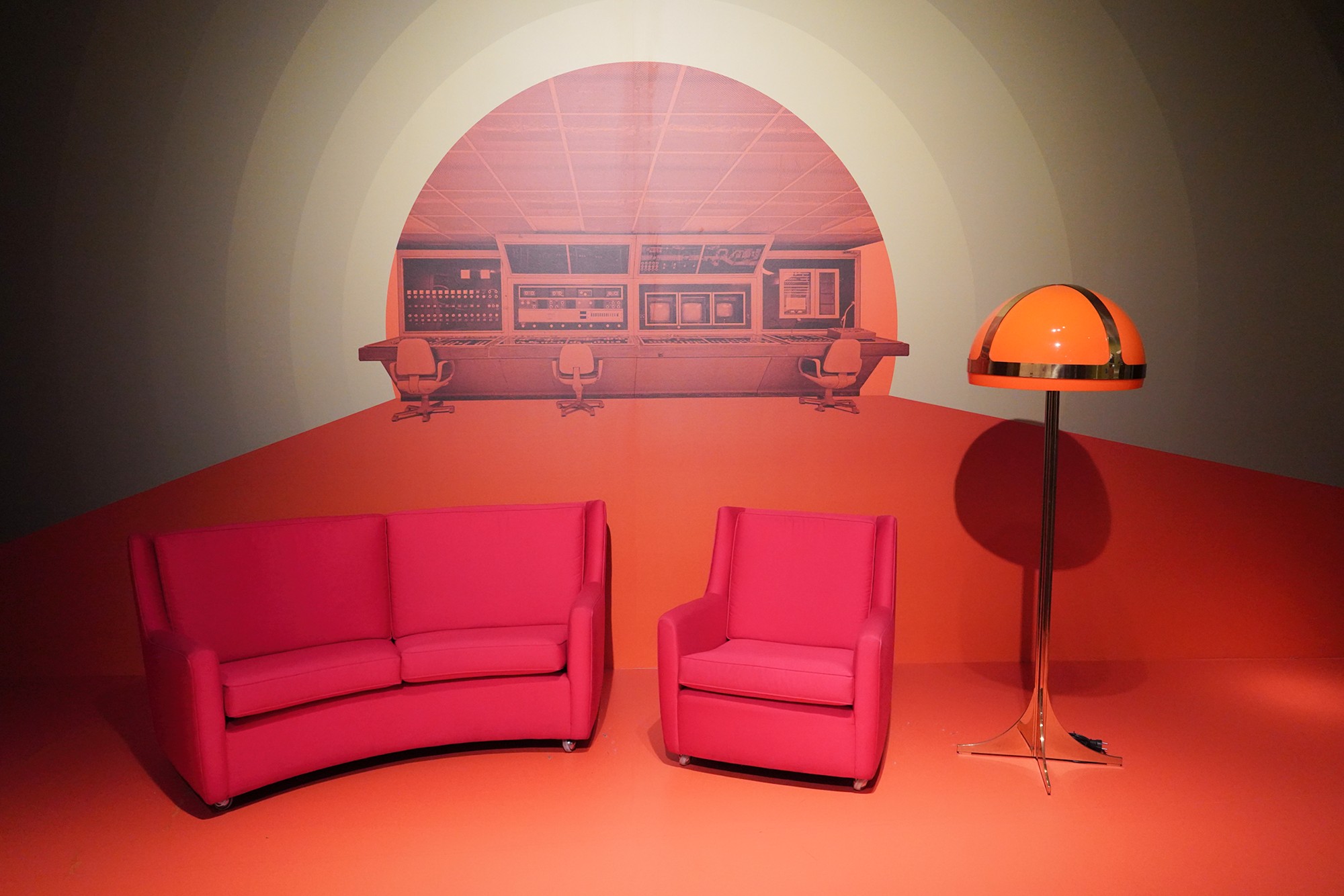
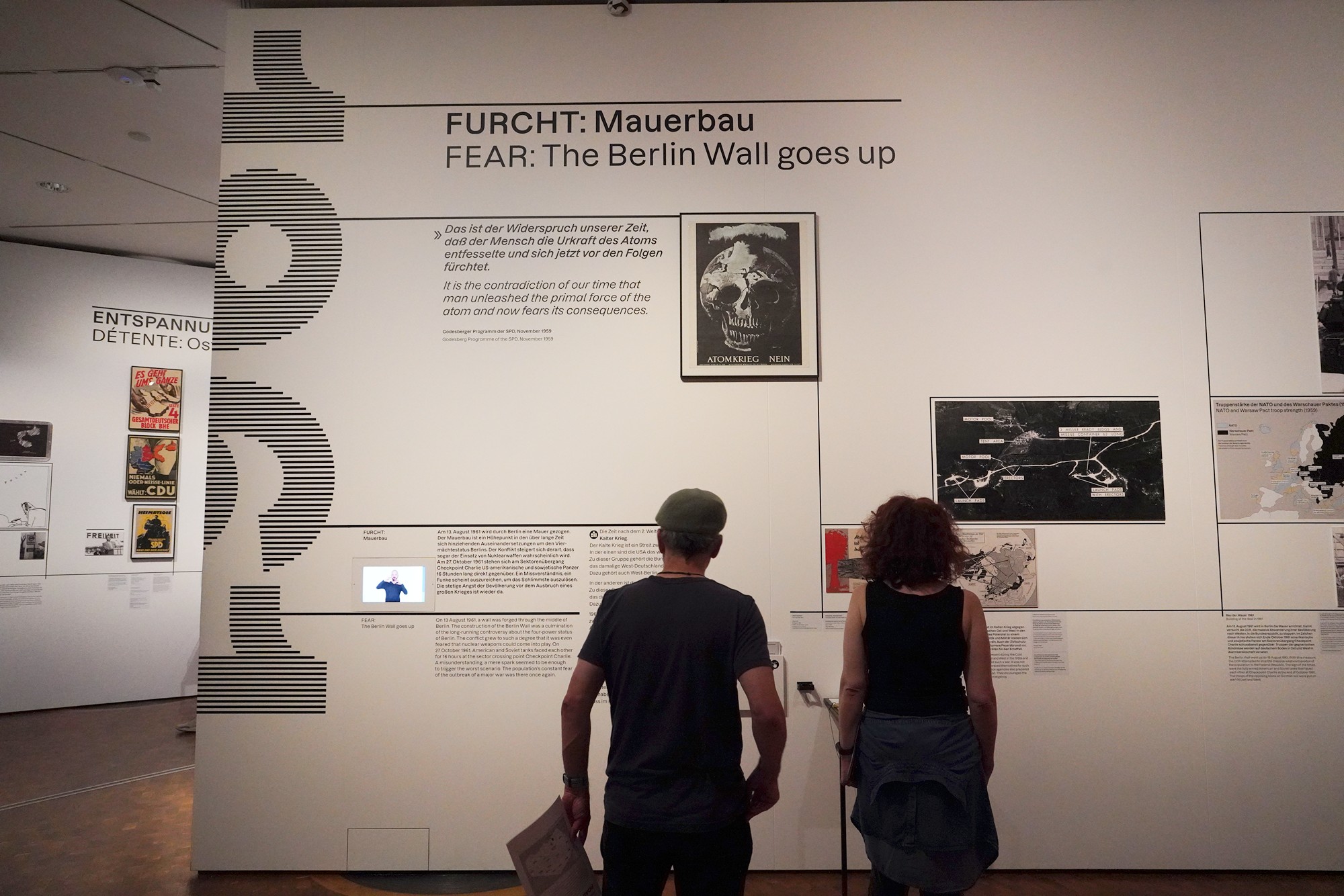
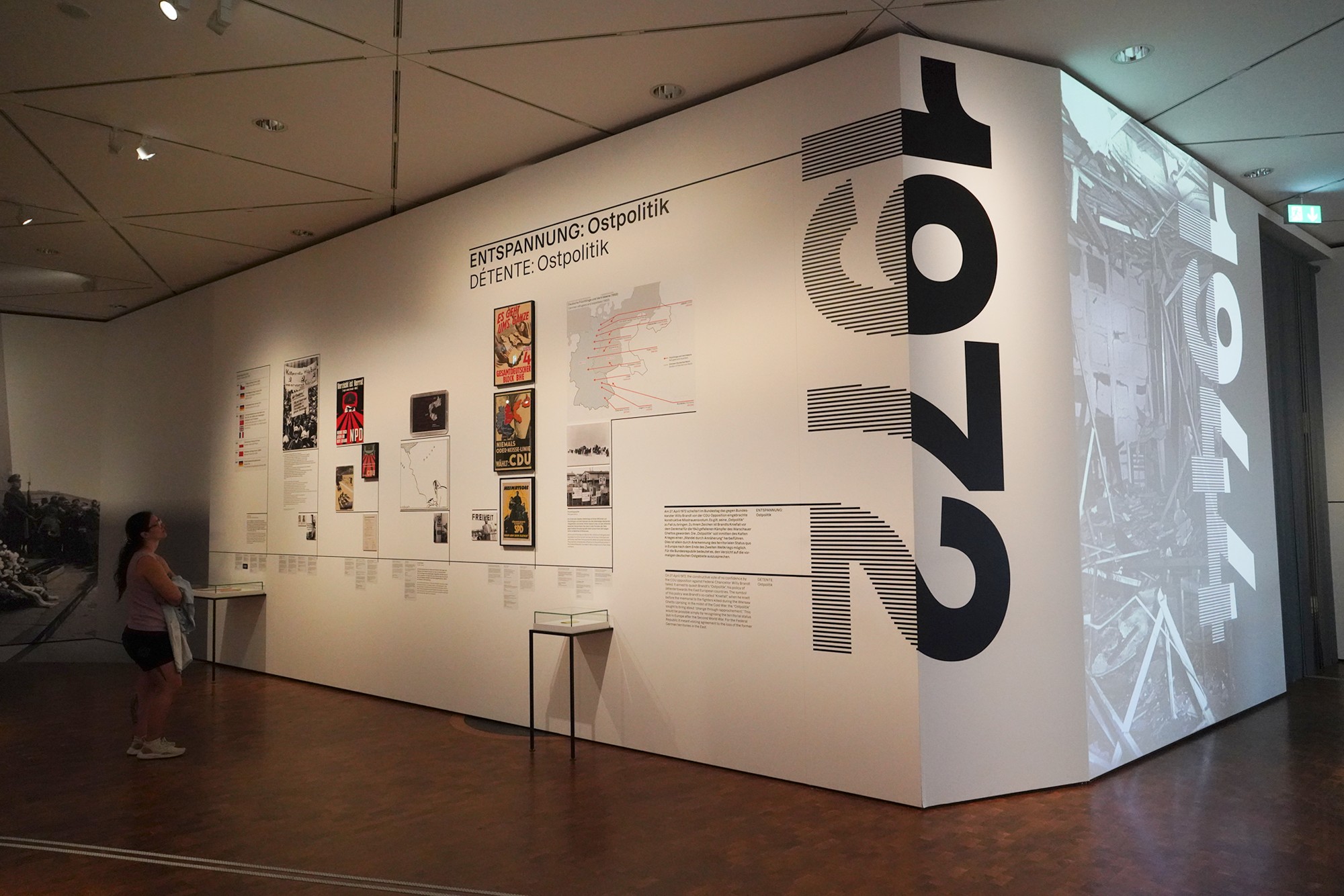
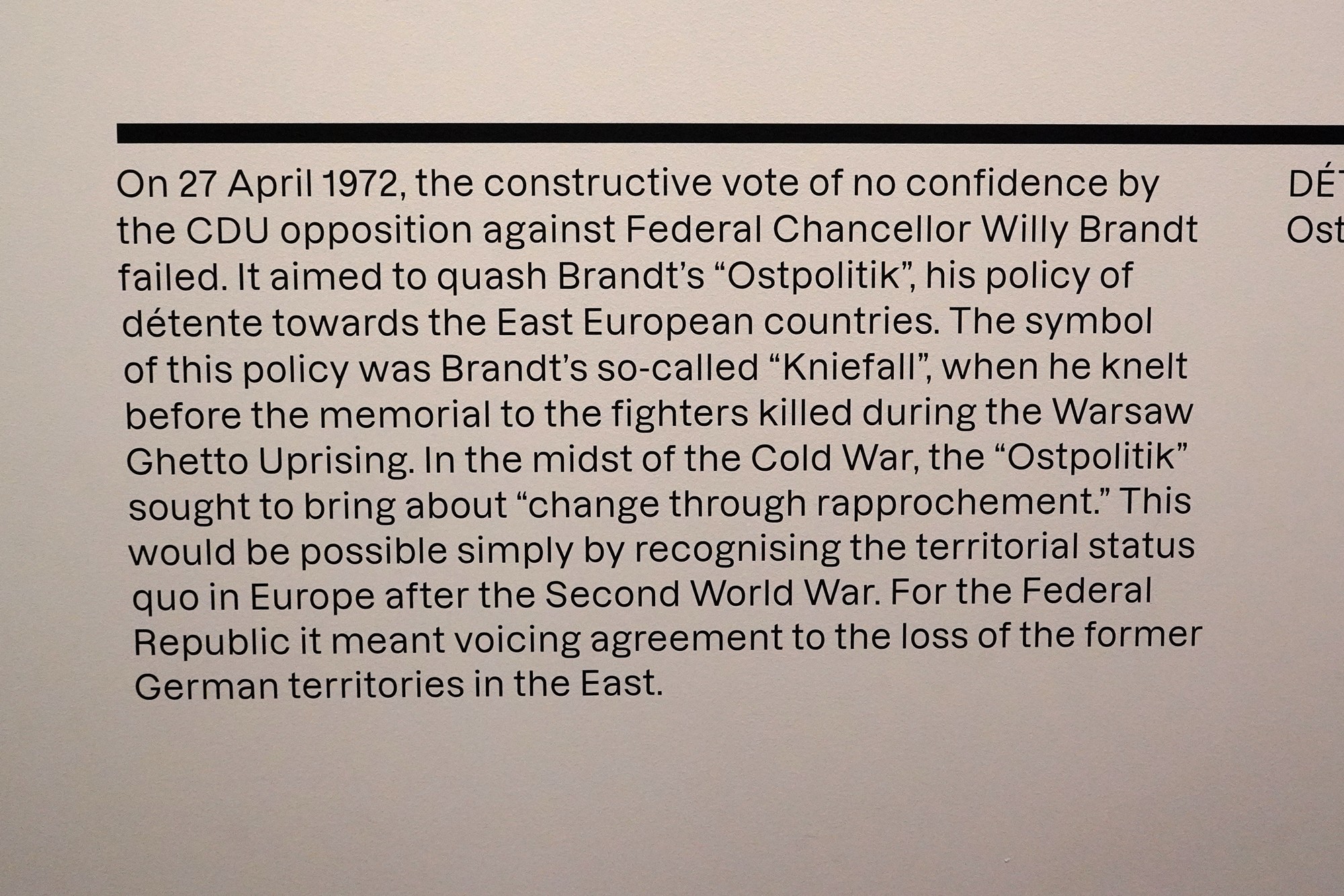
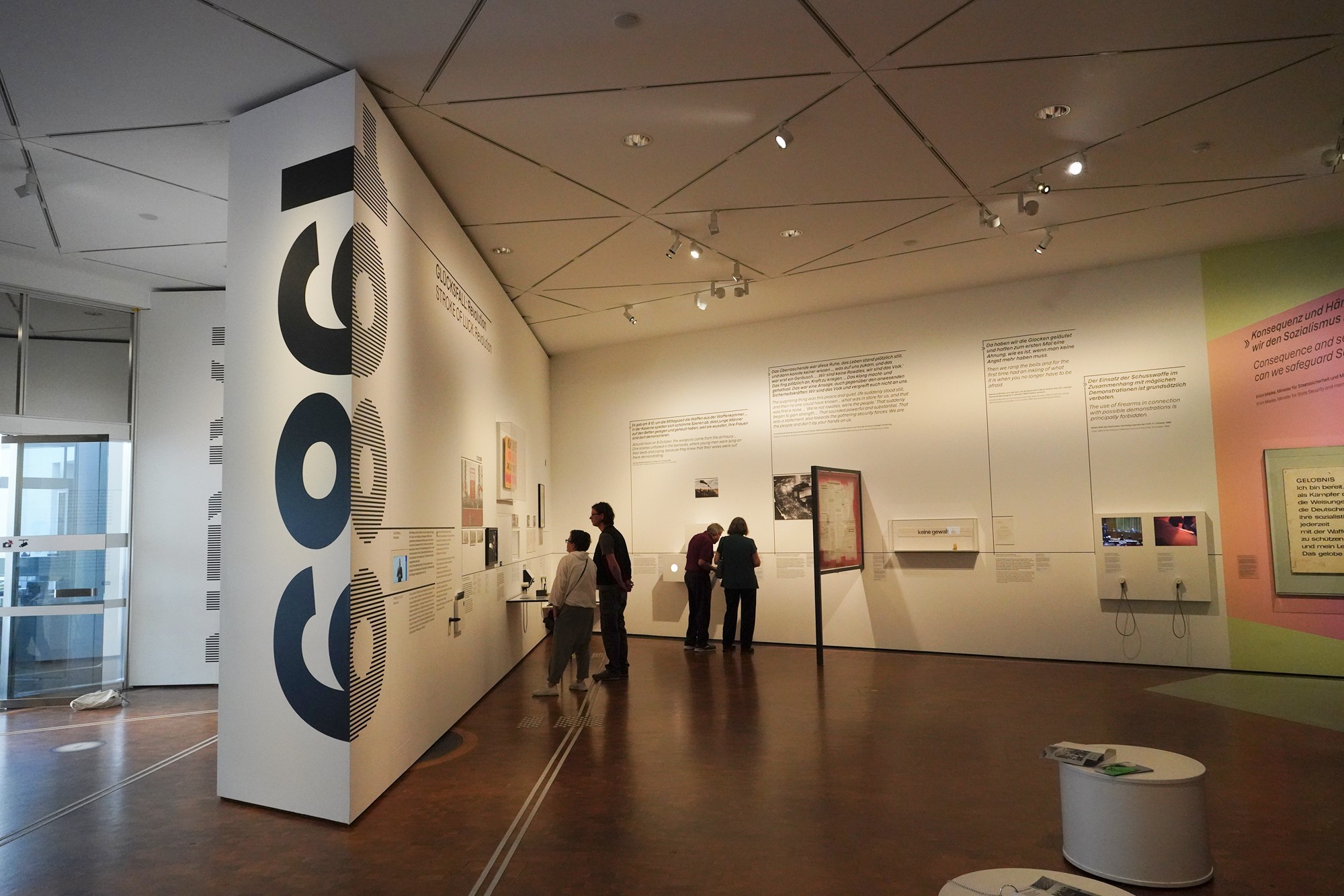
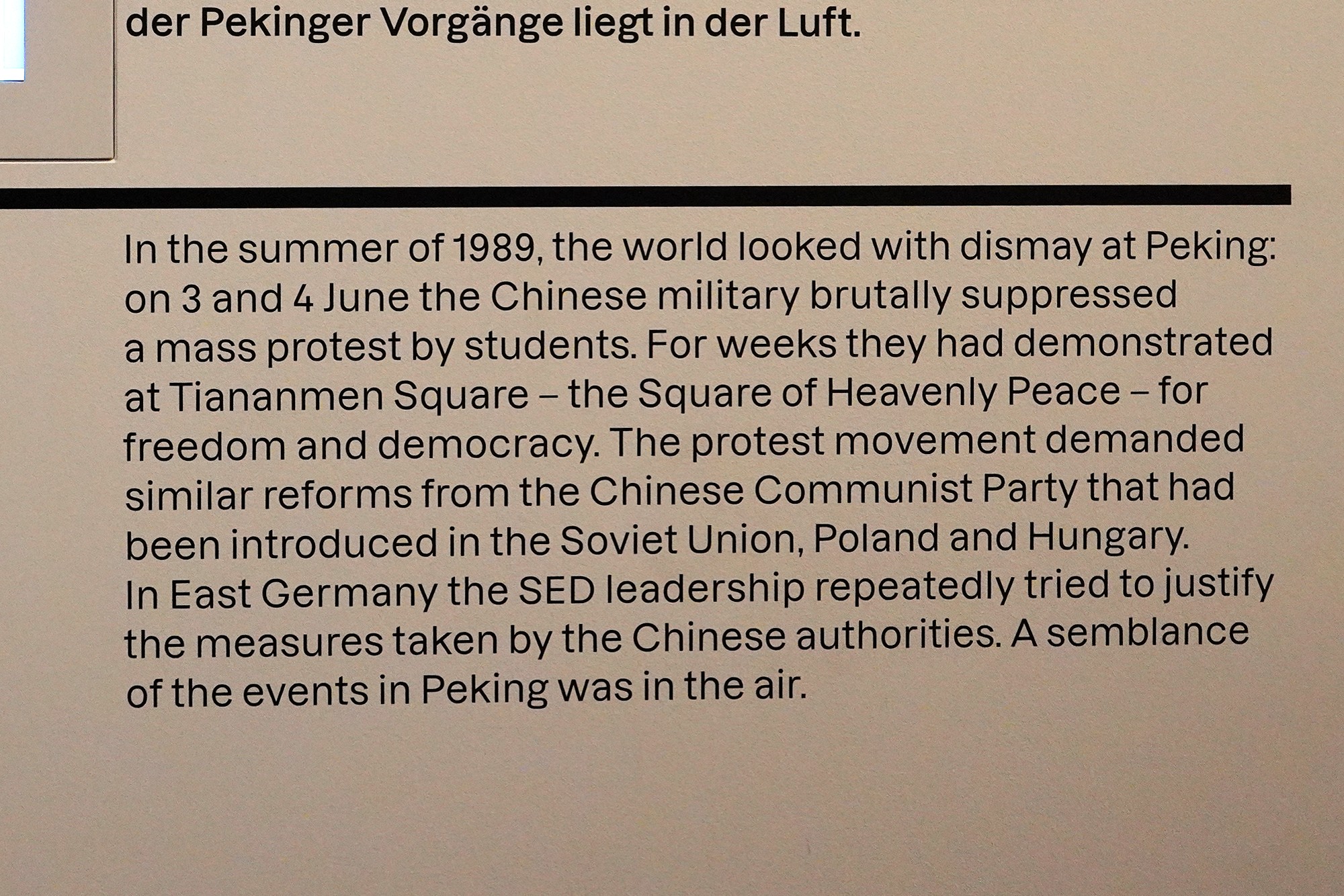
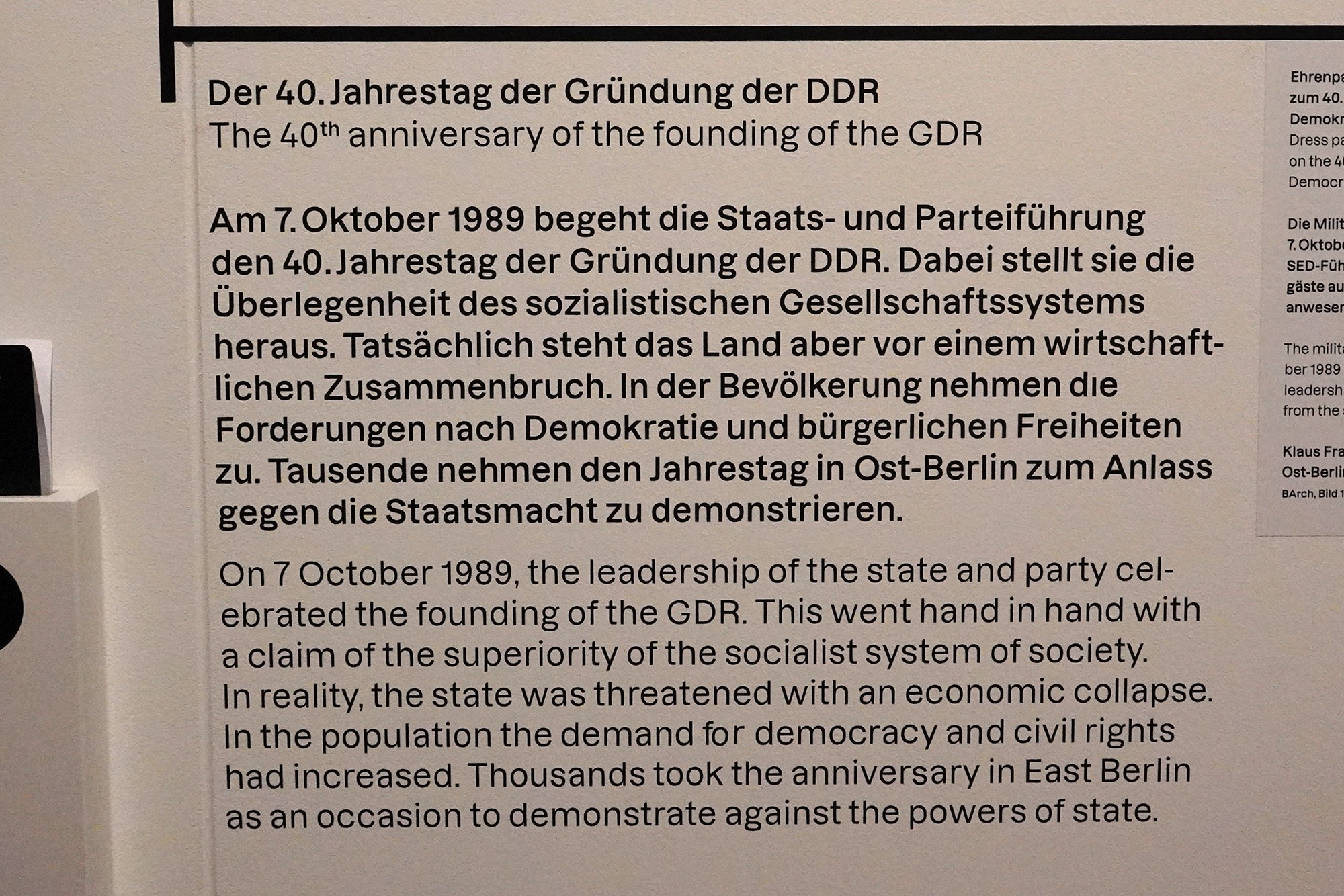
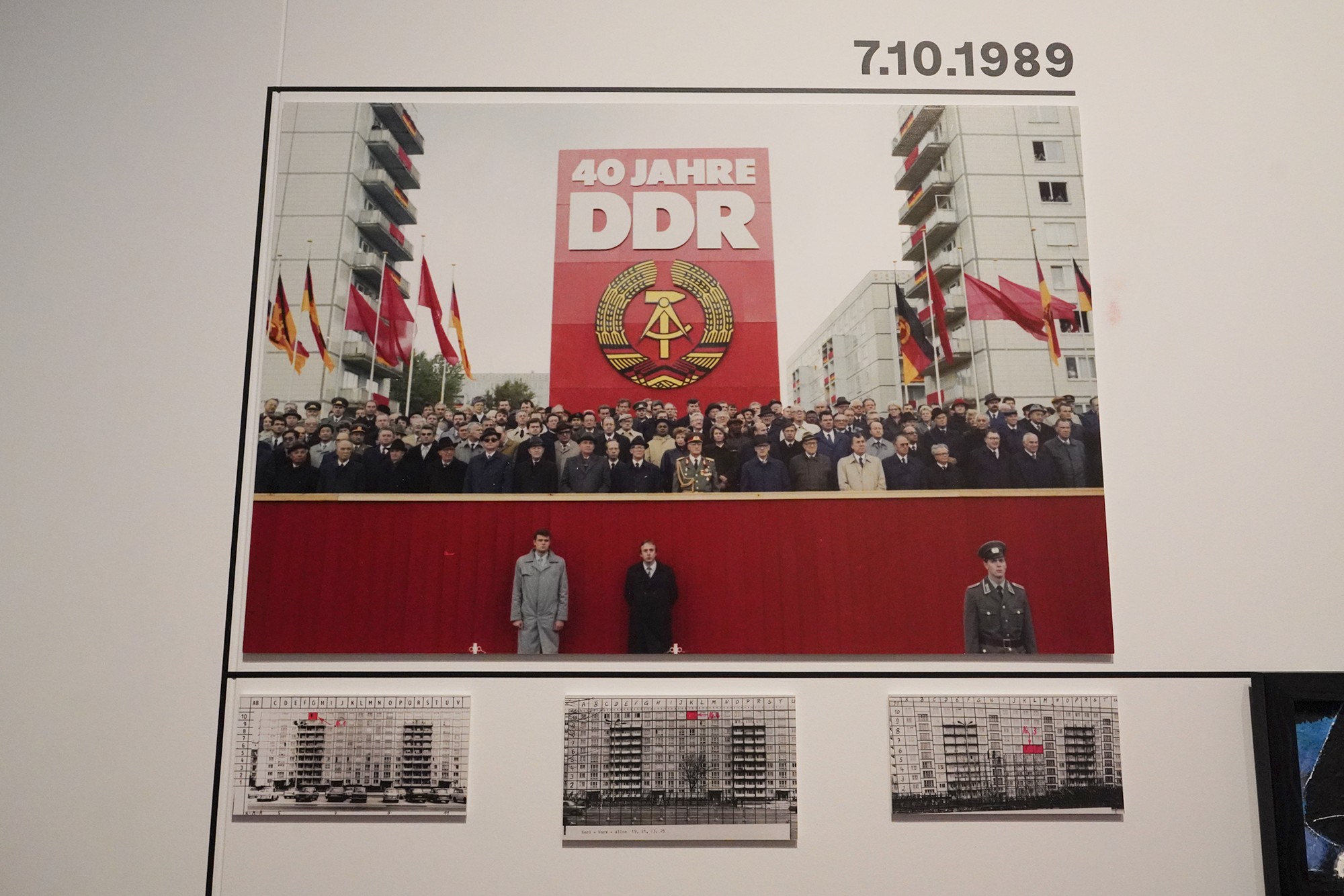
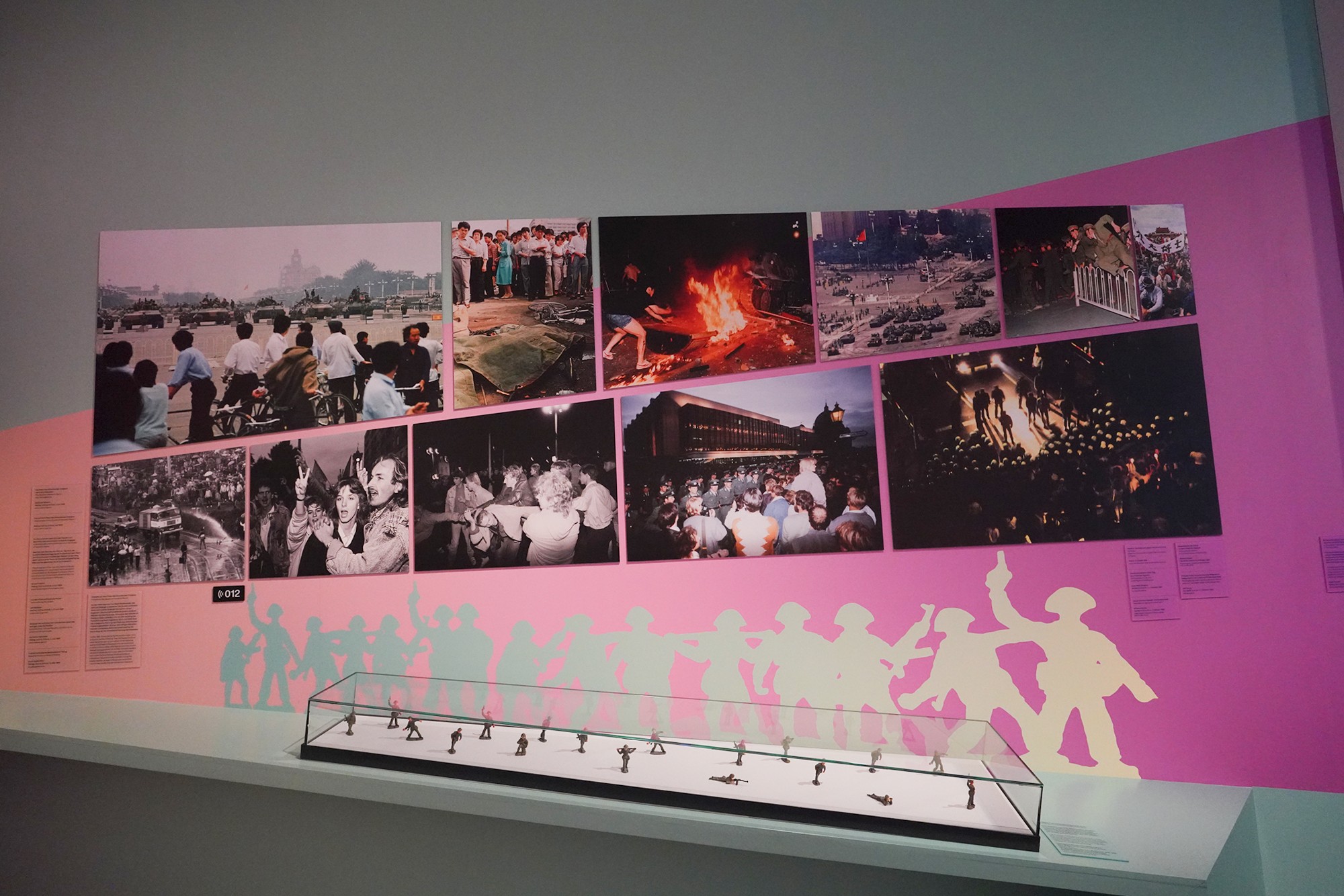
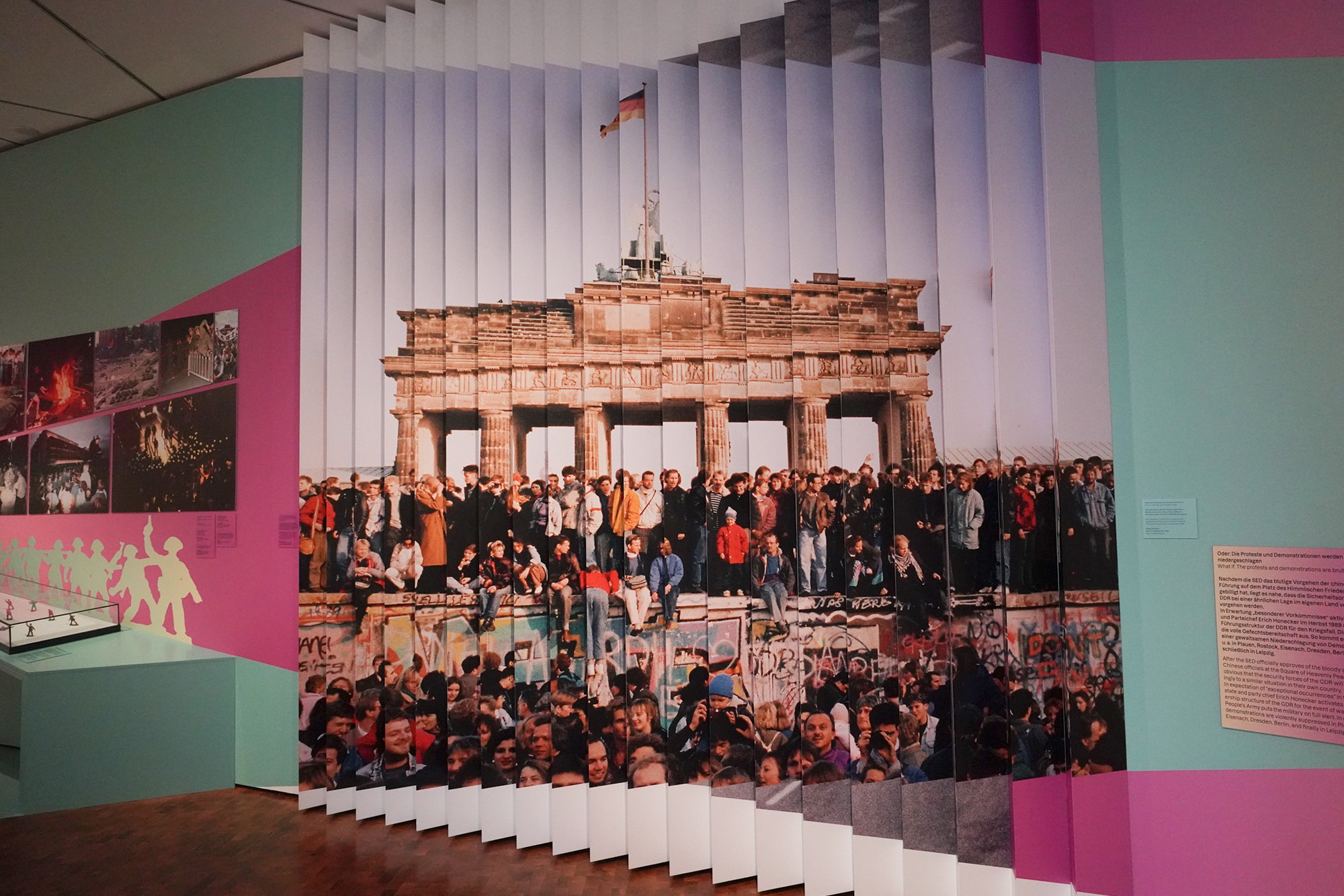
Out of the German History Museum and I walked across the bridge to the DDR museum
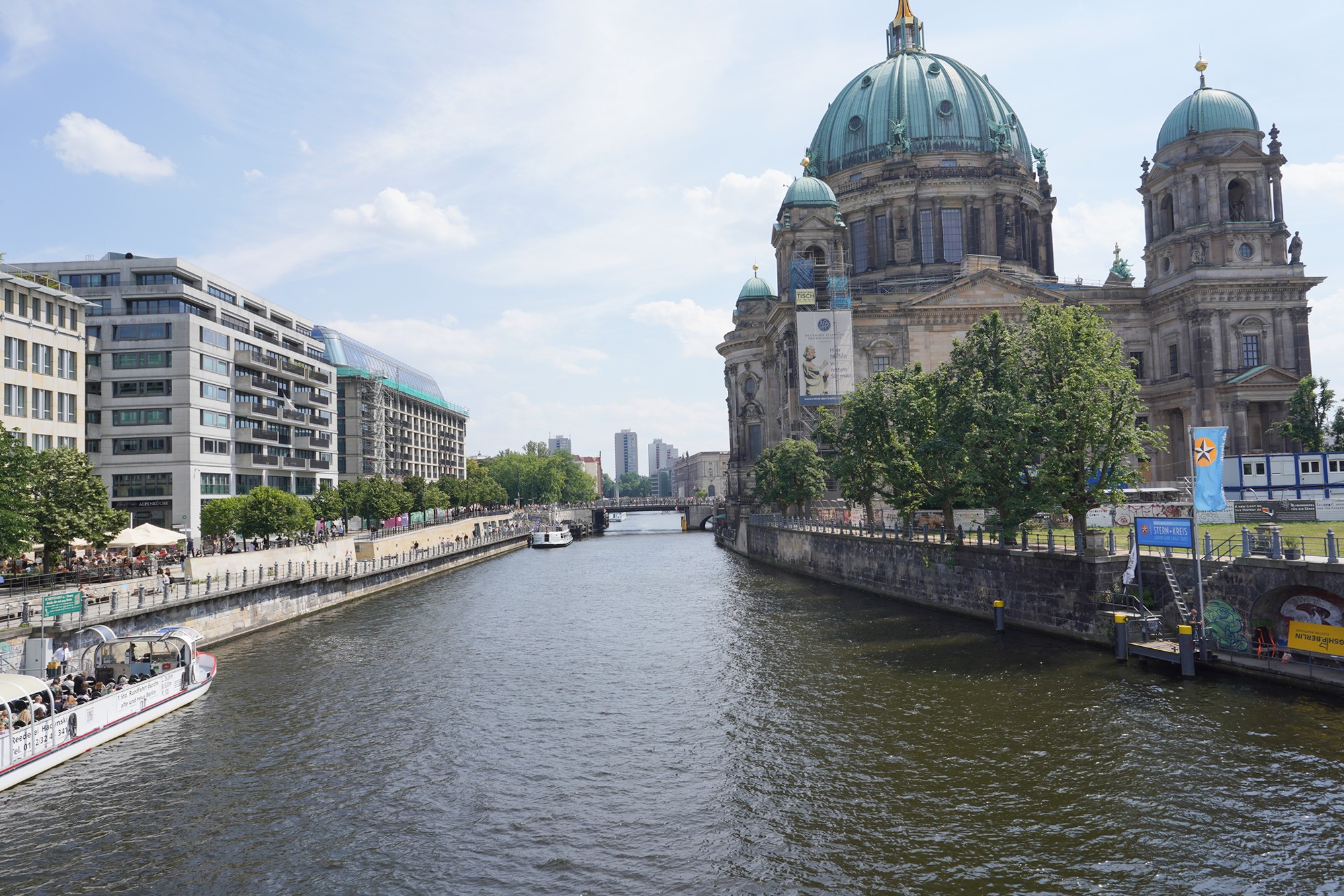
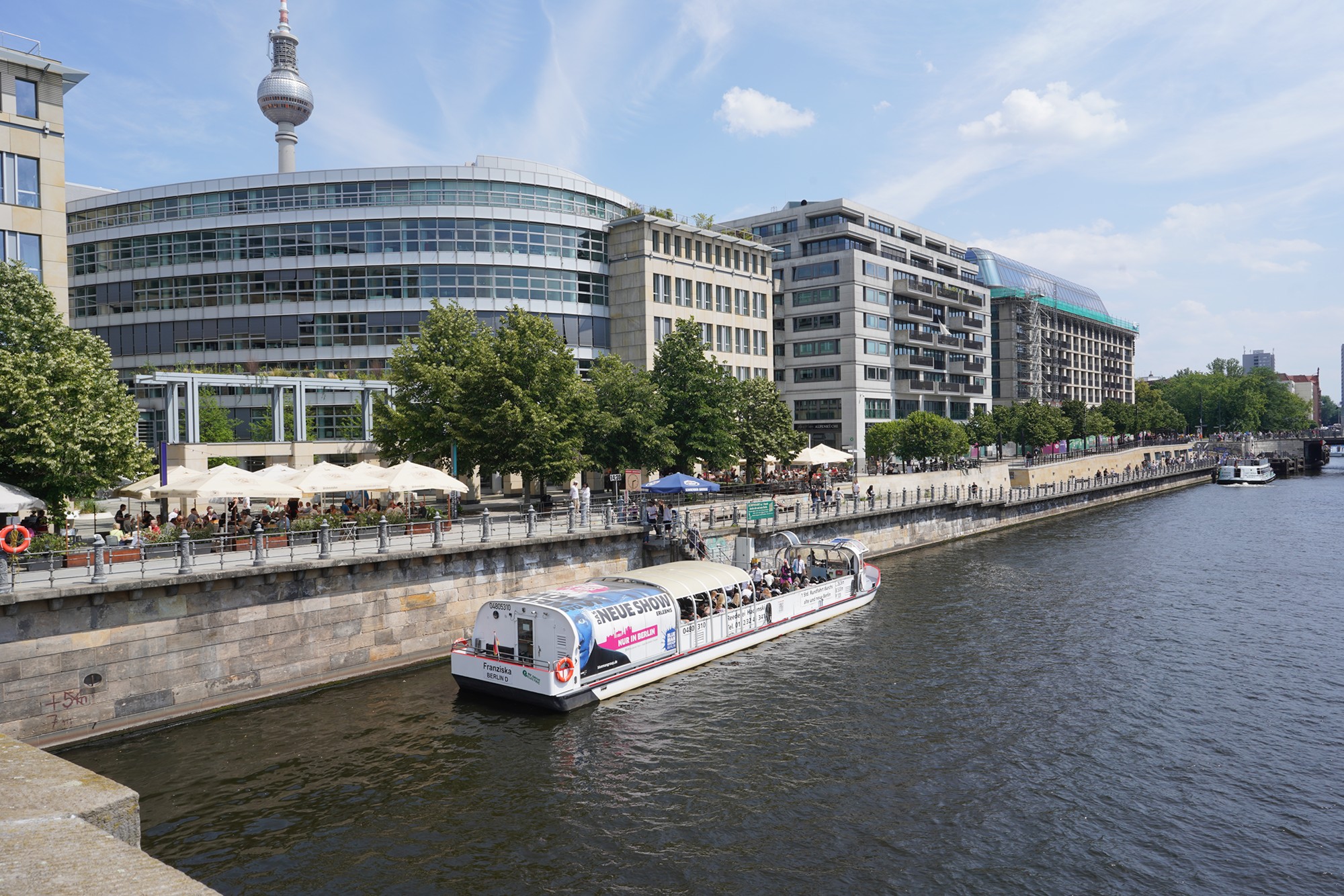
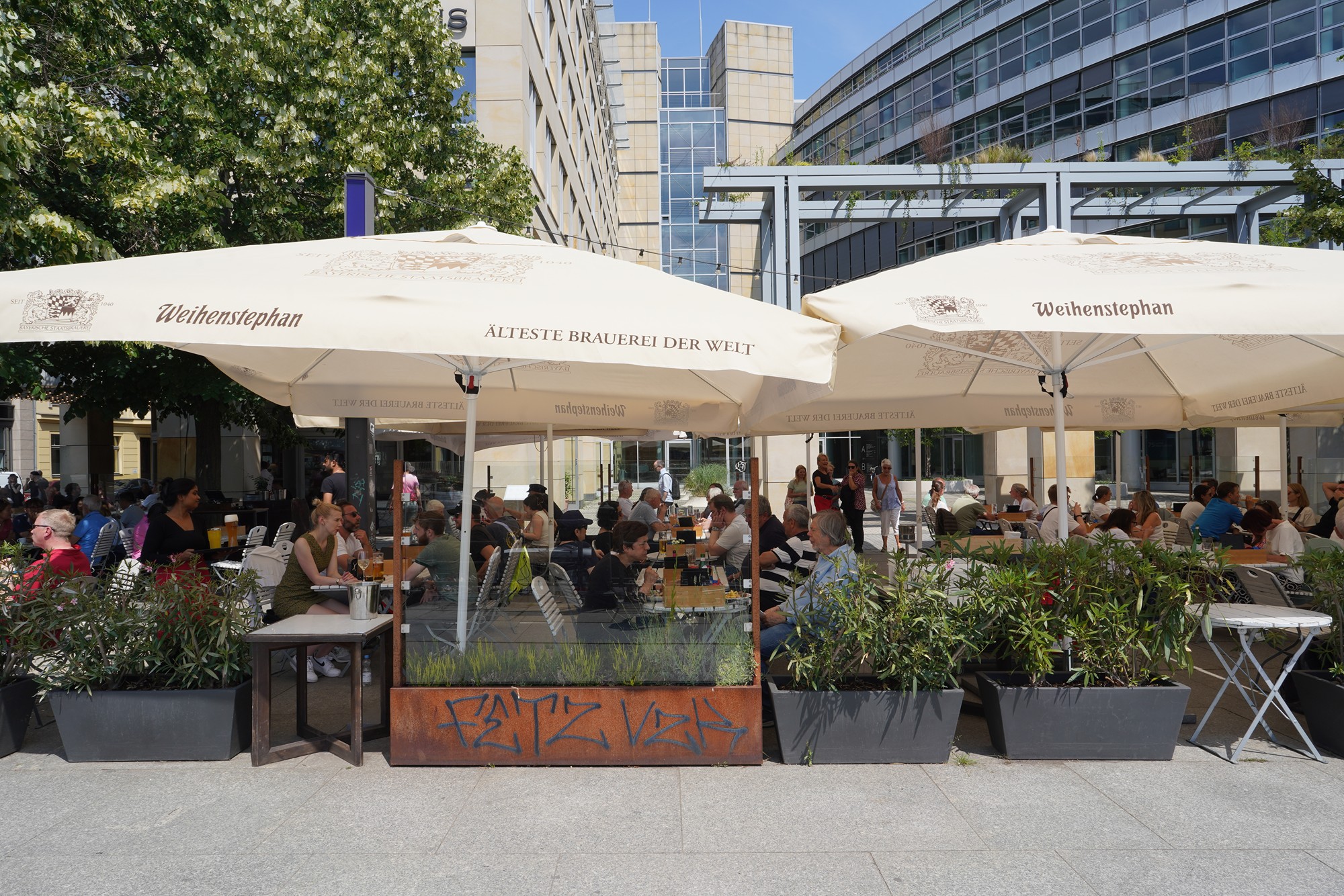
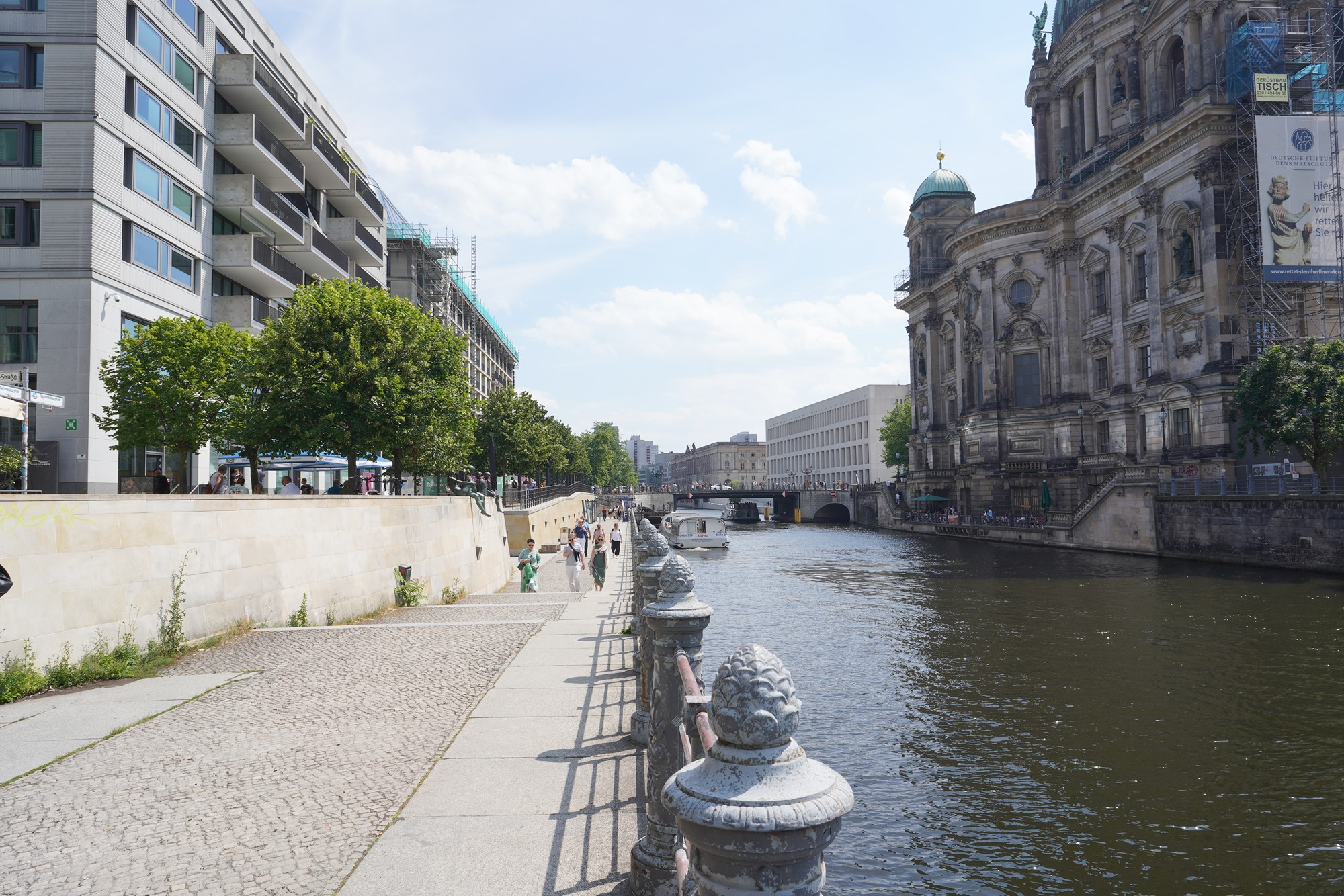
Inside the DDR museum
The DDR Museum in Berlin is an interactive museum that offers visitors a hands-on experience of life in the former German Democratic Republic (GDR), commonly referred to as East Germany. Unlike traditional museums that primarily display objects behind glass, the DDR Museum encourages exploration, allowing visitors to touch, open, and interact with the exhibits.
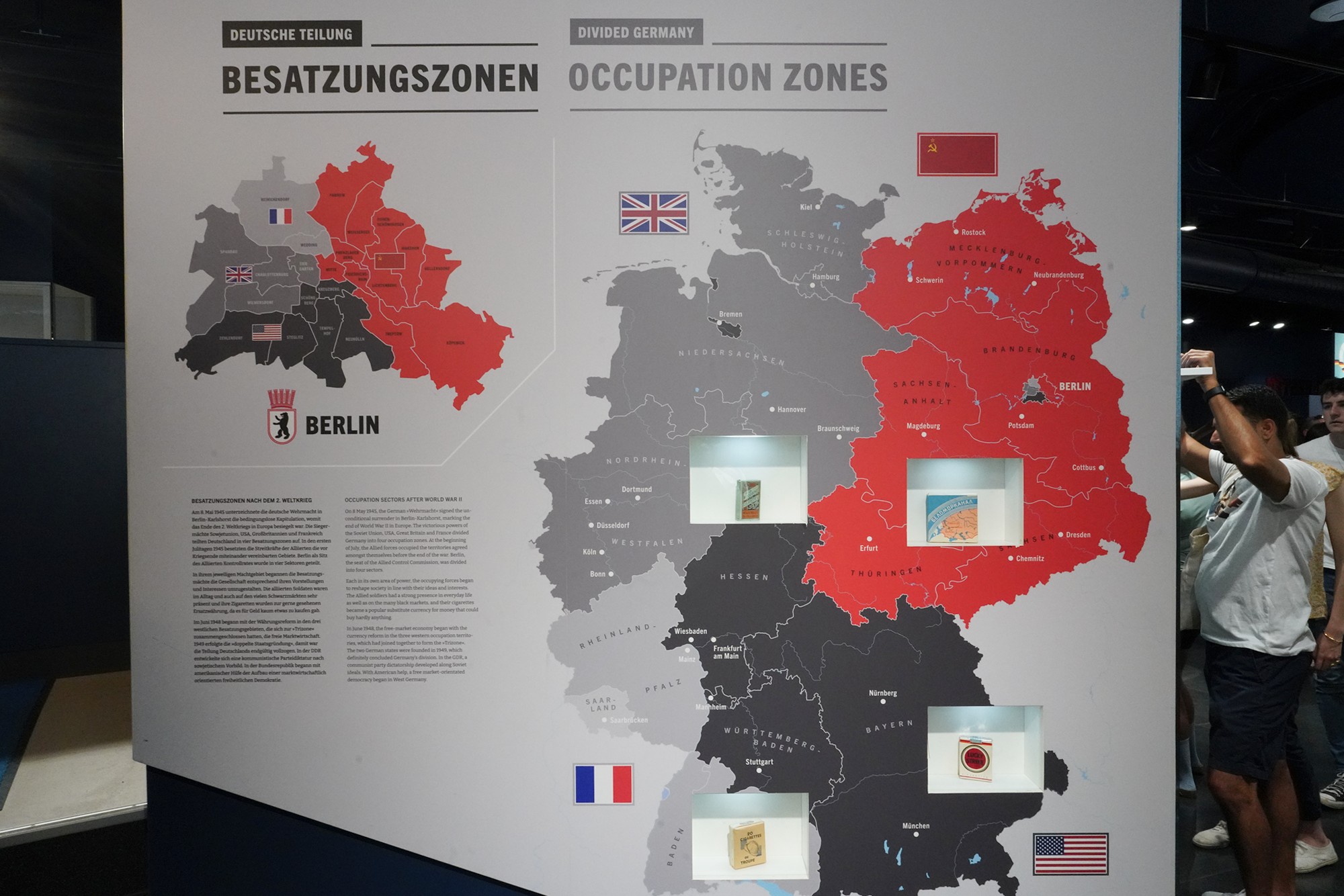
A model of the Berlin Wall
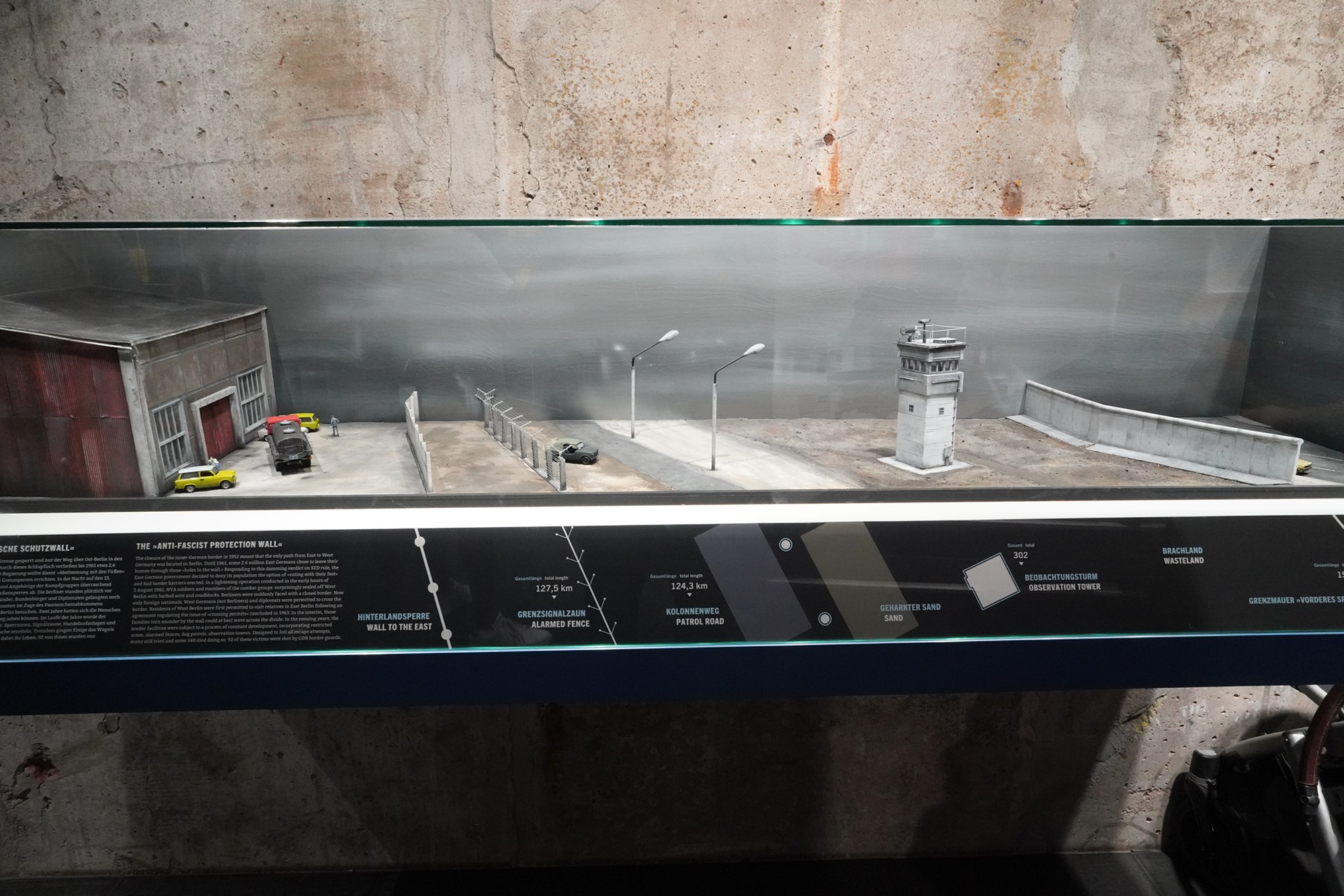
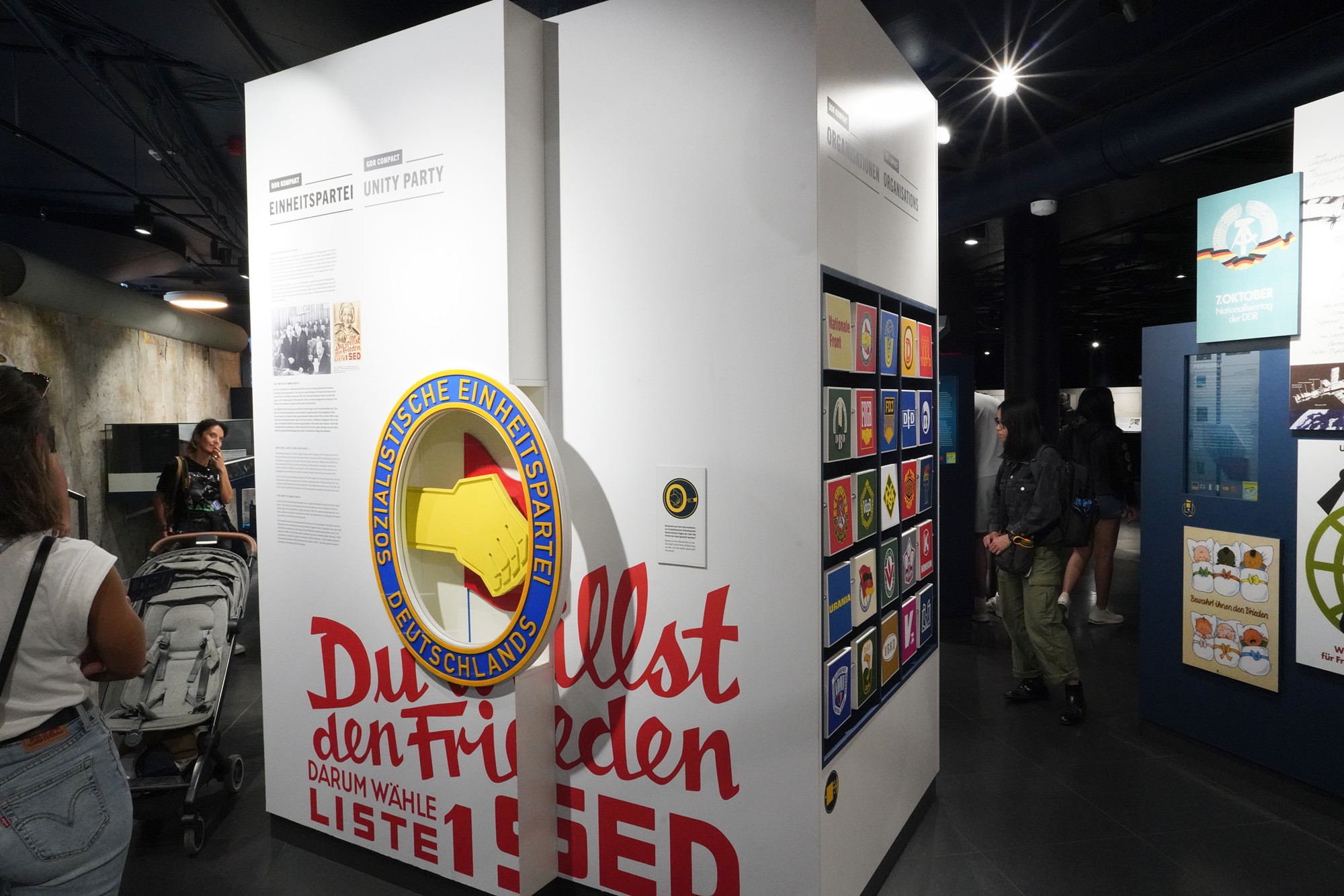
The museum is famous for its interactive exhibits, which aim to immerse visitors in the everyday life of East Germans during the GDR period (1949–1990). You can explore fully furnished rooms, try out household items, and even drive a virtual Trabant, the iconic car of East Germany.
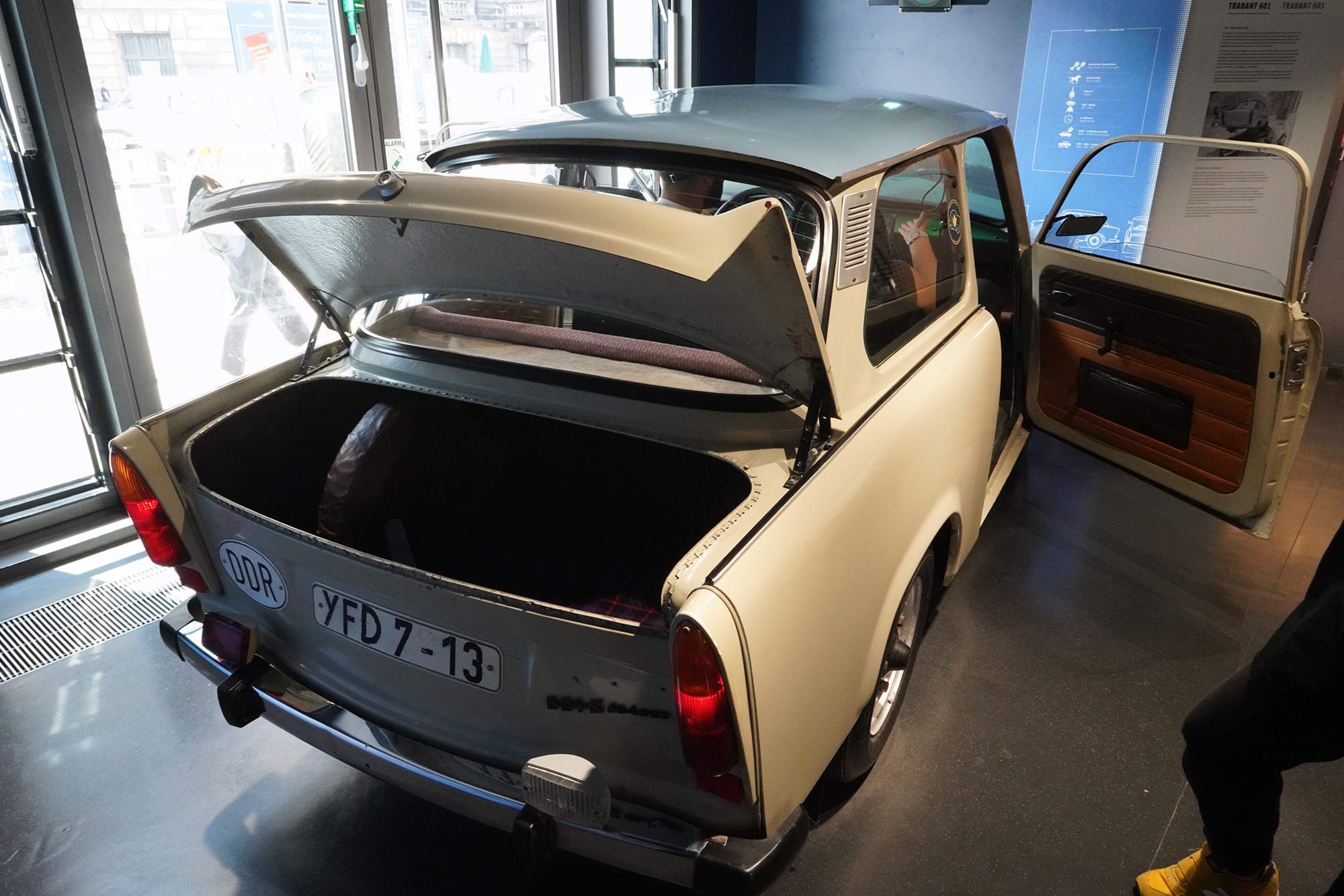
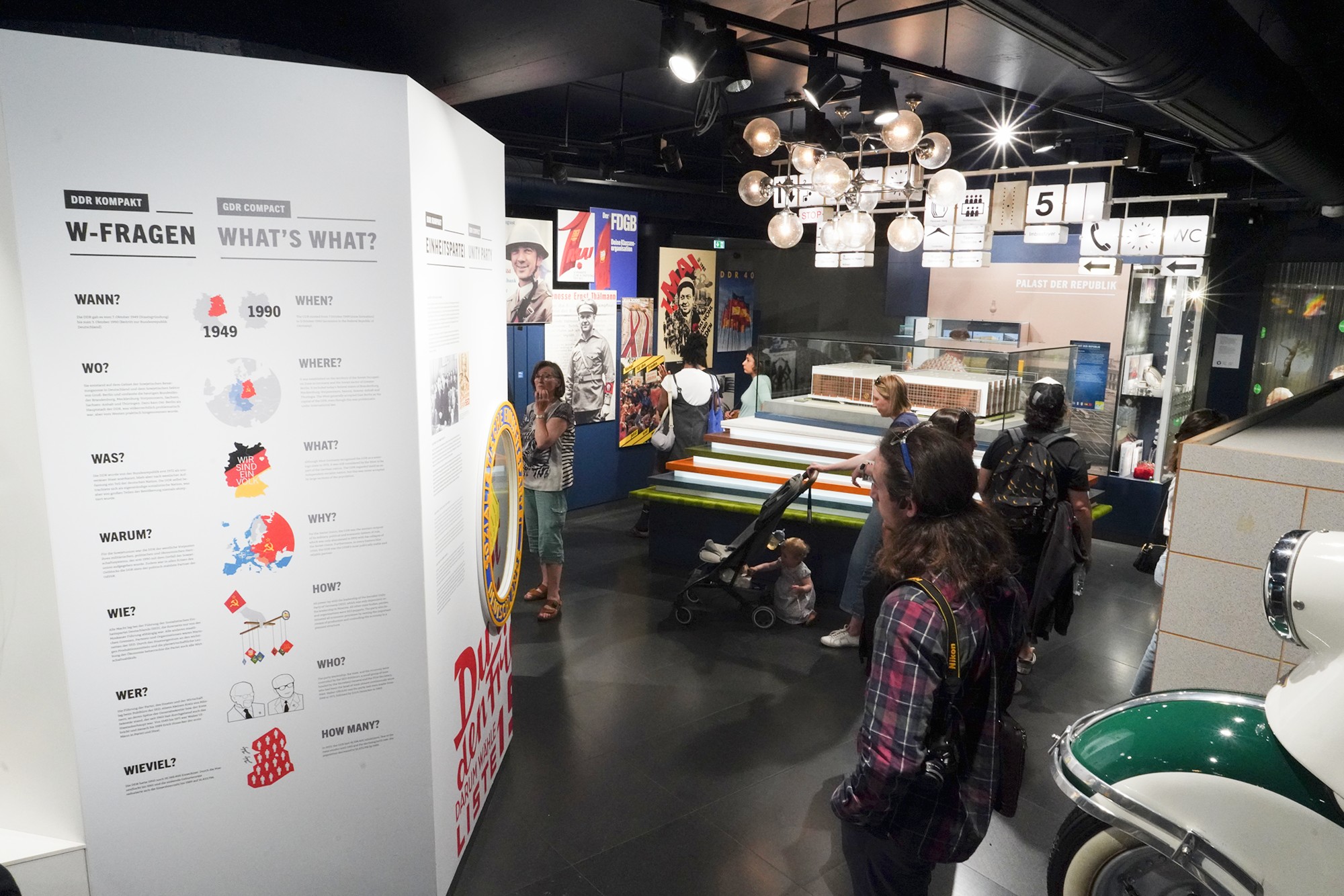
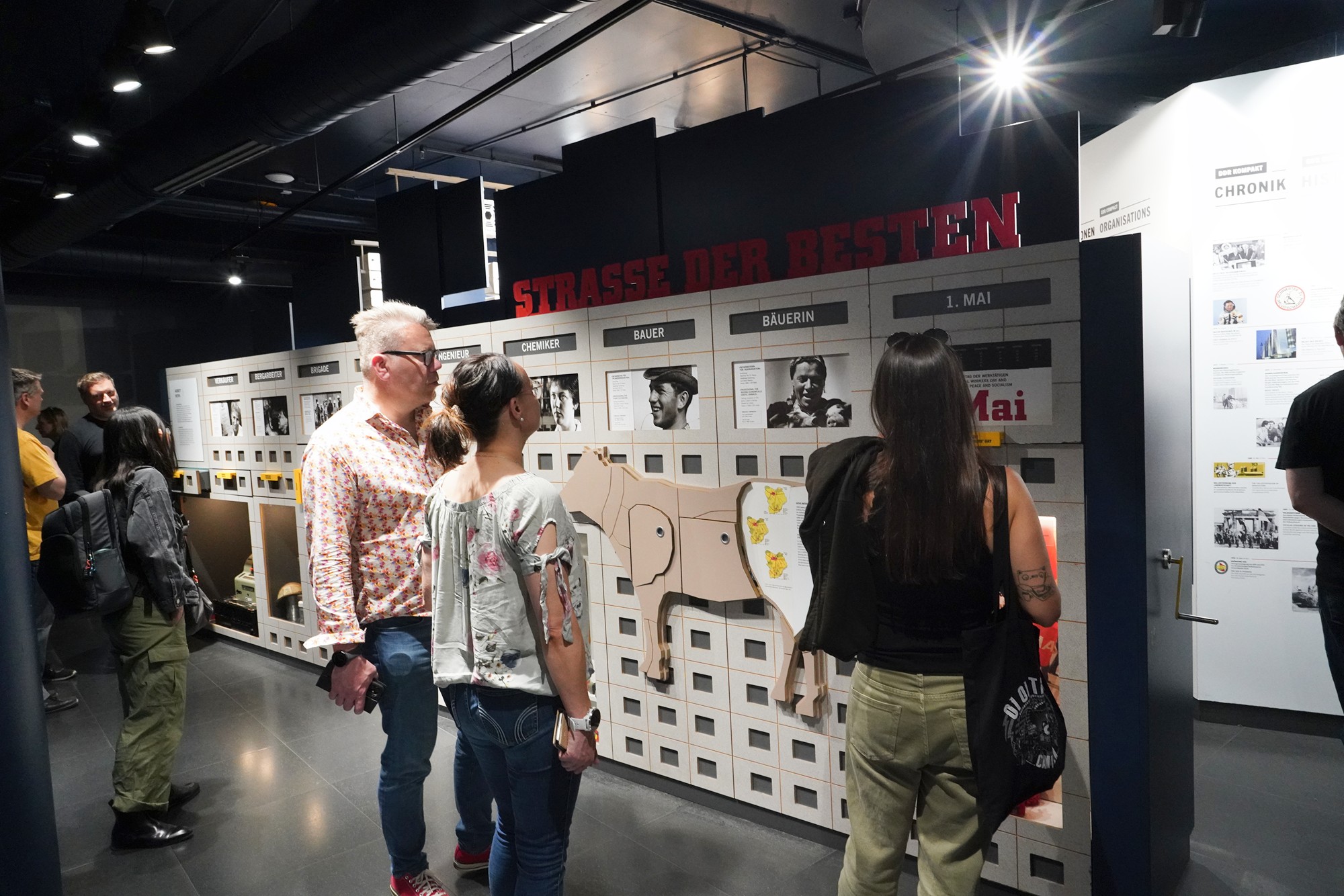
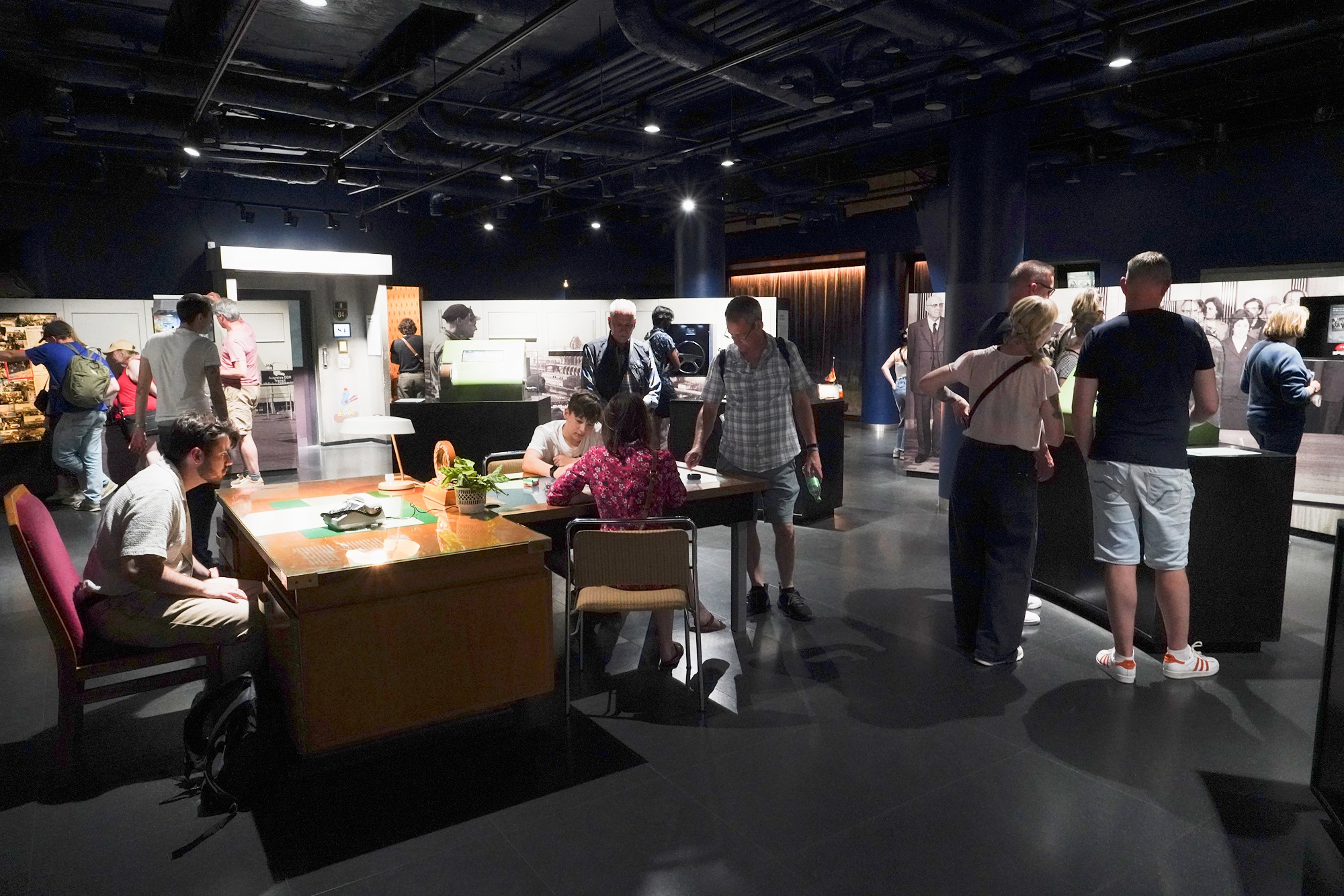
Exhibits showcase how information was controlled, from state-run media to propaganda posters, and how the government used censorship to maintain power.
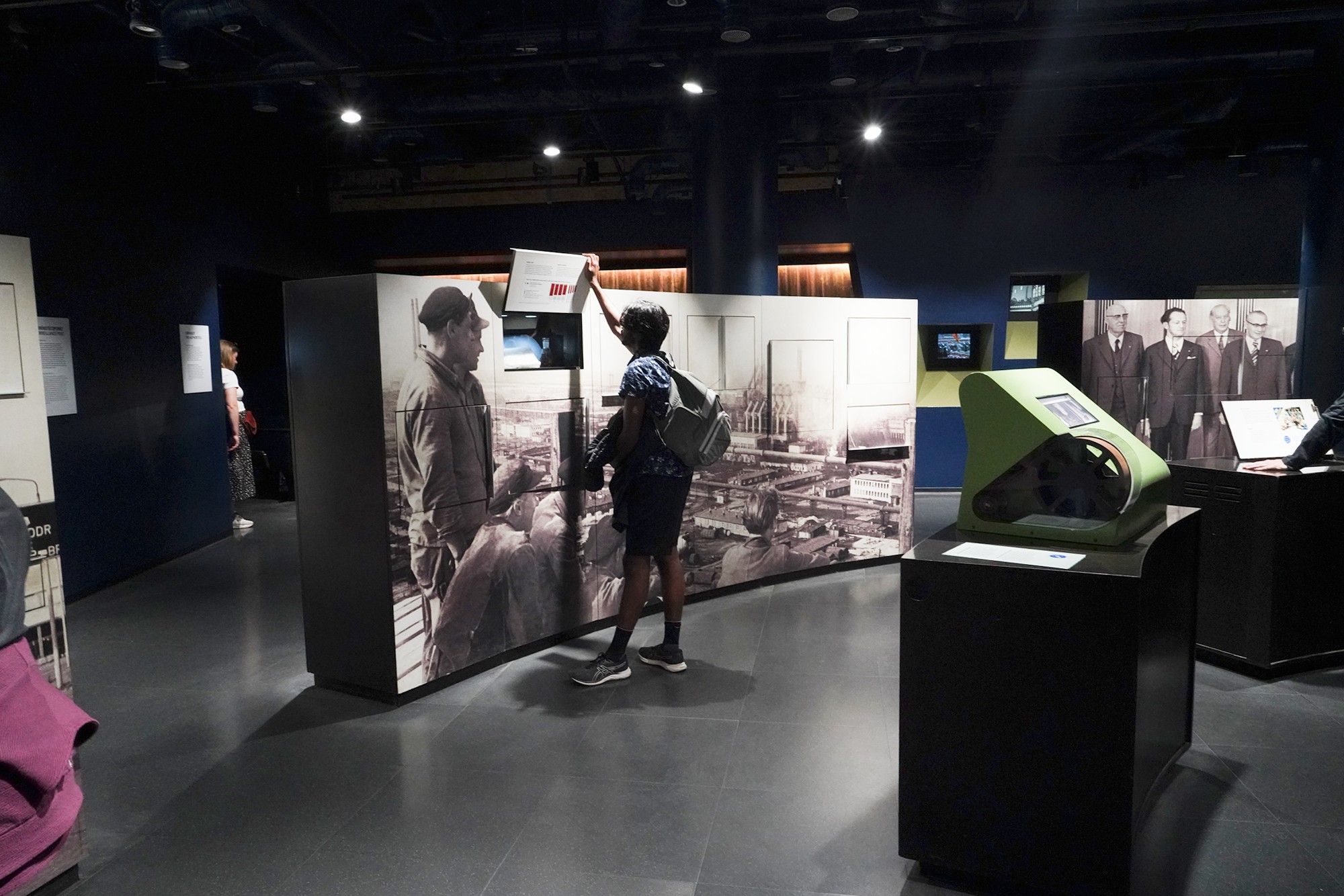
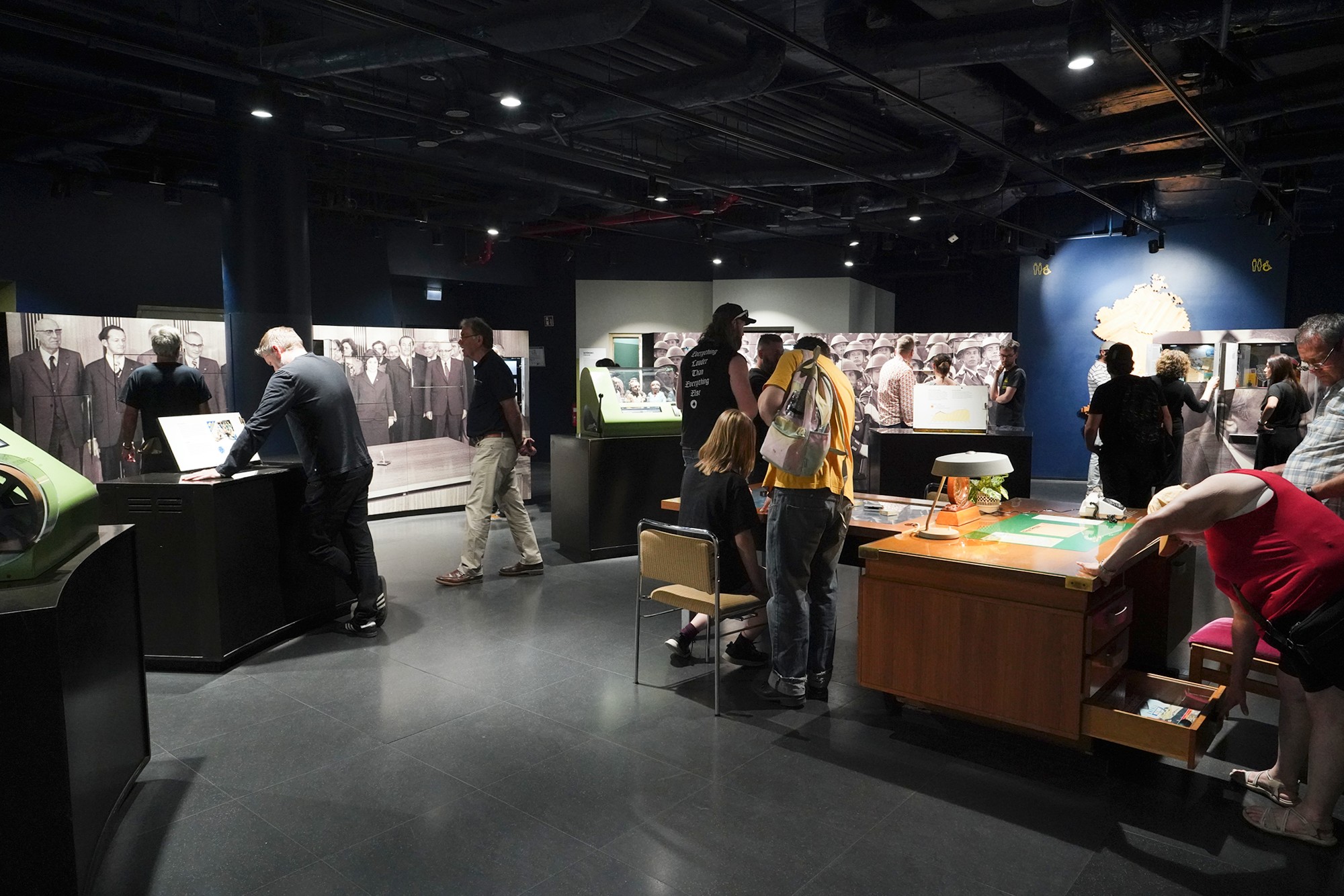
You can learn about the infamous Stasi (East German secret police), including the methods they used to monitor and control citizens, from hidden listening devices to personal files.
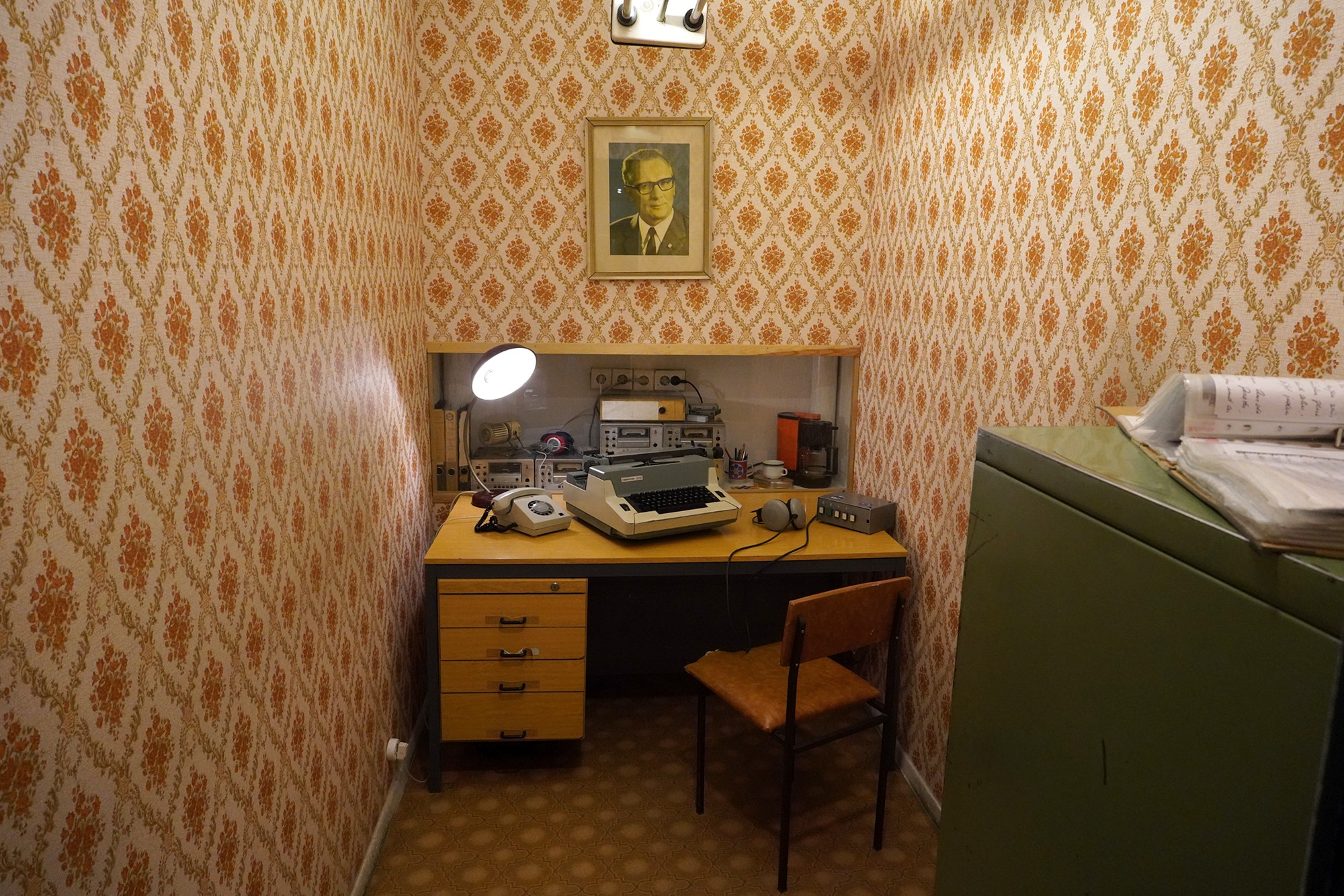
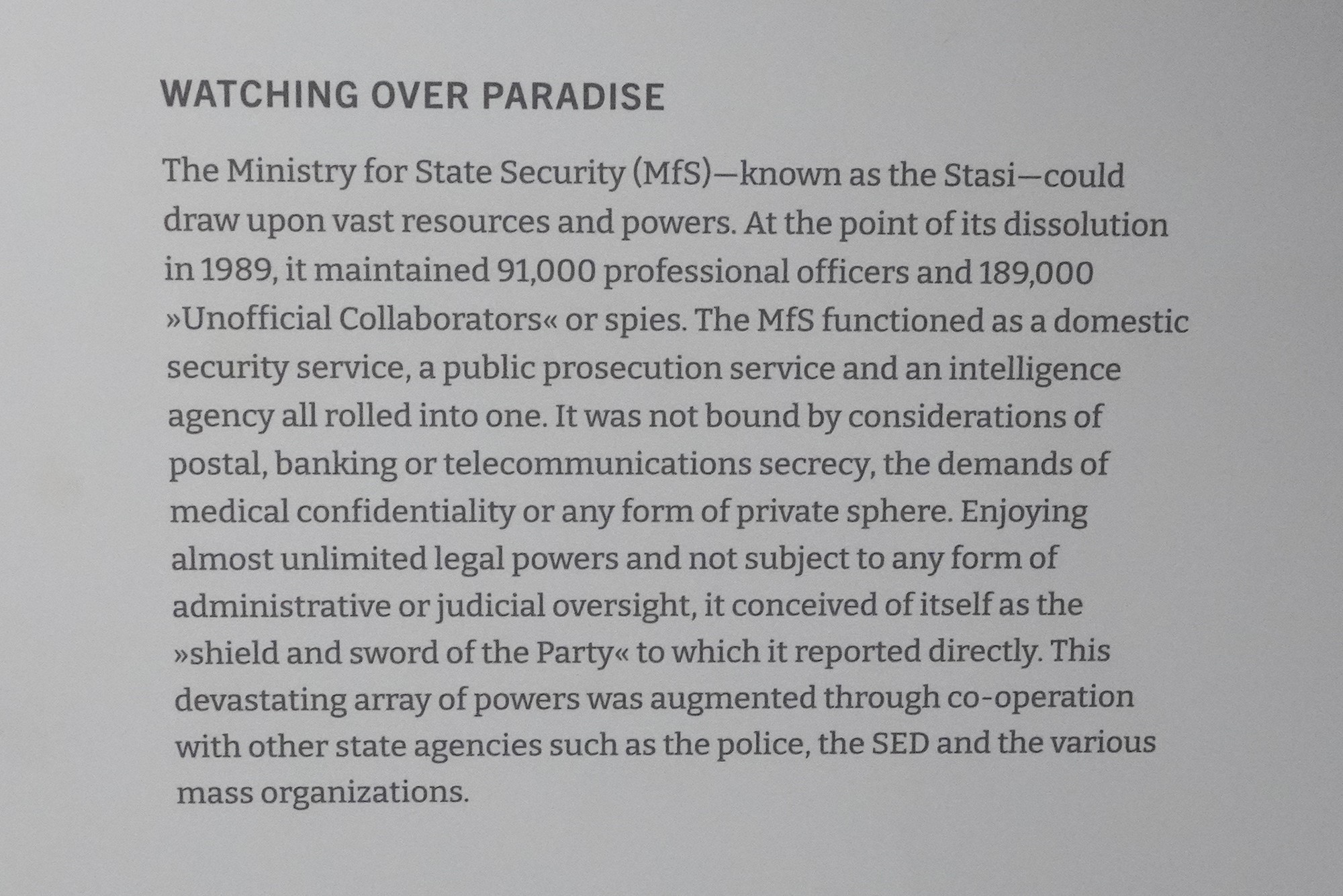
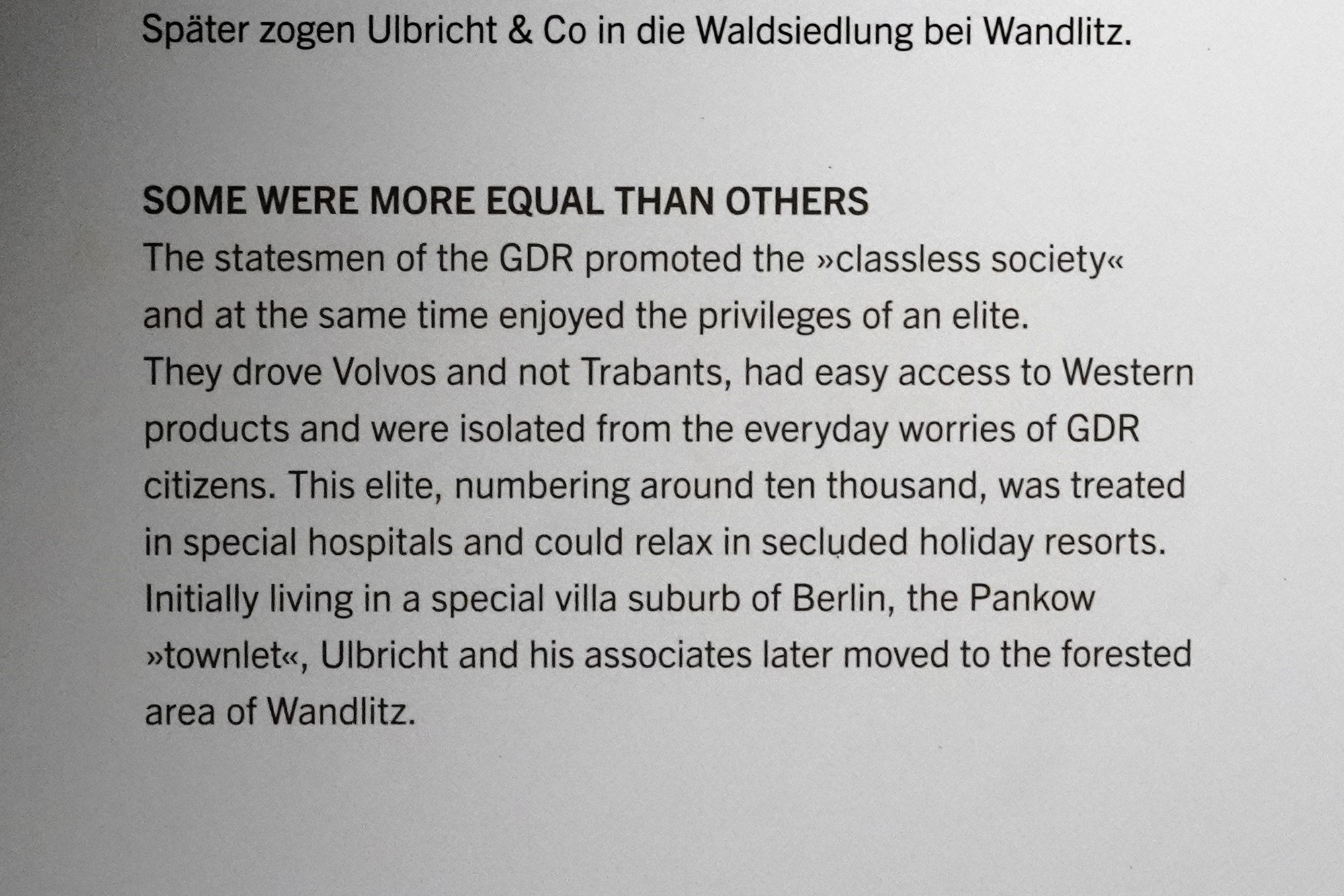
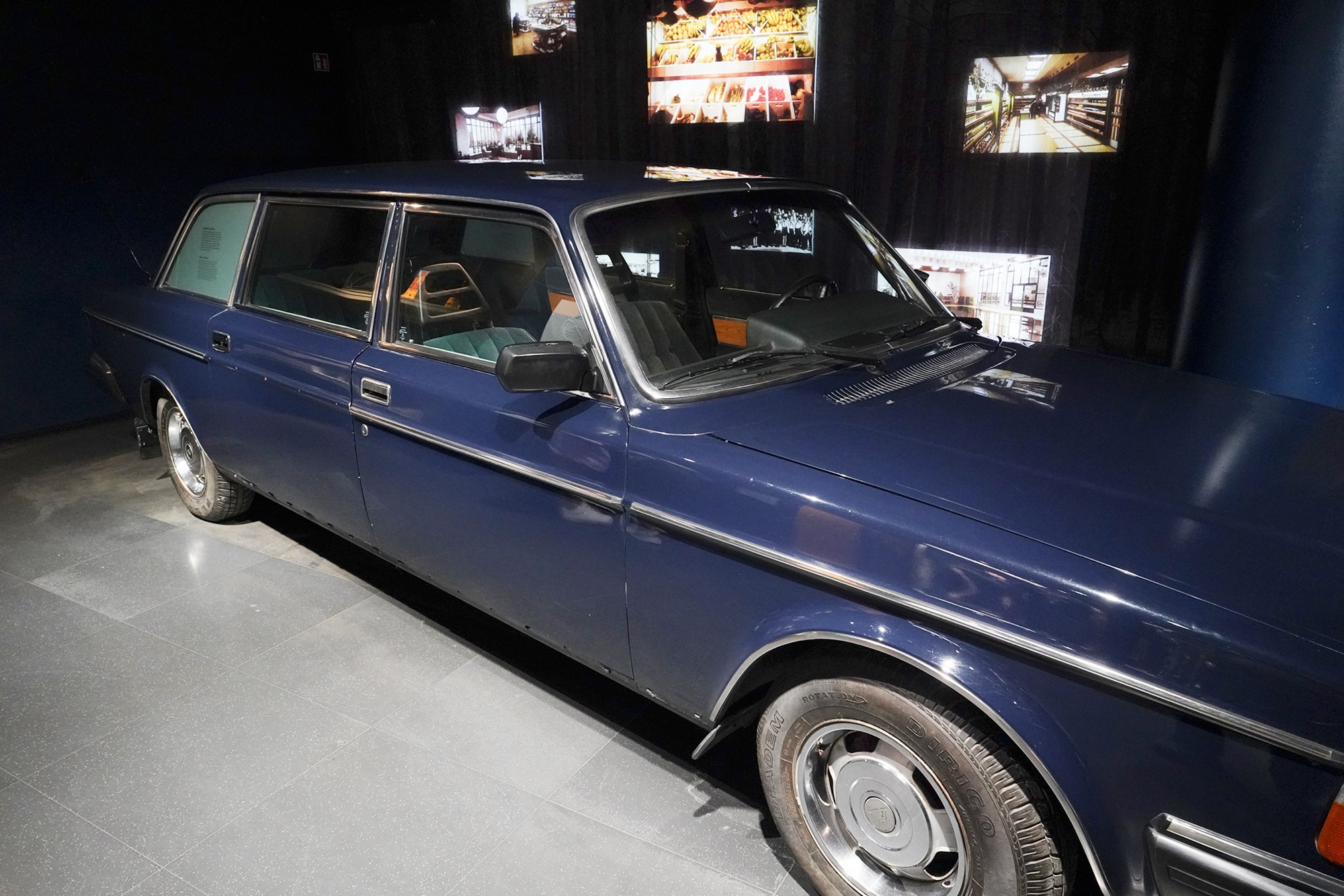
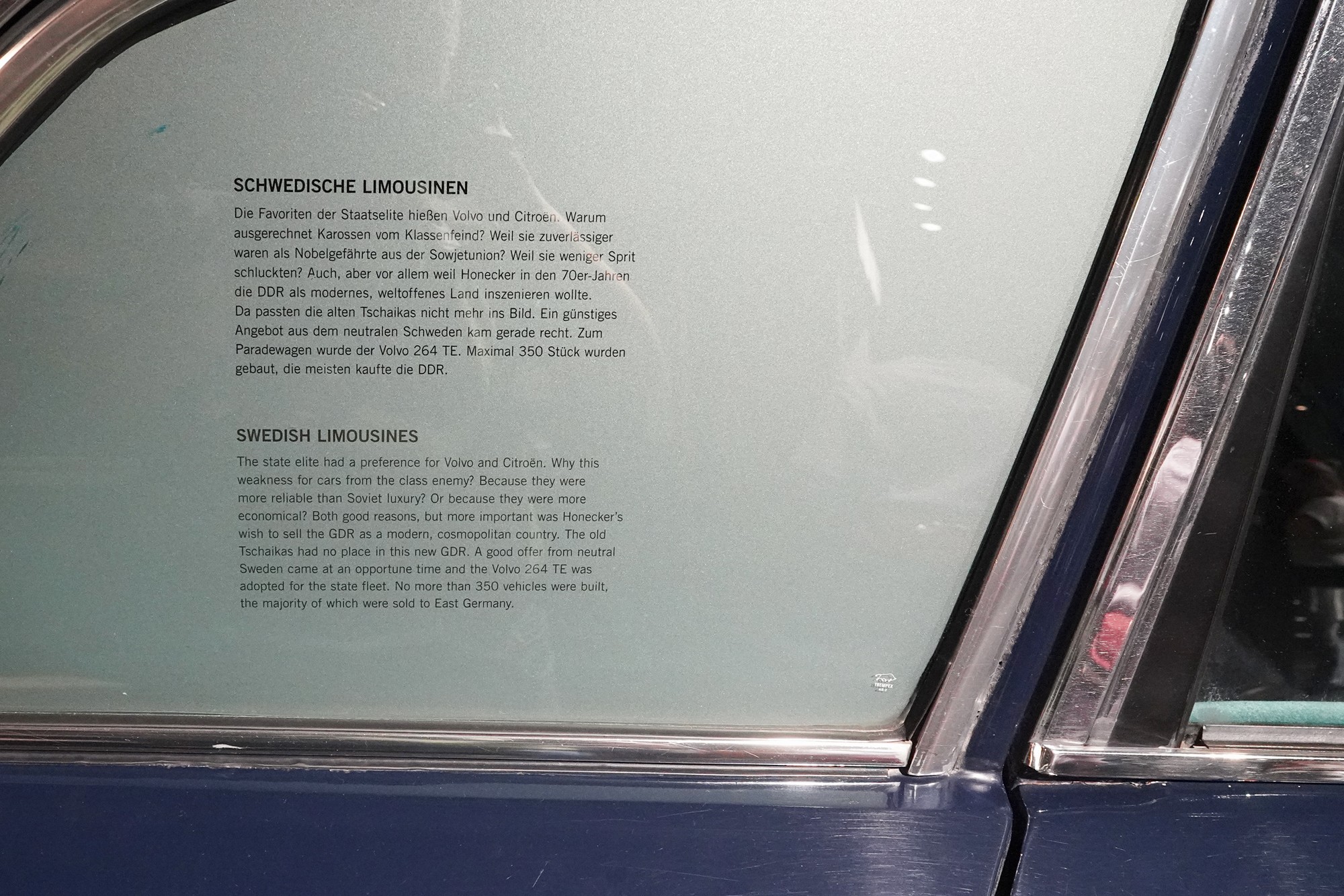

The museum displays items that were common in East German homes, including clothing, toys, and household products, showing the limited consumer choice due to shortages.

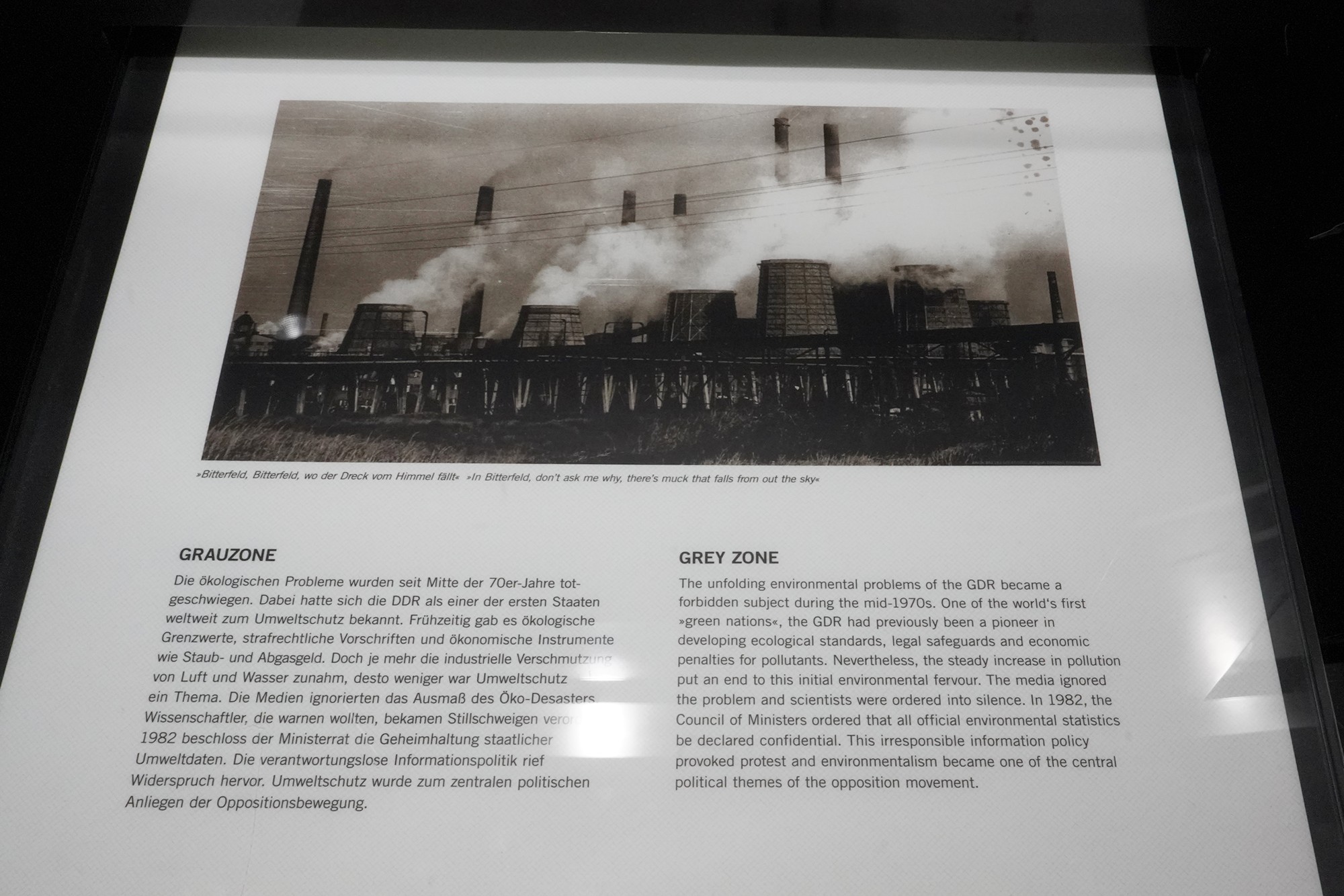
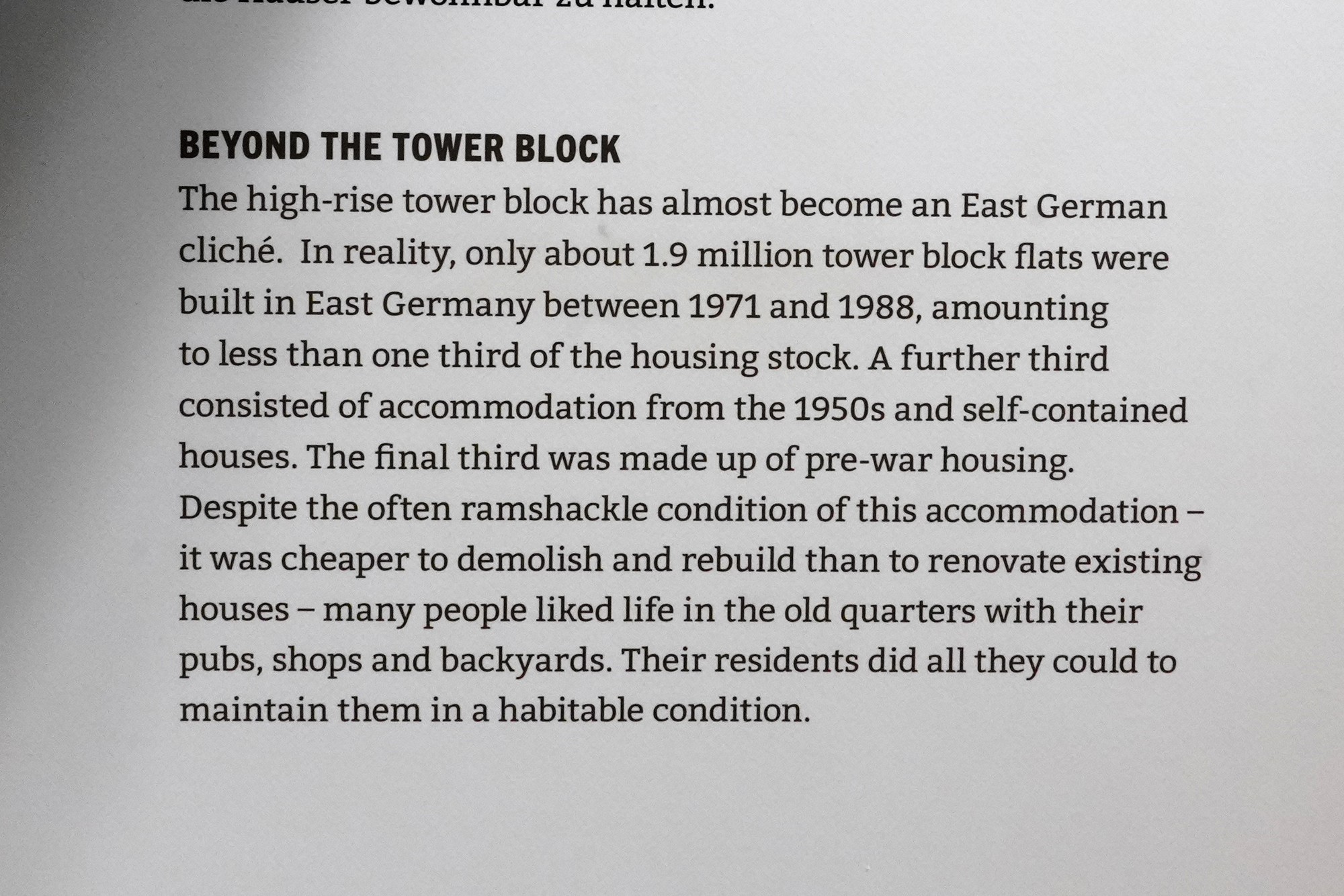
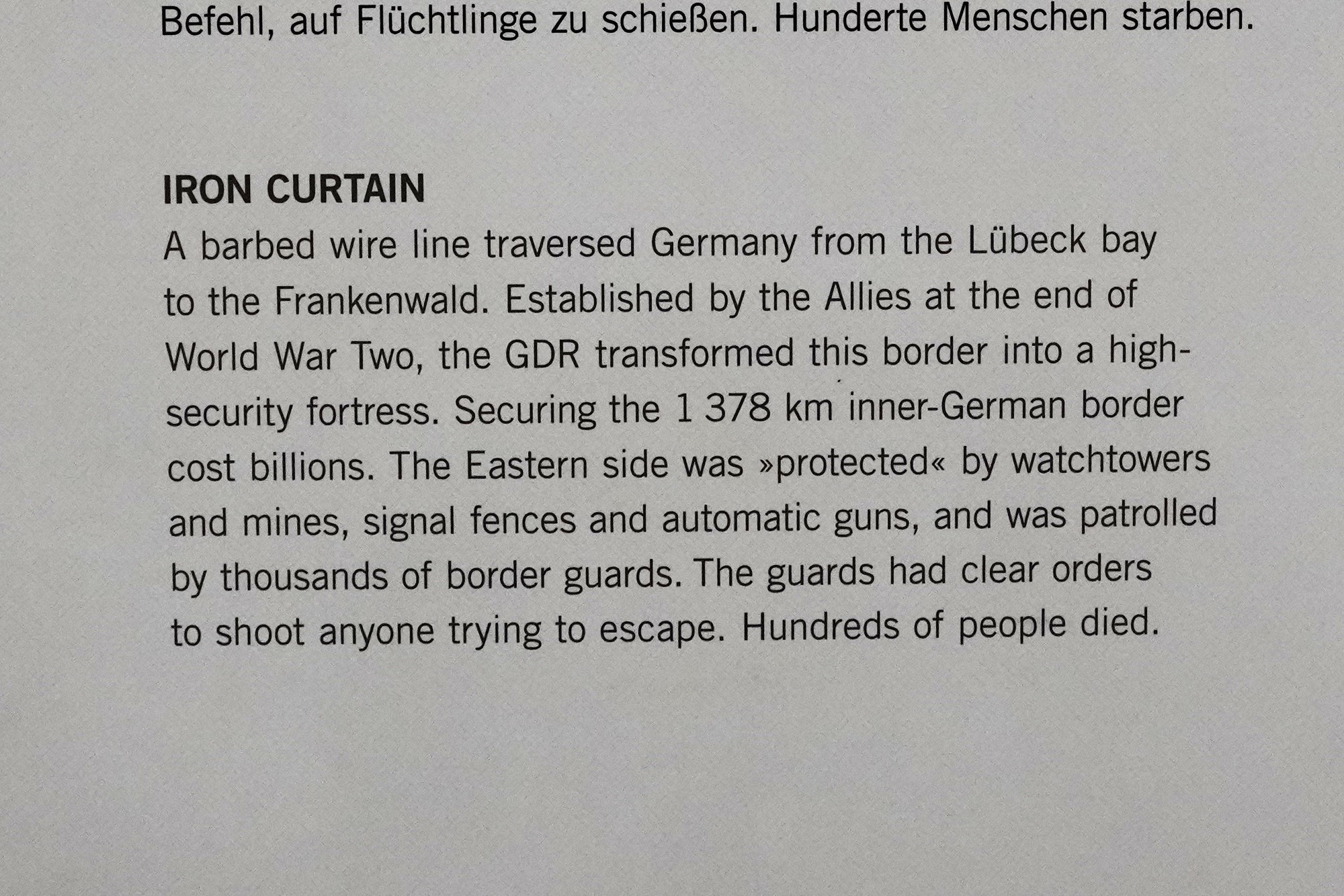
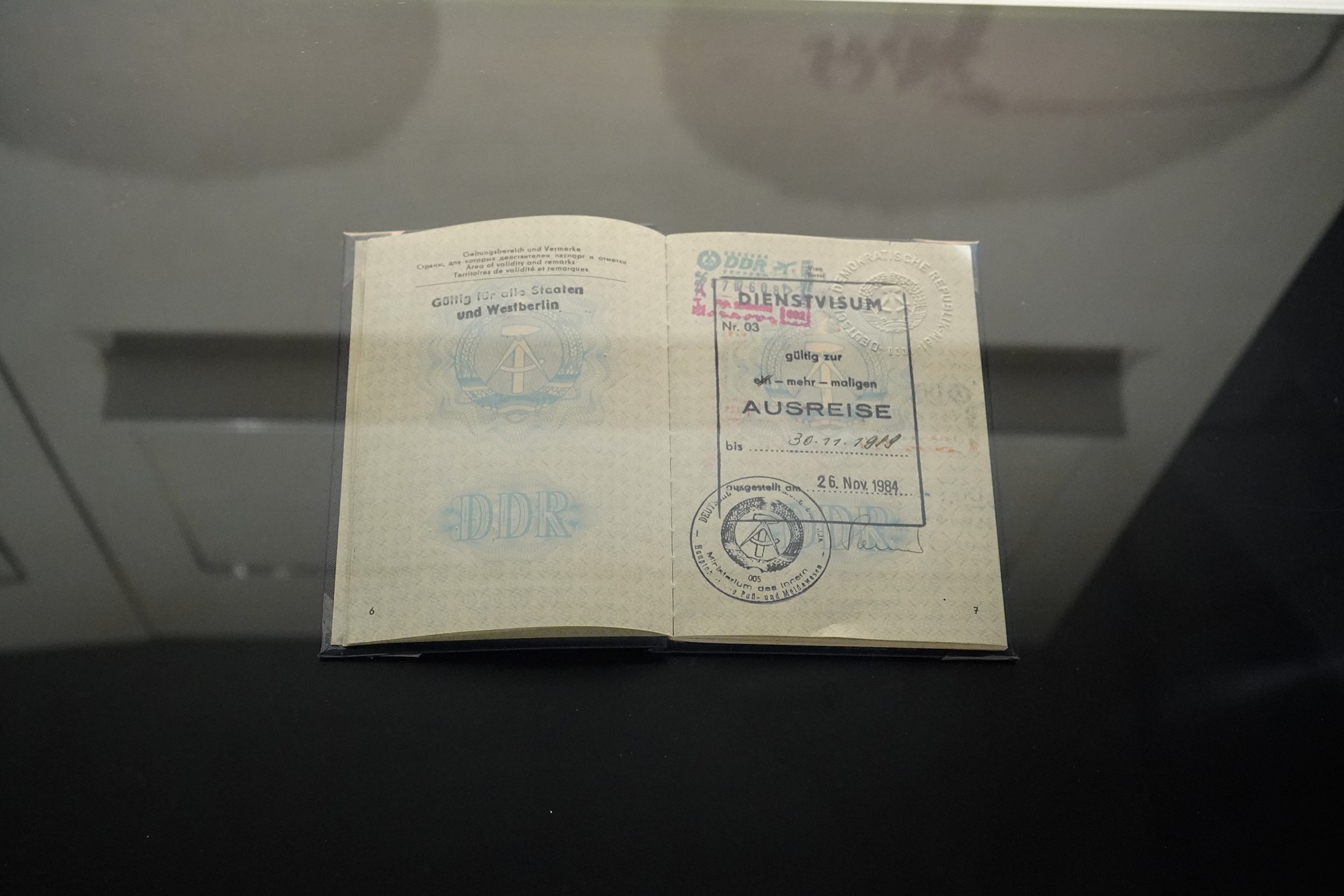
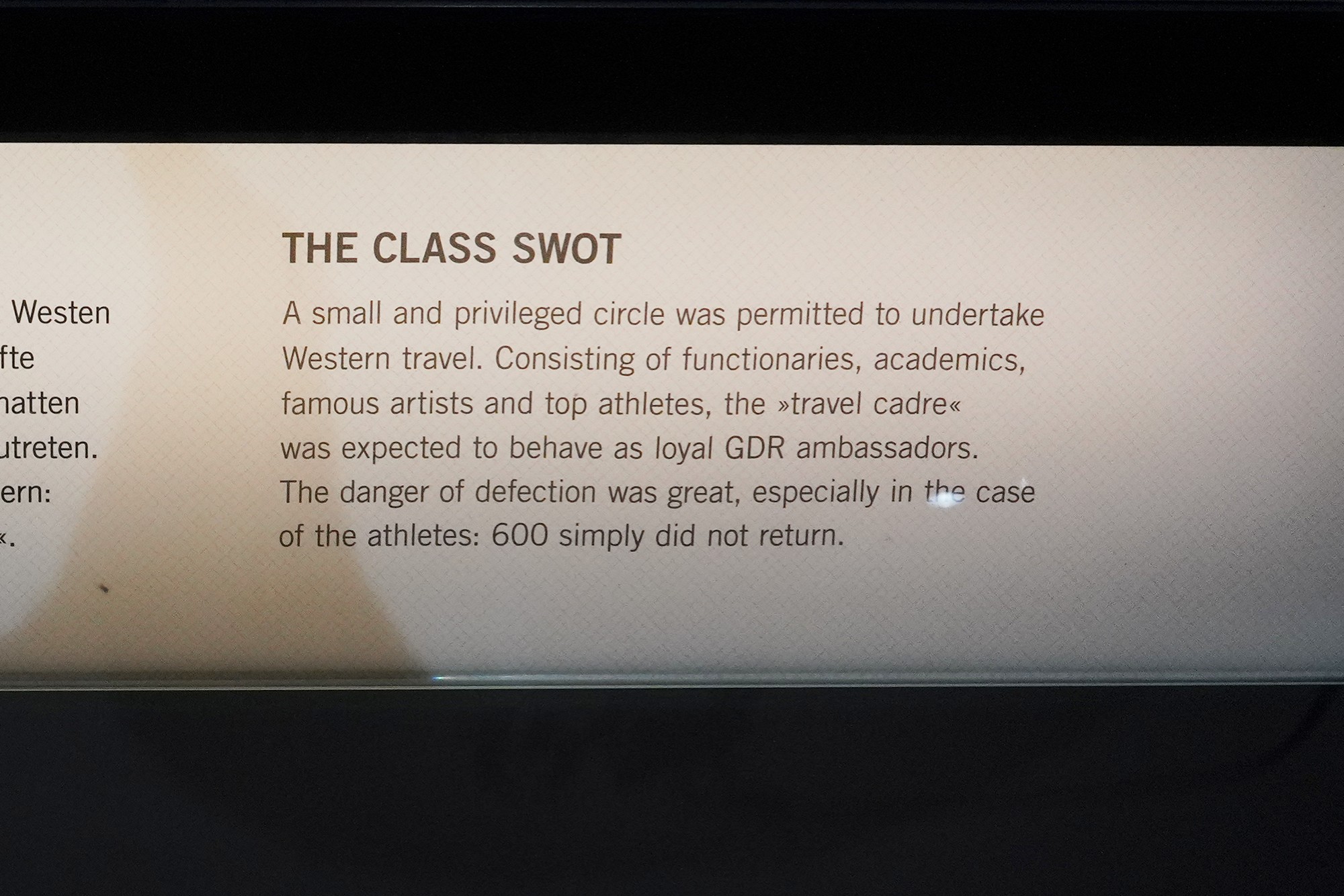
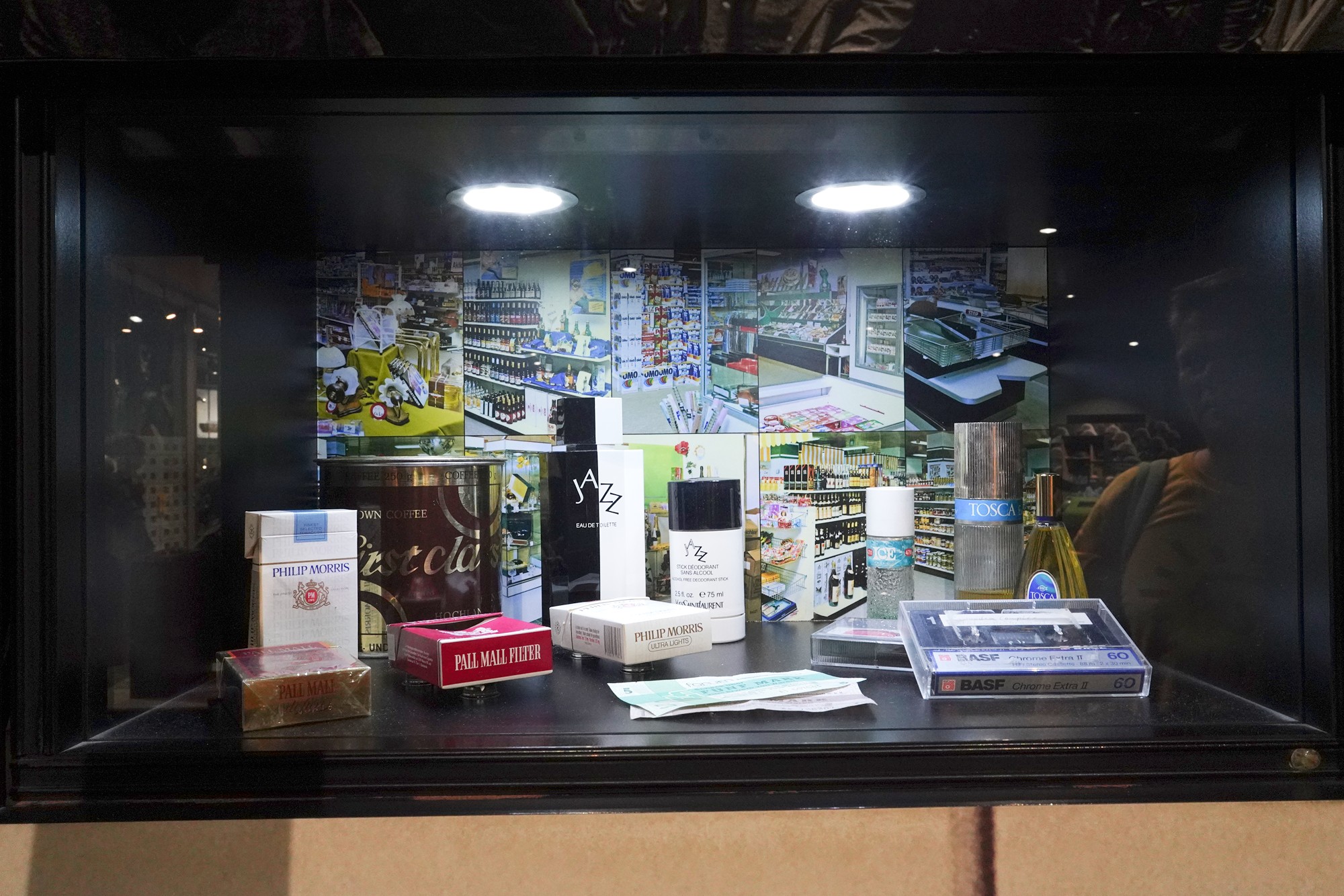
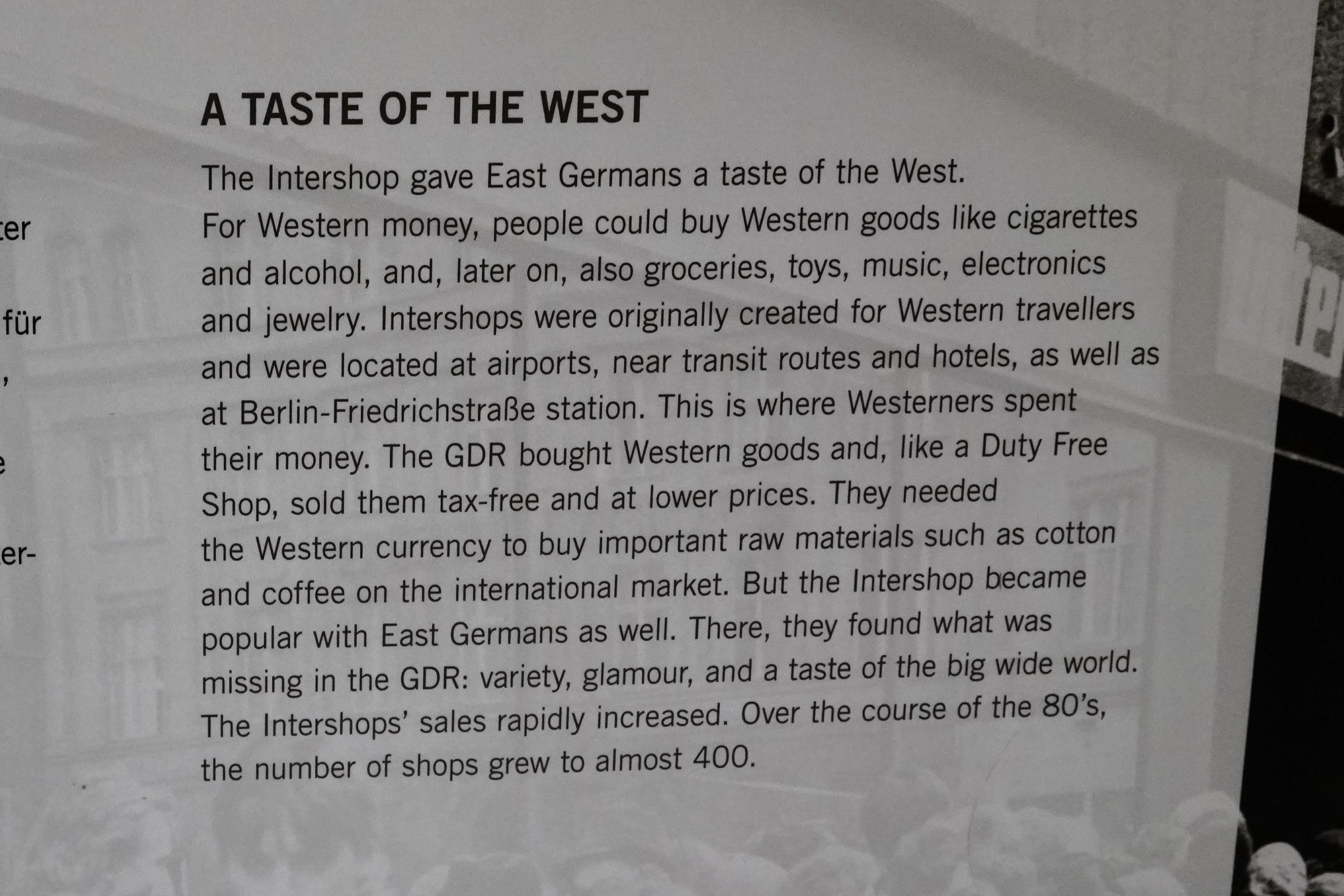
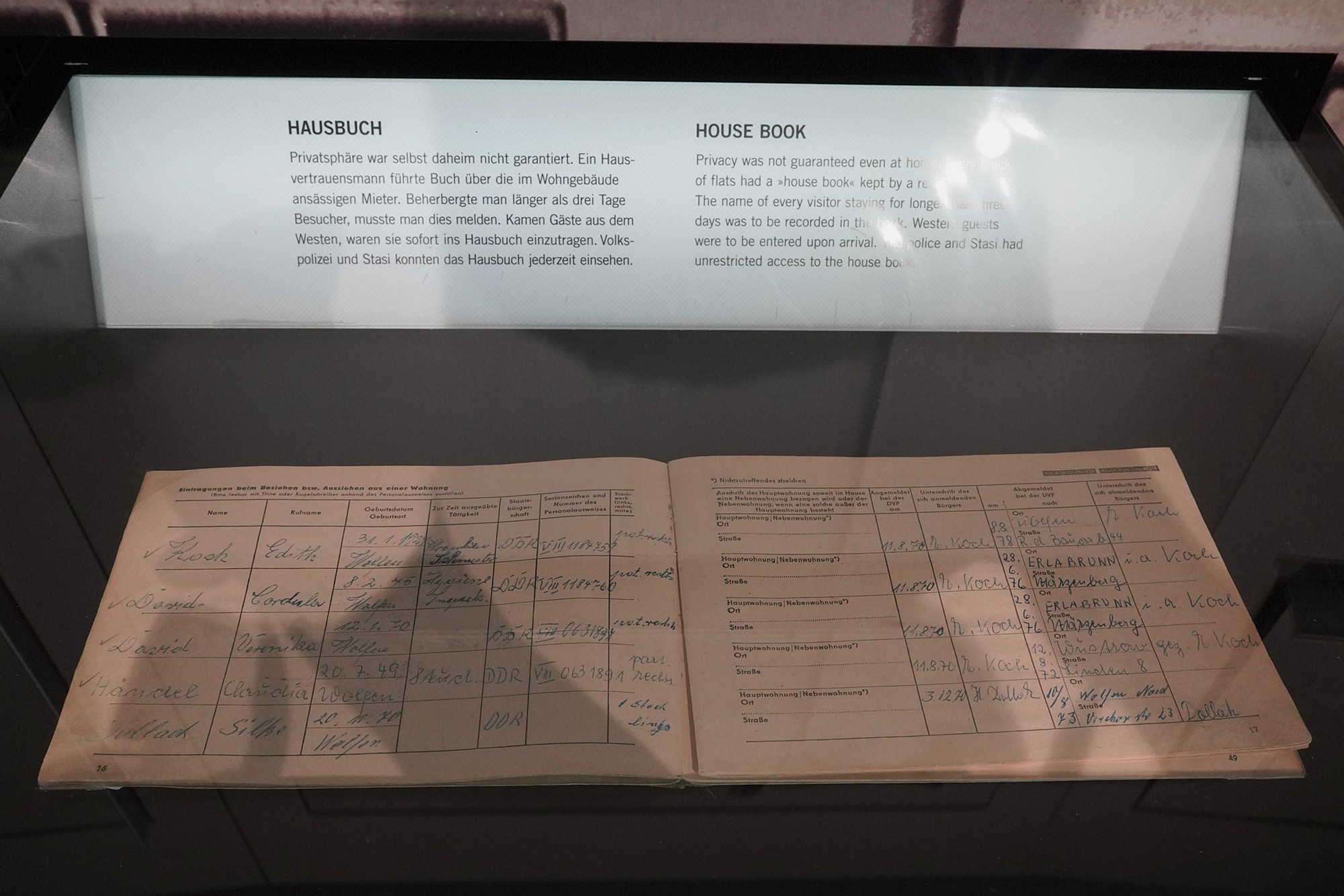
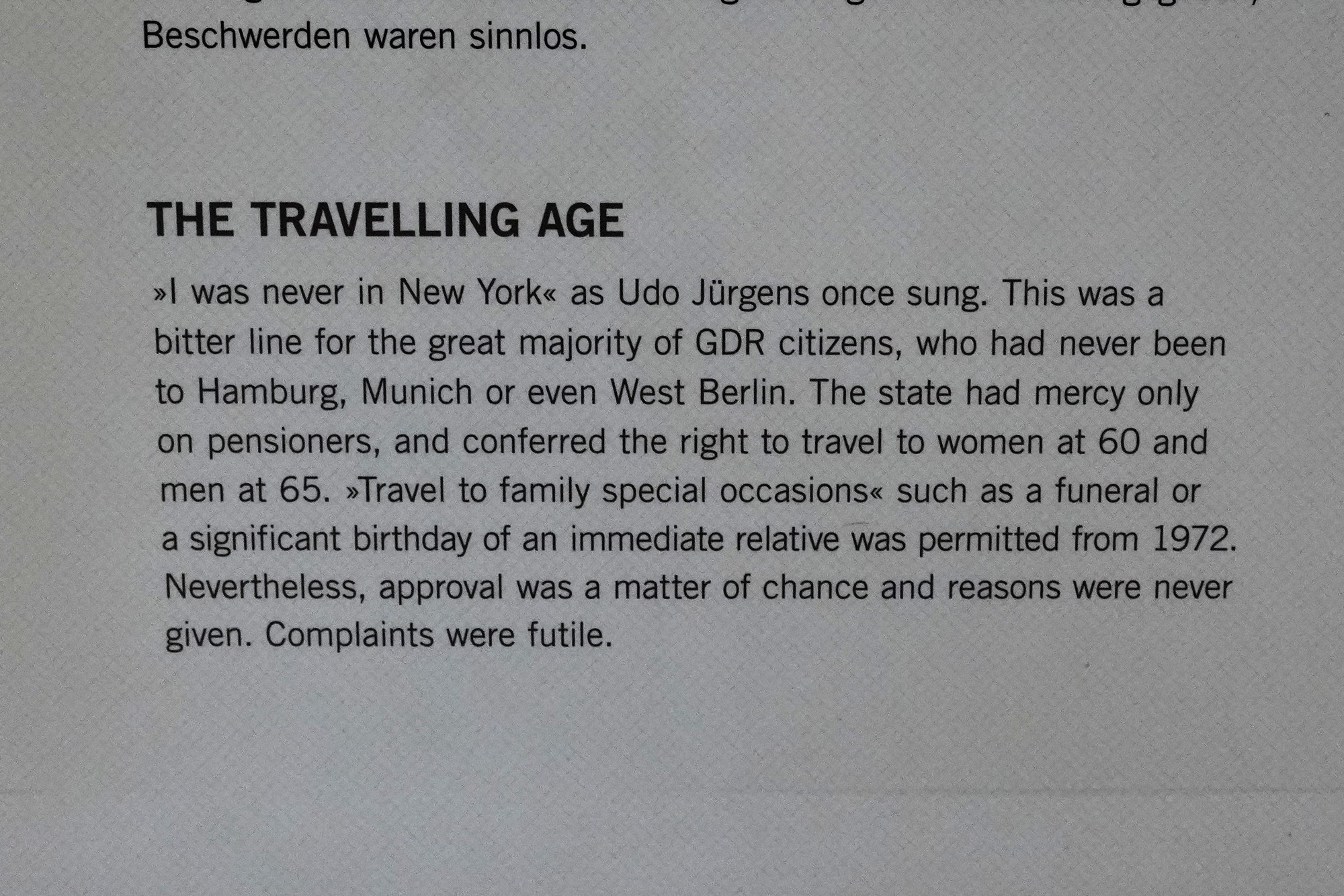

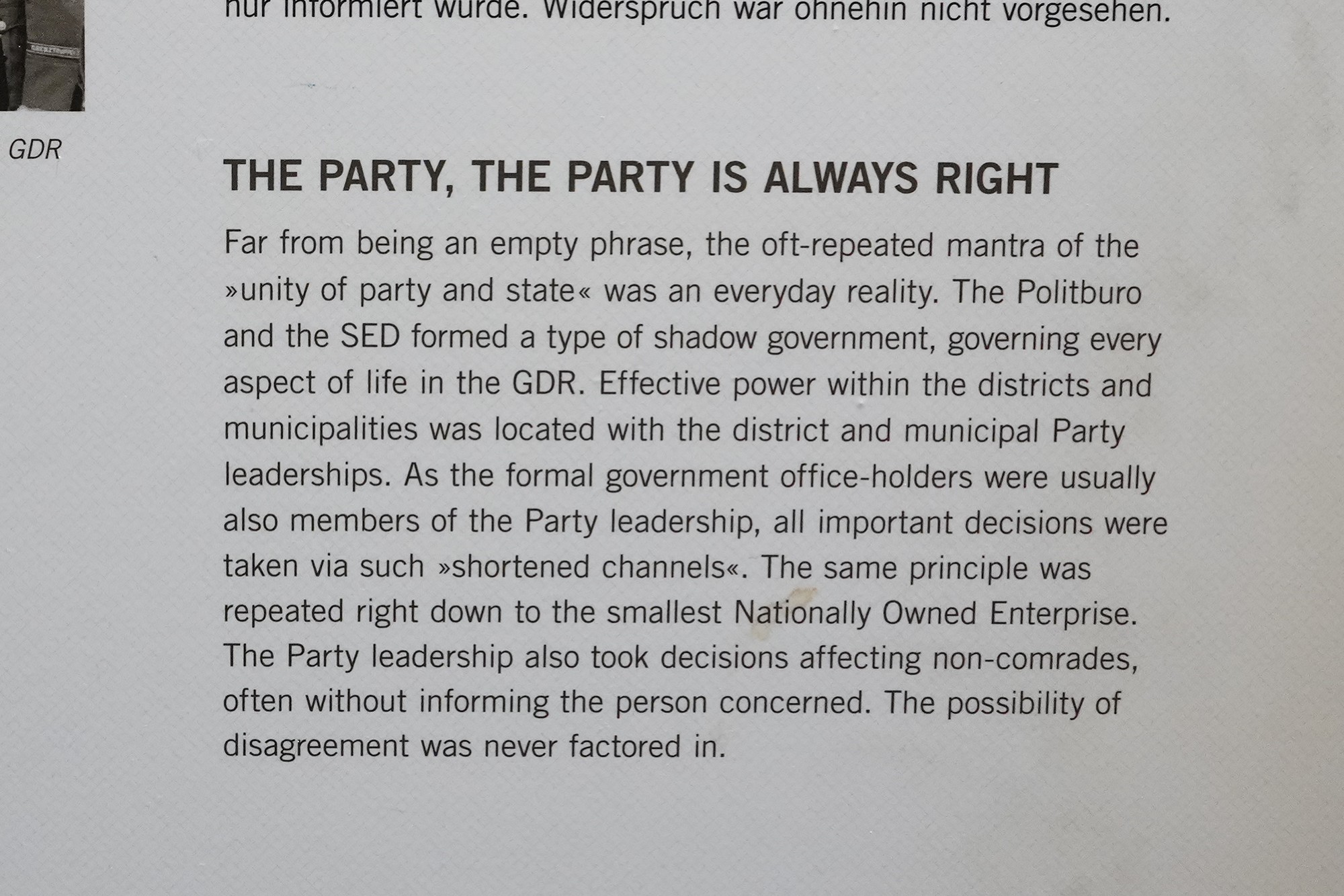
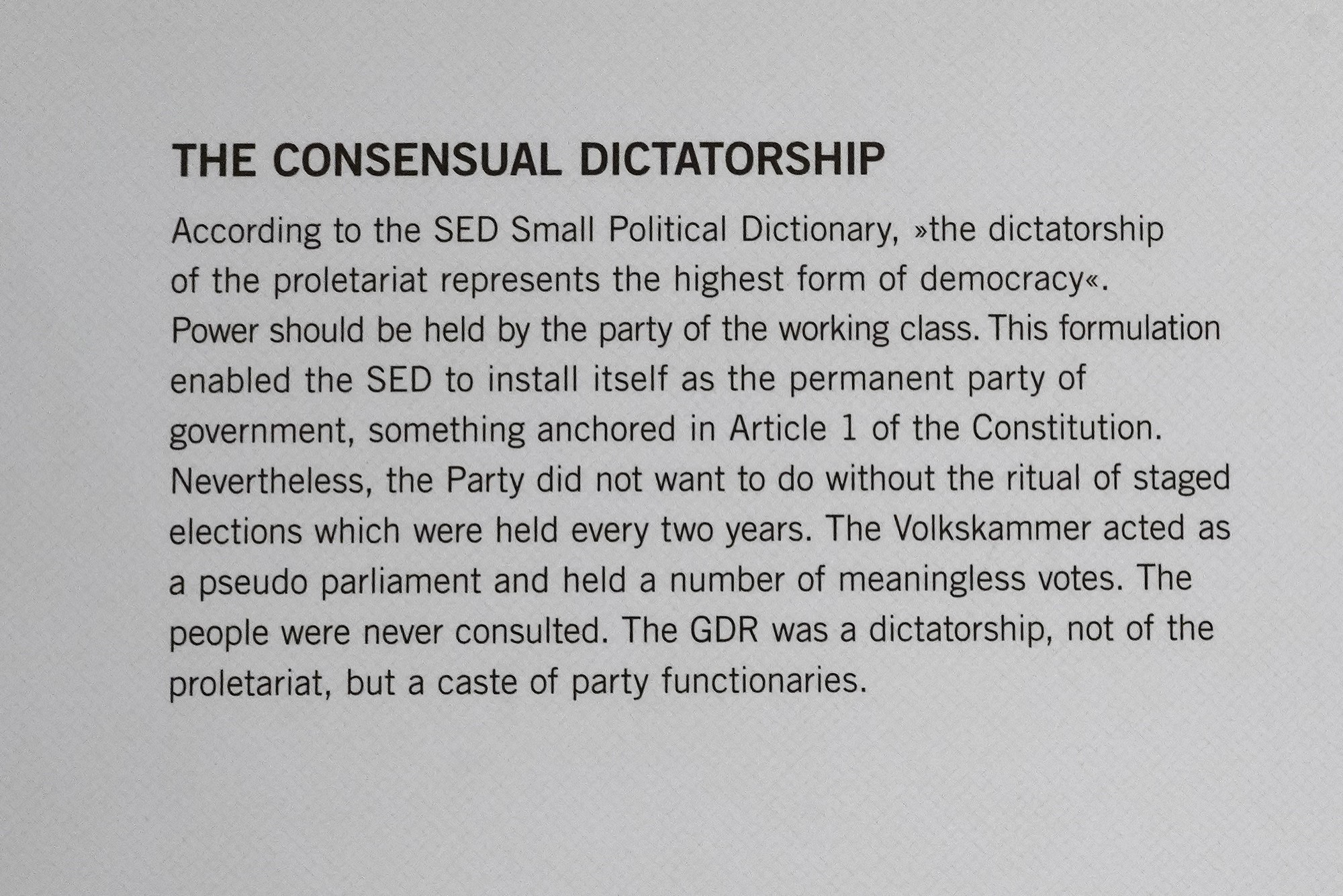
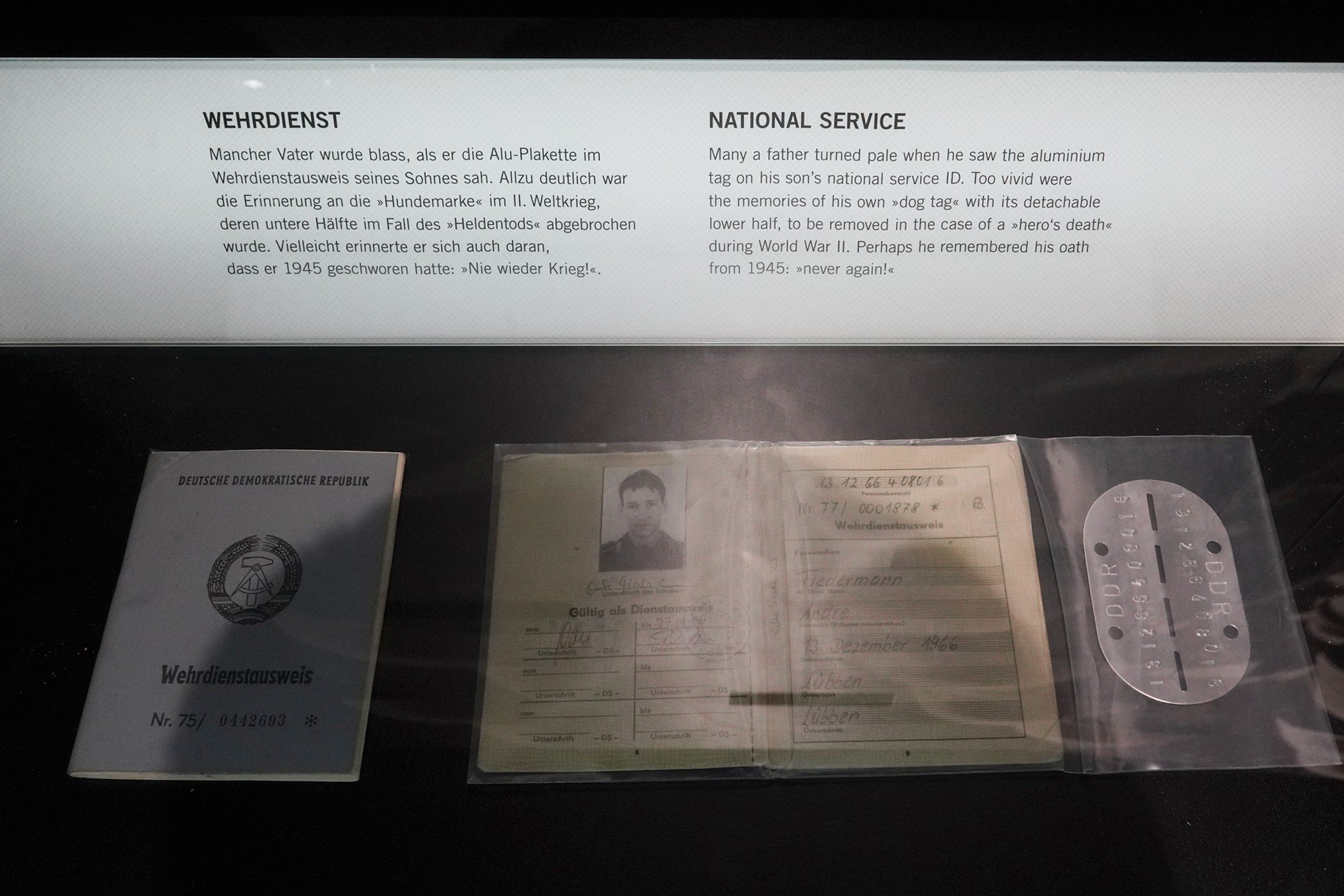
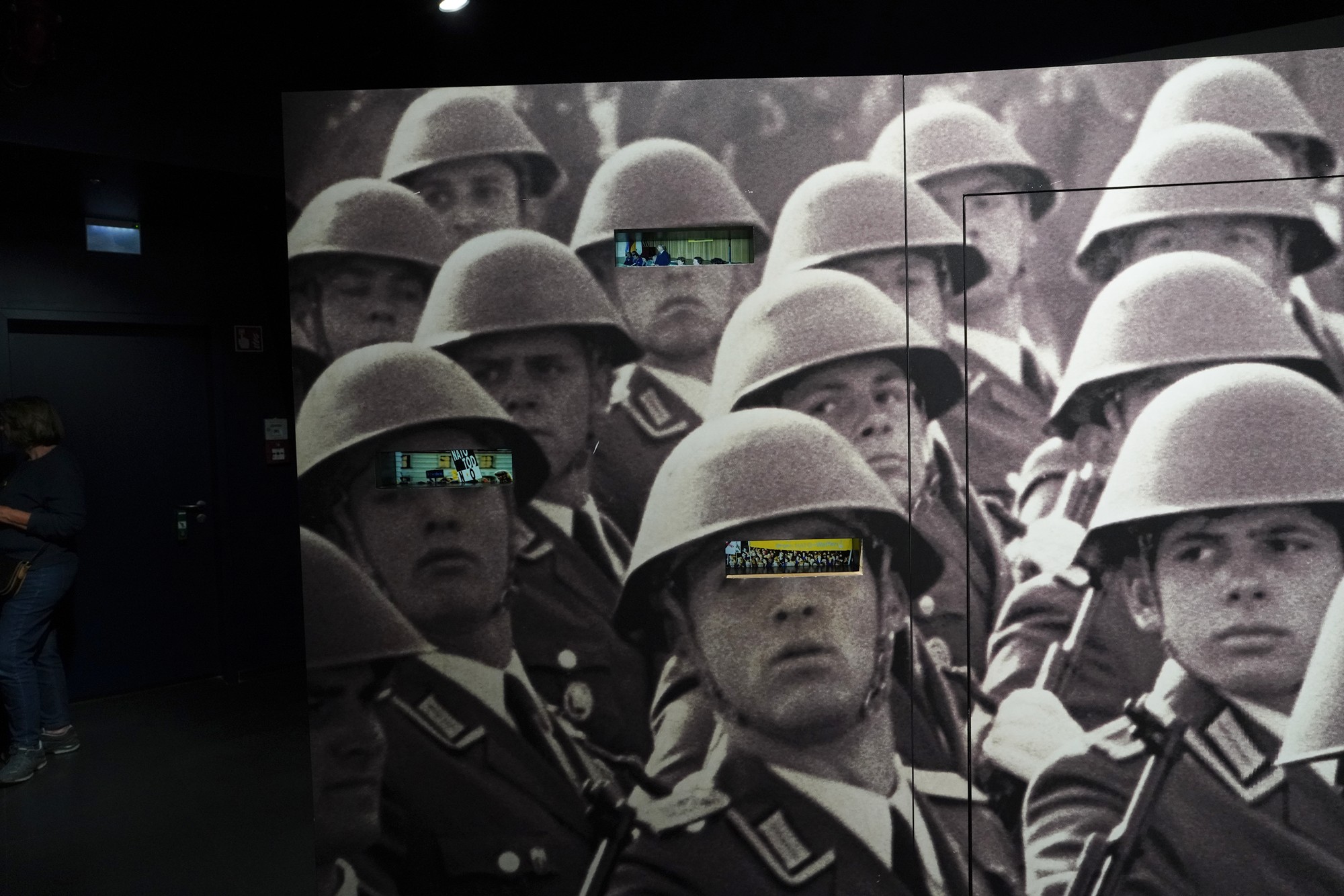
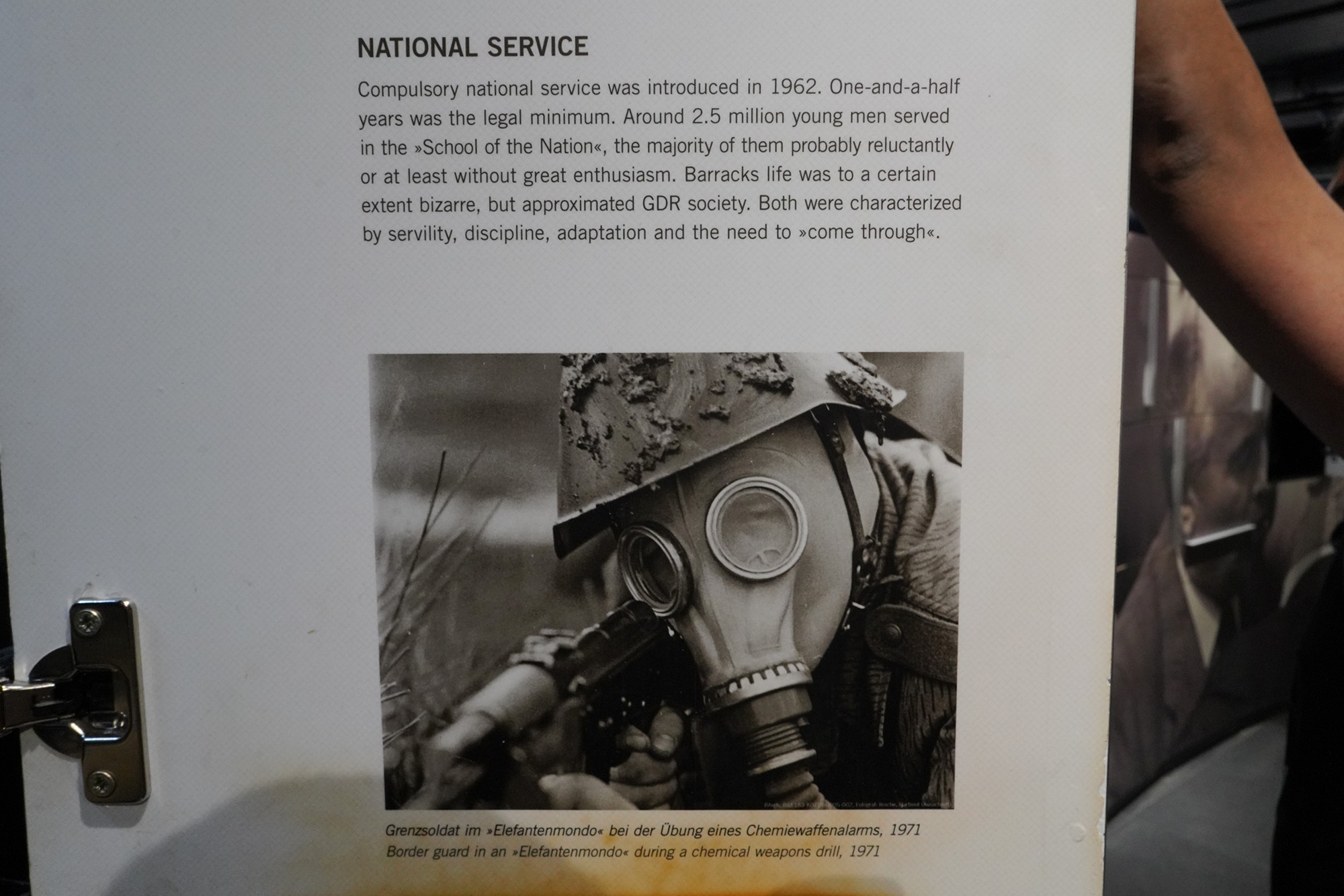
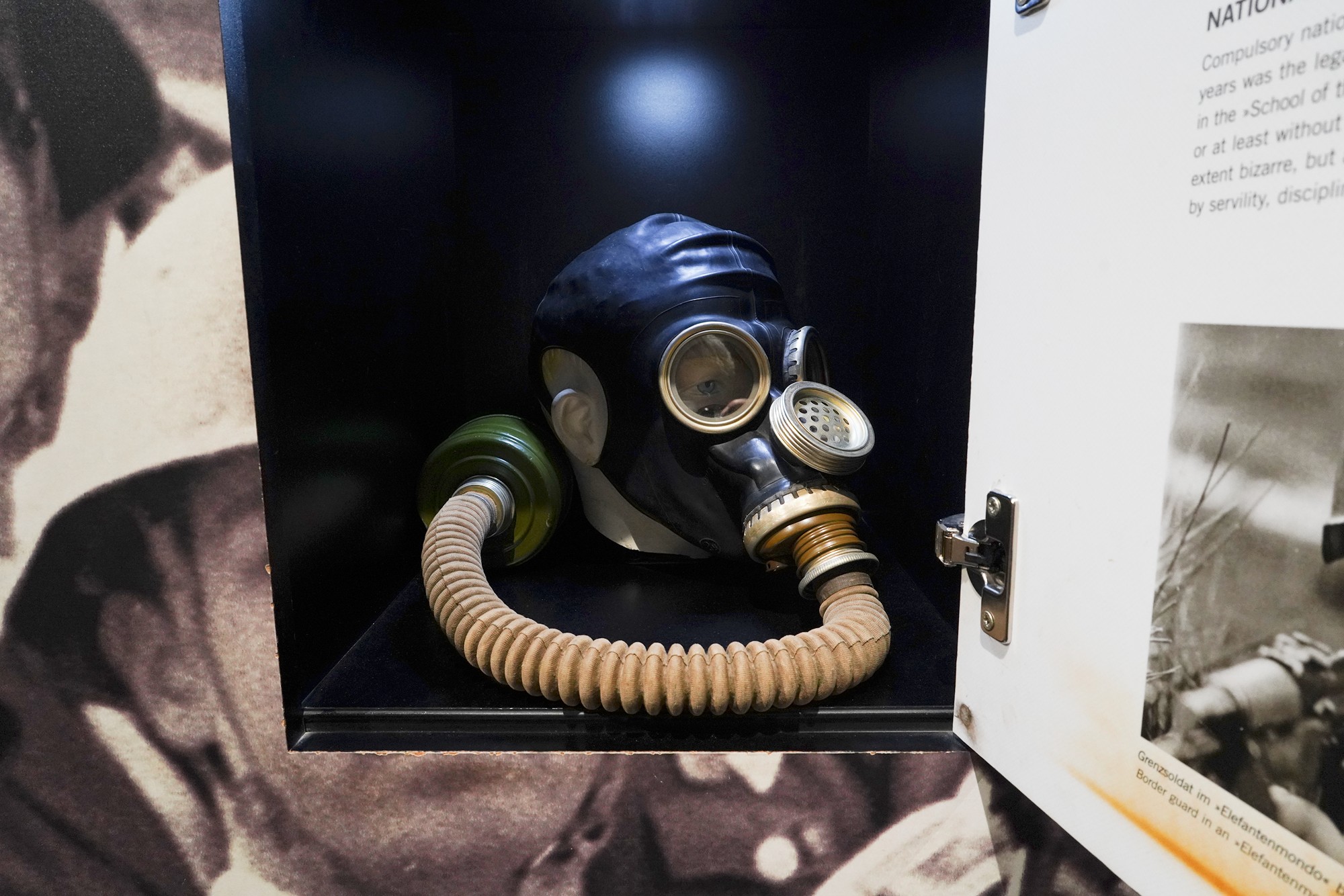
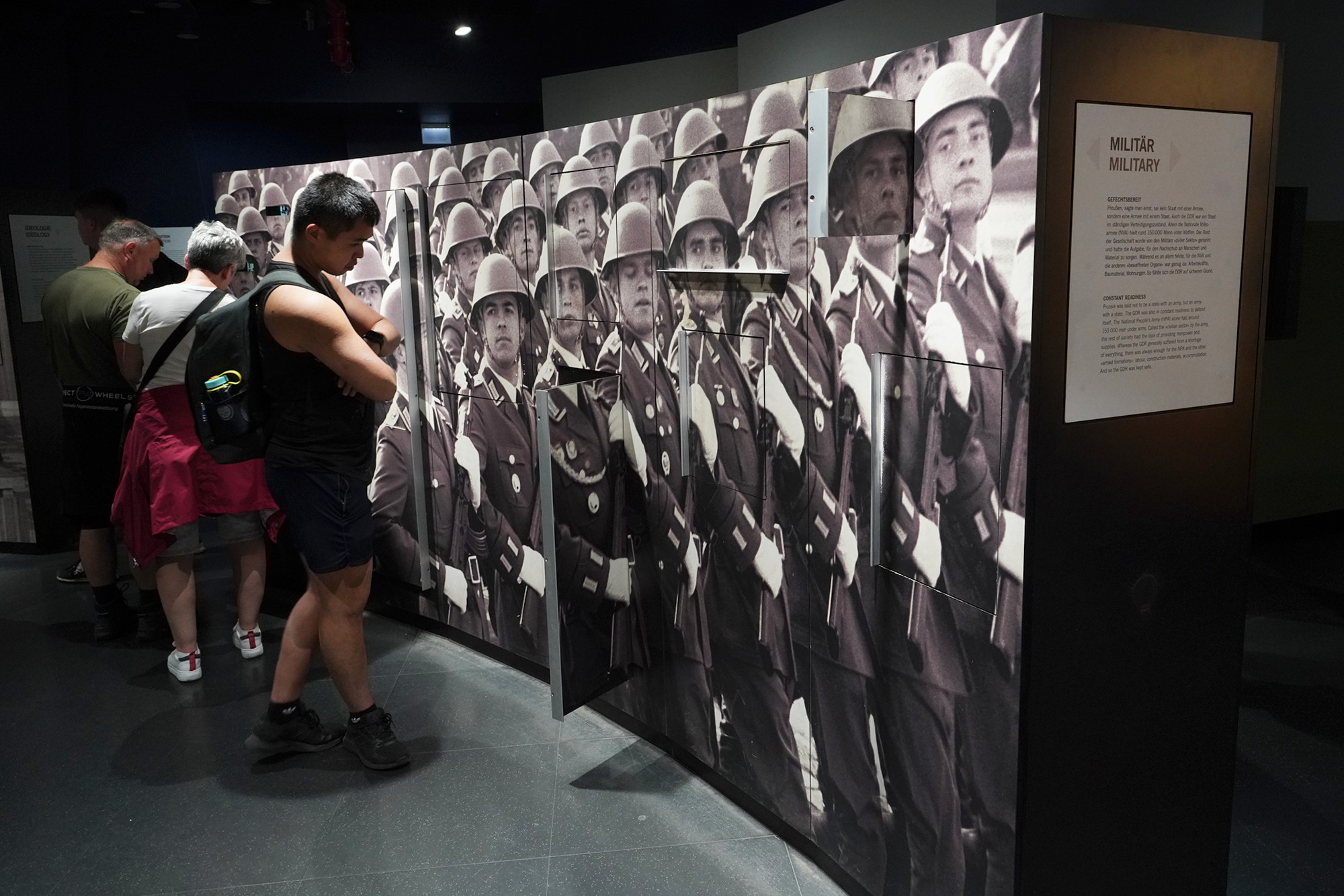
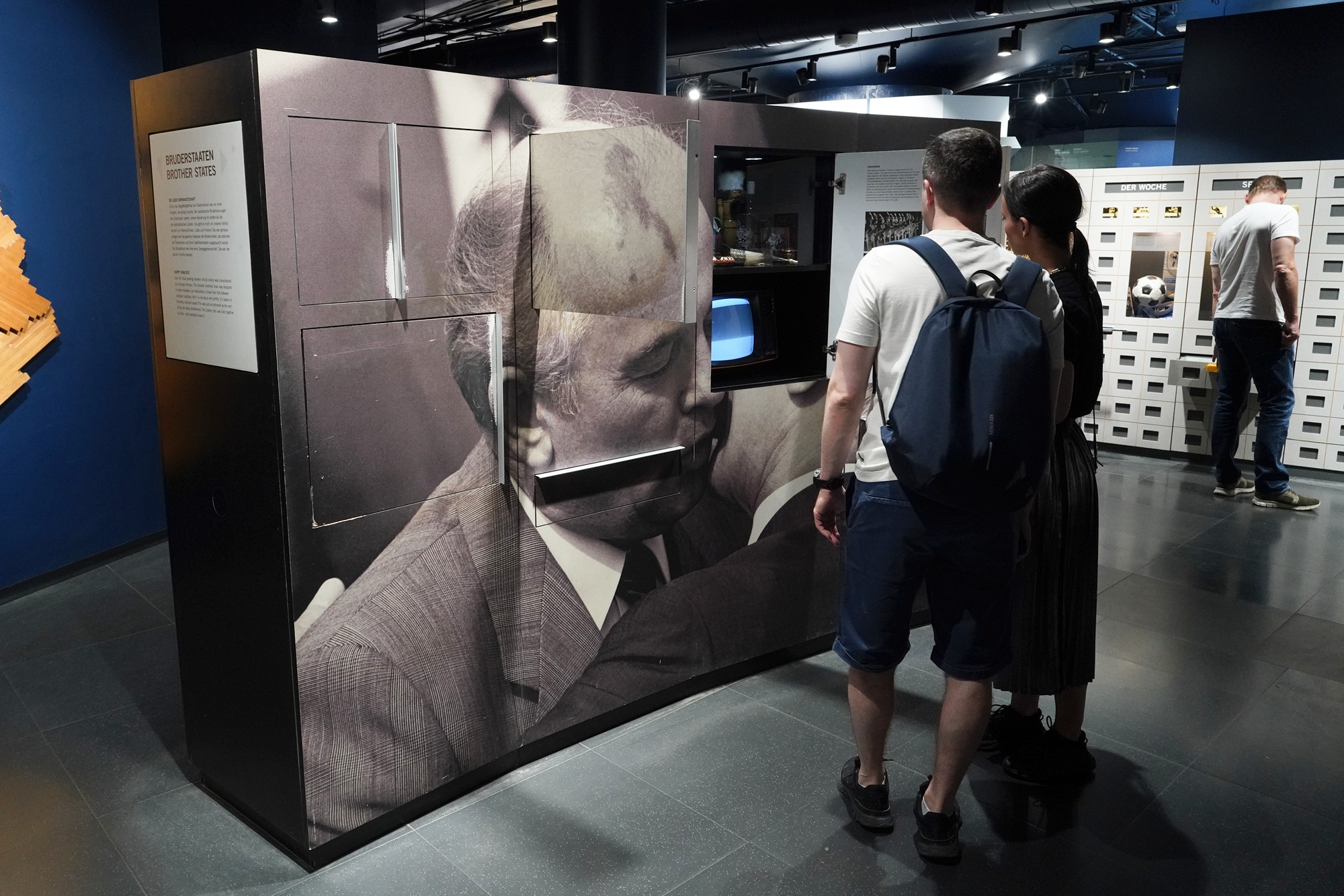
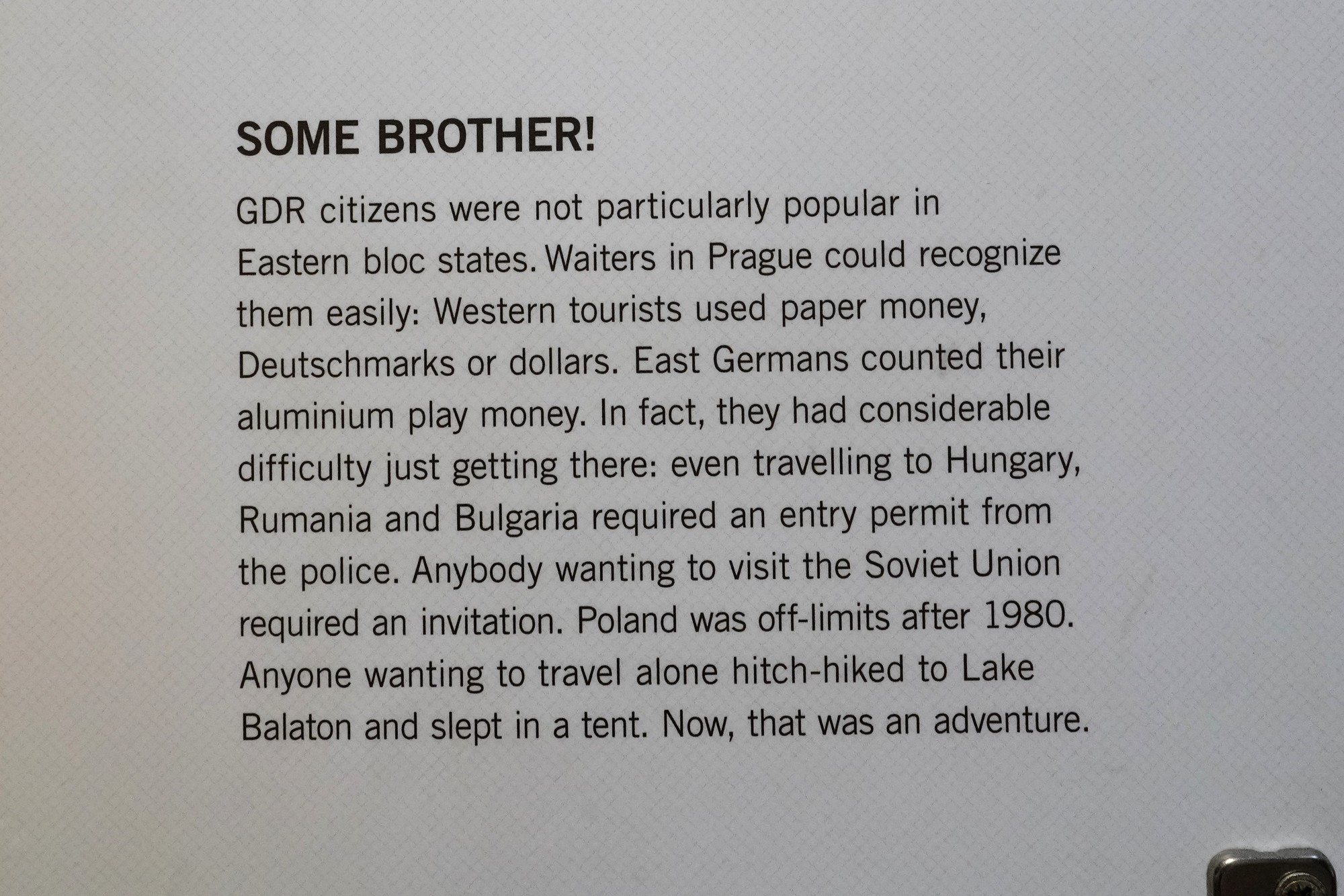
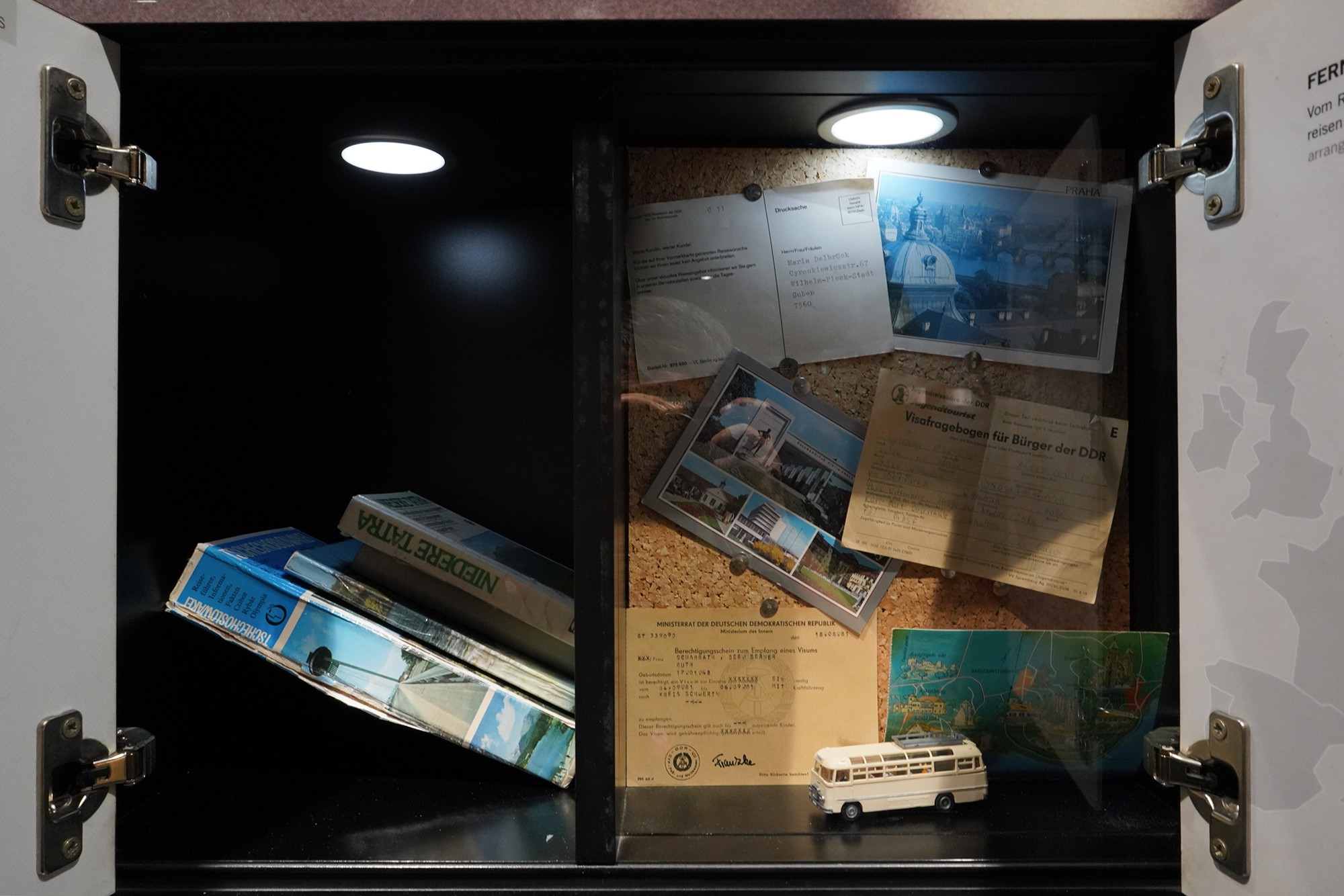
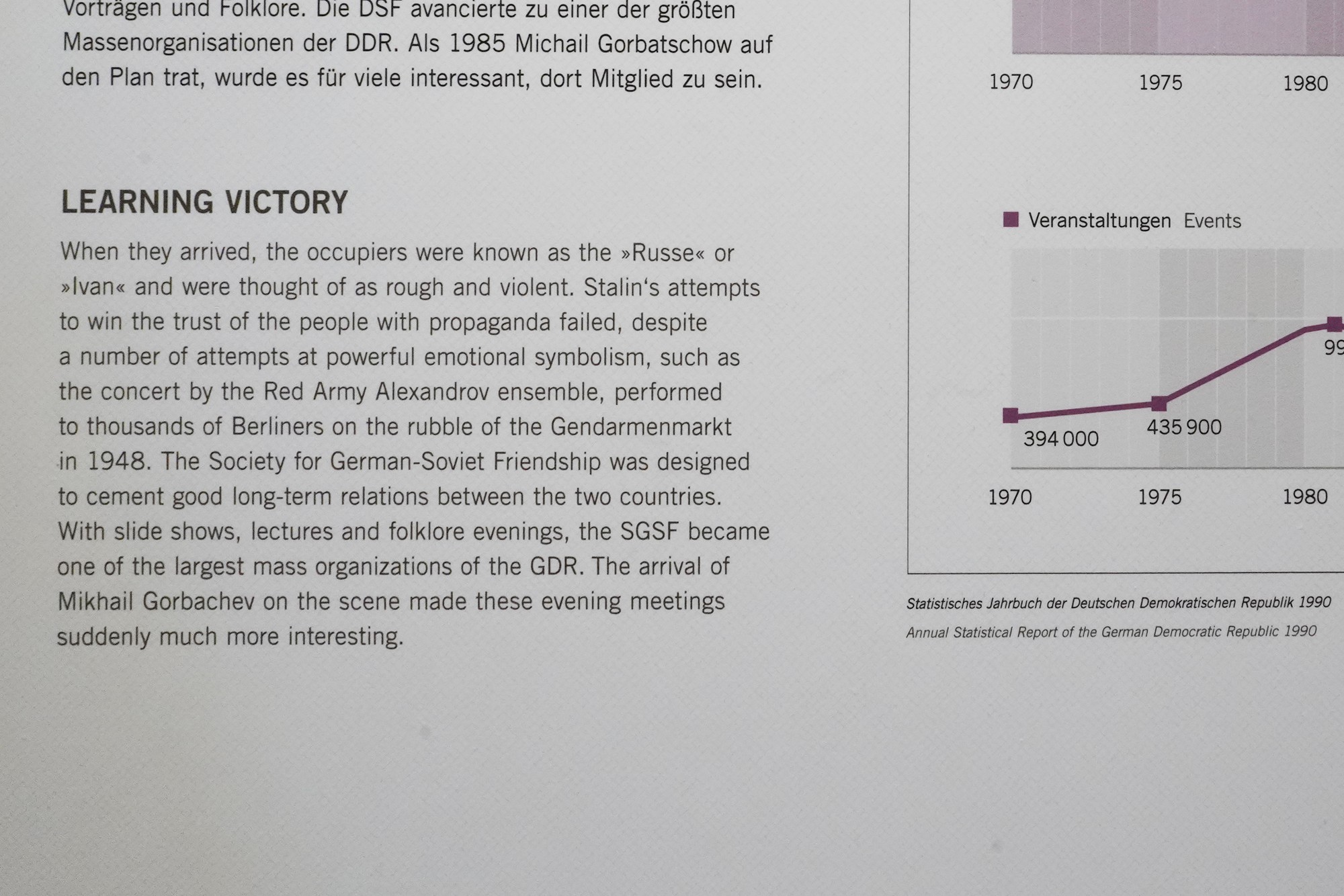
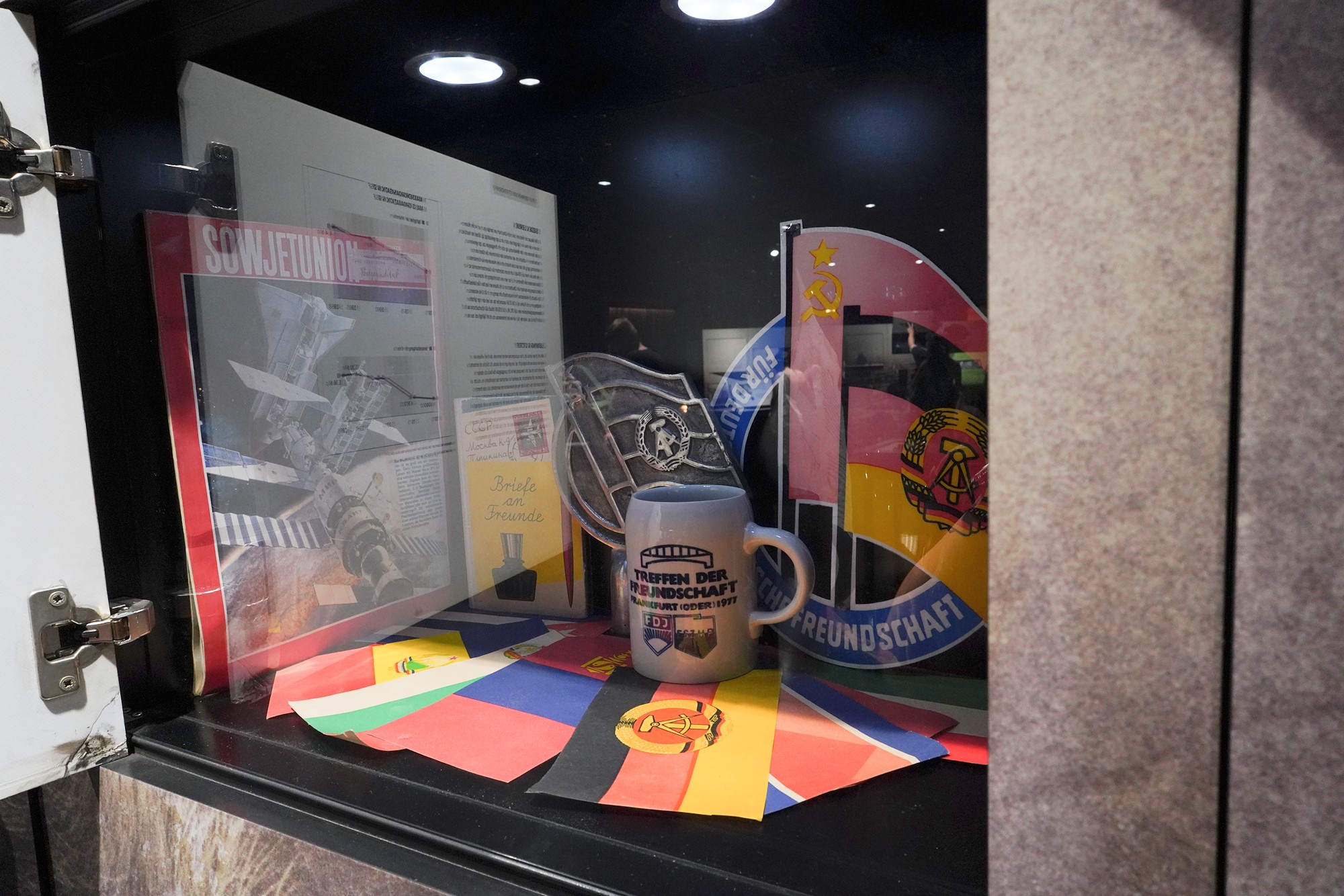
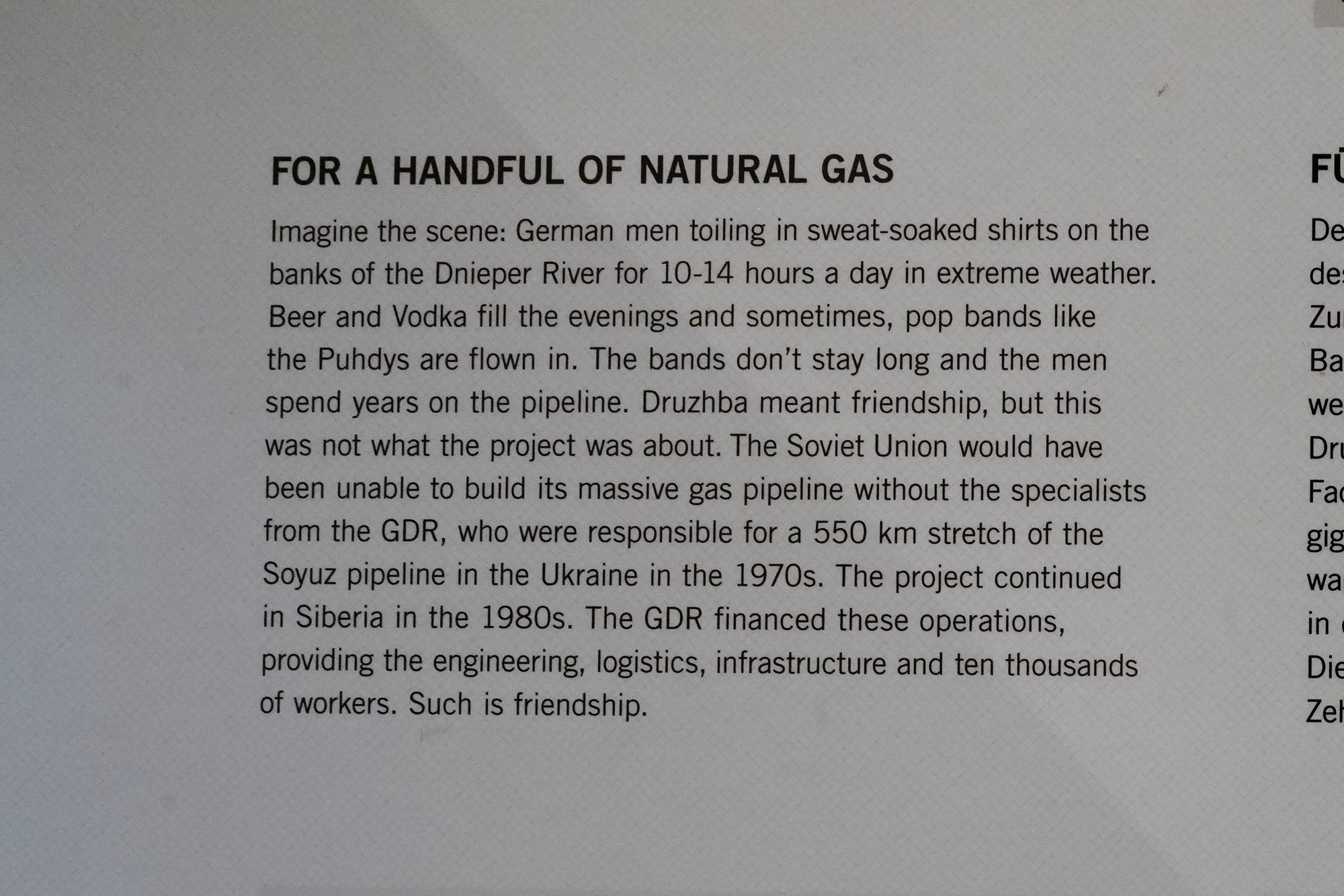
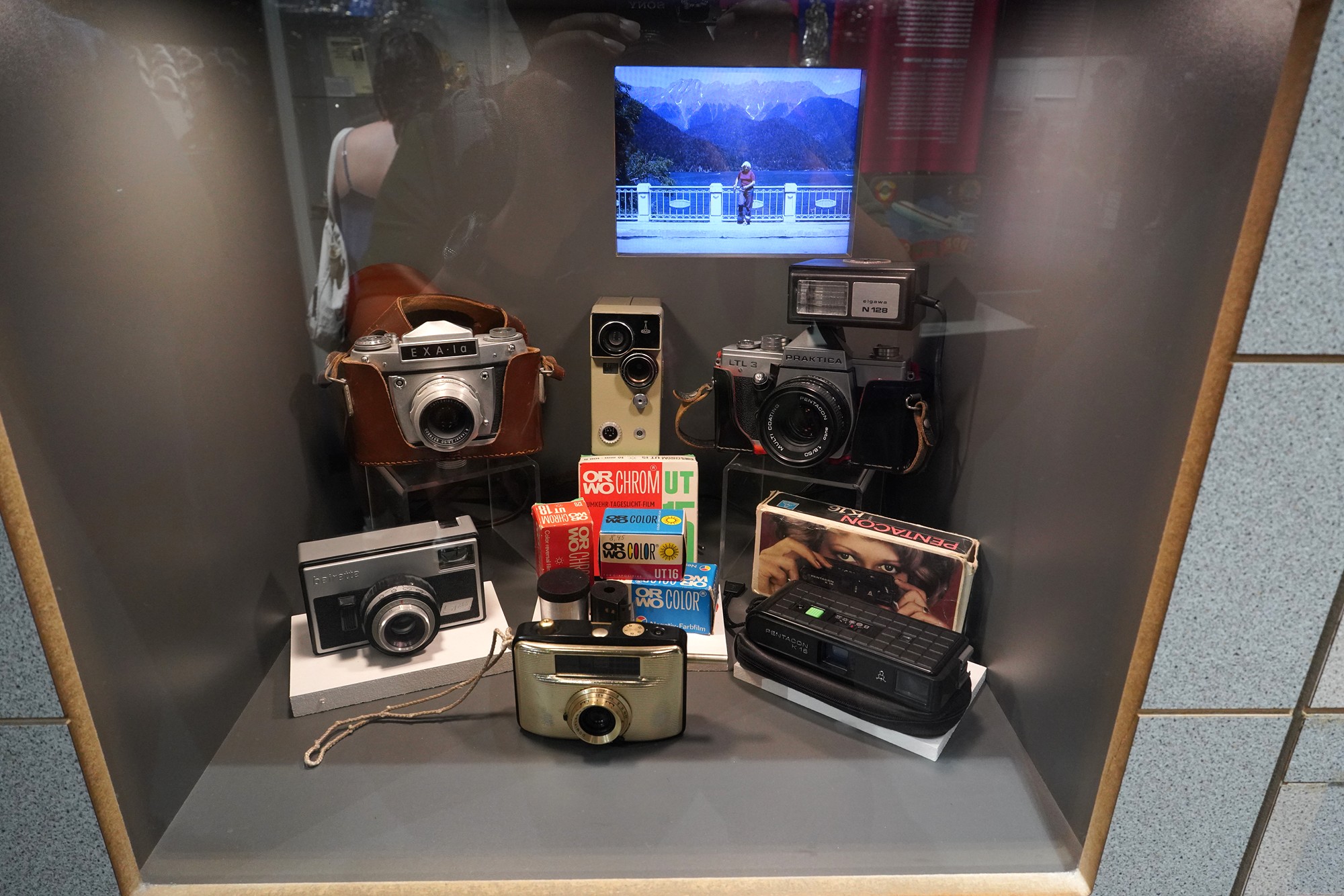
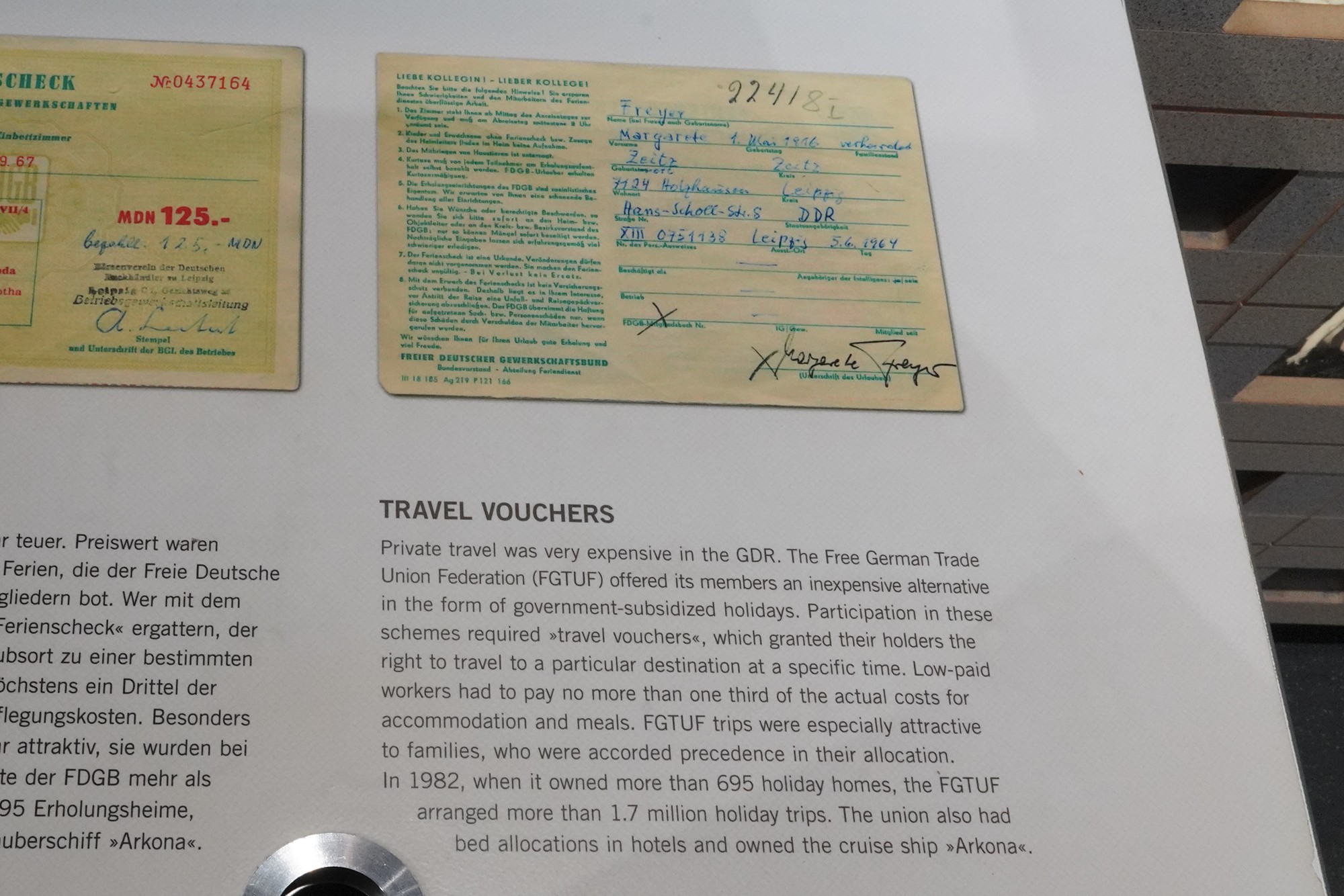
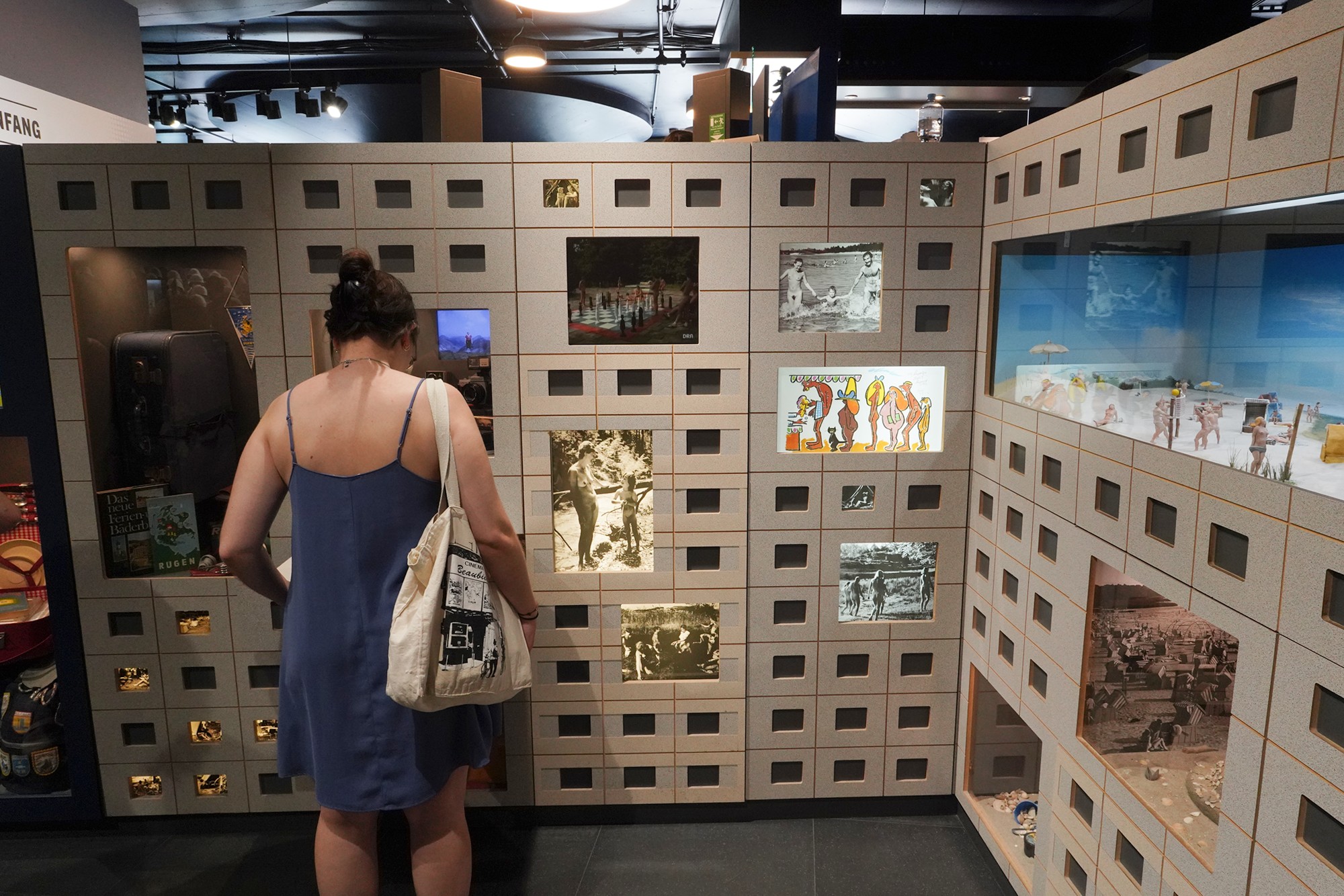
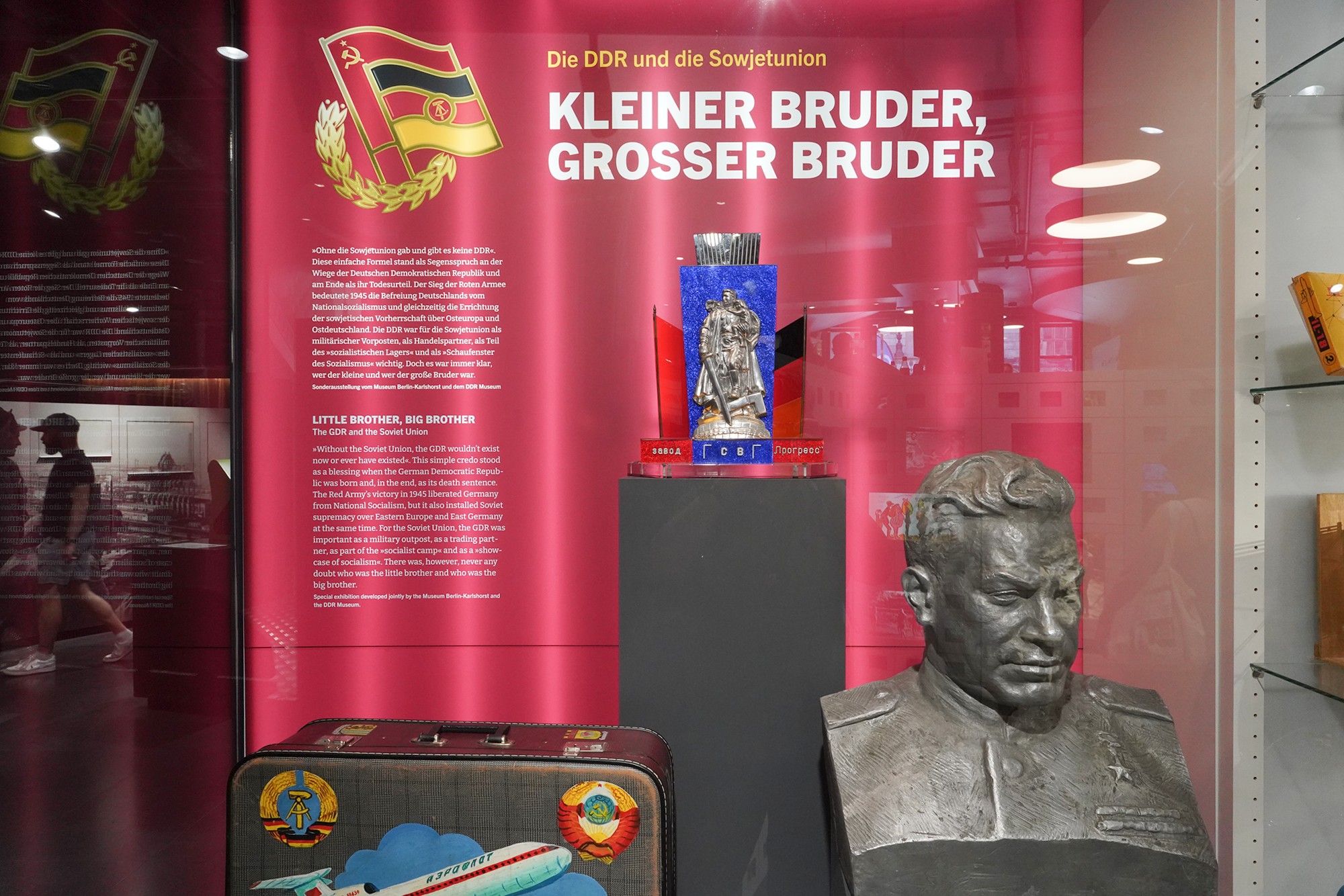
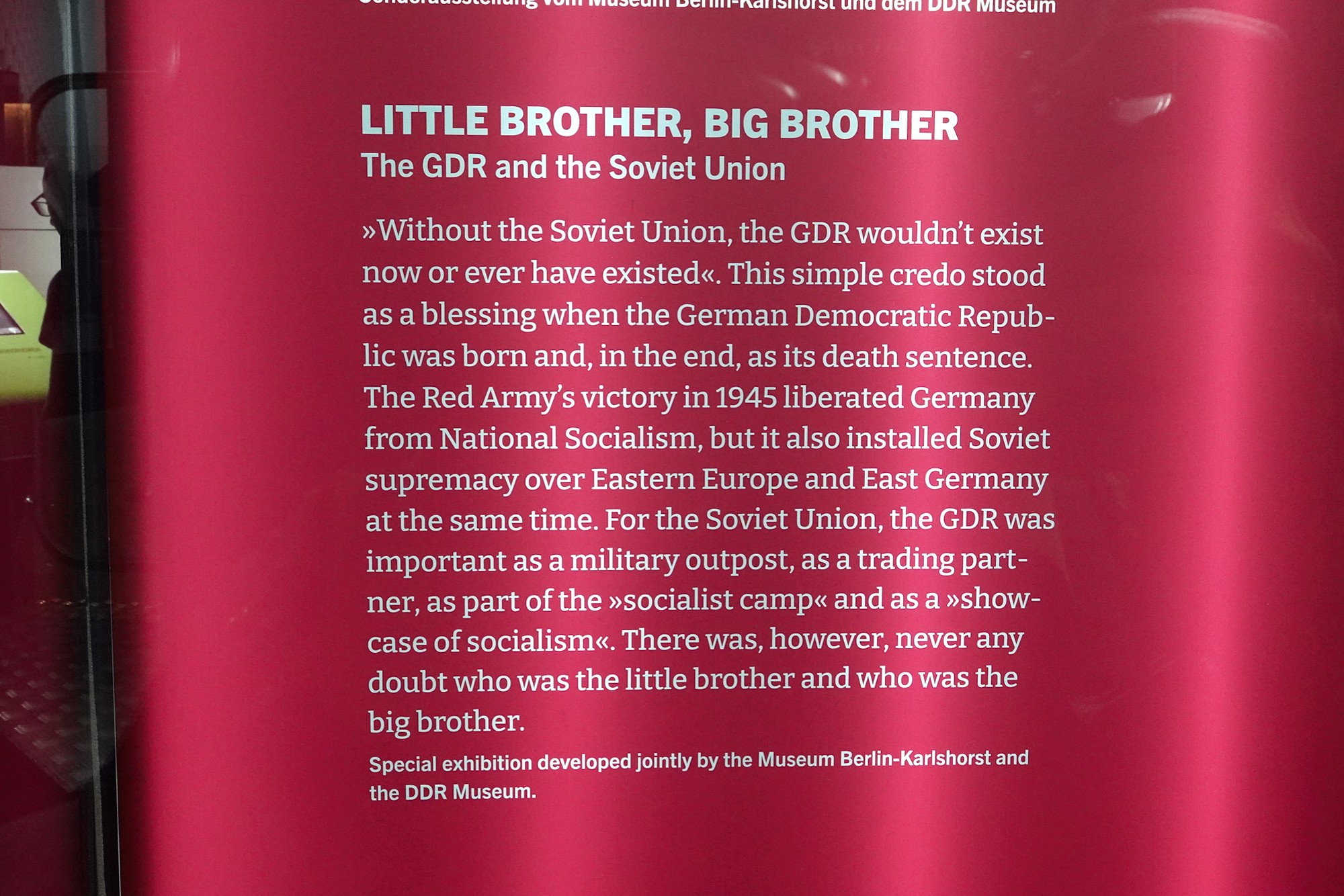
You can see typical East German apartments, complete with period furniture, electronics, and decorations that showcase the aesthetics of GDR design.
